Easter Island
February 1-7, 2017
Our trip started in Santiago which we had visited before, so we just spent the one night before leaving for Easter Island, in the middle of the Pacific Ocean and the most remote island on Earth. We flew Latam Airlines on the Dreamliner. We got to sleep some as it is over a 5-hour flight. Easter Island really is in the middle of nowhere. As we approached, we could make out the triangular island that would be our home for the next week. We were traveling with Abercrombie & Kent (A&K) along with our friends Melissa and Michael, Helene and Alan, Sherry, and Phyllis. Note please that a few of the photos are from Helene and Melissa. We had several wonderful guides, including Nune Hucke, Lili Pate (who was the queen of the Tapati in 2012, see more about that in the Tapati post), and others.
Rapa Nui
Easter Island (Rapa Nui), a Chilean territory, is a remote volcanic island in the southeastern Pacific Ocean, at the south-easternmost point of the Polynesian Triangle (the other corners of the triangle are Australia and Hawaii). Easter Island became a UNESCO World Heritage Site in 1995. The population of Easter Island is about 7000 with which about 60% are descendants of the original aboriginal Rapa Nui, and the entire island is only about 10 miles long and 63 miles square. It is one of the most remote inhabited islands in the world with Chile being 2,182 miles away. The first commercial flight to Easter Island was in 1967, and tourism is now the largest industry with fishing and agriculture as close second and third.
Why is it called Easter Island?
The first question you should ask, as I did, is, “Why is it called Easter Island?” The Dutch explorer Jacob Roggeveen was the first European visitor to the island and he landed on Easter Sunday in 1722. And thus he named it Easter Island. The Polynesian name, Rapa Nui or Big Rapa, was coined after the slave raids in the early 1860s and refers to the topographical resemblance to the island of Rapa. It has also been called “the naval of the world (Te pito o te henua).
Oral Tradition
There is a lot of history here, carried down through the oral tradition. Grandfather to father to son. Grandmother to mother to daughter. And the stories thus survive. At least some of them. Although archeological research has helped answer some of the questions, there is still much that is cloaked in mystery and likely always will be.
Polynesian people most likely settled on Easter Island sometime between 700 and 1100 CE, coming by wooden outrigger canoes across vast stretches of ocean from the Marquesas Islands about 1600 miles away. According to oral tradition, Hotu Matu’a, the first settler and the supreme chief or king (ariki mau) of Easter Island and the ancestor of the Rapa Nui people, had a dream in which the King’s soul flew across the ocean when the Rapa Nui island was seen by him. He then sent scouts navigating across the sea to locate the island and to find people to settle there. Seven of these scouts stayed back on the island waiting for the king to arrive. Others say that the King sent these seven navigators to find a new home because they were experiencing some catastrophe. These seven landed at the beach Anakena as it is the only landing point on the otherwise volcanic island. But when and why these people really left their native land remains a mystery. They came looking for a place to thrive. And thrive they did, creating an industrious culture as evidenced by the many Moai. What is a Moai? Keep reading.
The island was originally covered in forests with lots of palm trees, hardwood trees and other trees. It was one of the richest islands in the world in terms of seabirds such as boobies, frigates and others. It was an oasis in the vast Pacific. But they became isolated by their beliefs. The myth was that they were once surrounded by many islands. But a giant came with a crowbar and slowly tipped all other islands over, destroying them. When the giant got to Rapa Nui, his crowbar broke, so they were they only people left in the world.
And so they developed their own society. When their king died, his 8 sons started 8 tribes and took over different parts of the island. The people had strengths in all sorts of arts, including tattoo, body painting, rock art. In fact, it is said this was the richest in all of Polynesia because the petroglyphs are very detailed. But they longed for an art form that would raise them to the heavens. That is the where the Moai (pronounced Mo – I) came in.
Why visit Easter Island?
And this is the second question you should ask. “Why visit Easter Island?” To see 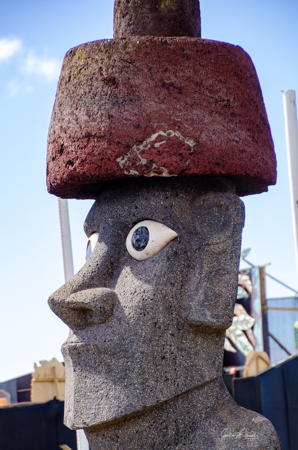 the famous archeological sites and the 887 monumental, monolithic Moai statues created by the early Rapa Nui people in the 13th-16th century. But for the story of the Moai, you will need to keep reading.
the famous archeological sites and the 887 monumental, monolithic Moai statues created by the early Rapa Nui people in the 13th-16th century. But for the story of the Moai, you will need to keep reading.
We were also here during the time of the Tapati annual festival. Please see that post.
Arriving
The Mataveri International Airport (or Isla de Pascua) in Hangaroa reminded me of the airport in Hawaii 30 years ago. It was small and smelled wonderful. We walked off the plane (no jetbridge here), and then we just hung around the tarmac looking at the mountains all around us. Our luggage took forever to arrive (you would think in such a small airport that it would have been quick. You would be wrong).
We finally made it outside the terminal and were each presented with a flower lei. Then it was onto the buses.
We were supposed to be heading to and staying at the Explora, one of the top Eco-lodges In South America. But the Explora had a fire and the generator was out. So instead, we were moved to Hangaroa Eco Village and Spa. It quite surprised us that they could even find enough rooms for us as the island was packed with visitors here for the Tapati festival. But I guess when you travel with a group with clout, they find you rooms.
Hangaroa Eco Village and Spa
The hotel was just five minutes from the airport which was certainly convenient. It was also a quick walk into town, which would not have been the case from the Explora. So that too was convenient. We checked in and were shown to our rooms, each of which faced the ocean and each of which had a private terrace. Ours also had a (fake) Moai.
We immediately met for lunch which was served at the bar in the hotel. Most of our meals were at the restaurant here and the food was quite good. The view on the other hand, was magnificent.
In the distance, we could just make out the festival grounds, Hanga Vare Vare, at the curve of the island. And in the evening, we could hear the music emanating from the stage. We were looking forward to being there in person (please see the separate post on the Tapati Festival), but in the meantime, it was enjoyable to sit on our terrace, enjoy the beautiful view, and listen.
The hotel is set up like a village and all the structures are built with natural materials like wood from the cypress trees, clay and volcanic rock. But it is not just any village. It was modeled after the Orongo Village, the area where the birdman contest took place. More on this later; I promise it will all become clear. The rooms are like caves (which goes back to the Rapa Nui history), curvy and organic.
Breakfast, lunch and dinner were buffet style in the Poervava restaurant, also overlooking the ocean.
We even got to enjoy the spa one afternoon, which truly felt like its own oasis.
Protest
We had a lovely view from our room. But there were also protest signs. Seems that the hotel was given a long-term concession to build on land that belongs to the municipality. The land was sold to the city many, many years ago, by the former native owners, who were given a fair price and moved to other land. But the descendants of those former owners want the lands back. Thus the protest signs.
And here is the rest of story of the Moai
Once we settled in, it was time to explore the town. But first, I have to tell you about the Moai, because everything else comes from that.
The Moai, whose full name is Moai Aringa Ora which means “living face of the ancestors,” are carved human figures with oversize heads, with each statue built to 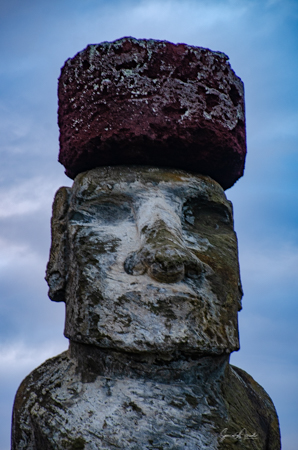 honor an ancestor and representing the deceased head of a lineage. As an aside, although the ancestors were being honored by the Moai, they were not necessarily nice people. In particular, they were not nice to children. Anyone could kick a child and the elderly who were sick were abandoned. Our guide, Nuni, who was 9th generation Rapa Nui, remembered all this.
honor an ancestor and representing the deceased head of a lineage. As an aside, although the ancestors were being honored by the Moai, they were not necessarily nice people. In particular, they were not nice to children. Anyone could kick a child and the elderly who were sick were abandoned. Our guide, Nuni, who was 9th generation Rapa Nui, remembered all this.
It is believed that the Moai were originally carved somewhere around 1100-1680. Today there are about 887 of these monolithic statues. They have torsos, most of them ending at the top of the thighs, although a small number are complete figures that kneel on bent knees with their hands at their sides or over their stomachs. They have stylized elongated faces with long ears and thin lips. Each one, however, is different because they were made to capture the image of the chieftain or of their ancestors. Their fingernails are long meaning that they were royals and not farmers. Some upright Moai have become buried up to their necks by shifting soils. Some of them are carved both in the front and on the back, with designs similar to the tattoos seen in Polynesian cultures.
How could primitive people carve these statues?
The statues were all carved up at the top of the mountain at the Rano Raraku volcano (see below to read about our visit here). There are still about 400 Moai at the quarry, either fallen over, or still waiting to be transported hundreds of years later. Tribes shared the quarry with about 15 men at a time carving, under the direction of master carvers. Being a carver was considered a high position with non-carvers being a lower class who had to collect food and bring it to the carvers.
The Moai were all carved from compressed solidified volcanic ash or tuff, which was softened with water, with stone hand chisels made of basalt. It is hypothesized that a single Moai took a team of 5-6 men approximately one year to complete. The largest Moai found was 66 feet tall and weighed 165 tons and was probably too big to move.
Archeologists believe that the same method of carving was used for 500 years, but the shape of the Moai changed over the centuries with the statues getting larger and larger. Although they never found the original statue, they know that the statues started out being small and round, more realistic looking, but over time they became taller and more elongated. Perhaps the larger the statue the more mana (power). They also think that maybe they were commissioned by the chiefs as a one-upmanship between the tribes, “My statues are bigger than your statues!”
So how did they move them?
They moved the mammoth blocks of stone—on average 13 feet tall and 14 tons—to different ceremonial structures around the island, a feat that required several days and many men. You might ask how did they possibly move them? Some say they were put on logs and rolled. But the legend is that the Moai were told when to leave and they walked, or waddled, to their final resting place. Yet another story is that they danced across the island to their permanent home. But how erect them? Similar to putting up stones on pyramids. They likely used a lever to raise one end and fill space with small stones, repeating this until the Moai was vertical.
Here however, is how they were re-lifted.
Where did they move them? Moai Sites
There are many sites with Moai on them. We did not get to see them all, but did see quite a lot of them. This map gives you an idea of how spread out they are and where they were located.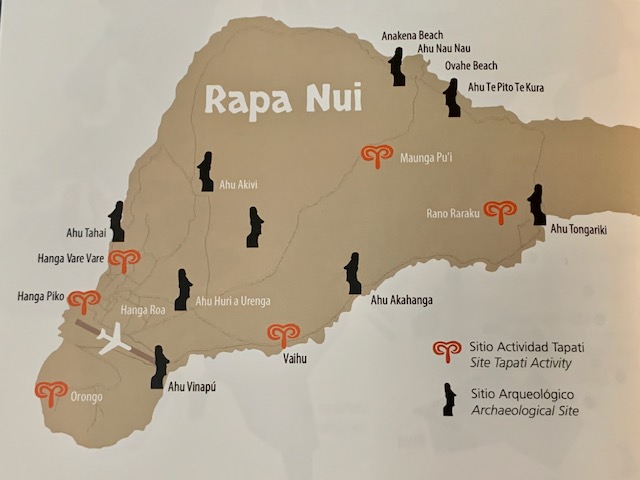
Why Moai?
It was believed that the living had a symbiotic relationship with the dead in which the dead provided everything that the living people needed (health, fertility of land and animals, fortune etc.) and the living, through offerings, provided the dead with a better place in the spirit world.
The important Moai were placed on stone platforms called ahu, which was the focal point of the tribe. Each ahu had a retaining wall several feet high and facing the sea and a sloping ramp extending out like wings. There is a smaller platform in front of the larger one where the ceremonies would take place. There are rectangular stones representing the family with smaller smooth stones or little points in the rocks representing the children.
The Moai have all the power, called mana. The mana could be inherited or earned, for example if one created beautiful art, they artist got mana from his creation. But that power was only obtained once the Moai were standing on their platform (see below) and given eyes as the eyes held all the power. Eyes are also the reflection of the soul. When they got to the platform, they got their soul with eyes. Another story was that the eyes were placed when a ceremony took place. The whites of the eyes were made of coral, the iris was made of obsidian or red scoria.
Statues found lying on the ground do not have eyes yet and are blind and have no power. There is also a superstition that the fallen Moai have fallen for a reason, so they are never lifted back up. When fighting broke out among the clans (see below), they would topple the other clan’s Moai which would take the power away from the Moai and therefore from the people.
Moai on Easter Island all face inwards. Why? The story goes that the people who built the Moai believed that they were the only people in the whole world. Any invaders that would be coming would have to come from within the island – not by sea! So the Moai face inward to protect the community.
Facing the sea
There is however one group of seven Moai, on Ahu Akivi, who do face the sea (more on this below). These Moai are all of equal size and shape. This ahu is also unusual because it is one of the few inland ahus. These seven Moai represent the seven navigators that first found the island. They say that those seven brought one Moai with them. And they face outward as they are facing their home, the Marquesas Islands.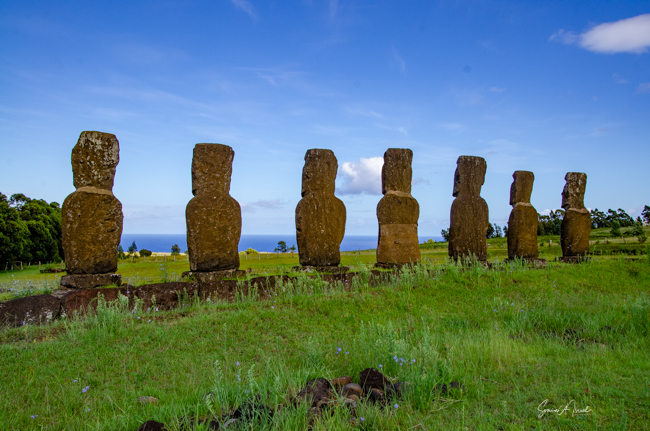 But like everything on Easter Island, there are always more stories. This platform aligns with the sun on September 23, the spring equinox. In this way, the locals knew when the new season was beginning and when they should start fishing. Some say that is why the Moai face the sea. And if you walk around this ahu you see remains of an old settlement that was built inland. So it is possible that these Moai were looking at the settlement and it just happened to also face the ocean. I like the first story best.
But like everything on Easter Island, there are always more stories. This platform aligns with the sun on September 23, the spring equinox. In this way, the locals knew when the new season was beginning and when they should start fishing. Some say that is why the Moai face the sea. And if you walk around this ahu you see remains of an old settlement that was built inland. So it is possible that these Moai were looking at the settlement and it just happened to also face the ocean. I like the first story best.
When the island was re-discovered, none of the 800+ Moai were standing. But in 1960, with help from archeologists and the locals, they were re-erected.
And here is the rest of the history of Rapa Nui
According to oral traditions and as recorded by missionaries in the 1860s, the island originally had a strong class system with an ariki, or high chief who wielded great power over nine other clans and their respective chiefs. The high chief was the eldest descendant through first-born lines of the island’s legendary founder, Hotu Matu’a. By the 16th or 17th century the cult had reached its zenith. The largest monument (ahu) was built with 15 Moai. There was friendly rivalry between villages but likely they helped each other. And they thrived for about 1000 years, years of peace and harmony. And then around 1540, the whole thing went haywire with something going badly wrong. The island was getting overpopulated and crowded, with the population likely doubling with each generation. And adding to the impending disaster was the abuse of the eco-system.
Wood, wood, wood. Whoops, no more wood
Polynesians usually adapt to the land. But they needed wood for everything, for cooking, for building their canoes etc. And so they used up the all the wood and the forests disappeared. They had to start using grass to light their fires since there was no more wood. Without wood, water became scarce and conditions became dry which resulted in a shortage of food. Things were so critical that they abandoned carving the statues, sometimes right in the midst of carving. Archaeologists found tools still lying about. So what ever happened was very sudden.
No food
Without food the tribes started invading each other for food and for control of the resources. Archeologists’ records of bones that were found suggest hit-and-run activity with women and children being attacked. And they found thousands of weapons such as obsidian spears. Homes were burned down and people started living in caves. Fields started lying fallow as they were unattended so even less food was produced. The introduction of the Polynesian rat and overpopulation also led to deforestation and extinction of the natural resources which led to starvation, depletion and collapse of the culture. Part of the issue was that the loss of trees meant they couldn’t make any more canoes to fish which was their main source of food. The island had no coral reefs but did have lots of fish. There are wooden carvings from this period showing men in their last stages of starvation, with ribs sticking out and hollow eyes. It is even hypothesized that the violence and starvation led to cannibalism, although there are at least two schools of thought about this. All in all, the crisis led to collapse of their culture with no real documentation of what life was really like. But we do know that the population dropped from 15,000-20,000 people to about 1000 by the 17th century.
As part of the fighting, warriors tried to steal the mana (power) by pushing the Moai off the platforms. It is now known that this was intentional as there were stones placed right where the head would strike it and break. If the Moai fell face up, the eyes were destroyed. And so, within 150 years not a single Moai was left standing.
Maki Maki
And in that void, there was radical turnaround. In 1600, the religion based on mana was recast into a religion based on power and might, and on a single god, Maki Maki. This was the end of the Ancestor Cult and the start of the Bird Man Cult.
But first the legend as told to us on the nightly handout left on our pillow at the Hangaroa Eco Village and Spa.
“According to the legend, God Maki-Maki, having created the earth and the Rapa Nui Island, took a pumpkin filled with water in his hands and discovered his reflection. At that moment, a bird perched itself on his shoulder and Maki-Maki saw with amazement his reflection merged with that of the bird and decided to unite them both, giving rise to his first-born son.
Even so, Maki-Maki wasn’t satisfied and wanted to create a being equal to himself; one who could think and talk. He first tried to fertilize two stones, but that proved to be useless. He then tried fertilizing the water and the seal filled with fish. At long last, he fertilized the Earth with red clay, which he used to create man, but this was was all alone and so he put him to sleep and from one of his ribs he created woman. [My note – sound familiar?]
It was Maki-Maki, alongside God Haua, who brought the manutara birds to the “motus (islets) in front of the Rano Kau volcano, giving rise to the cult of the Tangata Manu, the Birdman.”
Birdman Cult
The power now belonged to a single person who won that power by winning a competition. A ceremonial village was built above the cliffs, the Orongo Village (see below for our visit to Orongo). In the months of August to September, when the sooty tern birds would arrive onto the smaller islands to lay their eggs, the competition began. Since there were 10 clans, there were 10 competitors. The winner was the leader of the clan of the man who found the first egg laid. The competition consisted of climbing down the 1000-foot cliff, swimming over a mile through heavy currents that were shark infested to a nearby island, Motu Nui, living there for one week or longer while waiting for the sooty terns to lay their eggs to they could capture the first one, yelling across that they got the egg, swimming back to shore with the egg in a basket attached to their head, and climbing back up the sea cliff. The winner was the new Bird Man ruler for one year, when the whole competition was repeated again. There are petroglyphs of the Bird Man on the island. The last competition was in 1867.
Some think the birdman cult was based on fact that birds could easily fly away and come back while the people of Rapa Nui were trapped and isolated on their island. But this Bird Man Cult motivated the tribes to start rebuilding their villages (although without wood) and plant their fields.
And then “civilization”
Rapa Nui however, continued to be haunted by its catastrophic past. And, as in many parts of the world, it was the introduction of “civilization” that brought the full destruction.
By the time the Europeans arrived, the population was down from a high of 20,000 to 1000, as mentioned above. Of course, the introduction of the Europeans in the 1860s led to new diseases (smallpox and TB) and with Peruvian slave raiding, the population dropped further to a low of only 111 people in 1877.
At this point, the island was leased as a sheep farm and the Rapa Nui were not allowed to leave their compounds nor practice their cultural beliefs and ceremonies. The Catholic Church and the missionaries provided a positive influence, trying to make their lives better. The church provided refuge and was a sanctuary from the Peruvians. We could see this when we visited the old church and many of the Catholic symbols were carved with the Rapa Nui symbols, including the wooden necklace found on the statue of Jesus. The wooden necklace is the Rapa Nui symbol of power (mana) and is also seen on the Rapa Nui flag.
With only 111 people left on Easter Island, and with only 36 of them having any offspring, it took a long time for the island’s population to recover. But the bigger tragedy was that with over 97% of the population dead or gone in less than a decade, much of the island’s cultural knowledge had been lost.
And here comes the Jewish part of the story. Alexander Salmon Jr, a son of an English Jewish merchant eventually bought up all lands on the island with the exception of the mission, and he was its sole employer. He worked to develop tourism on the island, and was the principal informant for the British and German archaeological expeditions for the island. Salmon sold Easter Island to the Chilean government in 1888.
And yet more mystery
And yet there is still one more mystery. When the Christian missionaries arrived, they uncovered antique wooden boards found in the huts. These boards were covered in hieroglyphics, an ancient writing Polynesian language. The carvings were very fine on either round or flat timbers. The symbols included figures facing forward or sideways, all in rows. But it is still unknown what these mean. Maybe they were recordings of some important information. Maybe they represent creation charts like a genealogy chart. Like the Maoi statues, the true meaning remains a mystery.
The town of Hanga Roa
Once we were settled in, it was time to explore. We spent some time watching the preparations for the Tapati festival (please see that post). Then it was on to see the rest of the town.
Hanga Roa (or Hangaroa) (Hango means bay; Roa means long or wide) is the main town in Rapa Nui. The town is just a few blocks long. We strolled past stalls set up to sell souvenirs and food for the festival. We walked along the water and we saw our first Moai. There were three lined up. But these were replicas. We had yet to see the real thing.
We saw lots of surfers and lots of boats. This is an island after all so water sports are going to be a big thing.
The city is built around two main roads, Atamu Tekena Street, named after the last king (Ariki) of Easter Island. This is the street that leads to the airport and on which is the Parliament and other municipal buildings along with restaurants and tourist shops.
The second main street is Te Pito or Te Henua Street, meaning the “naval of the world” in Rapanui. This street begins at the sea and ends at the Church of Santa Cruz. The fire station the schools and more restaurants and shops are located on this street. The post office was also here (an important stop, as we got an Easter Island stamp in our passports. I recently learned that these type of stamps (like in the Galapagos or Macho Picchu) might invalidate your passport!),
Both main streets cross the Policarpo Toro-Atamu Tekena Square. So let’s get into the details.
Policarpo Toro-Atamu Tekena Square
This square is a small garden which houses the busts of Atamu Tekena and Policarpo Toro, two major figures in the history of Rapa Nui.
Atamu Takena was the king (called Ariki) from 1883 until his death. He had been appointed by the missionaries to represent them as there had been no real ruler in the previous 20 years. In 1898, he signed a treaty of annexation giving Easter Island to Chile in a ceremony officiated by Captain Policarpo Toro.
In the previous year, 1887, Captain Toro had been sent by the Chilean government to buy the main sheep ranch, which covered most of the island, and to negotiate the annexation of the island from the Catholic mission authority. He landed on Easter Island in the fall of 1888, and that is when Atamu, along with 11 other chiefs, signed the treaty of annexation. During the ceremony, Atamu gave Toro a handful of grass to feed the livestock, and took a handful of dirt to put in his jacket pocket, symbolizing his people’s sovereign claim to the land. This has been interpreted as Atamu giving Chili the right to use the land, but not ownership of the land itself. That of course, is not how Chili saw it. Nevertheless, the flag of Chili was raised under the flag of Rapa Nui.
While Captain Toro set up a colony, the Rapa Nui people were oblivious to the takeover, believing that they were a protectorate and still retained their independence. The Chileans and the locals co-existed and Atamu and the chiefs retained their titles, as did the next king, Simeon Riro Kainga.
Not far from the square was a park with more statues (both Moai and busts) and a sculpture of the wood plaques that were found covered in rongorongo (symbols that may have represented writing).
- Ariki Atamu Tekena
In front of the library, there were totem poles.
Holy Cross Church
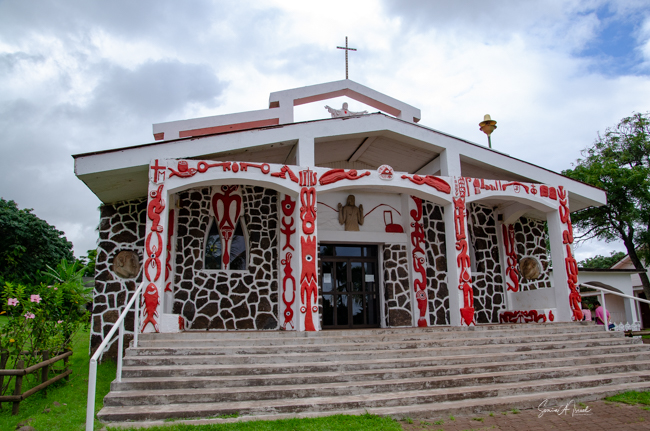 The only Catholic Church on Easter Island is the parish of the Holy Cross (Parroquia de la Santa Cruz) founded in 1937. Its first priest was Father Sebastian Engler, an essential figure in the study of the customs, language and history of the island.
The only Catholic Church on Easter Island is the parish of the Holy Cross (Parroquia de la Santa Cruz) founded in 1937. Its first priest was Father Sebastian Engler, an essential figure in the study of the customs, language and history of the island.
The church is unusual in that it combines Catholicism with traditions of Rapa Nui. The front of the church, the main façade, had Christian motif reliefs in the horizontal cross beam (such as the ten commandment tablets or a pair of angels pointing to the divine eye). But on the columns are reliefs of fish, figures of the birdman (Tangata Manu) and symbols of the Rongo Rongo writing, all part of the Rapa Nui culture.
The inside of the church is very simple, basically one large room. But it is the statues around the hall that make it interesting. There is a carving of the archangel Saint Michael and one of Saint Francis of Assisi with arms outstretched, reminiscent of the Moai. And the baptismal font has a representation of a Rapa Nui divinity under carvings of Rongo Rongo symbols.
There are more areas of symbiosis. There is a sacred heart with a sinister face resembling that of the Moai. Its chest is decorated with a rei miro, that is, an adornment in the shape of a crescent that hung the beads found of the chest of the Moai and that is the main symbol of the Rapa Nui flag. And even the alter has a crucified Christ wearing a headdress made with shells and fish bones. And to the right of the altar is a second altar dedicated to Santa Maria de Rapa Nui (Our Lady of Rapa Nui) who was the patroness and protector of Easter Island.
Hanga Roa Otai
There are five coves in the small bays (hanga) around Easter Island. Hanga Roa Otai is the first place we stopped on our first walk into town. It is a very lively and crowded point serving as a port for small fishing boats and as a pier for boats transporting cruise line passengers. It was from here that we would take a boat ride a few days later.
This is also where the Plaza Hotu Matu’a is with a large Moai on a pedestal surrounded by wooded benches and a large welcome sign. It was here that a most beautiful woman sat, flowers in her hair. Everyone was getting ready for the festival.
Craft markets
There are at least two craft markets in town, filled with traditional crafts. There is the Agricultural and Craft Fair and there is the Craft Market.
The Agricultural and Craft fair is the local meeting place for the Rapa Nui inhabitants, and, like most markets, is usually more lively in the morning. People come to have breakfast in the small cafeteria, chat and offer their products to the tourists, both souvenirs and fresh fruit (bananas, pineapples, avocados) and vegetables. There were also trucks on the street selling fruit and fish.
The Craft Market is just crafts, as the name suggests. There were plenty of factory-made souvenirs, but there were also lots of items produced by the local islanders, like reproductions of moai, in either volcanic stone (quite heavy) or wood, shell necklaces, rongo rongo tablets, ornaments made with feathers typical of traditional clothing, etc. etc.
And it was here that I bought my Moai, which now proudly sits in my backyard.
My Moai
I knew I wanted to take a Moai home. It was about finding the right one. One that wasn’t too small, but not so big I couldn’t carry it in my luggage. One not too heavy, but with enough heft to make it seem real. And I found Hipoloti Icka, Brother Simon. Brother Simon is a decedent of King Hotu Matu’a and he is a carver. His stall was full of the most beautiful carved wood. As a child he was given wood from the cut trees. He asked his uncle to teach him how to carve. Uncle told him, “Don’t waste my time.” So Brother Simon watched another carver, watched and learned. He practiced and practiced. He made his Uncle proud, who then said, “Doing it all yourself is how you learn.” He slowly began selling his carvings to the tourists. At first he took clothes and food in trade for his work. Now he sells it for money. His son and his grandchildren are all carvers. He was very proud to tell me that he is famous, having won first place in a big contest and then going to Germany for an international exposition and was sure to show me how he is written up in a book.
My moai is made from wood from the paradise tree with black coral shell for eyes.
- Paradise tree
Street Art
As in many parts of the world, art is a way of communication and it was no different here on Easter Island. There are of course the moai and the carvings. But the town is also covered in painted murals, street art, which tell the stories, myths and legends of Rapa Nui. The walls are rough, like stucco, so to see the detail, you cant’ get too close. And they are spectacularly beautiful. There is a sage with a painted face consulting a map made with branches and shells. These maps were the ones used by sailors in the Polynesia islands to check the position of the stars and thus guide them to their destinations. There are paintings of every day life, bringing fruit to marker and selling it. Of fishermen. Of the former kings. Of the old hospital with its blue walls. Of the Moai. The whole history is there.
There was also an area with old photographs of life as it used to be.
Te Moana Restaurant
Our first day we had lunch at Te Moana. Lunch was not just eating and certainly was not fast food. It was dining for 1.5 hours. We were shown to our tables with large open windows overlooking the water. There was also an outside area with tables right on the water. The whole restaurant was decorated in Polynesian style with carved wood and traditional artifacts and art. The meal started with fancy drinks. After that, what could be bad. We ate fabulous empanadas, fish and other delicacies. It was a relaxing and delicious meal.
An atypical cemetery
We kept walking, past a cemetery where each gravesite was decorated, some combining both Christian and Rapu Nui symbols. There was a Moai holding a cross. There were reliefs of the Birdman (Tangata Manu).
Our first Moai – Ahu Tahai
On the other side, down a dirt road, was a large grassy park bordering on the water, the Hanga Moana Verovero inlet. This site was one of the oldest settlements on the island, with archeological remains dating back to the year 700. And from here we could see our first real Moai. There were three separate ahus here: Ahu Vai Uri, Ahu Tahai and Ahu Ko Te Riku.
Ahu Vai Uri
We walked over to the first platform that had a row of five Moai. That was Ahu Vai Uri. It was an impressive first sight. The Moai were standing so tall. If only they could speak.
Ahu Vai Rui, originally built somewhere around the year 1200, means dark water or green water, which makes sense since this ahu is right at the edge of the ocean. The five Moai, like most on the island, was restored, these as a sample of the different styles of carving.
Most of the Moai here look quite disintegrated, some more than others. There is a gap between them where a statue seems to be missing, although it may be the spot of the one that was never restored and is still lying face down not far away.
Ahu Tahai
Ahu Tahai, the next Moai stand alone at about 15 feet high. This Moai is also quite eroded, but we could make out the thick body and wide neck.
Between Ahu Vai Uri and Ahu Tahair is a paved stone ramp leading to the seal. It is likely that this was used to lower fishing boats to the shore.
Ahu Ko Te Riku
Ahu Ko Te Riku is the last Moai and it too stands alone. This Moai, which stands 16.5 feet tall, is the only one on the island with restored eyes, the coral white with a red scoria pupil. And it had a red hat.
Pukao
Yes, while many of the Moai had flat heads, some had a red hat-type structure or topknot, called pukao. These were all red carved from light red volcanic scoria 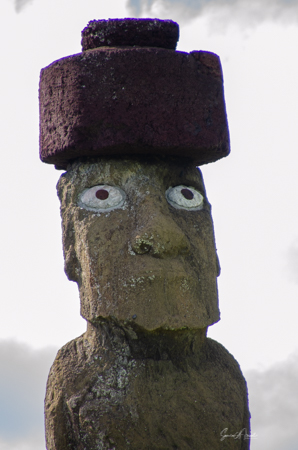 found on the island at the Puna Pau quarry (see below for more on Puna Pau). And they were quite large from 6-10 feet in diameter, weighing up to 10 tons. After the Pukao were made, they were rolled by hand or on tree logs to the site of the statues. And once they were placed on top of the Moai, that raised the average height of the statue to 37 feet.
found on the island at the Puna Pau quarry (see below for more on Puna Pau). And they were quite large from 6-10 feet in diameter, weighing up to 10 tons. After the Pukao were made, they were rolled by hand or on tree logs to the site of the statues. And once they were placed on top of the Moai, that raised the average height of the statue to 37 feet.
It is believed that these were added to the existing Moai. And like everything else, while the real reason they were made and added is unknown, there are many theories. The Moai with pukao are meant to be more majestic and important. One theory is that the pukao represented power of the individual that the Moai represented. A second theory is that the pukao distinguished one statue from another. Some believe that the pukao represent hair because it was the custom for high ranking men to have long hair that was tied in a topknot. And why red? The red color was an indicator that those Moai were particularly important for the ritual ceremonies.
Chilean Dancers
There were people all around, but one group caught my eye. It was a group of young dancers from Chile who were here to perform. They were practicing, dancing, jumping, prancing with the tall, majestic Moai standing behind them. I stopped to talk to them (sign language mostly) and they agreed to dance for me while I made a video. I love meeting people when we travel, learning a bit about them, interacting and sharing experiences.
A Champagne Toast and Snacks
A&K had set up tables with wine/champagne/juice and cheese and olives on the field overlooking the Moai and the water breaking on the stone shore. The sky was so blue. The grass was so green, in parts with little yellow flowers. So picturesque. There was a photographer taking our pictures and we couldn’t figure out why. Turns out he was with our expedition. I started chatting about cameras and photography with him and he lent me some of his larger lenses to play with.
Sunsets and Rainbows
We headed back to the hotel and after a brief rest had dinner while watching the sunset. Then it was the long trek back to our room, as ours was about as far as you could go. From our back porch we could just make out the festival stage at Hanga Vare Vare. But we could clearly hear the singing which lulled us to sleep. The sunsets were spectacular each night. And one night there was a rainbow.
One of the best spots on the island to see the sunset is at Tahai. We went over there one night to watch the setting sun back lighting the Moai. The sky changed colors from red to orange. The combination of the beauty of nature with the beauty and mystery of the Moai was magnificent. It was breathtaking. It was magical.
Rows and rows of Moai
Hanga Roa was charming. But we really came to see the Moai. And we spent days driving back and forth on the island to see the different rows of statues. These are the different sites we visited, although not necessarily in this order.
Vinapu
There is a Vinapu I and a Vinapu II. We drove up and saw large green fields, mountains and beautiful vistas. We climbed out of our minibus and walked onto the fields.
We noticed Moai heads on the ground and here and there a large pukoa. There were six of these fallen statues in Vinapu I and another five in Vinapu II, some face down as they had fallen, and some face up where someone turned them over.
The ahu (platform) itself, with no statues on it and was placed in relation to the stars. Was made up of large blocks of stone, each weighing several tons. They were joined without motar and yet were placed with great precision. It reminded me of the walls we saw in Peru at Saysachuaman and Machu Picchu.
In Vinapu II there was a huge pukao with a large cavity on top to collect the rainwater. The main attraction here however, is a large single red column rising in front of the ahu. It was erected in 1956 and represented a female Moai – quite unusual and the only one of its kind. According to some witnesses it could have originally two heads, and it could have been used to hold a wooden frame where in ancient times corpses were put to dry before being buried.
- Our guide, Nune
Orongo
Our next stop was Orongo, the original ceremonial village. The views on the drive there were spectacular, with big white billowing clouds, deep blue sky and green fields.
When you first approach Orongo, there is a museum and at the entrance is a sign saying, “The center of a new order in Rapa Nui Culture.” There were poster boards with photos of Moai and explanations of the history and of the birdman culture.
And as we walked out the other end, our eyes were greeted by the most spectacular view of the green fields leading to the edge of the cliff with the ocean beyond it. And in the distance, the famous jagged rock known as Motu Nui, with all its crannies which shelter the famous sooty terns. This is the rock which the birdmen needed to reach to win their title (see the birdman story above). Everything glistened from the sun and I just stood there taking in the magnificence of it.
We walked to the edge, to the viewpoint, and after some group pictures, I stood there trying to imagine what the scene must have looked like with all these young men swimming across the strait to find that first egg.
Across the way was the village of Orongo, 50 stone elliptical houses. The village was only inhabited in spring, in the month of September, during the Birdman ceremony.
Rano Kau Volcano
After exploring the stone structures, we made our way along the narrow path, to the Rano Kau (also called Rano Kao) Volcano.
Rano Kau is the largest volcano here and is considered the “last haven for biodiversity in Rapa Nui.” Rano Kau was formed of basaltic lava flows dating more than 2.5 million years ago, with the last eruption occurring about 180.000 years ago. Rano in Rapa Nui is a word meaning a volcano in which water is stored. Kau means “abundance of water” or “large, broad.” So Rano Kau means “a large or wide volcano with a lot of water.” And this exactly describes what we saw as we stood at the edge, looking down the 1063 feet and across 1 mile and as we listened to the wind and the sound of the distant waves. It was one of the most beautiful and impressive views. The large caldera has collected rainwater creating a lake that is now about 32 feet deep and is covered with lots of floating islands made of totora (bulrush) reeds. The water was a deep, deep blue and the reeds were a bright, bright green.
Eventually we had to leave, and we did so with great sadness, leaving all that beauty. But each day would bring more and more spectacular sights.
As we walked back to our mini-bus, we passed a Moai, lying face down, with hieroglyphics on its back. It seemed like a great spot for a group photo.
Sunrise and Breakfast at Tonjariki
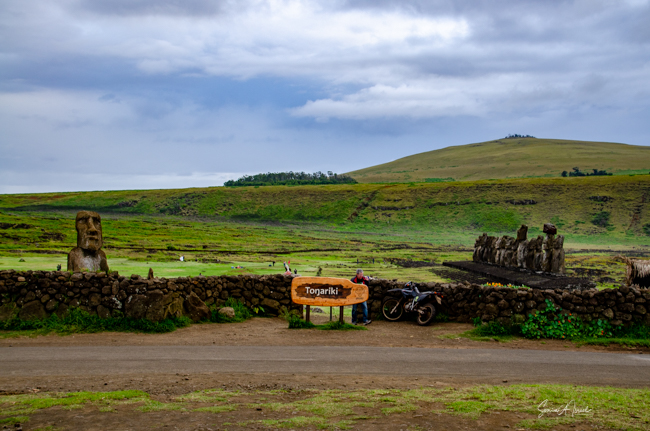 But the one site (sight) that will remain ingrained in my mind’s eye is Tonjariki (or Tongariki). They brought us here very, very early the next morning, although it felt like the middle of the night. It was very dark. We could hardly see. But we carefully made our way down the hill to stand before 15 of the largest Moai, waiting for the sun to rise.
But the one site (sight) that will remain ingrained in my mind’s eye is Tonjariki (or Tongariki). They brought us here very, very early the next morning, although it felt like the middle of the night. It was very dark. We could hardly see. But we carefully made our way down the hill to stand before 15 of the largest Moai, waiting for the sun to rise.
The sun slowly rose and we were mesmerized. The sky turned from black to dark blue, to pink to light blue. And the Moai. Oh my! I stood there, staring at these statues. We don’t know the true story of them. We don’t know how they really got here. But there is no question that these particular Moai, standing tall on their ahu, were incredibly spiritual.
And once the sun was up, the grass turned from looking black to green, the sky behind the Moai was a bright blue, but it was still very spiritual.
We could now see everything clearly. People started dancing and jumping or just sitting or standing and staring. I was not the only one who thought that this place was special, as there was a bride and groom having their photos taken.
And once the sun was up in the sky, and we had taken all our pictures (I can’t say had our fill as I could have stayed there forever), they served us a picnic breakfast which they had set up in the dark.
And as we walked out, we looked back, through the flowers and took a last look.
So what is Tonjariki really about?
The history of Tonjariki mixes mythological stories, wars between clans and settlements of tribes that date back to the tenth century. In the large area in front of the ahu, remains of boat houses have been found, old hearths and hundreds of petroglyphs. It is believed that Tonjariki was the sociopolitical and religious center.
This was indeed an extraordinary place.
Ahu Tonjariki is the largest of all the ahus and therefore one of the most important monolithic monuments.
The main, central platform, like many others, is oriented to the rising sun of the summer solstice. It is almost 656 feet long and as I mentioned, holds 15 Moai, more than any other collection of Moai.
And part of what makes this place so special is that each face is different, each expression different. Some are thin. Others thick. Some are tall and some are short. Perhaps this represented each of the different ancestors. Another theory however is that they were sculpted at different times. As with all the Moai, the were all knocked down during the fights between the different clans and then reconstructed.
We walked over to the center of the large square where there was another huge Moai, but this one was lying down on its back and looking up at the sky. It was split in two parts and its eye sockets were not yet carved. As I mentioned above, the eye sockets were carved once the Moai were upright on the ahu and the coral eyes were added in order to grant them their ancestor’s spirits. So this one never made it to the ahu.
Now that the sun was up, we could see the entire territory. At the entrance, which we passed when it was pitch black, there was a very large Moai with carved eye sockets (but no coral) and facing opposite from the direction of the other 15 Moai. The explanation is that perhaps this Moai wanted to show his anger for not being included on the ahu monument. The irony is that this one has been given greater prominence since it is the first one people see.
Eventually we had to leave. They literally had to pry us away. We boarded our minibus again and on the way out, saw a herd of wild horses (and then some cows). There was something even more stunning seeing these wild horses with the “wild” Moai behind them.
Rano Raraku
What better place to visit next than the quarry where the Moai were carved. Rano Raraku, a World Heritage Site within the Rapa Nui National Park, is the crater of a volcano made of volcanic ash, also called Lapilli tuff. Tuff is a porous rock which is formed by the accumulation of cooled volcanic ash which is compacted and hardened. This was the quarry for 500 years where the Moai were carved. There are still incomplete statues here, some sticking out of the ground vertically, some lying down horizontally, some still in their niches, attached to the rock. There is one that is 71 feet long (as it is lying down), twice the size of any Moai that was actually completed. There are still 397 Moai here, in different stages of completion.
Why did they stop carving?
So why did they stop carving? There are legends about that too. One legend says that there was an old woman who had the power to make the statues moe. Once day, the carvers ate a lobster, but did not save any for her. She became so angry that she ordered the statues to collapse, thus ending all carving.
And then there is the oral tradition which says that the Hanua Momoko people who were the dominate tribe and were in charge of the carving, rebelled against their oppressors, the Hanau E’epe and killed them all in the battle of the Poike. Once these oppressors were gone, they liberated carvers never carved again. But these legends and oral tradition do not explain were tools just lying on the ground as if the carvers left for lunch and never returned. That is part of the mystery of the Moai and of Rapa Nui.
Arriving at Rano Raraku
We arrived at the bottom of the mountain and looking up we could see parts of Moai scattered across the mountainside. We headed up the path and were awed by the beauty of the little red flowers growing everywhere and the blue of the ocean down below.
And as I walked around, it felt surreal and mysterious. How did they ever get the Moai down the mountain and out to the flats of Rapa Nui? As I explained above, there are theories, but no one knows for sure.
This quarry was once called Maunga Eo, meaning “perfumed hill.” The once grew a very aromatic plant here and you could smell it all around this area. There is a legend that two young female spirits came to the island, attracted by the aromatic smell. The name Rano, means ‘volcanoes that have an inner lagoon’ and Raraku means striped or grooved, referring to the grooves along the south face of the mountain. Of course there is a legend about that too. Raraku might be the name of an old character who, according to tradition, finished all the evil spirits of the island by murdering them with a moko or wooden lizard.
How to carve a Moai
Through much research, it is now believed that the Moai’s face was the first part carved, with special attention paid to the nose as that would guide the carver on the symmetry and proportion of the full Moai. The next step was the neck, then the torso, then the arms and the hands. Once that was completed, the carvers sculpted the sides and the back. The eyes of course, were not carved until the Moai was standing up on the ahu. And while we think of the Moai as primarily heads and torsos, it is likely, based on excavations, that they Moai were really full bodies, with the length of the head being about one third of the total height of the statue.
It is unknown how long it took to carve a Moai. Some believe it might have been a few weeks, but more realistically, it probably took closer to a year with several groups of carvers rotating the work. What is known is that the carvers were revered, they were the high of the high. Other people would bring them food and look after them.
Tukuturi, the kneeling Moai
There were lots of Moai that were really big, still attached to rocks etc. But the most unusual one was Tukuturi, the kneeling, or squatting Moai. The rest of the Moai were all standing with no legs in sight. This Moai was clearly kneeling, with his legs bent under him and his tush (buttocks) resting on his legs. This Moai also looks much more realistic with a rounded head and carved eyes and a beard. And his hands, rather than over his belly like the others, are resting on his thighs.
This kneeling posture is the posture found in Polynesia as showing reverence and is used by those singing festival choruses, known as tuku riu. Thus the name of this Moai.
An incredible view
As we walked up the mountain and back down again (not an easy walk), we were literally stopped in our tracks as the spectacular view below hit our eyes. We could see all 15 Moai at Tonjariki, silhouetted by the ocean behind them.
The lake above the quarry
After we made our way back to the bottom, our guide suggested a hike back up the other side of the fork in the path. We had climbed to the right, but the path to the left took them to the crater of the Rano Raraku Crater. Most of us were exhausted, but Andy and Alan joined him back up the mountain.
When they came back down, they told us that the first part of the walk was fairly easy. But after a few minutes, the path got steeper and steeper up the side of the volcano. While there were dirt stairs, it was still a difficult climb. Those of us that had remained below were happy to just see the pictures of the freshwater lake in the middle of the crater. This is one of just three freshwater lakes on the island and it surrounded by nga’atu or totora reeds which have been growing here for tens of thousands of years and is used for thatched roofs and for the sled used in the Tapati Festival (see post on the Tapati).
Caves at Ana Te Pahu
There are caves all over the island. Andy and Alan found one up near the lake. Ana Te Pahu which means “the cave of the drum.” Why drum? The think layer of hardened lava covering the cavity formed a gigantic natural drum that when jumped upon results in a vibration that can be heard inside the cave. The cave is really a lava channel created by the volcano thousands of years ago. The cavern up here is one of the largest on the island. There are several underground chambers which are interconnected. Like many of the caves on the island, this one was likely used as a dwelling place. Old stone ovens (umu pae) were found. The openings in the ceiling let the smoke out. One chamber of the cave was used to store water as the rain could be collected there. And of course this is where the Rapa Nui could hide during the different clashes between the tribes.
AnaTe Pahu is also called the “cave of bananas” because just below the surface there are lots of banana trees, along with avocados, taro and yams.
There are many passages here, but since I was waiting down below, I can’t say much about them.
Lunch at Anakena Beach
Our bus was taking us to the beach for a barbeque lunch. We arrived at Anakena Beach, which has large grass expanses and a small coral sanded beach surrounded by palm trees within the Rapa Nui National Park.
And of course there were two ahu. Since it would be easy to land here, it is believed that this is where the first king of the island, Ariki Hotu Matu, landed with his men and established Rapa Nui.
The real name of the each is Hanga Mori o One, or Hangar au Ariki or Kings Bay. The name Anakena came from a nearby cave where it is believed that Hotu Matu’a may have lived while a house was being built for him. The word Anakena likely came from the word “ana” meaning cave and “kena” which is a sea bird found on the island.
Picnic Lunch
A&K had set up tents with tables set with white tablecloths and a huge barbeque with chicken and beef and other delicacies.
But first, while the food was cooking, we got to walk around to see the Moai.
The legend
Those of you have have followed my blog, know I love legends. And here is one more, again left on our pillow at our hotel.
“Legend has it that during the rule of Hotu Matu’a all the young virgins wre confined to a cave called Oho-Ver. From these young women, Hotu Matu’s chose his wife.
A beautiful young woman, 19 years of age, called Tiare, was very much in love wiht a young man called Tongariki. They frequently met in secret in Tahai, close tot he sea’s shore. They maintained their hidden romance for many months until one day the young woman was told that the king had chosen her to be his wife and that must be confined to the cave.
She ran crying to the place where he always et her loved one and she told him of the tragedy. He promised that he would rescue her and that in order to do so, she would need to pretend that she had accepted the king’s decision. Tongariki knew the route that the canoe would take. So, during the relocation ceremony to the cave, he hid between the nearby rocks from where he would attack the vessel and steal away his beloved Tiare. As the canoe came closer, the young man jumped onto the vessel, grabbed his love and swam with her towards the shore. They his in a place that only they knew about on the Anakena Beach. When the king heard that his favorite maiden had fled with a young man from tan enemy tribe, he was so angry that he cast a bad spell over them; the first kiss that they shared beneath a full moon would turn them both into stone. And so it was that when the lovers kissed each other in the moonlight, they became the stone statues looking out over Anakena Beach.”
Ahu Nau Nau
Anakena has two ahus. The first and closer one is Ahu Nao Nao. We walked across sunsethe grass and sand to stand in front of the ahu. There were seven Moai, four with their red pukao, one who had lost his topknot and which were quite deteriorated. These Moai were some the best preserved as when they were knocked down, they were covered with the fine sand which protected them. This is one ahu where we could walk around and examine the backs as well. Each one was carved or engraved with different designs (or messages).
Ahu Ature
As we were standing admiring the seven Moai, we noticed a single Moai, standing sadly by himself, up on the hill, as if he were peeking between the Moai on Ahu Nau Nau.. This was Ahu Ature. This was the first Moai to be re-raised on the island.
Underground finds
There were two additional findings on Anakena. While excavation was going on, they found a female Moai, one of the few ever found. The shape was elongated rather than the typical male Moai. The second was an original Moai coral eye with the red pupil which was found in the sand in 1978. We didn’t get to see either of these objects.
Ahu A Kivi
The Moai at Ahu A Kivi are different than all the other Moai. Why? Because while all the other Moai face inland, with their backs to the ocean, these Moai are not on the coast, but are inland and are facing out, towards the ocean.
We walked in past an old long stone wall surrounded by purple flowers.
There are seven Moai here all of equal size and shape. And they all face the sunset during the spring equinox and have their backs to the sunrise during the autumn equinox.
And of course, there is a legend around these Moai. According to the oral tradition (as described above), these seven Moai honor and represent the seven sailors who found the island but stayed behind to wait for the king, Hotu Matu’s, to arrive. They are facing the ocean as they are looking for the King’s ship.
And as the sun was behind the Maoi, the shadows were splayed across the grass. And the eight of us lined up, with our shadows, to honor them.
Puna Pau, another quarry
While the Moai were carved at the quarry at Rano Raraku, the pukao (topknots) were carved here at Puna Pau, the source of the red scoria (called hani hani in Rapa Nui). The scoria is a type of volcanic ash with is somewhat soft and has great porosity and has iron oxide in it which makes it look red. It was used for other things besides the pukao, including special vessels for water called taheta and for the Moai’s eyes.
The Puna Pau area is also a volcanao and “Puna Pau” means a source or well of water. It is separate from all the other sites because it was considered a secret and sacred place, likely because the color red in the Rapa Nui culture is symbolic and is associated with sacred rites and spiritual (mana) strength.
There was something about the red pukao sitting there on the vibrant green grass against the deep blue sea that felt like I was in a painting. That too is spiritual. Imagine that this went on for 500 years. Such beauty. Such history. Such mystery.
And the surrounding country side was also spectacularly beautiful.
Vaihu – Ahu Hanga Te’e
We had quickly discovered that each site was different with its own special characteristics and beauty. Vaihu (meaning “place of water”) is different in many ways. First, it is more remote than the other ahus we had visited so far. It sits on the Hanga Te’s Bay and was one of the farther sites, being about 6 miles from Hangaroa. As we walked towards it, we saw the cliffs framing the site and heard the ocean waves breaking loudly on the shore.
Another thing that is different here is that all the statues, eight of them, are still lying face down. They were not replaced and this ahu was not restored. And so we could get a better understanding of what may have happened, what the whole island looked like after the huri moai period (destruction of the Moai) in the 1700s when the tribes or clans fought each other. There were also some pukao on the ground and we were told that some of them had rolled into the water and were just recovered about 20 years ago.
Yet a third difference was that this ahu was quite large (282 feet long and 39 feet wide) and rather than being straight as a line, was semicircular in shape.
A fourth difference is that this ahu had a large circle of stones on the ground in front of it with a diameter of 32 feet. This circle is called a paina and it is where commemorative rituals were performed honoring different members of the family.
Ahu Te Pito Kura
As we approached this site, we could see fields of yellow and red flowers, and in the distance, the ocean and the ahu with its Moai. We got off the bus and slowly walked through the flower field, stopping to admire the beauty, to take pictures and just be in the moment.
There is but one Moai here, but what an Moai. He is the only one with a name, Paro. He has been left lying down just where he landed centuries ago when he was knocked over. His body split in half, and they he remains. It is believed that Paro may have been the last, or one of the last Moai to be knocked over as there are no records of visitors seeing it standing after 1838.
How, how, how did they move him????
What makes Paro so special and rather incredible, is that he is the largest Moai that was ever transported from Rano Raraku, and again I ask – HOW? This Moai’s ears measure 6 feet, its height reaches 32 feet and it is estimated that its weight is over 80 tons (which is 160,000 pounds)! And his pukao, also huge at 7 feet high and weighing about 10 tons (20,000 pounds) sits on the ground near his head.
Another difference about this Moai is that legend has it that, rather than being built in honor of an ancestor, a local widow commissioned it in memory of her late husband.
The navel of light
We walked across the field, following the cara cara birds, to a large oval stone (measuring 2.5 feet in diameter) surrounded by a stone wall at the edge of the water. The name Te Pito Kura means “navel of light” and it is believed that the name comes from the special qualities of this rock (as does the name of the island, Te Pito O T Henua meaning “navel of the world).
And here is the rest of the story. This rock was once called “Tita’s hanga ‘o te henua” and was brought by boat by Hotu Matu’a, the king of the Rapa Nui people. Legend continues that this rock, which is almost spherical and is very smooth, concentrates a magnetic and supernatural energy called mana. The stone has a high iron content and thus warms up more than most stones. This heat causes a compass to behave strangely. As many other tourists do, we stretched our arms out towards it (no longer are you allowed to touch it) to feel its power.
Two more Moai
There is much more to tell about Easter Island, especially about the Tapati Festival. But that is a separate post. However, on the grounds of the festival, there were two more Moai. One huge one standing up. One huge one on the ground. I have no stories about them. I have no names for them. Just pictures.
Boating around the island
One nice thing about being on an island is that there are lots of boats and lots of opportunities to go boating. Our group walked into town, were given red or orange life jackets to wear, and were assigned to one of two motor boats. And off we went. Our destination was the waters just under Orongo, to the large island of Motu Nui (which means large island…). Just below Orongo, as you can see in the pictures above (see the Orongo section), are three small islands. All three have seabirds on them, but as explained above, the birdman ritual involved swimming to Moto Nui, which rises 6562 feet from the sea bed.
So off we went, water spraying in our faces, sun beating down on our heads, hats flapping in the wind. We flew past our hotel, past the Ahu Tahai and out towards Orongo. And then, as we approached, the boats slowed down so we could look for the birds on the islands. And as we looked back towards the shore, we tried to imagine what it must have been like to try to swim across this expanse, full of sharks and large waves. More power to the birdmen!
It was a beautiful afternoon. It was nice to get out on the water and to see the island from a different perspective.
And on the way back, as the sun started to dip in the sky, we again floated past our hotel and the Moai, this time slowing the boats enough to get pictures from the side one never gets to see from land.
Dinner at home
On one of our last nights, our wonderful guide invited us to her family’s home for dinner. It was such a treat to see what homes look like, to eat outside of the hotel or restaurants, and to feel like it was just an evening with friends.
Fun facts
Our driver was a High School math and physics teacher during the school year. Everyone has multiple jobs during different seasons.
The population of Rapa Nui is about 7000, of which 3000 are local and 4000 come from the mainland to work in tourism (restaurants, hotels etc).
The people of Rapa Nui believe in reincarnation, but that you could come back as anything, including a plant or the wind.
The runway at the airport was built by the US Army so that it could be used as an alternate for the space shuttle landing.
As in Hebrew, hello, good-bye and welcome are all the same word: Urana
Thank you is Maruru.
Final thoughts on Easter Island
The take-away message in Easter Island is to have a deep respect for the accomplishments of the past and a deep concern of preservation of the statues for the future. The arrogance of these people has lessons for the rest of us, the rest of the world. They were isolated for over 1000 years, believing the rest of world had sunk. We believe we are isolated in space, but are we? They overused their resources. We are doing the same thing.
Maybe what happened there on a small scale is now happening again on a larger scale. The lessons of Easter Island should teach us about survival and humility. But all the answers are elusive. The mystery of Easter Island will always be there. And that mystery is part of the charm of Easter Island. It will always be Rapa Nui’s secret.
Yes, it is far. Yes, it is hard and expensive to get to. But it is so worth it. The majesty and magic of Rapa Nui is contagious. Mysteries abound. And standing in front of the Moai, and just staring into their eyes is spiritual. This is a place that you have to experience to understand. Thank you Melissa and Michael for inviting us to join you on this adventure.
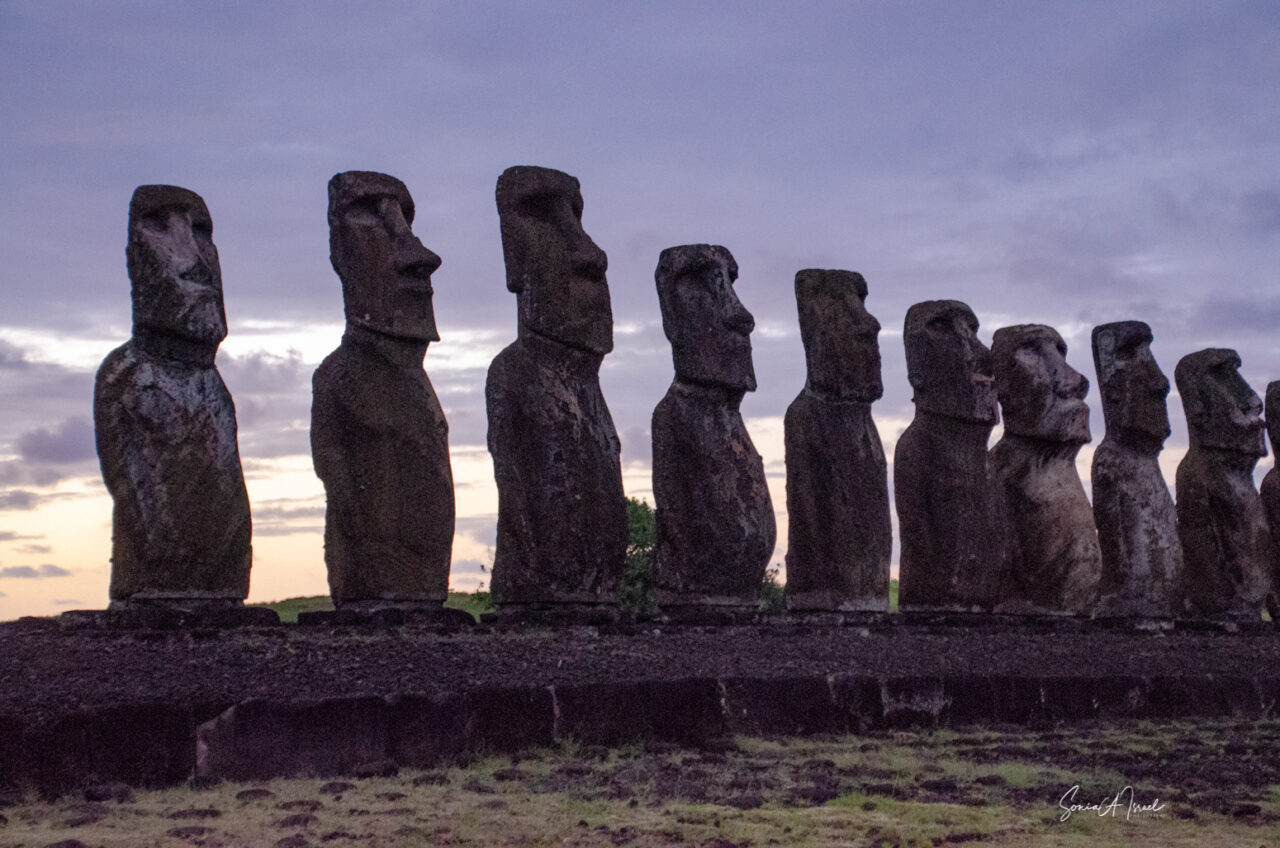
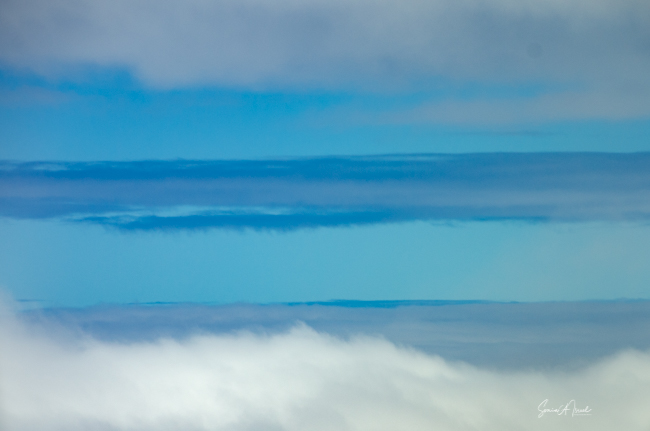



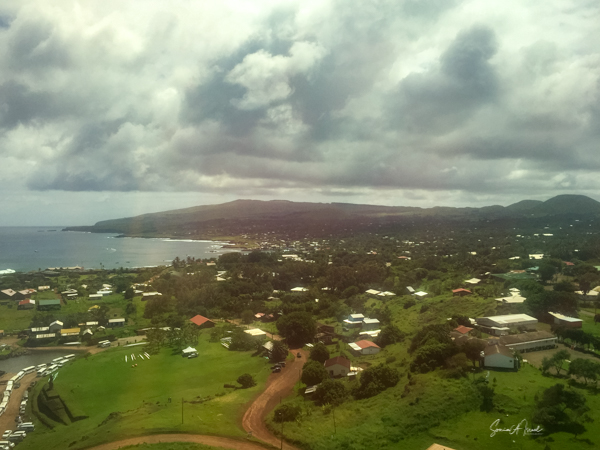

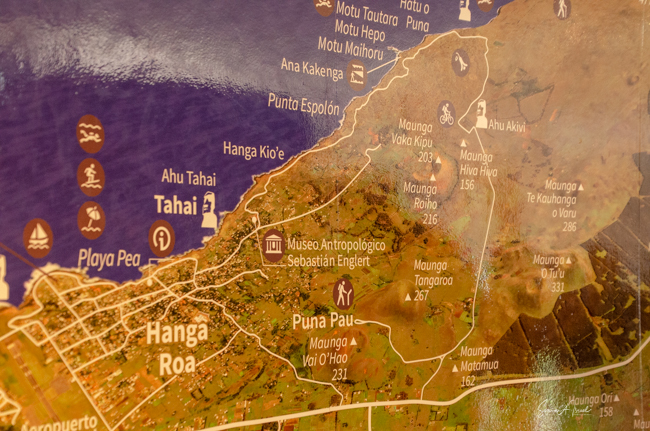
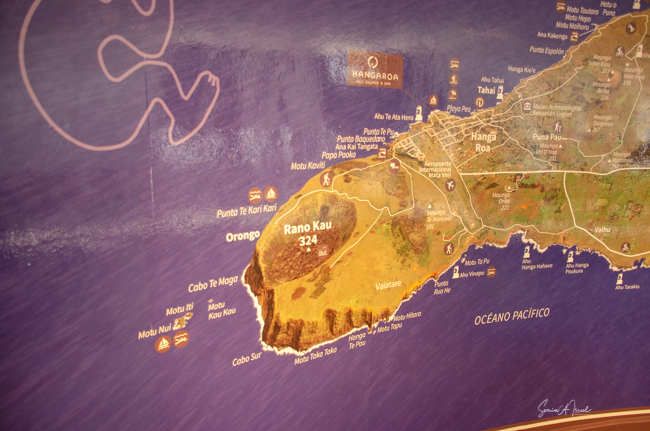
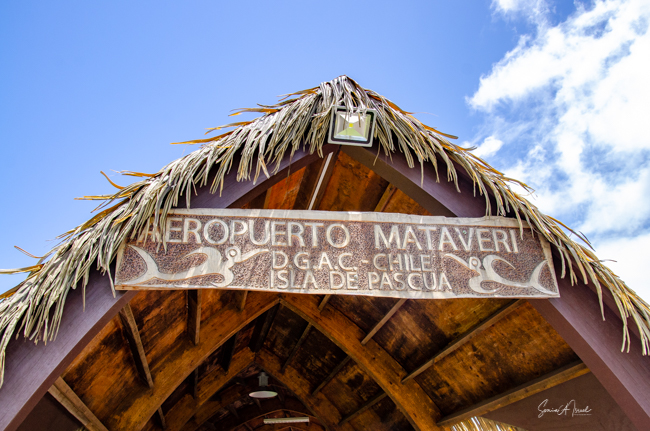
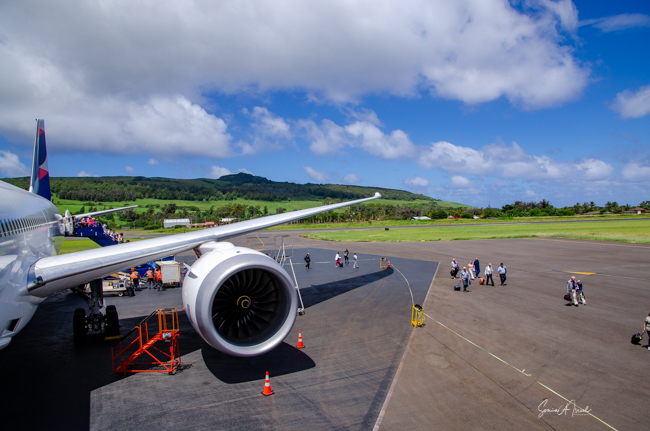
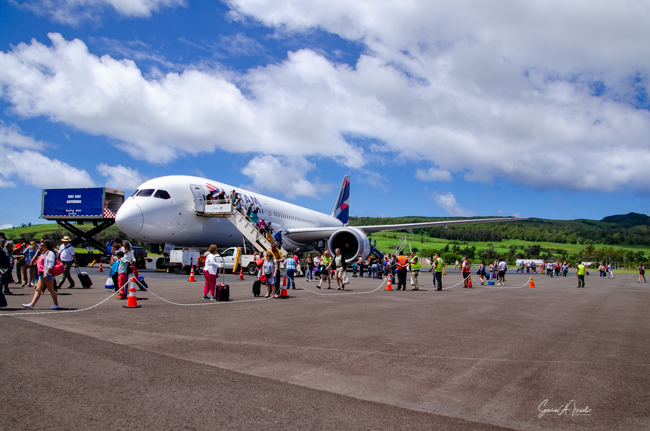
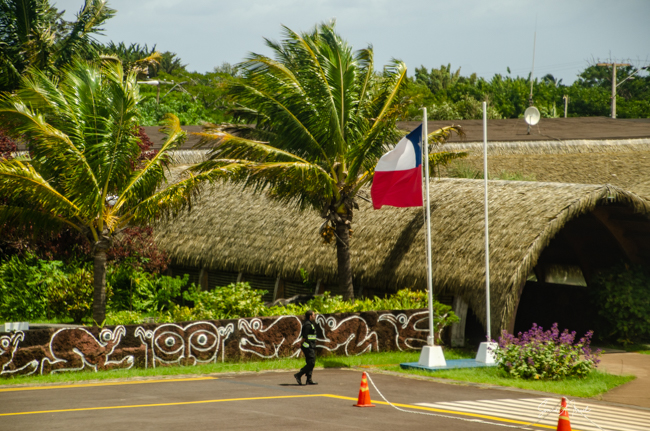


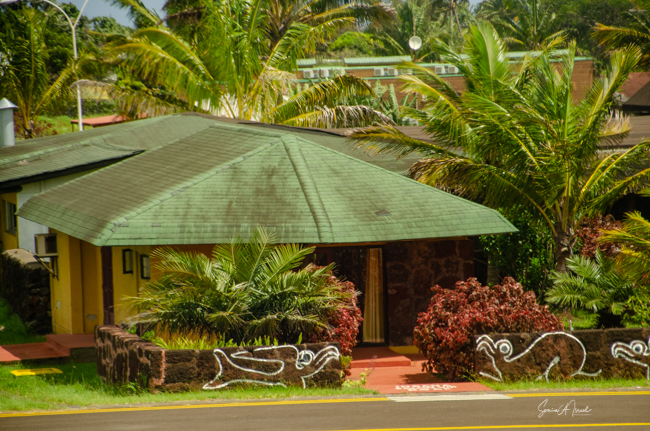
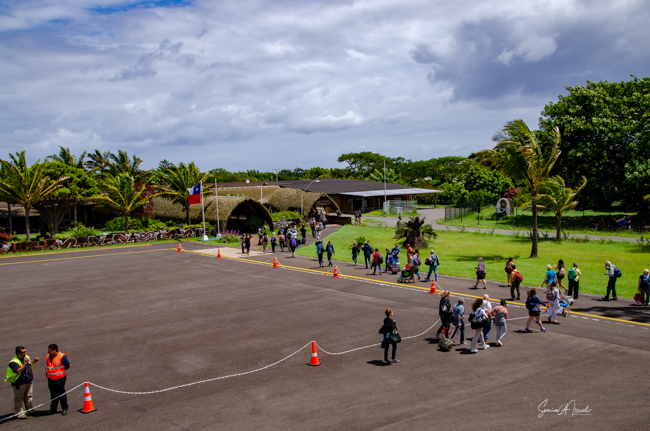
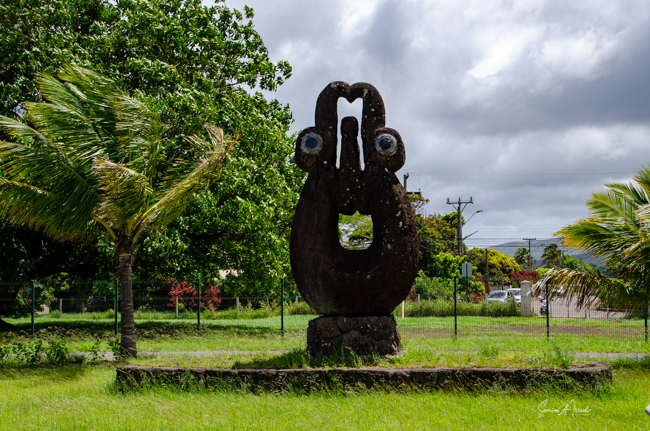
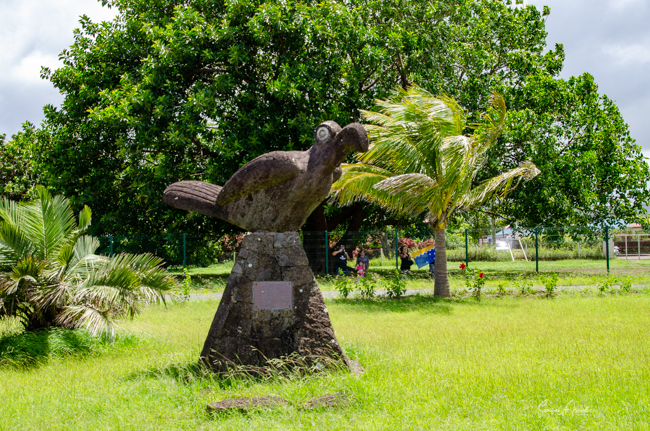
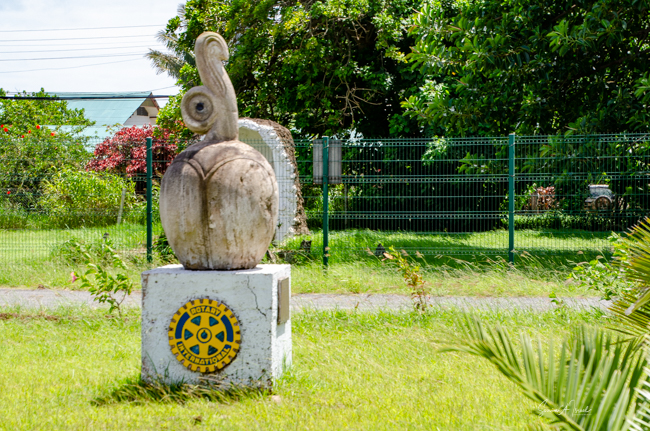
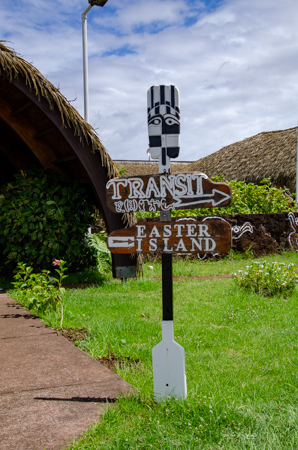


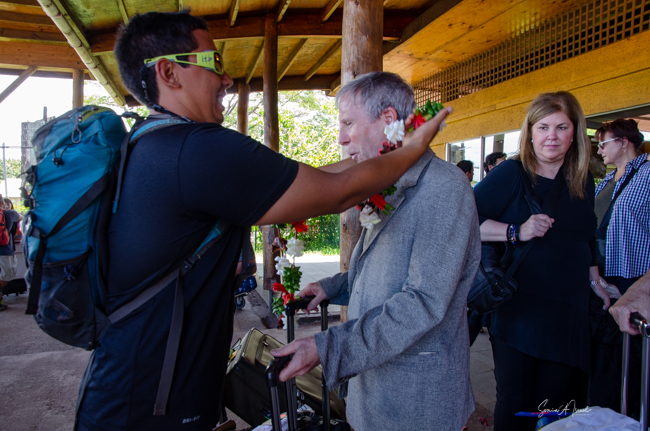

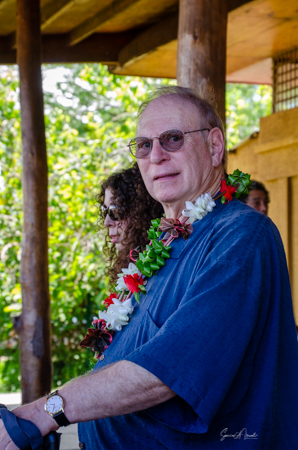
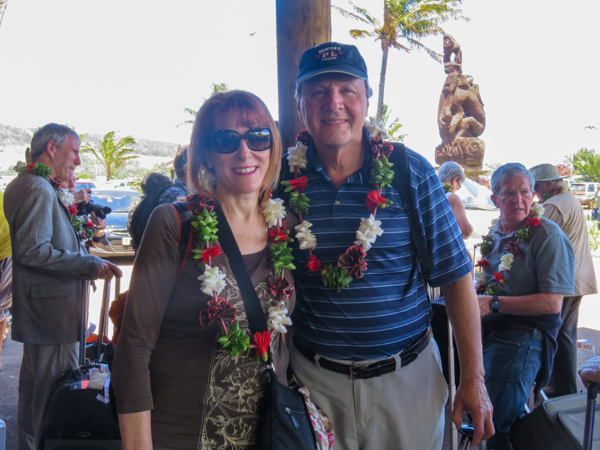
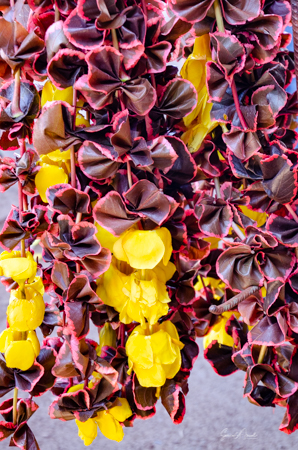
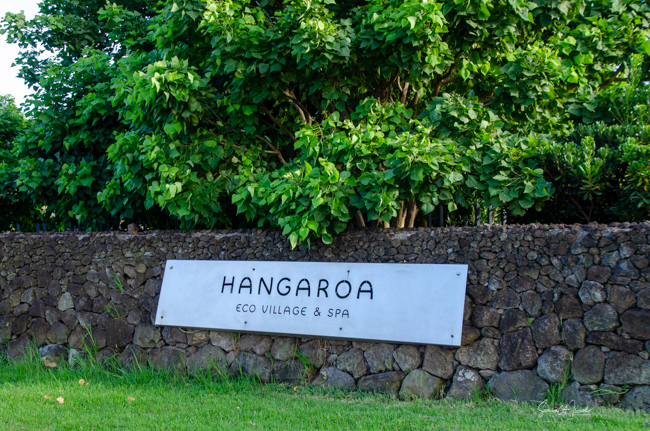
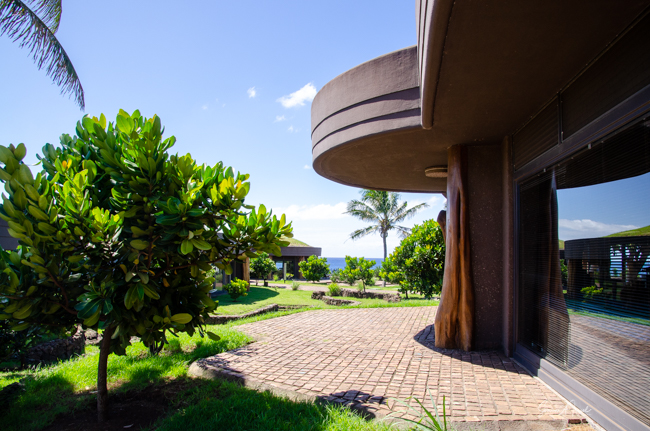
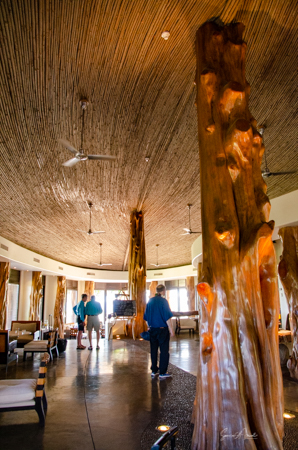


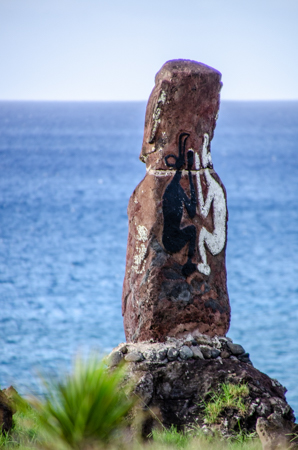
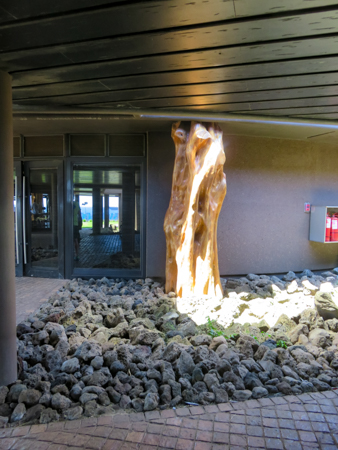
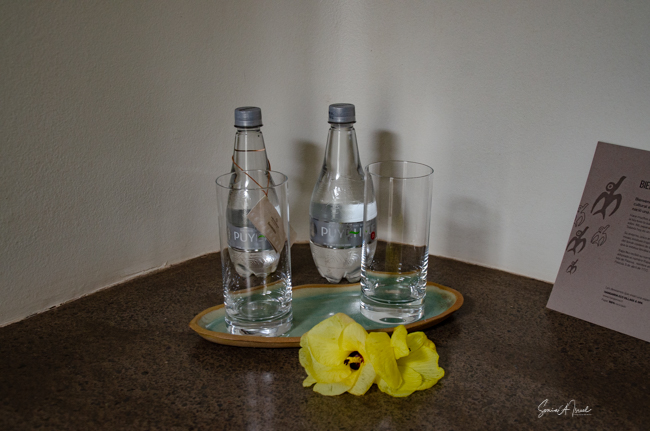
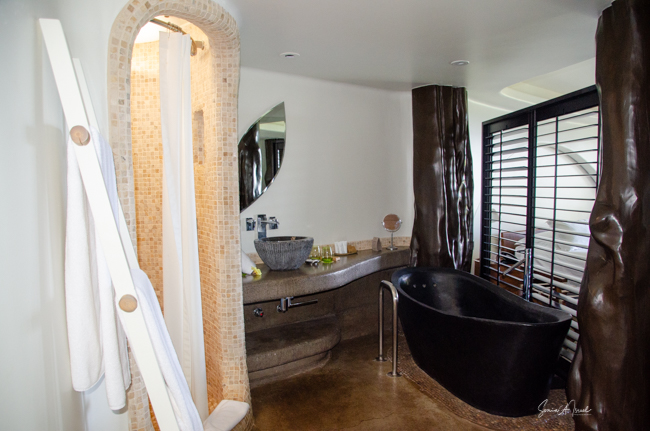
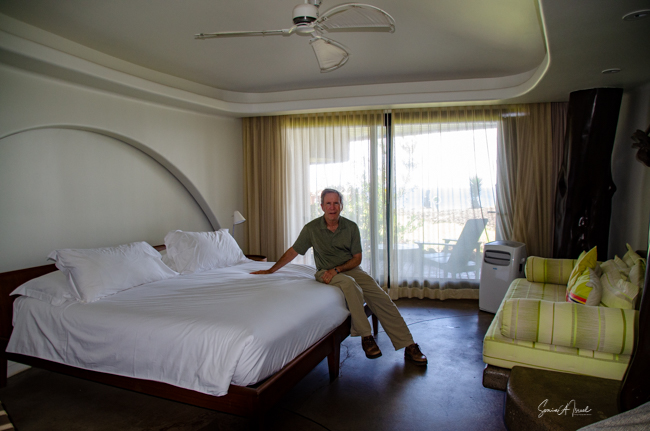
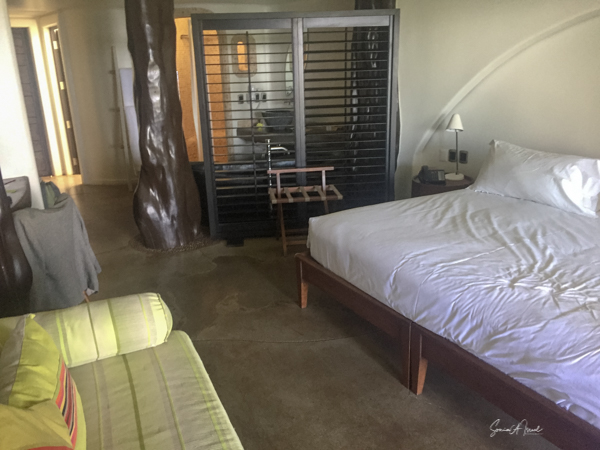


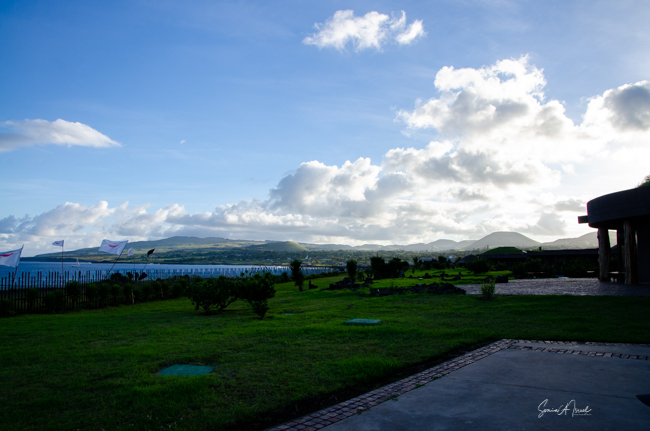



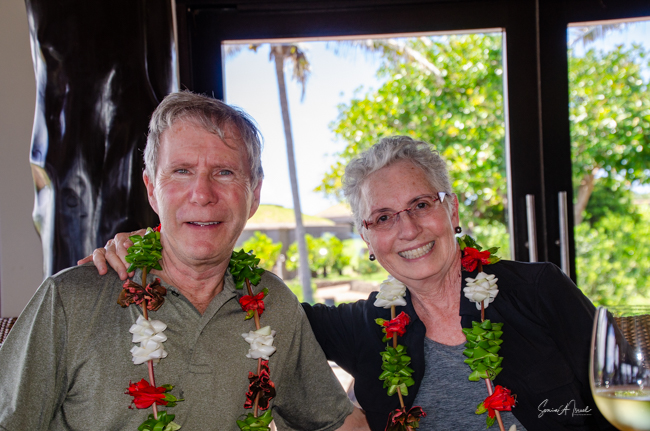

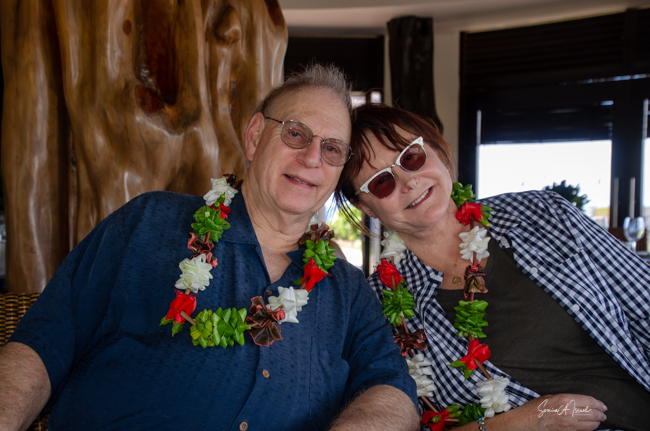



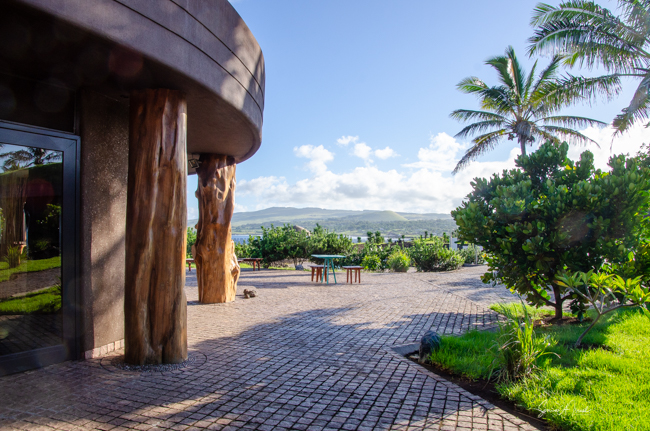
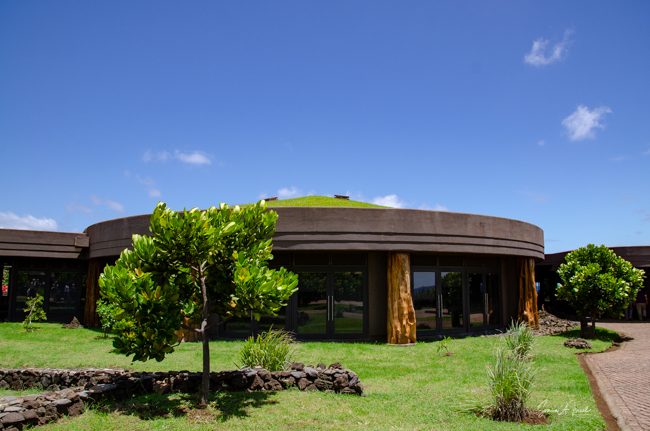
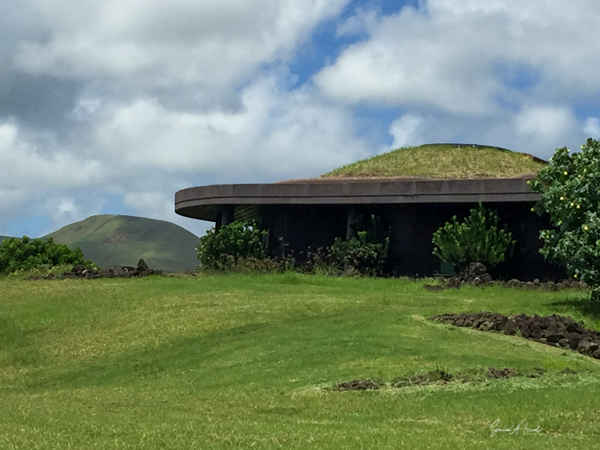
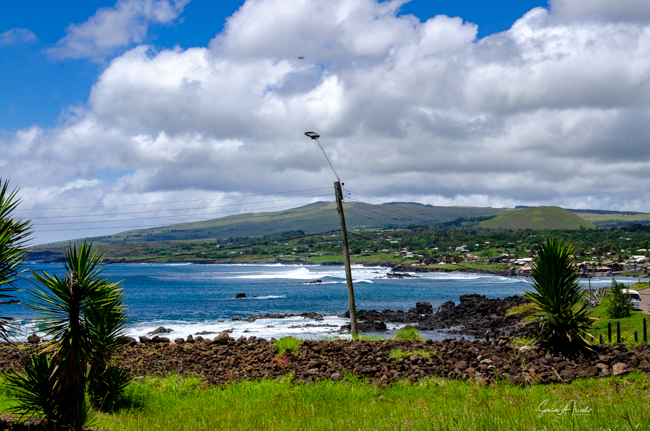
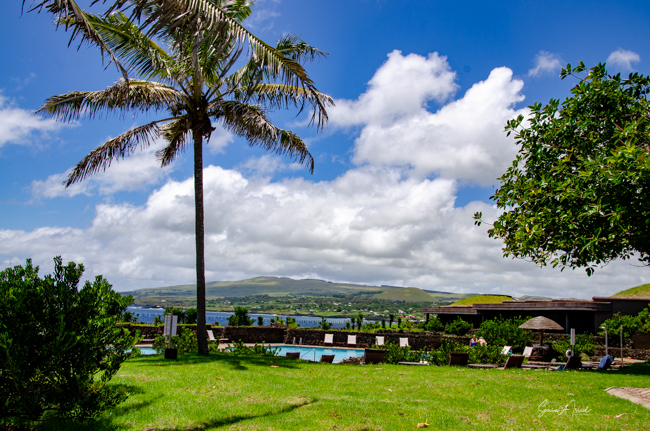
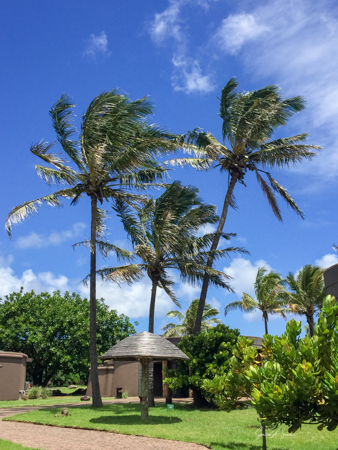

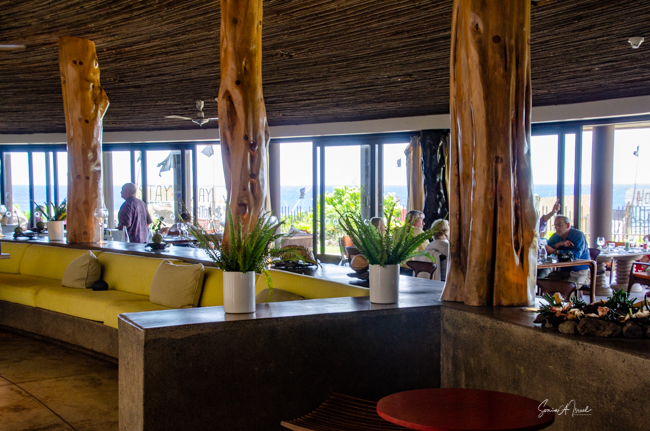
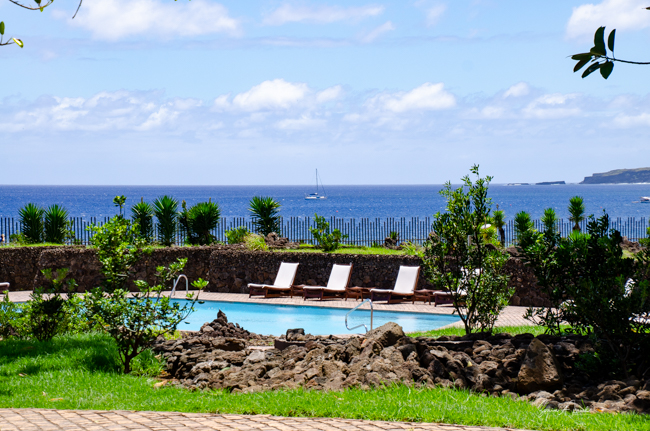
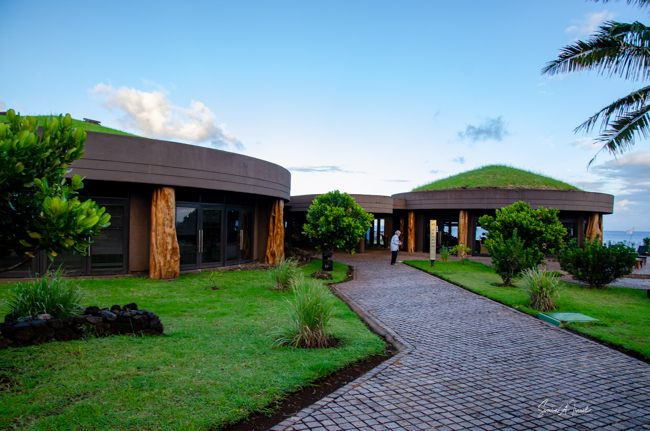
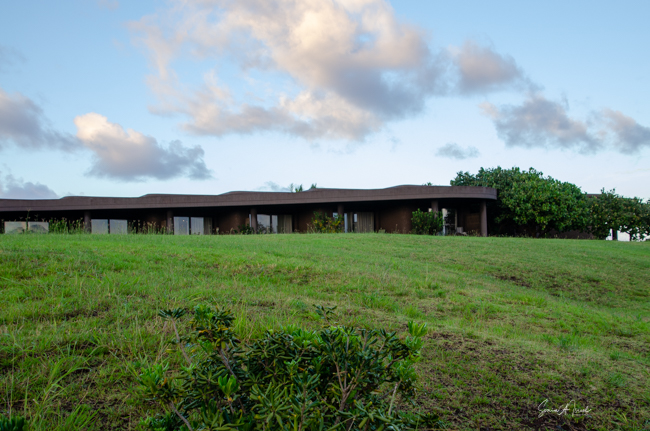
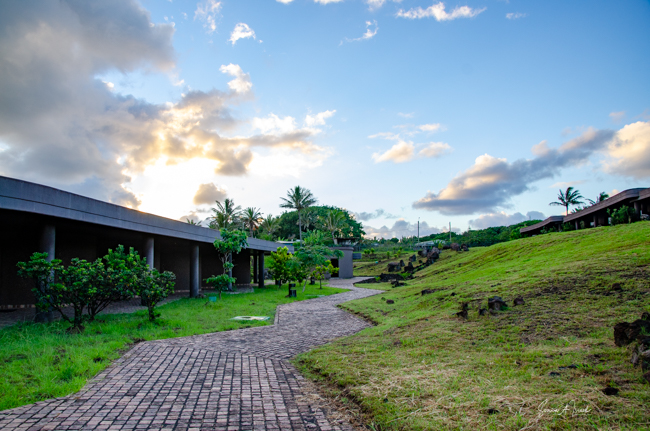

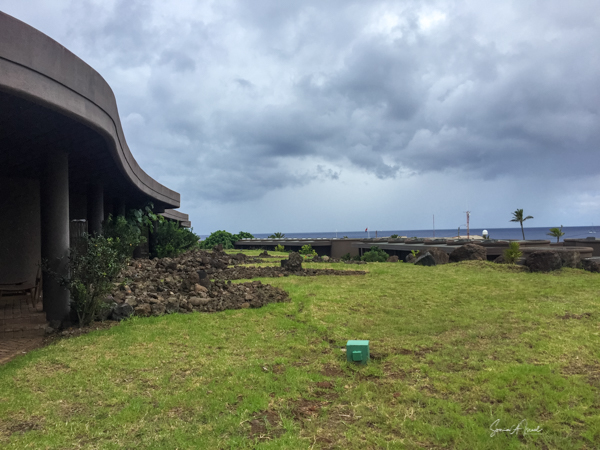
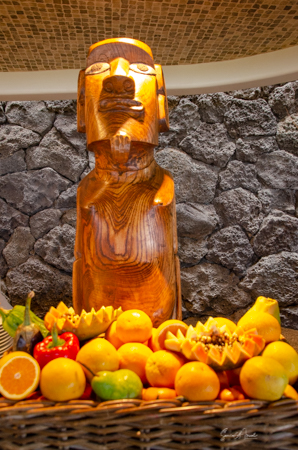
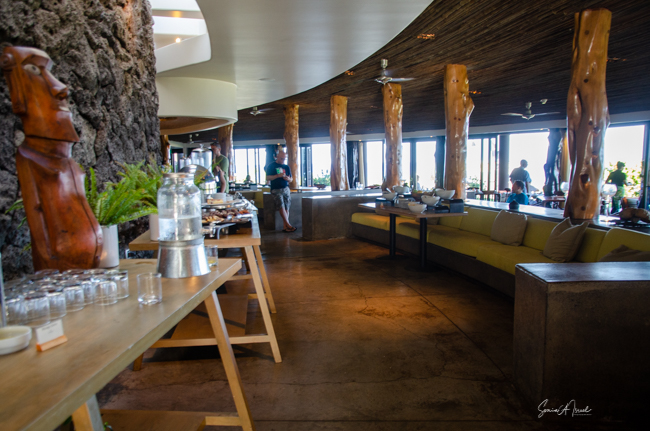
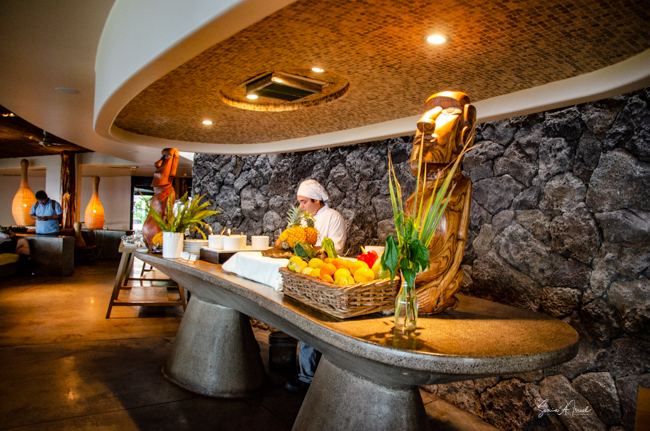
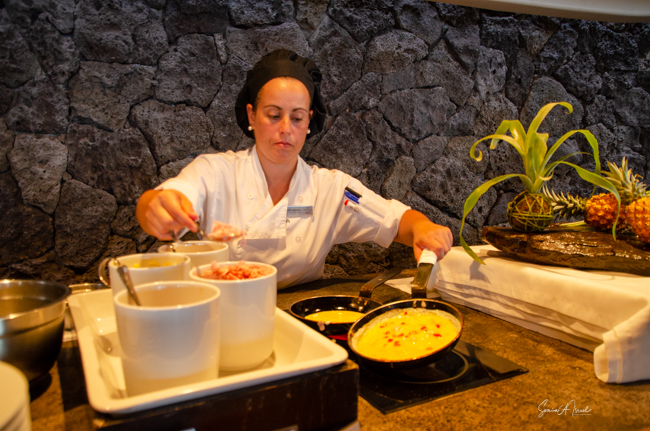


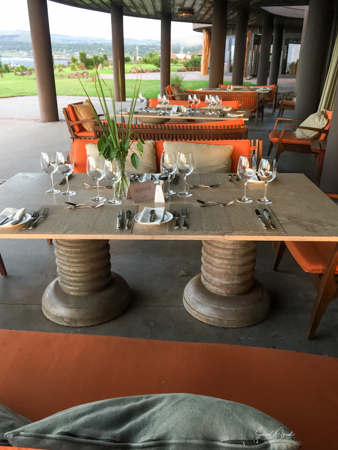
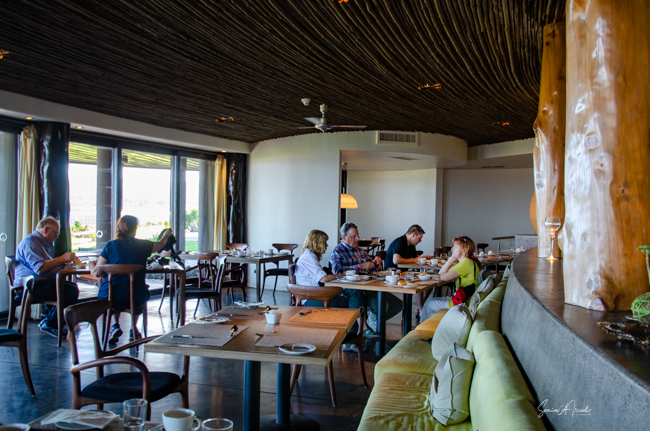

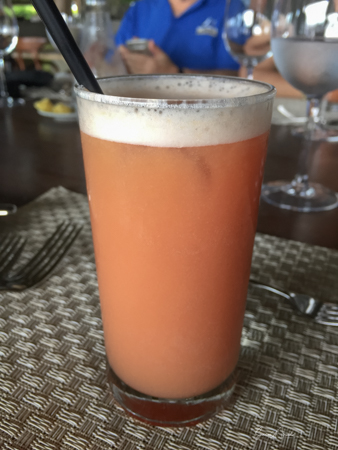
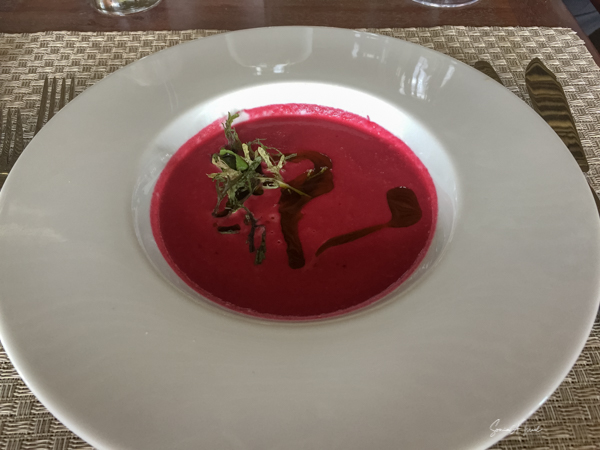
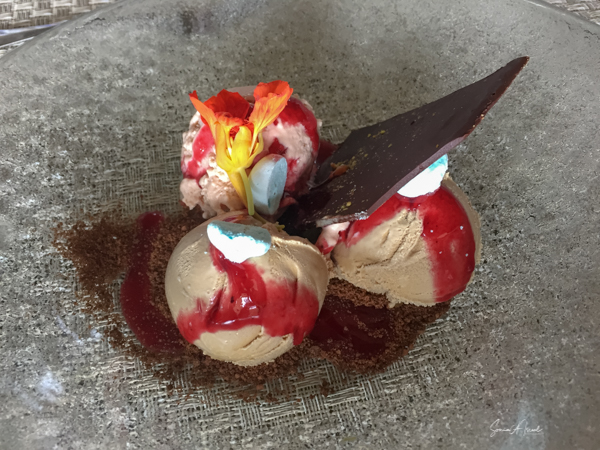
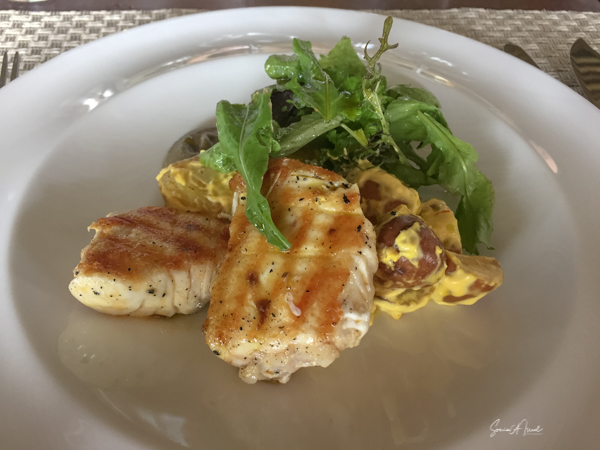
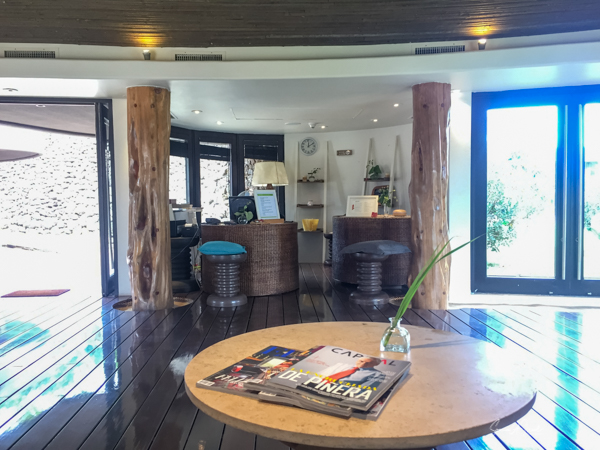

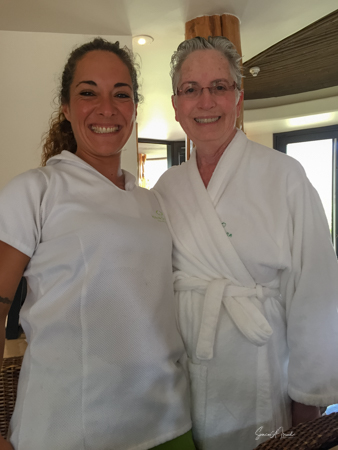
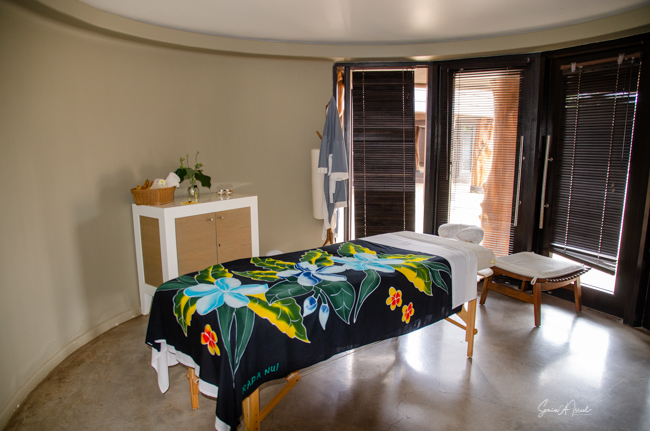
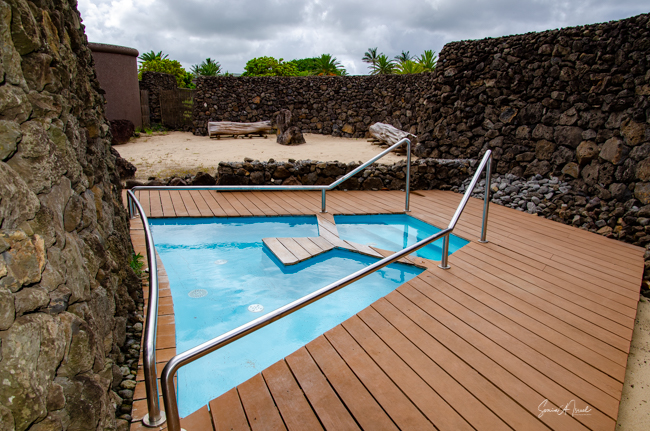
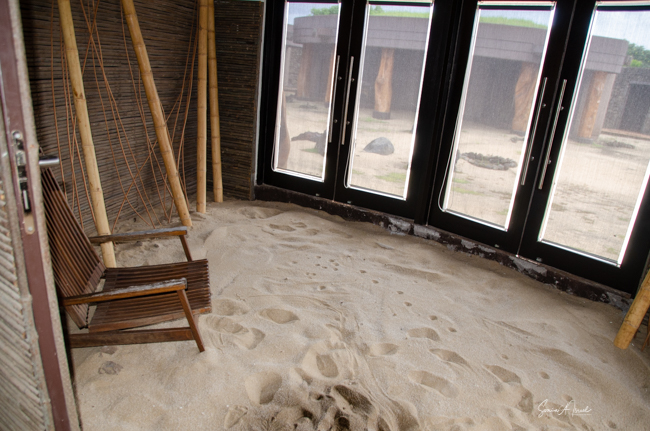
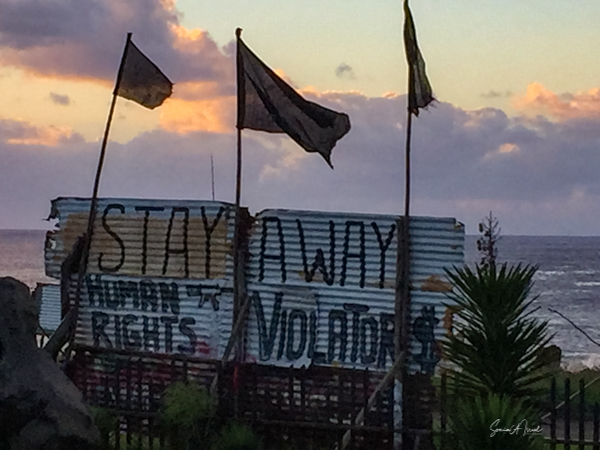
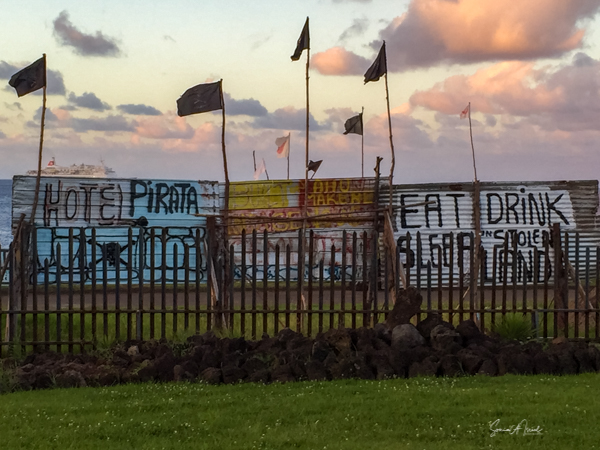
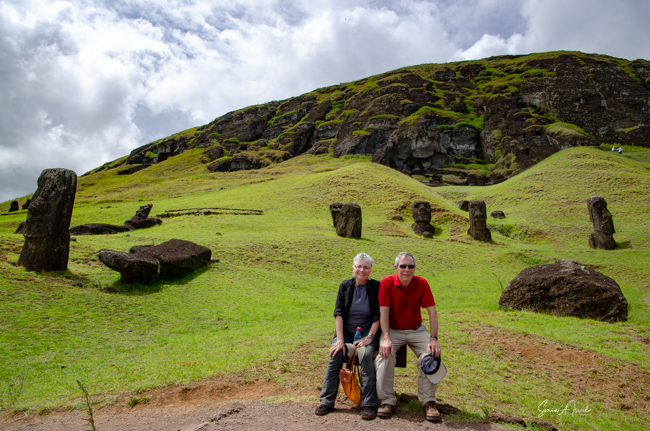

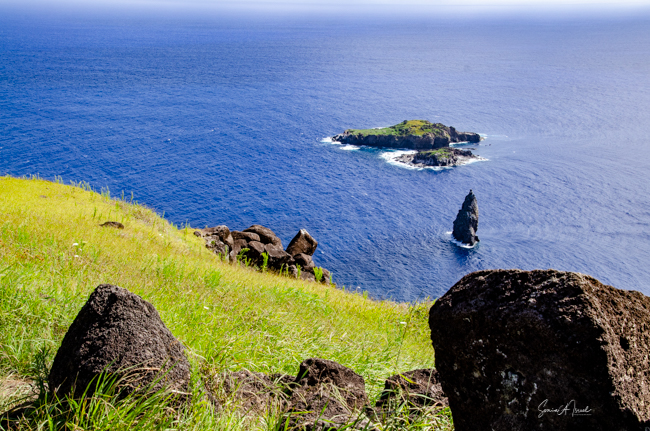

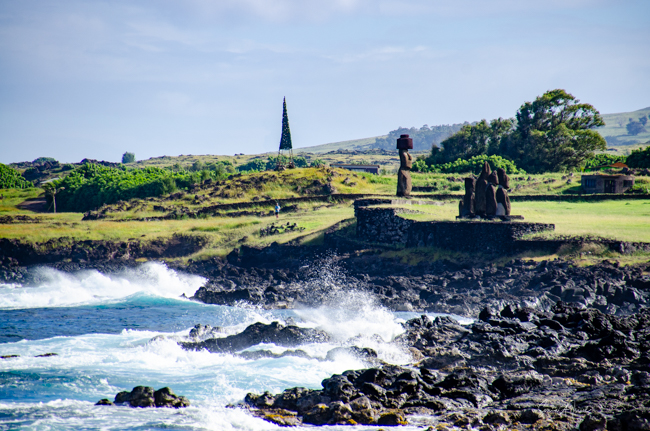
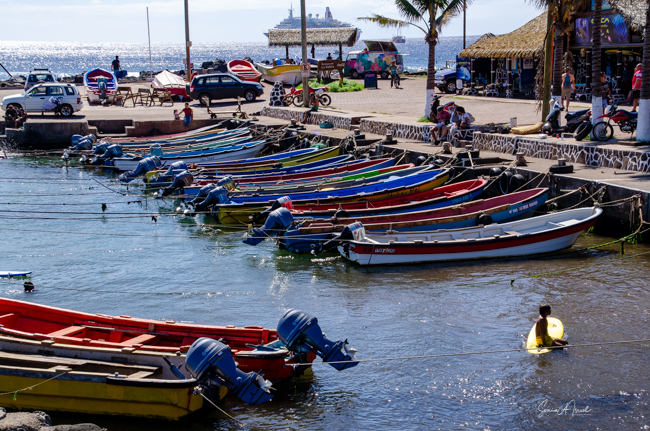
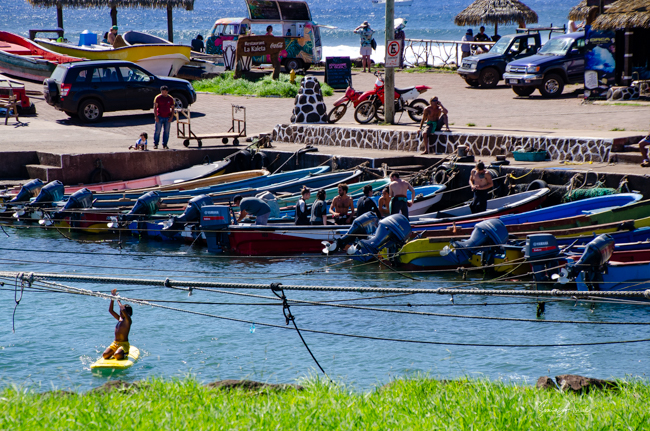
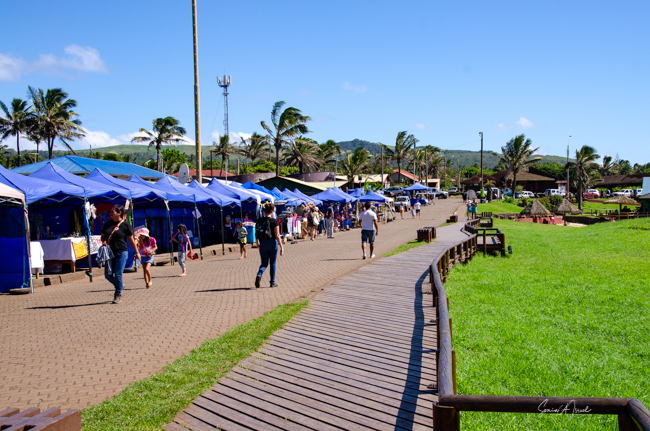
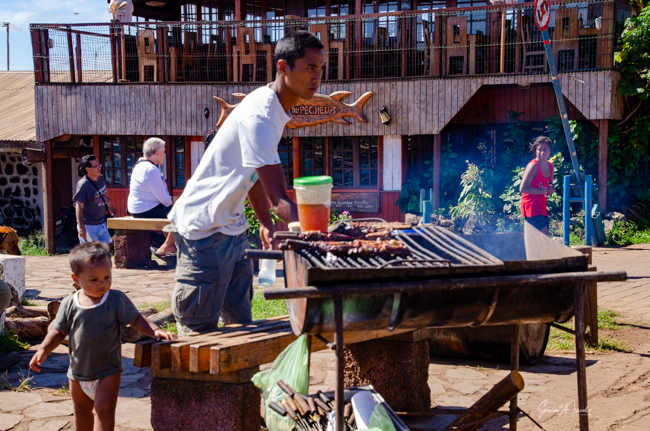
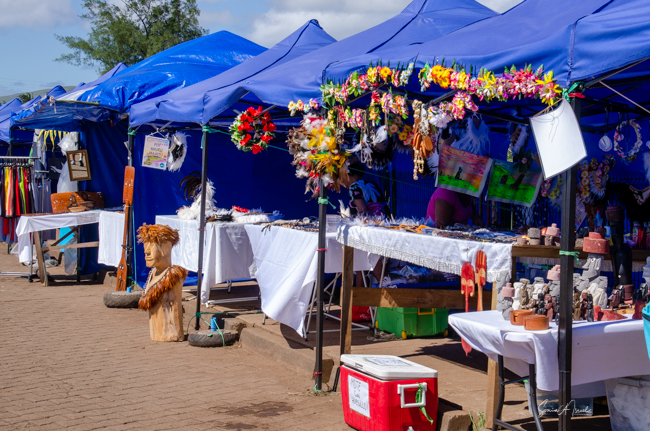
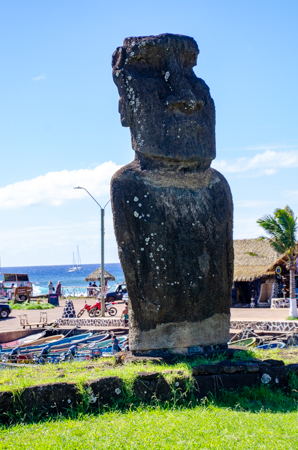
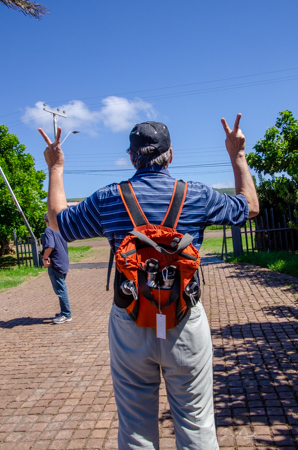

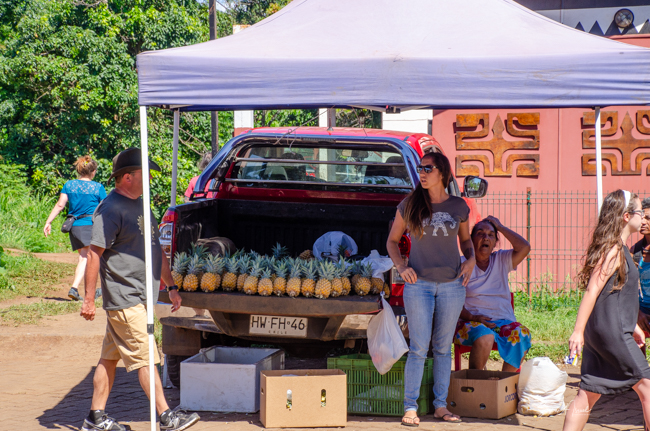
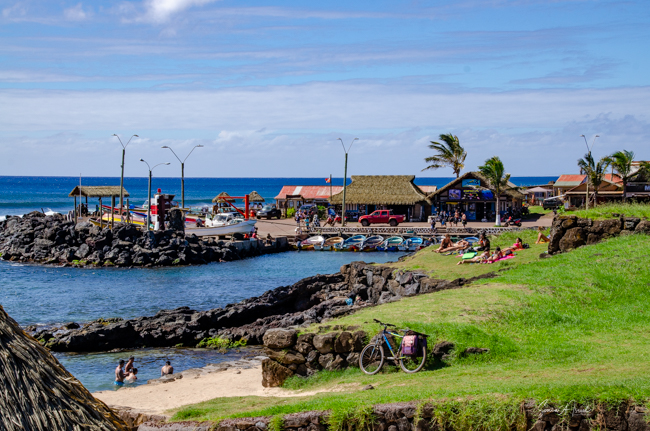
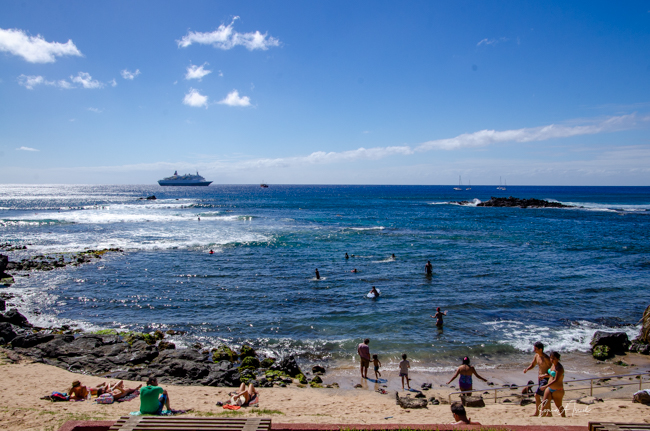
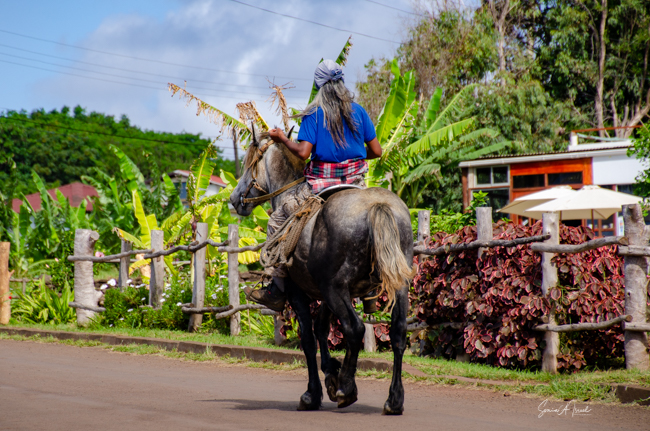
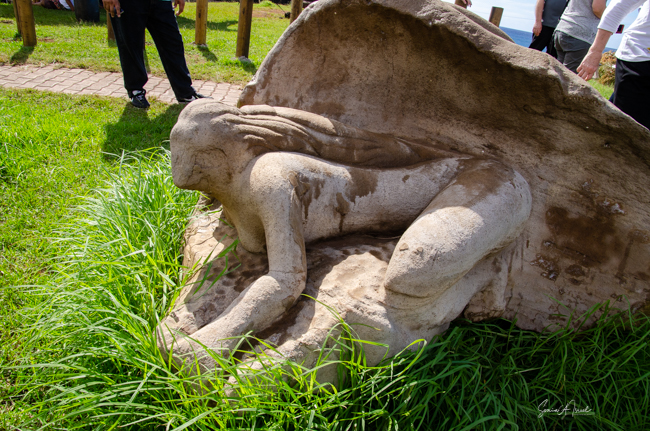
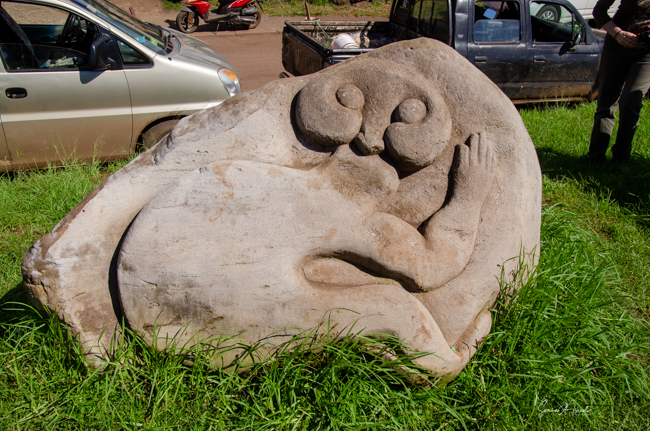
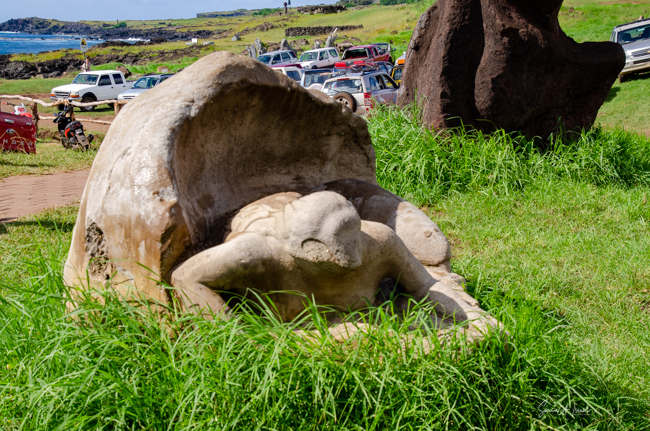
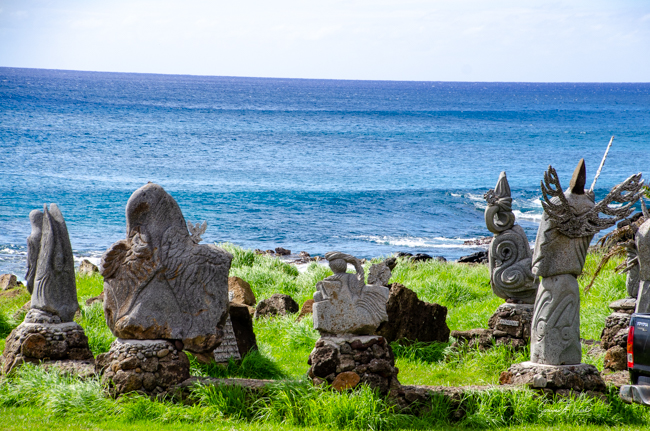
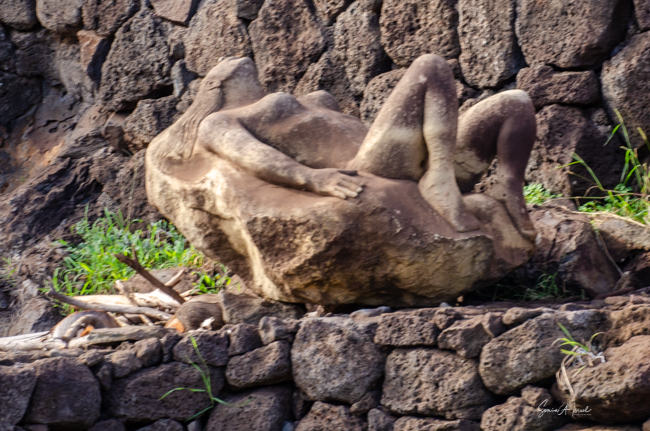
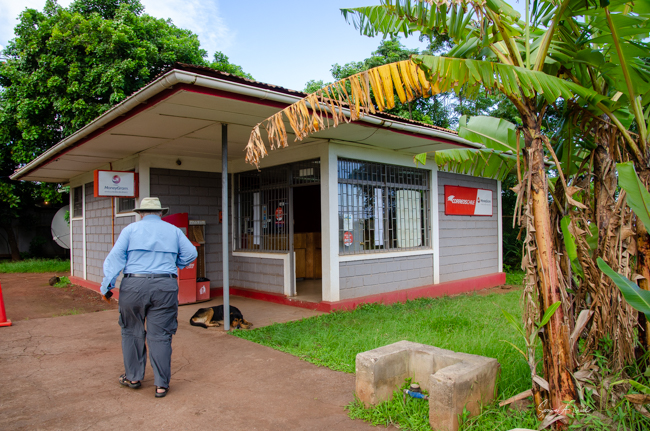
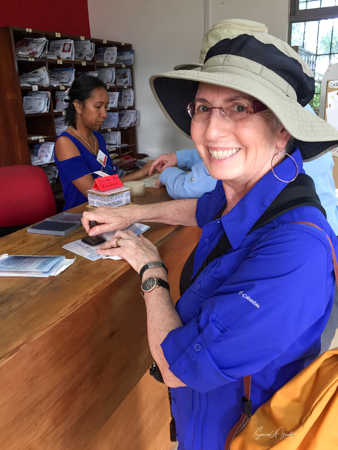
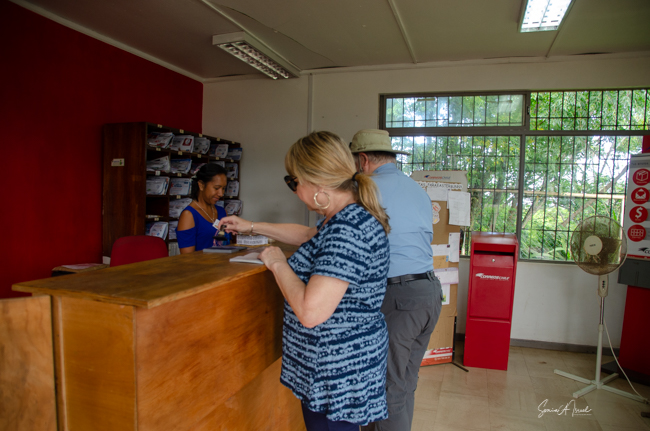

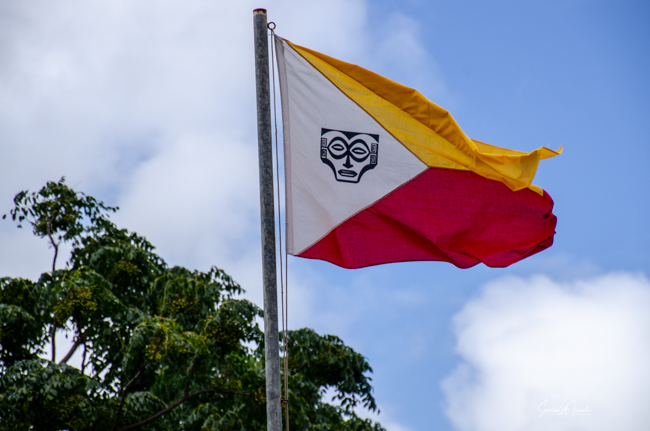
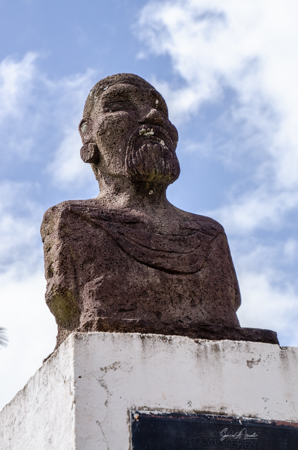

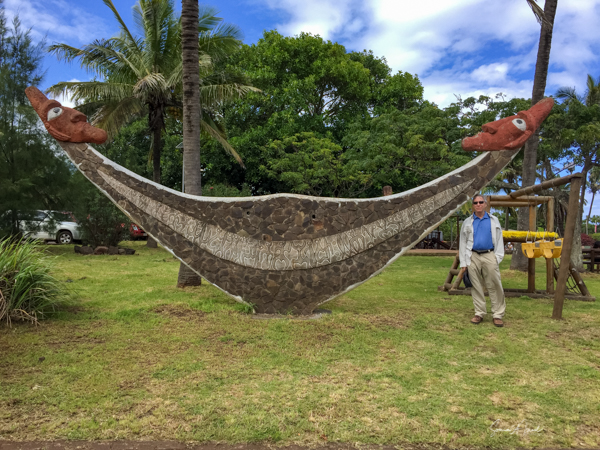

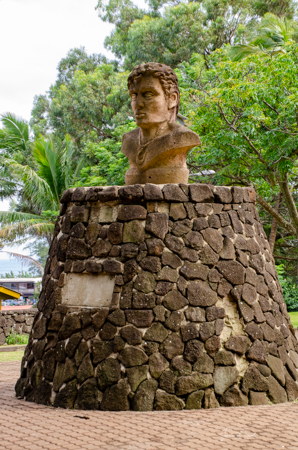
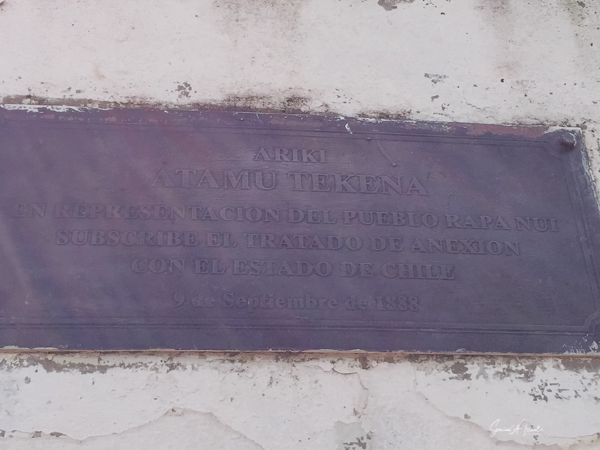
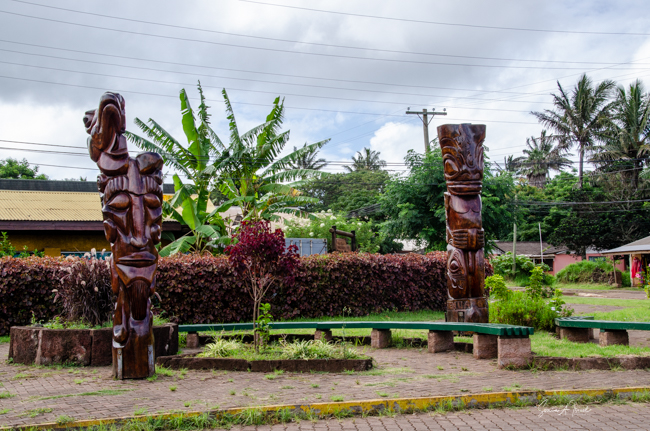
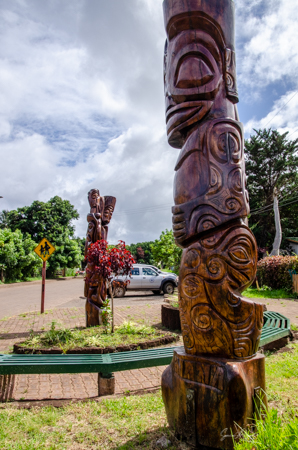
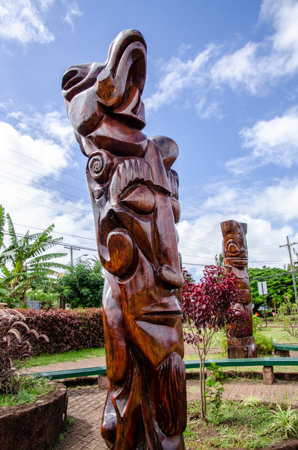
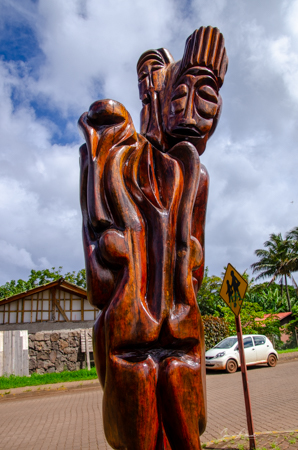
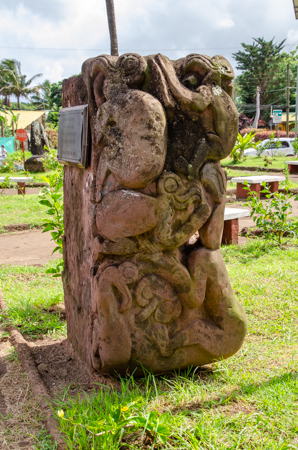
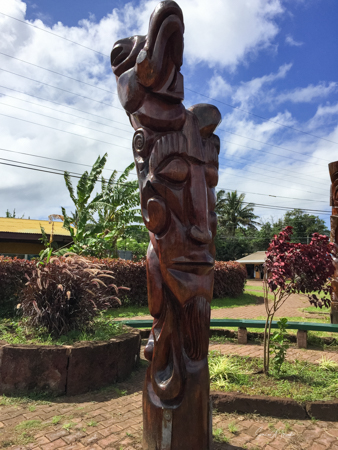

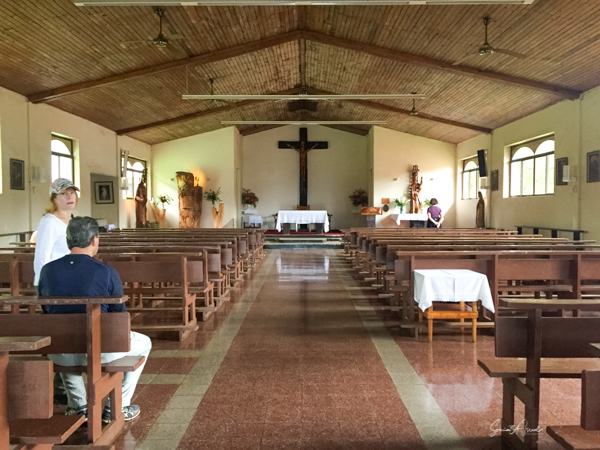
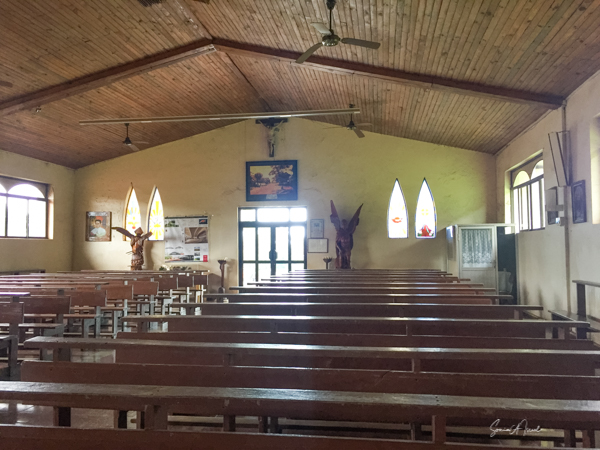
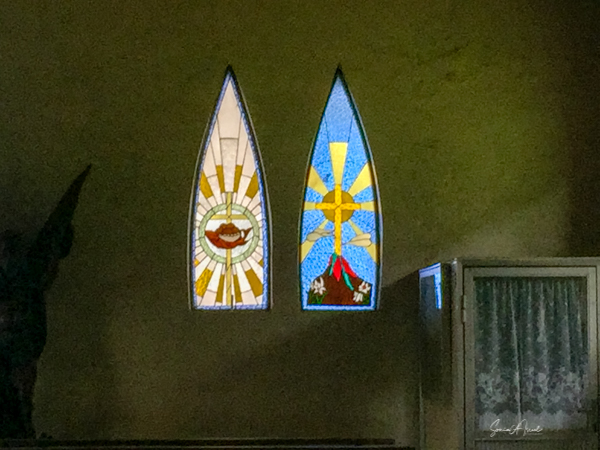


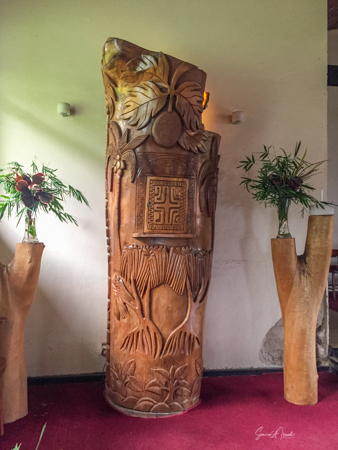
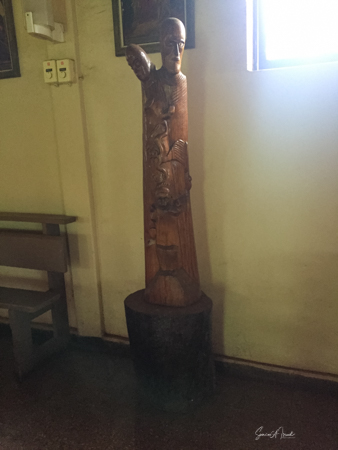
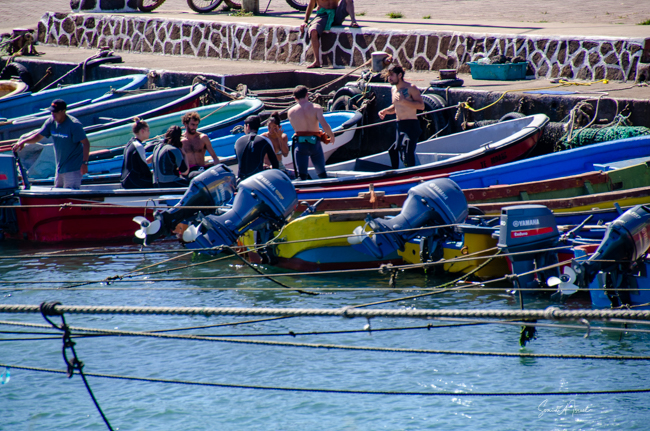
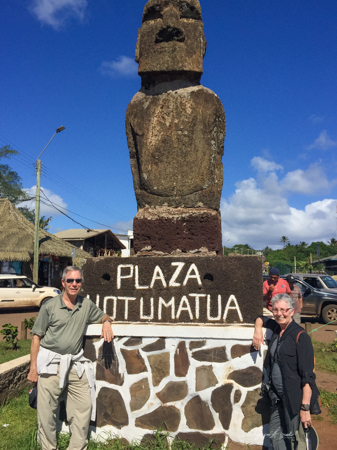
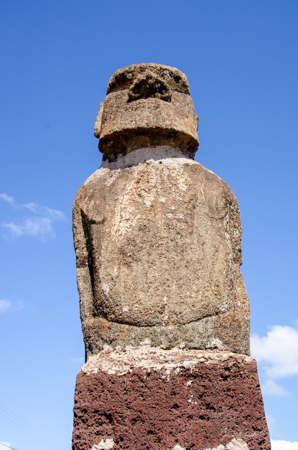

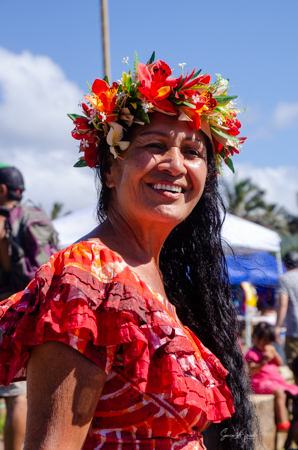
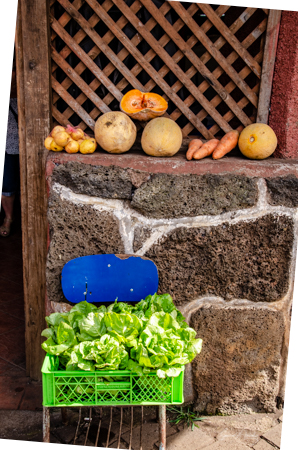

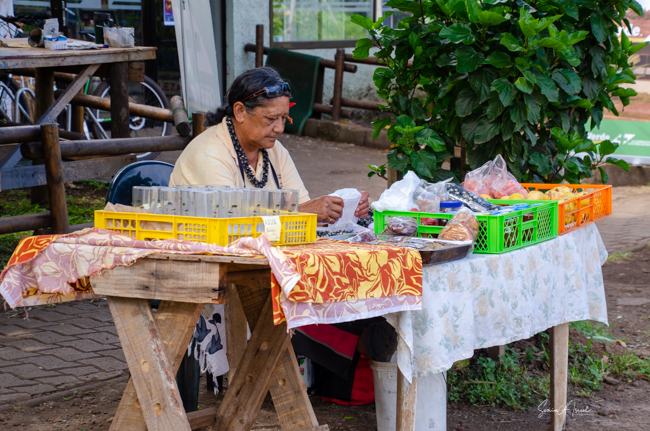
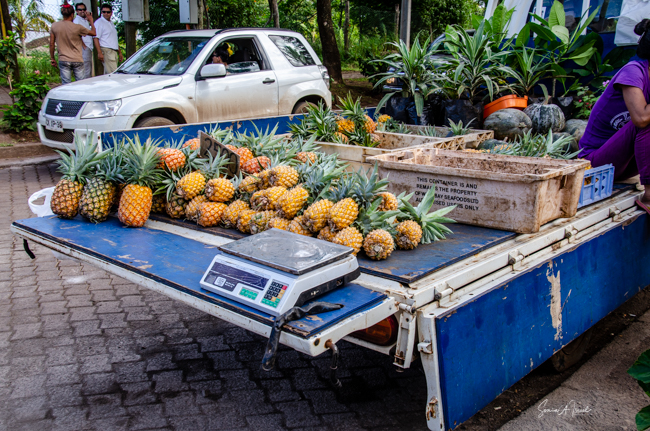
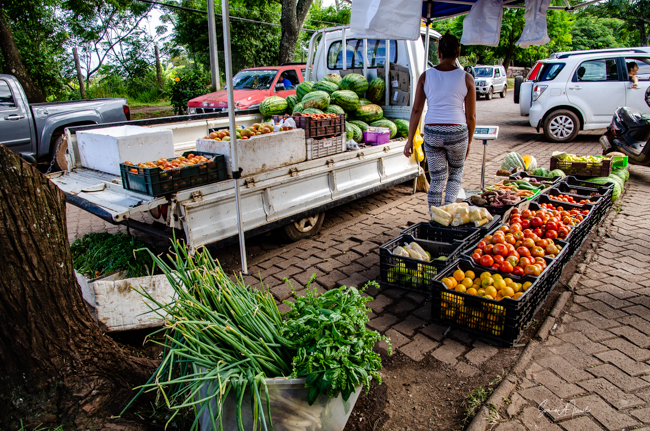
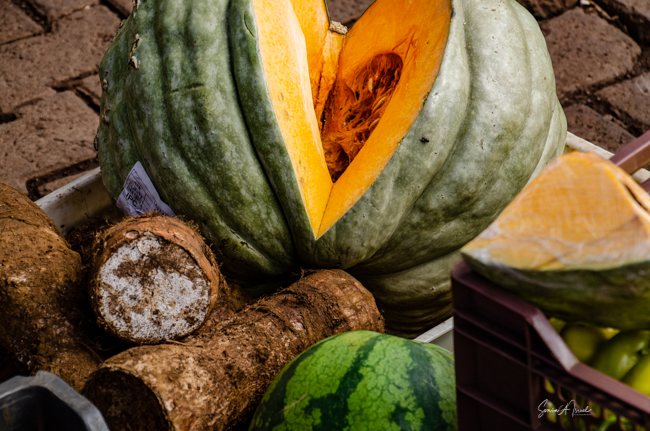
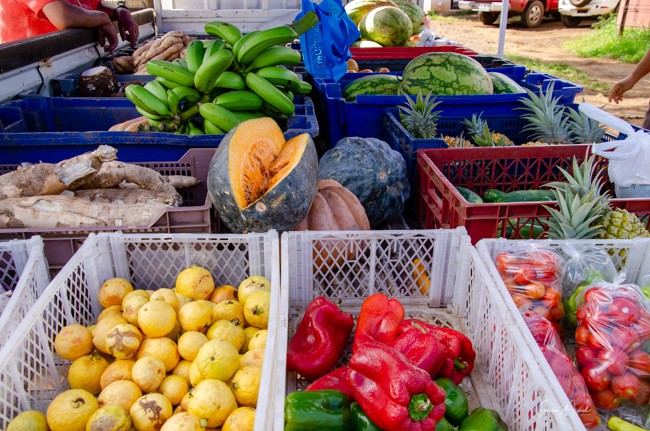
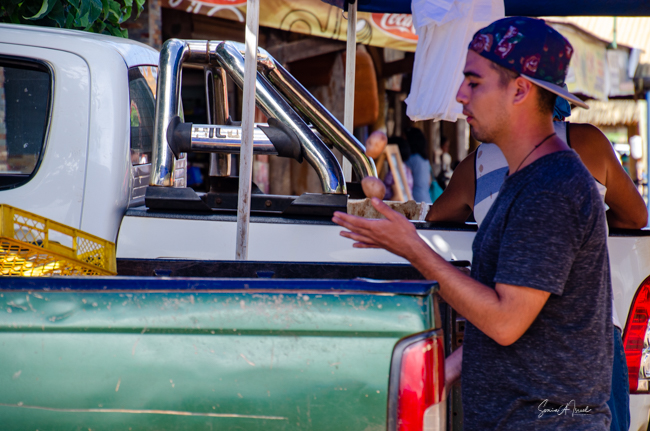
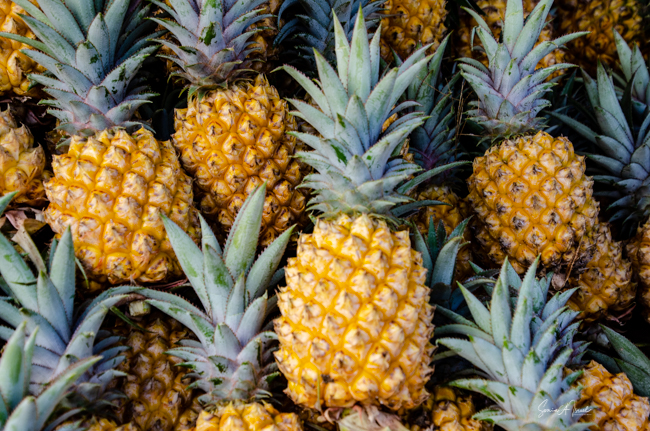
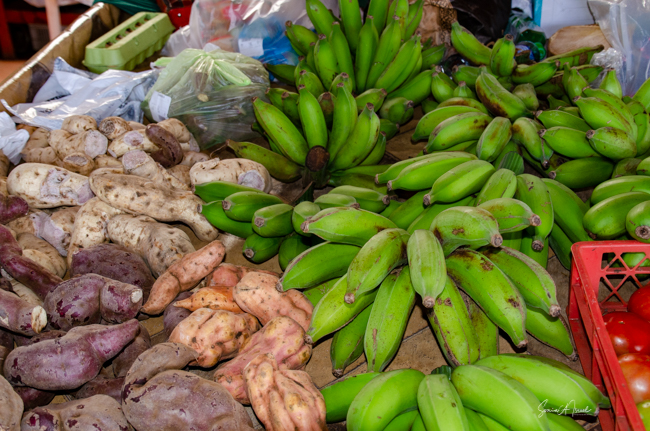

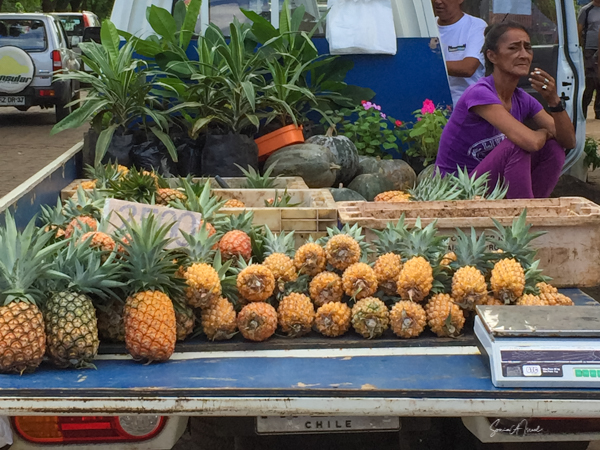
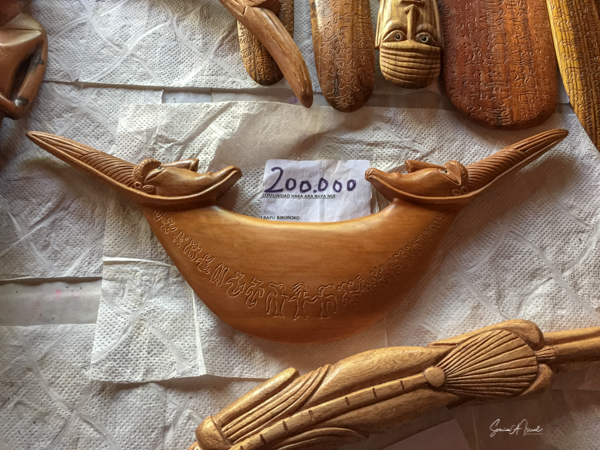
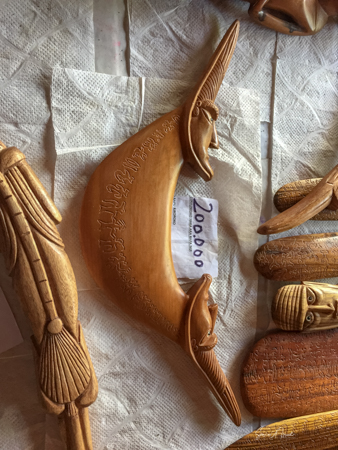

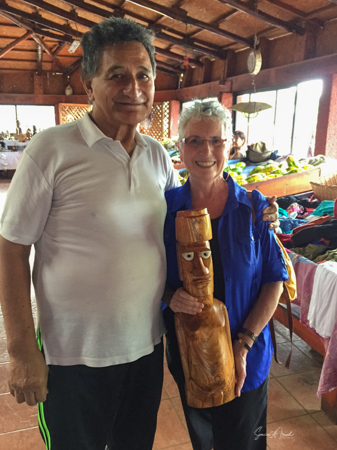
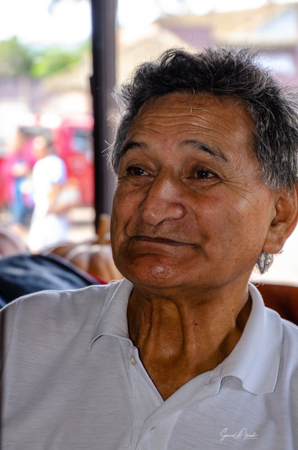
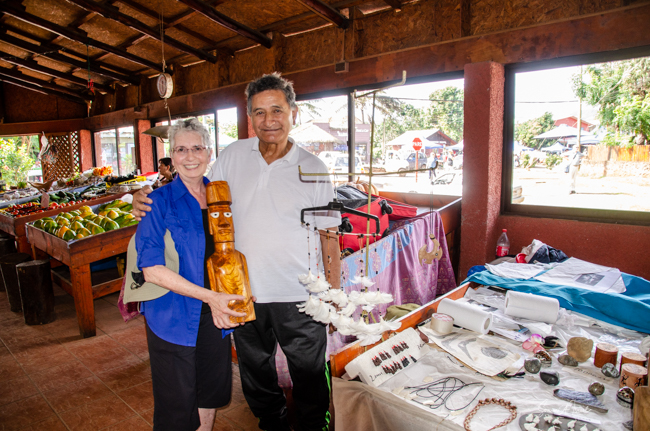
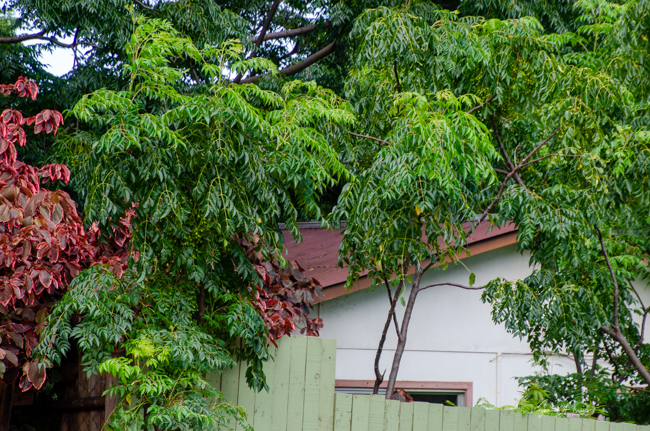
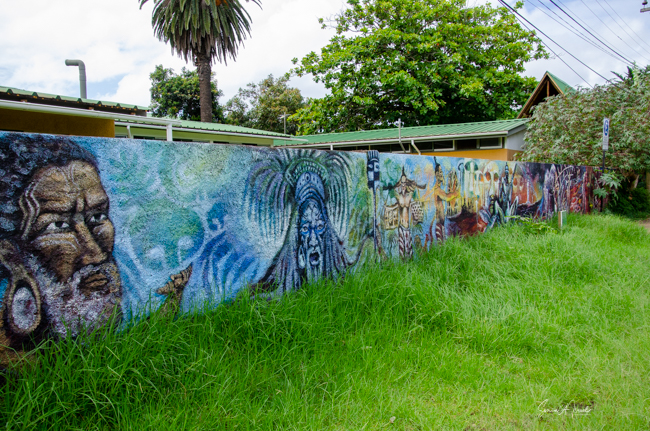
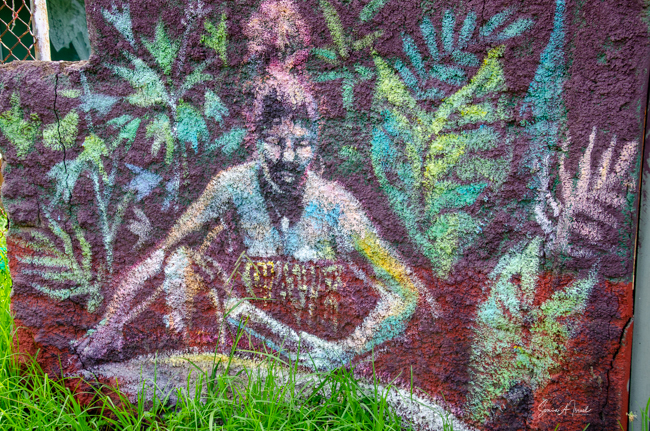

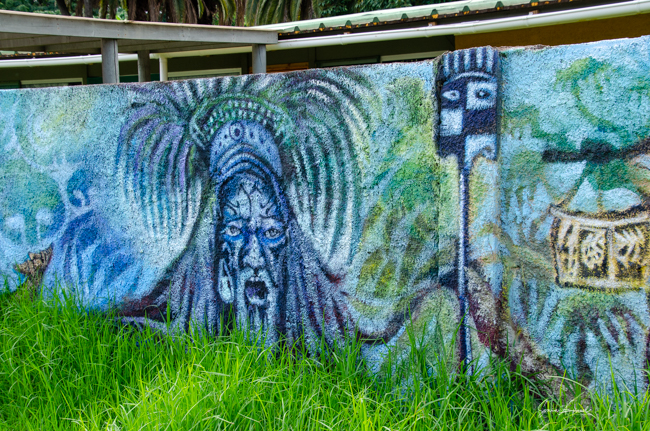
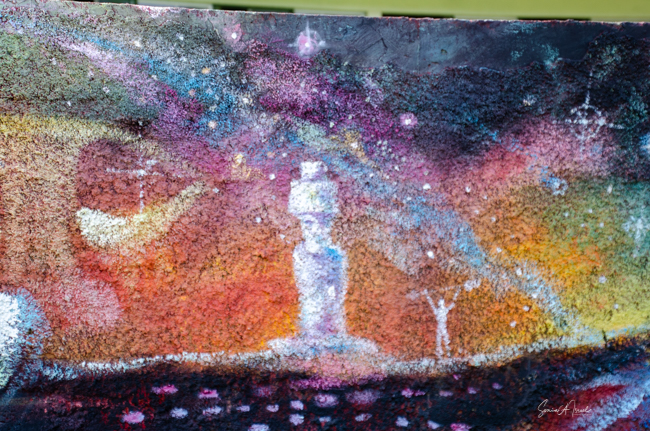
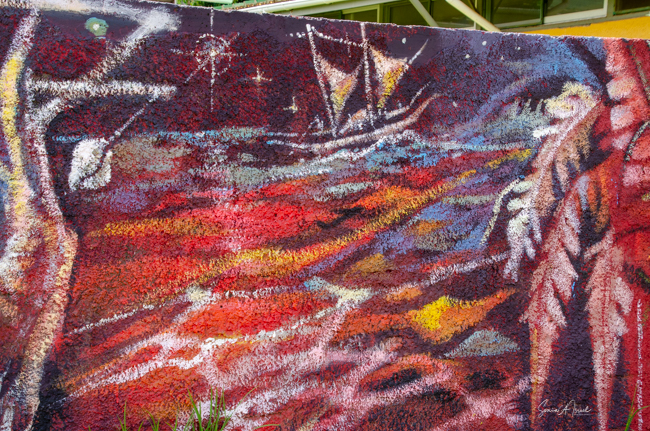
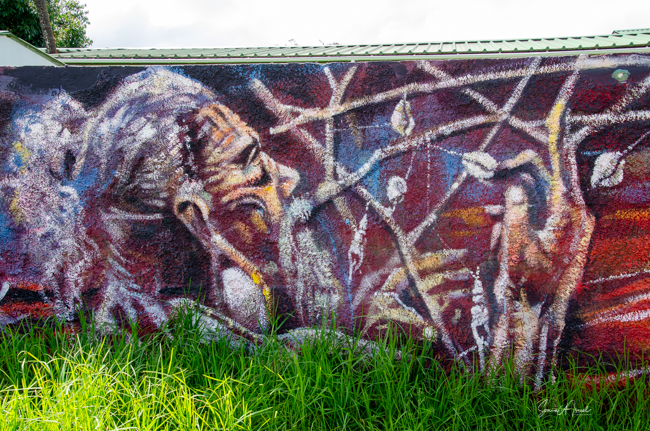
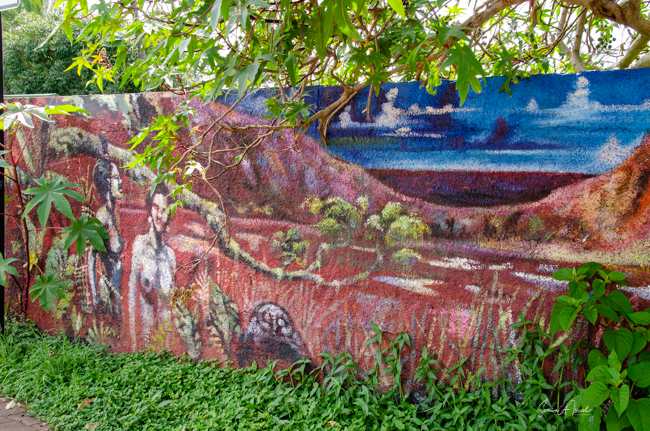
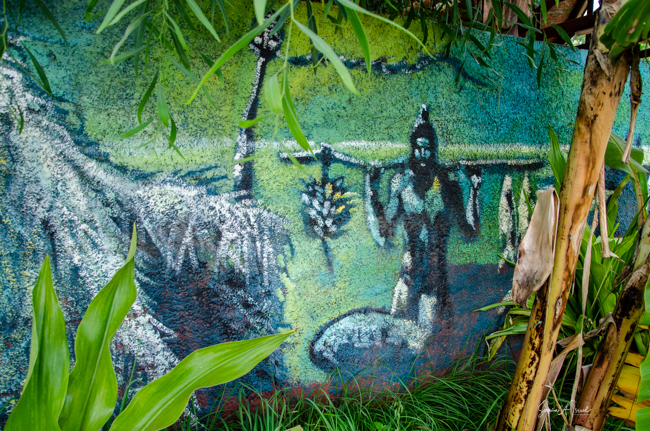
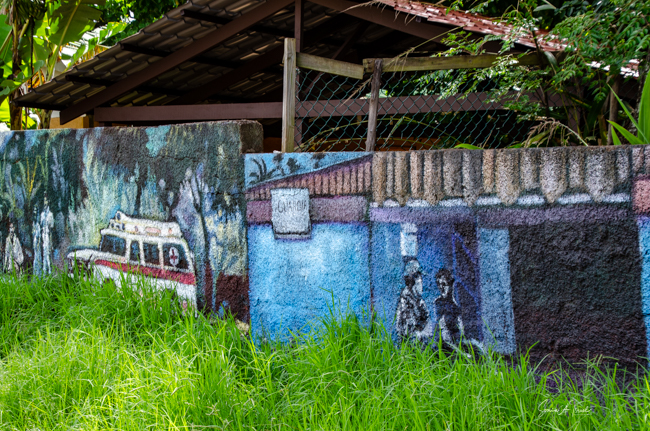
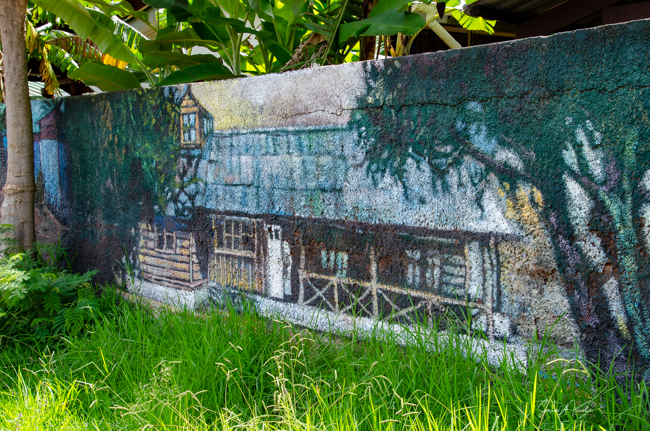
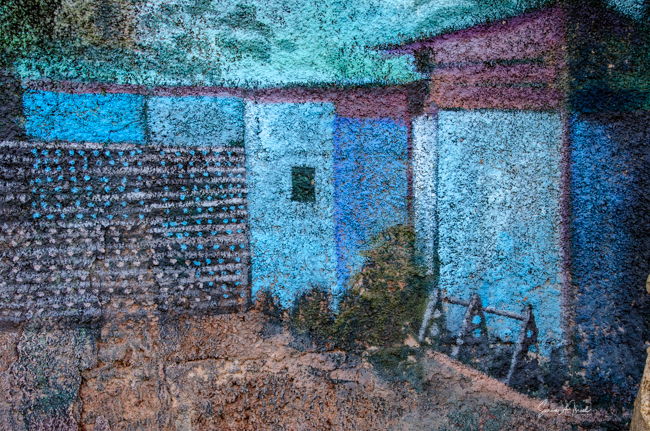
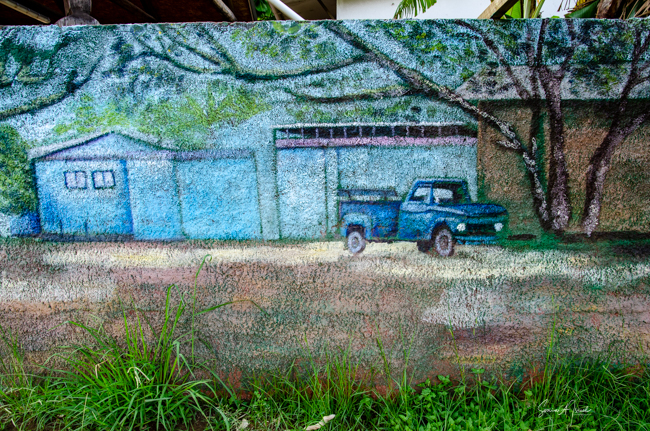
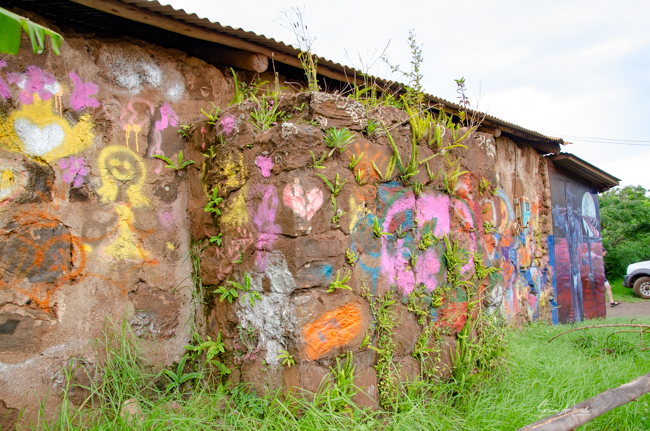
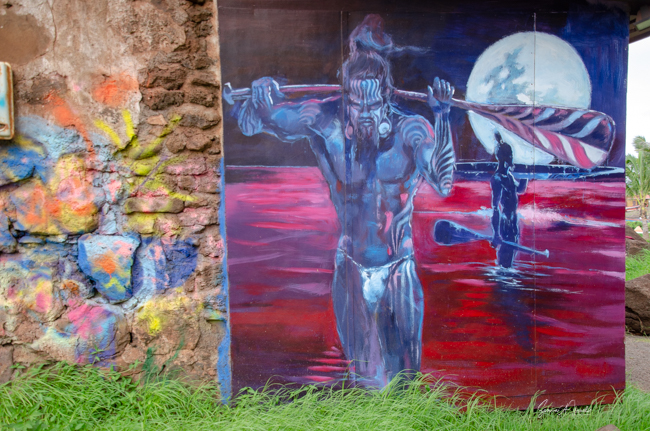
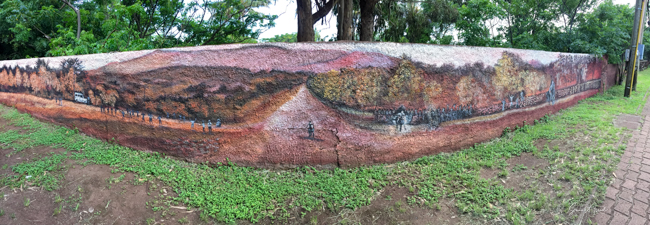

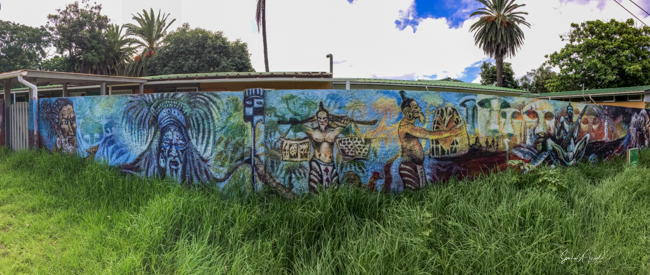
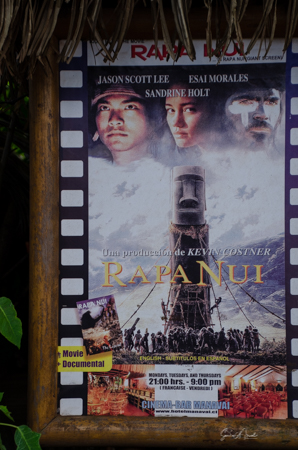

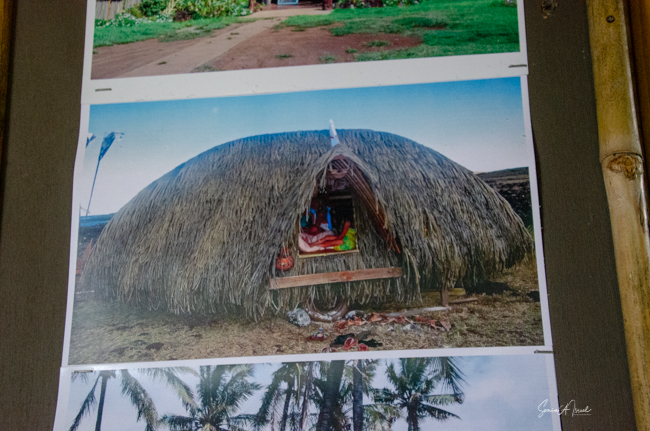
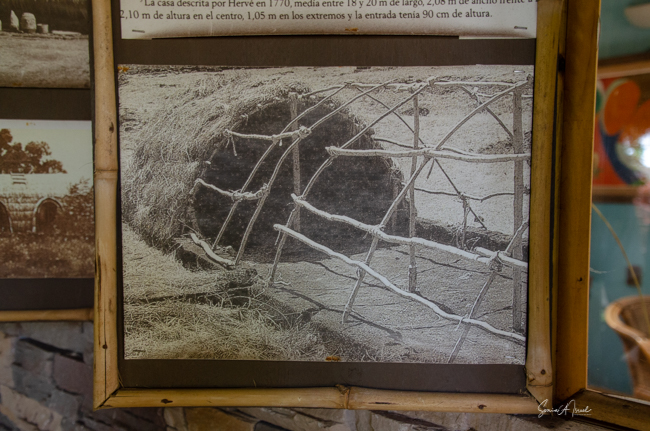
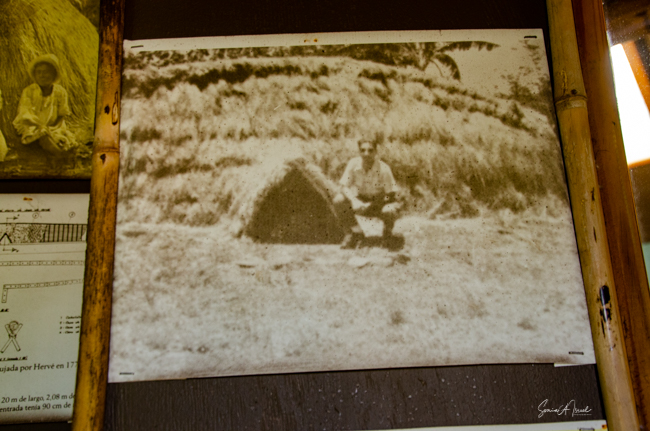
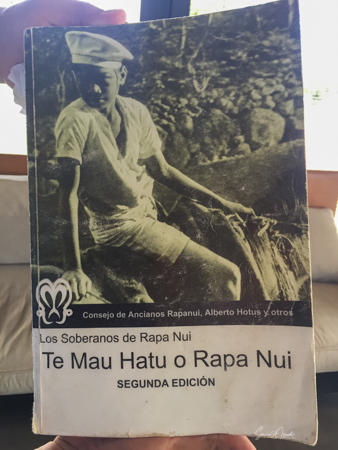


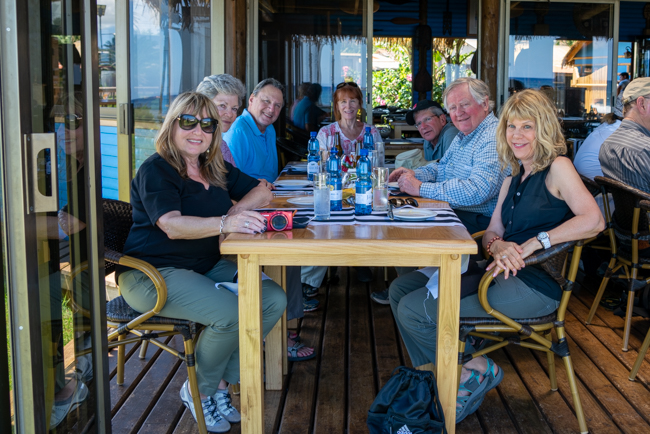
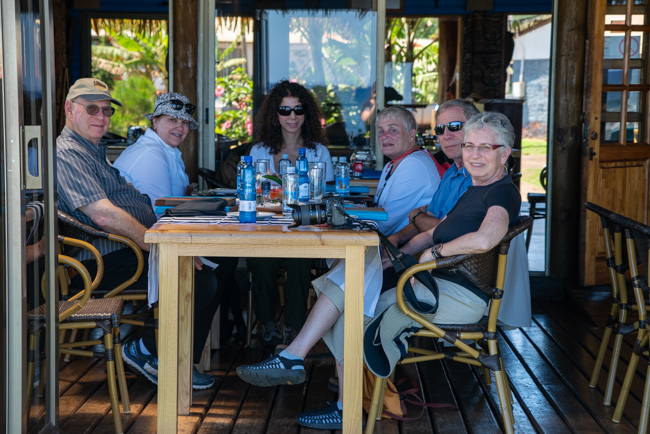
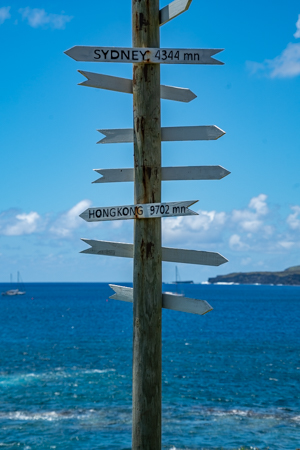
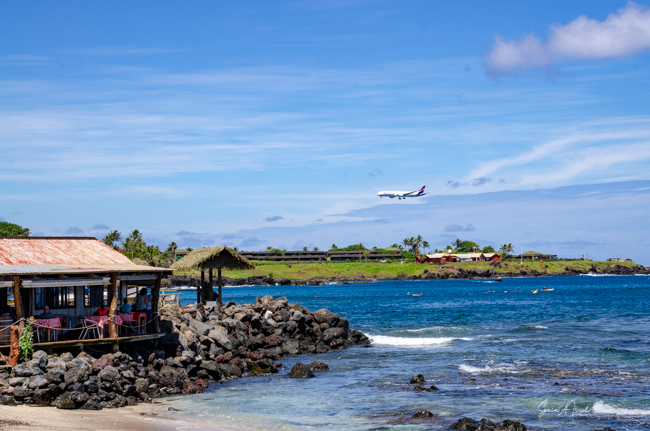
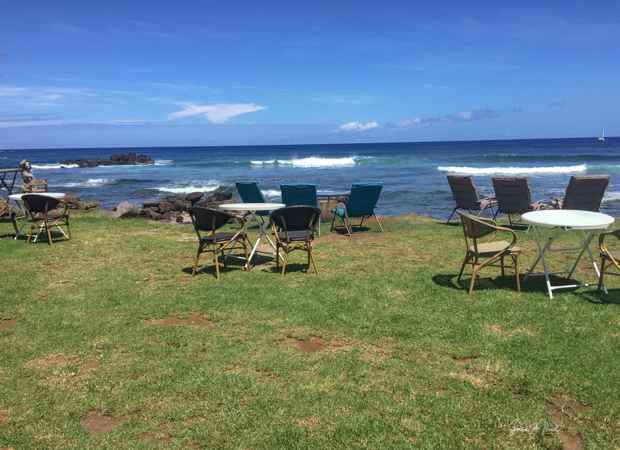

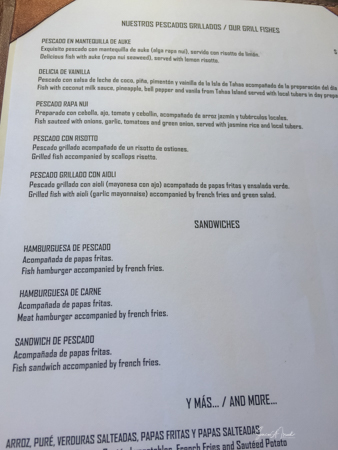
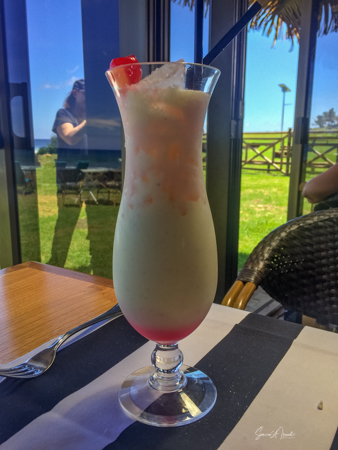

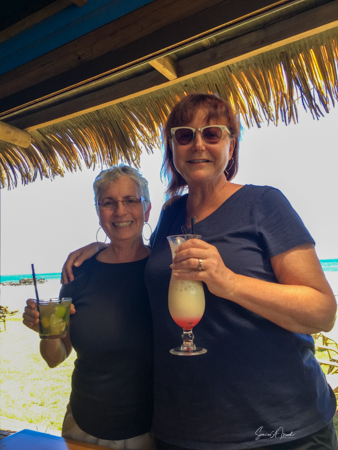

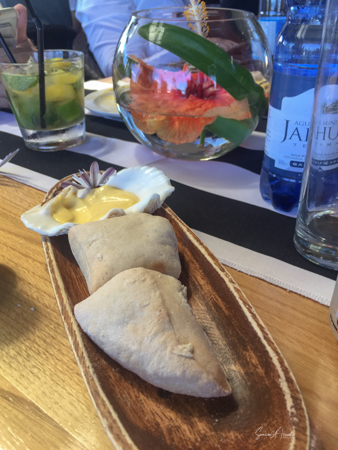

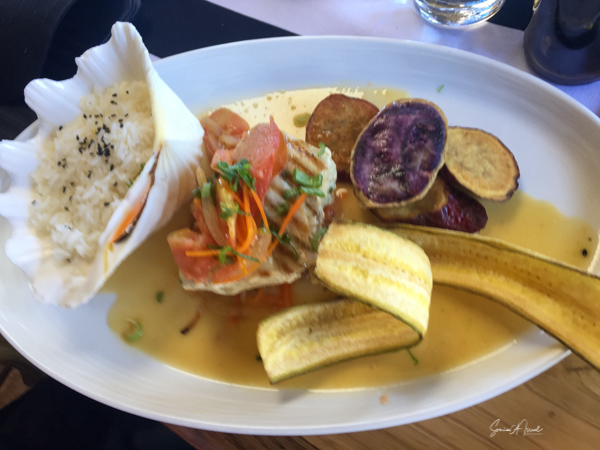
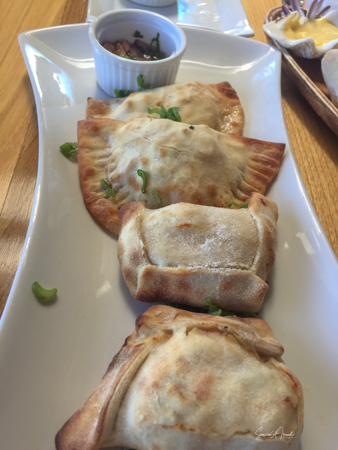
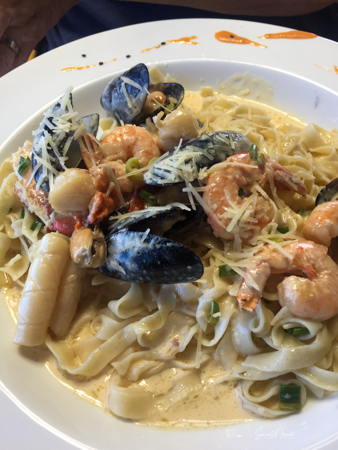
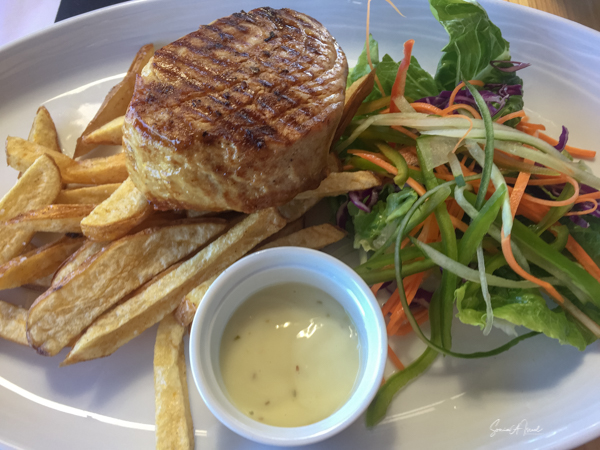

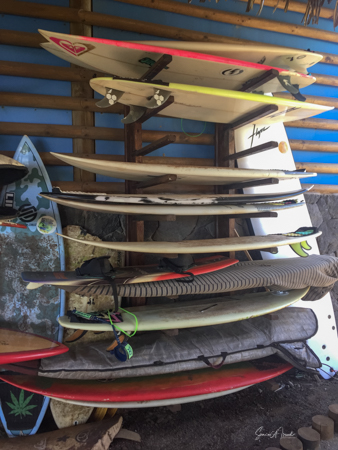

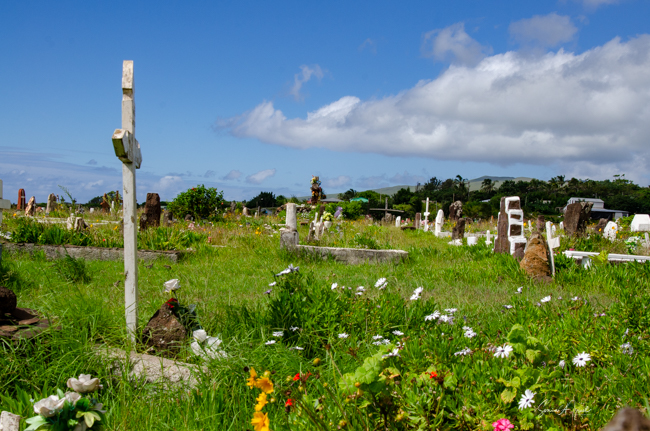
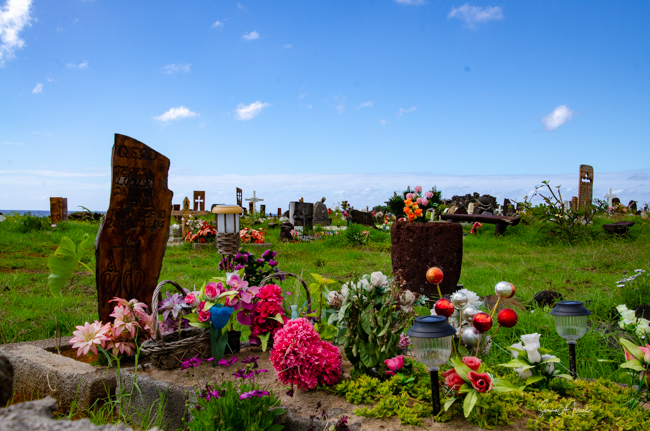
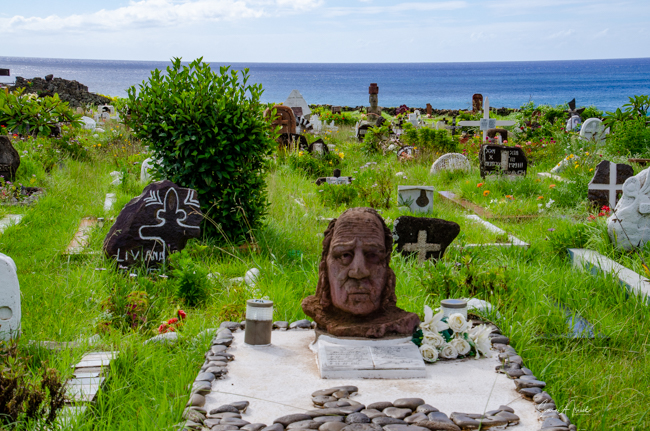
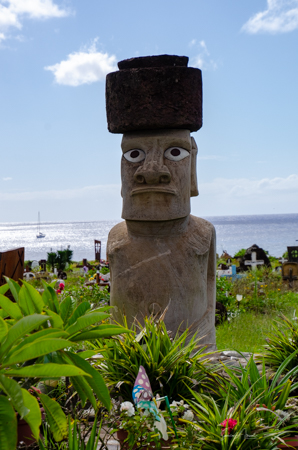
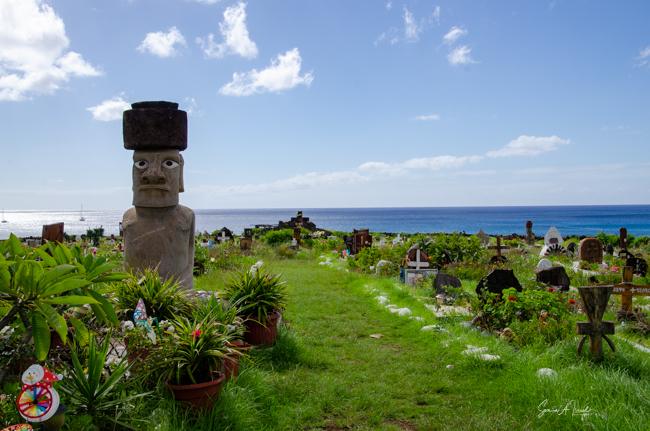
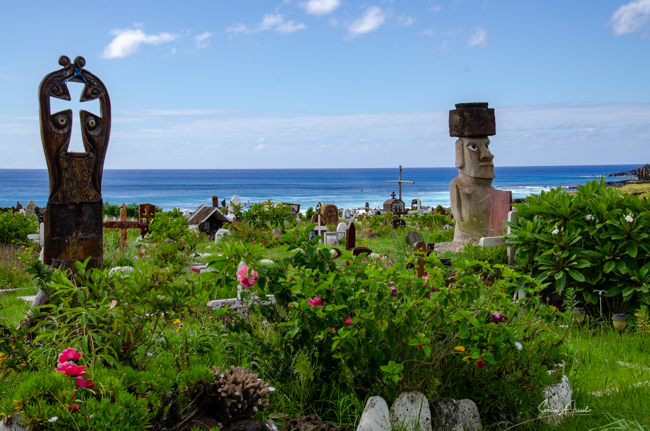
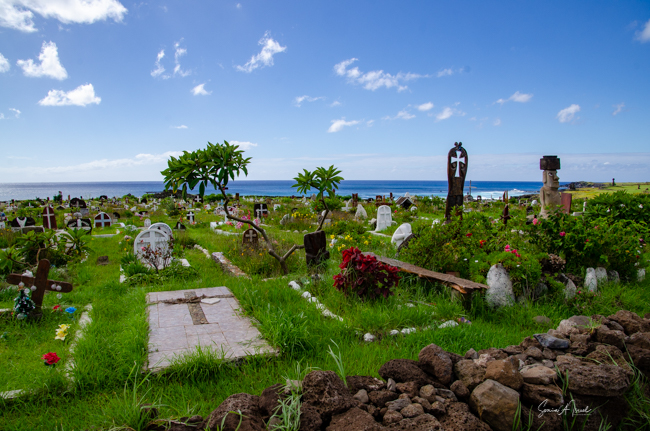
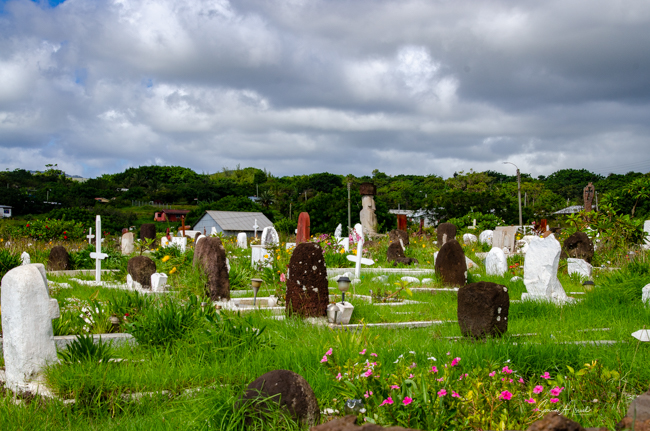
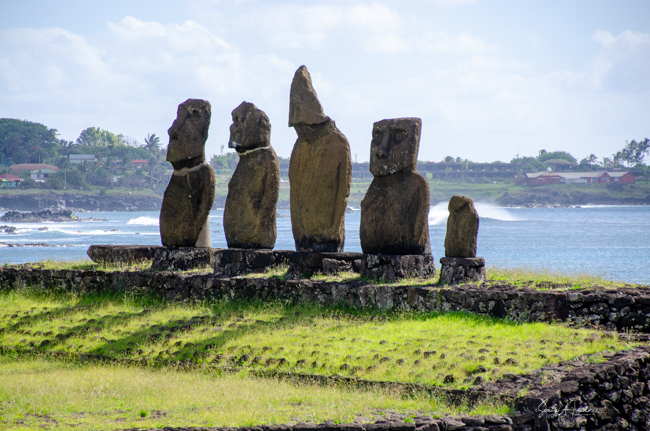
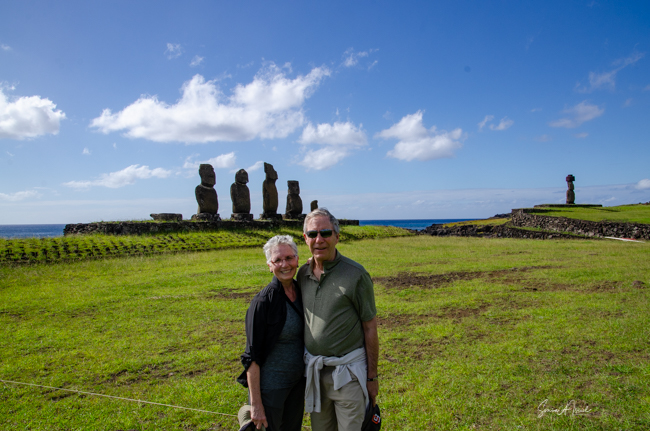
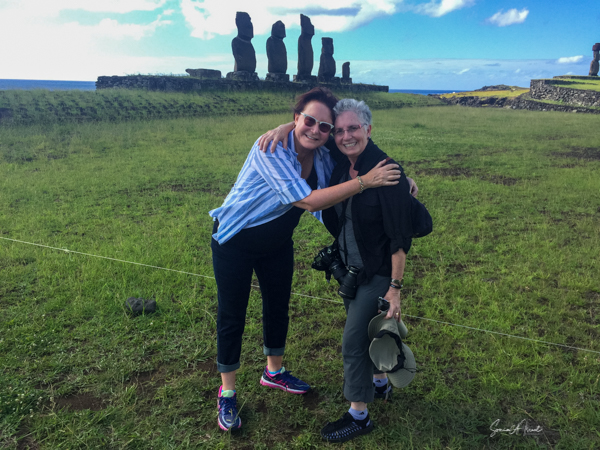
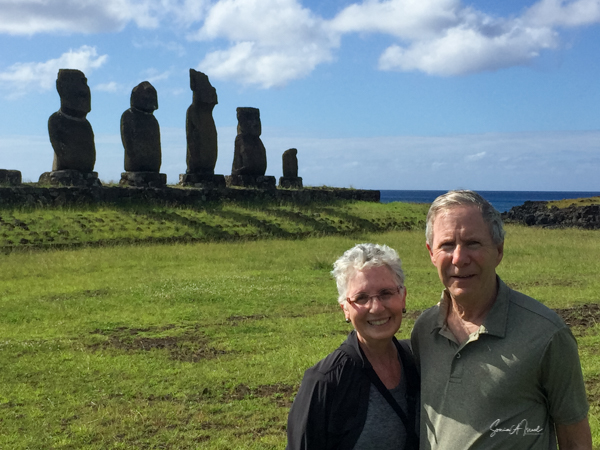
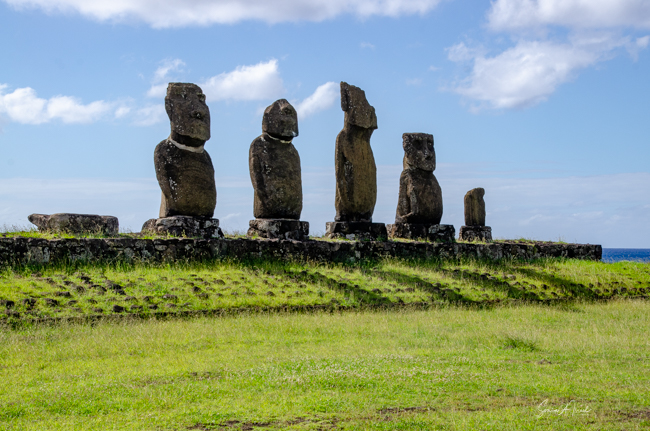

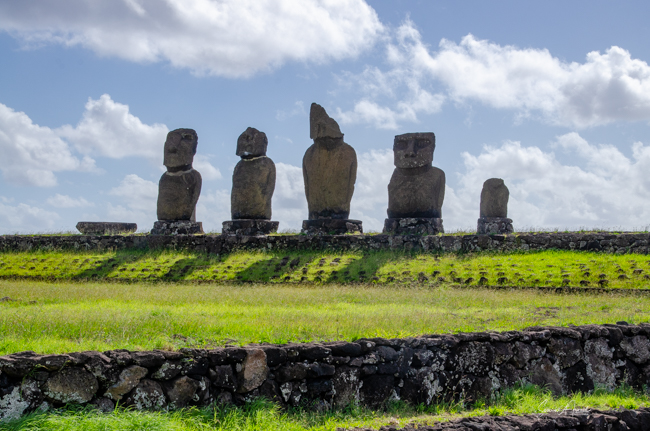
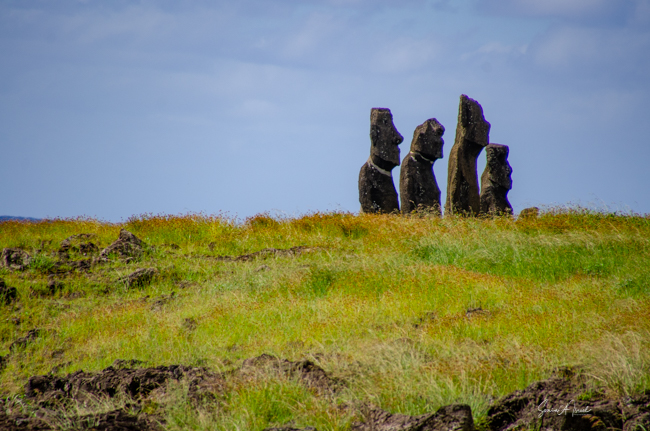

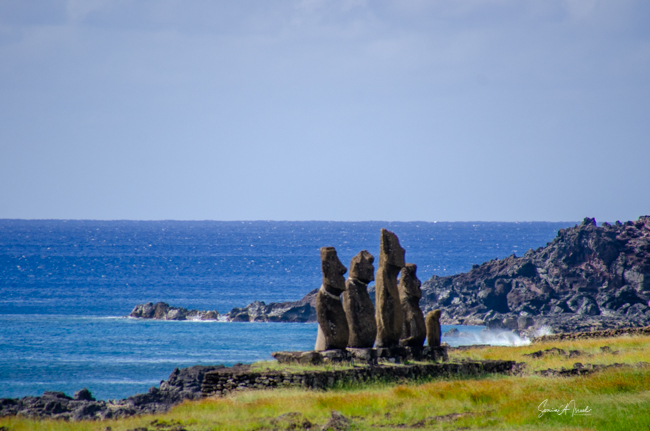
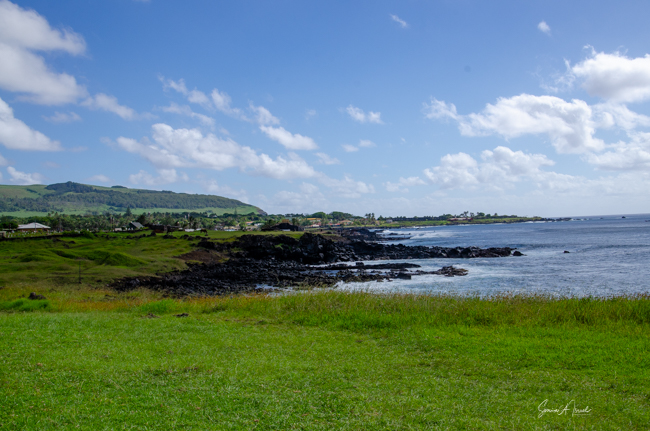
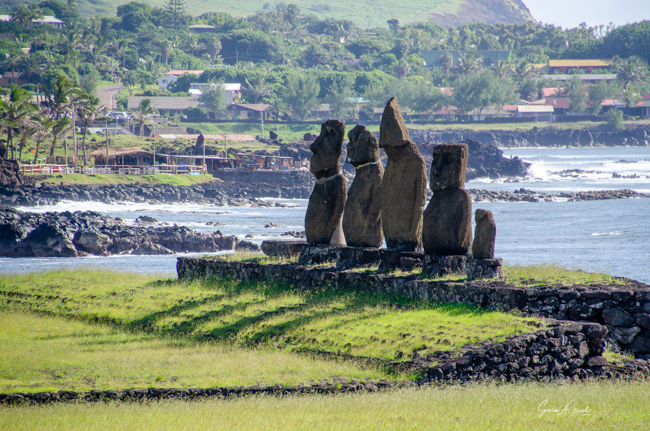
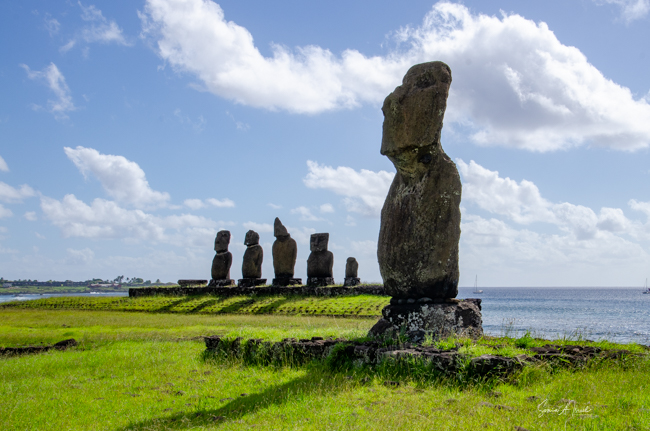
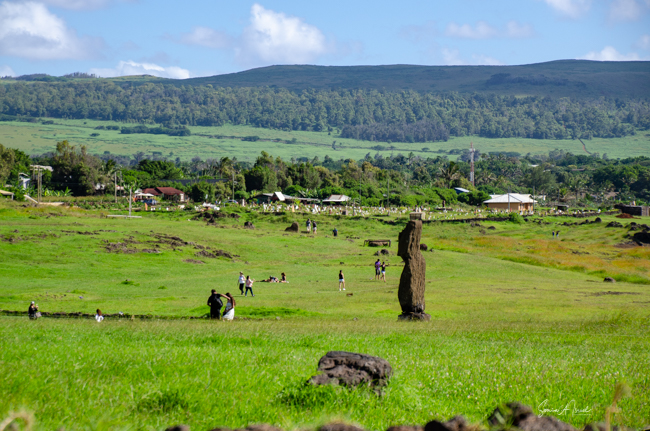
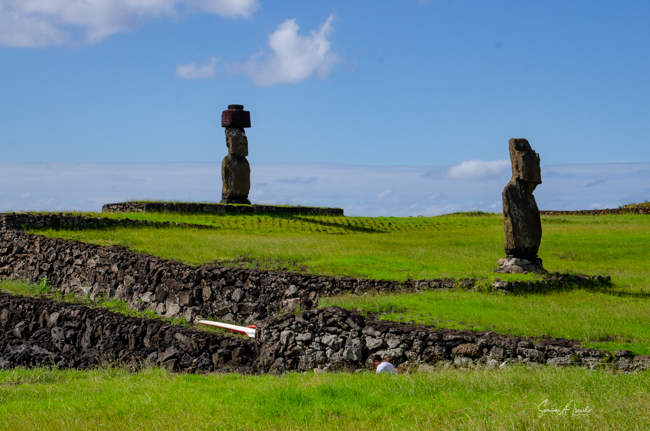
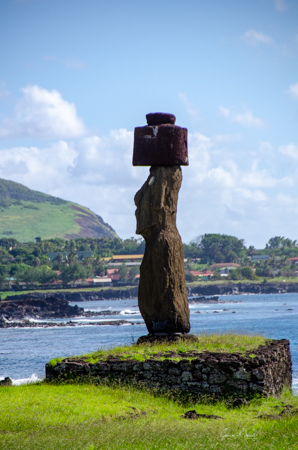
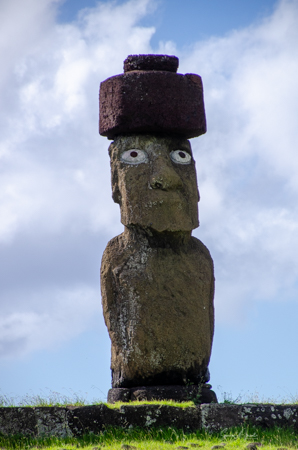
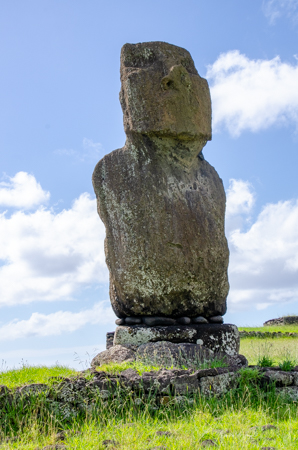
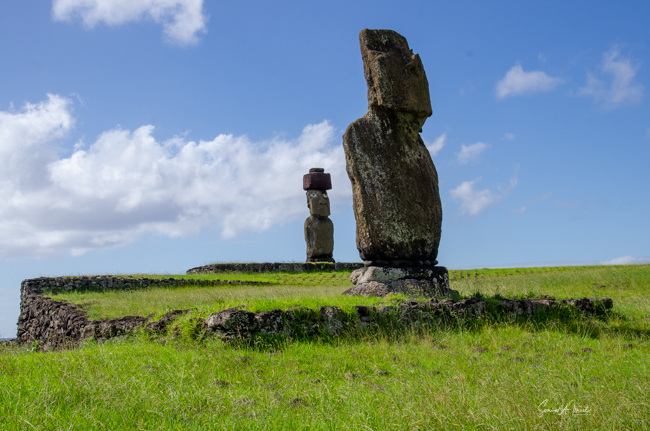
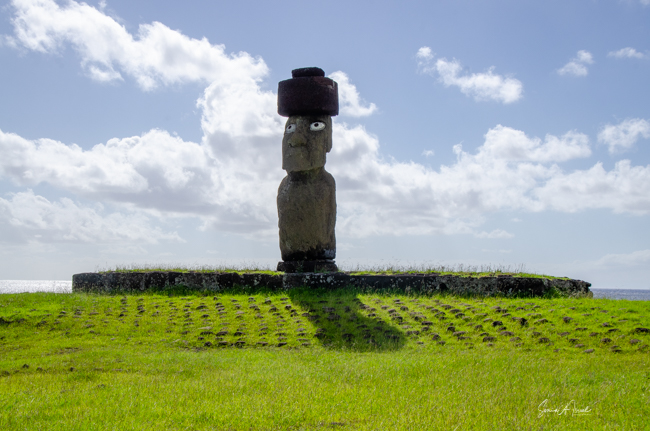
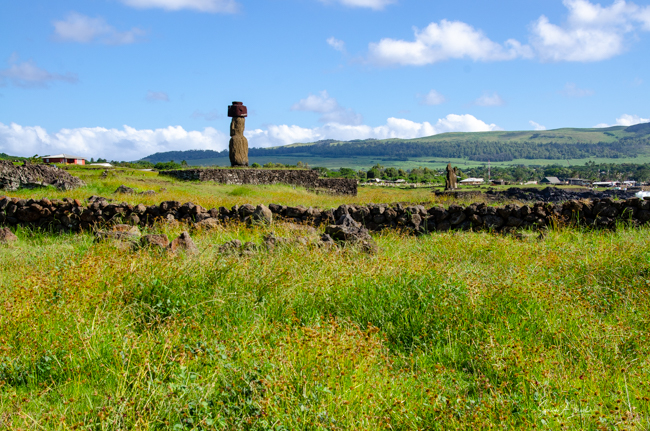
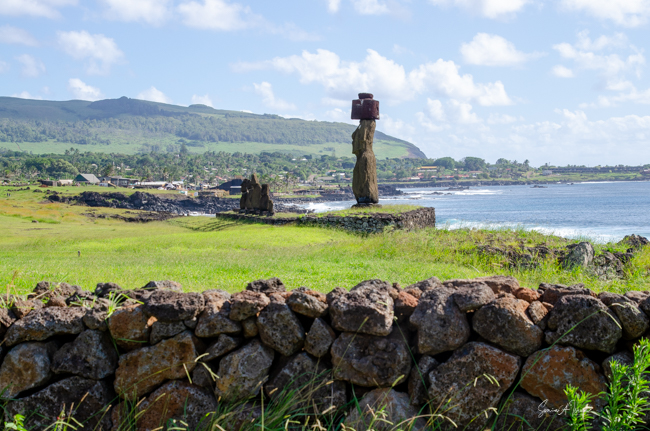

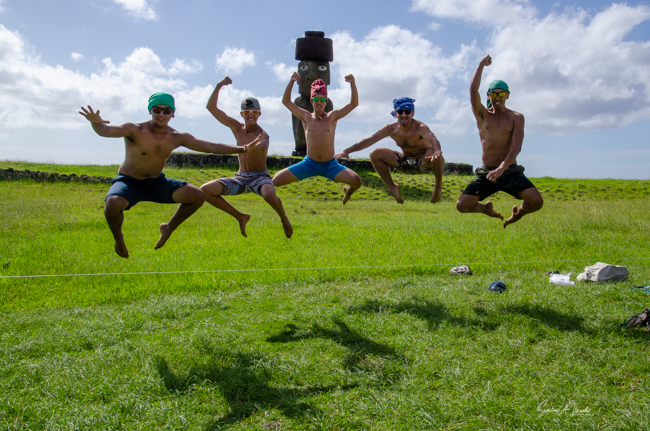
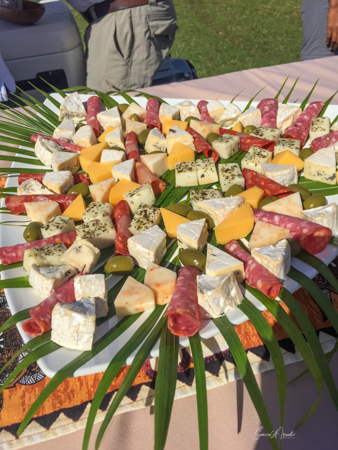

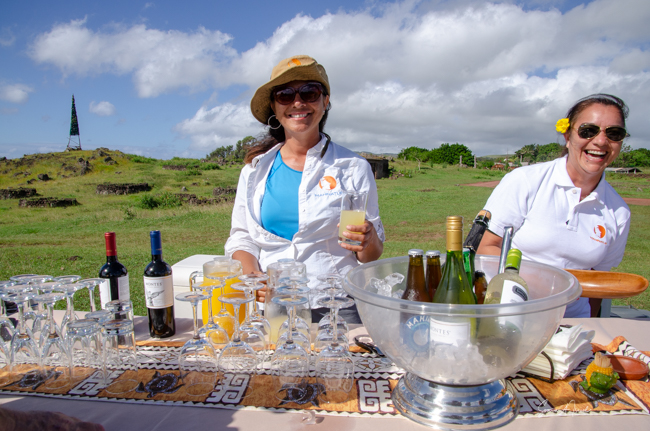
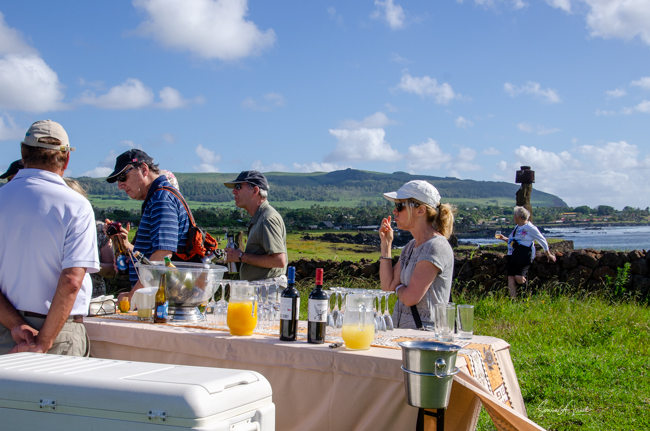
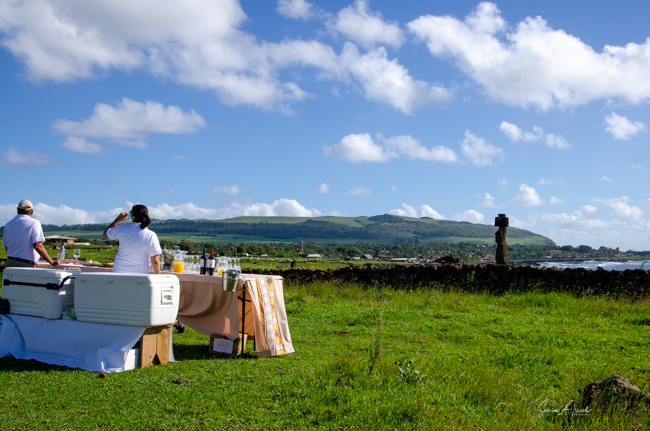

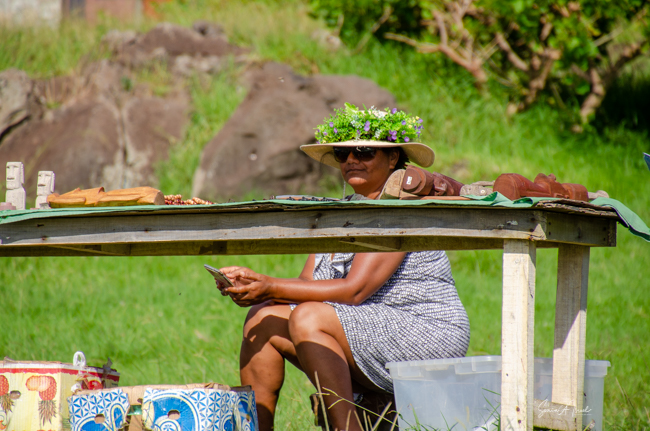
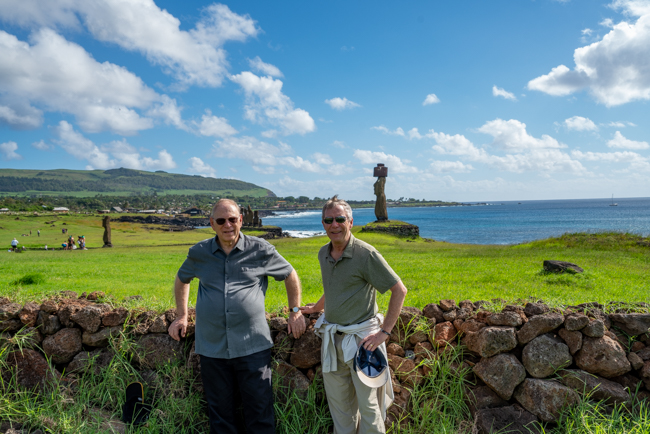
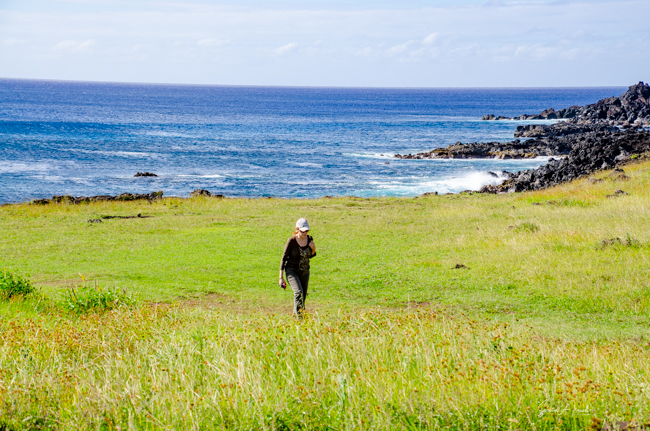
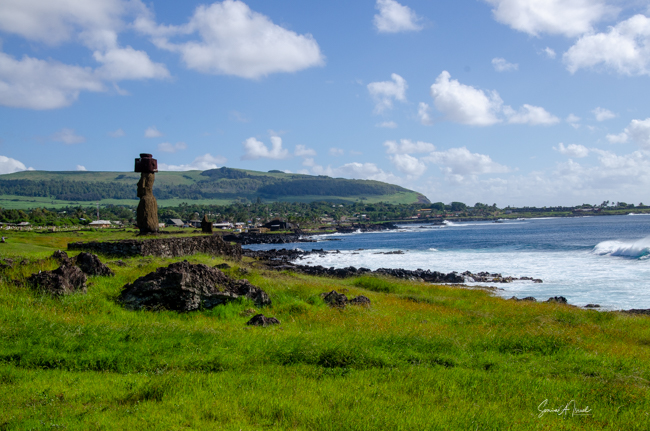
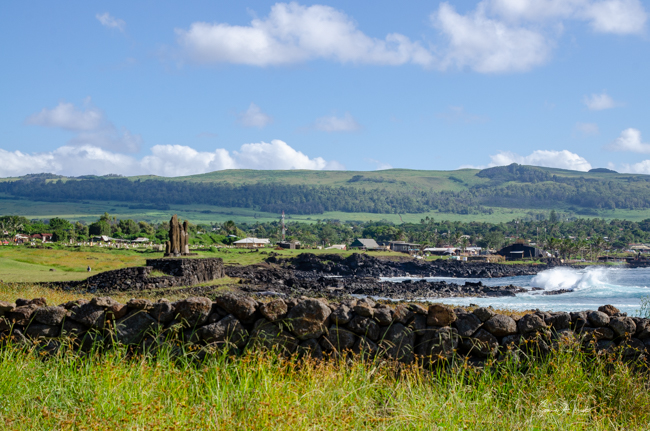
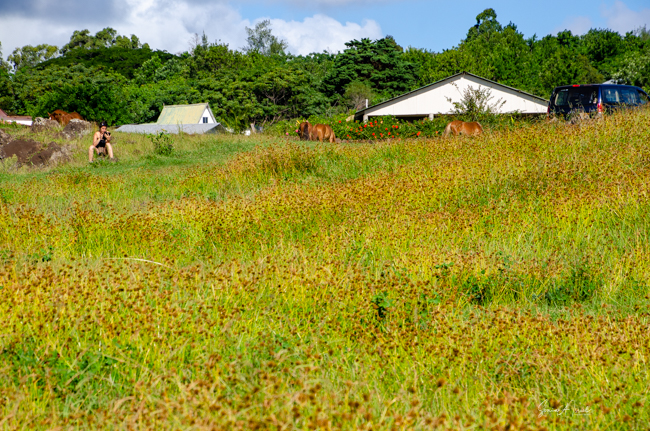
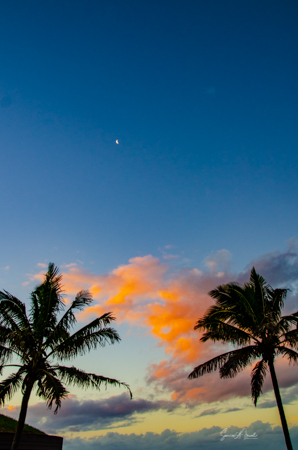
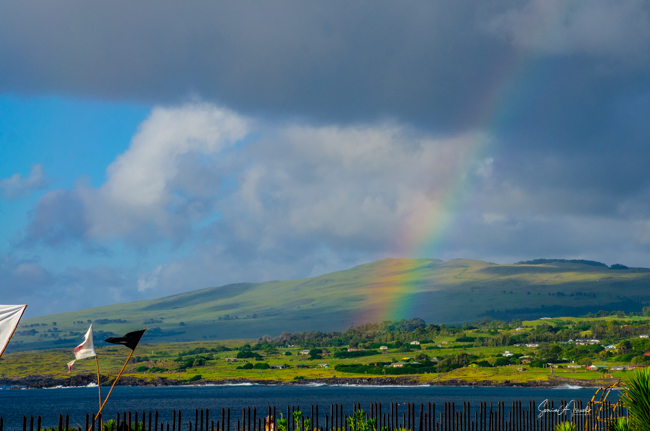
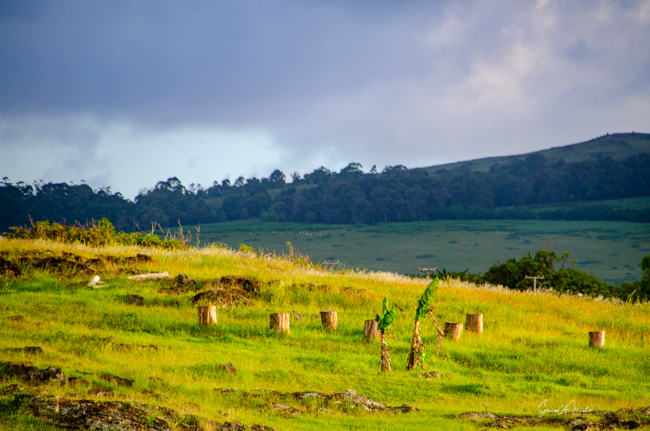

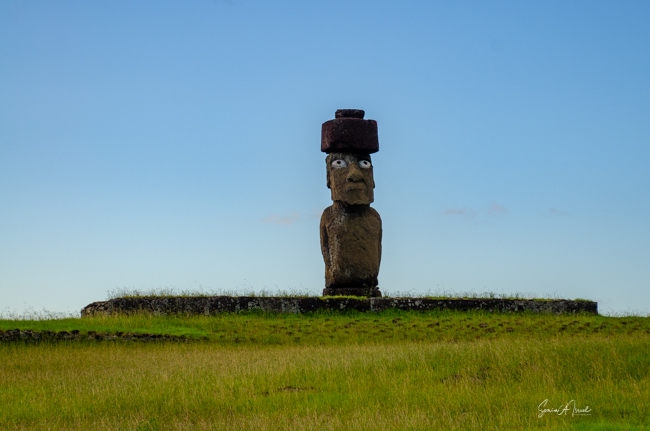
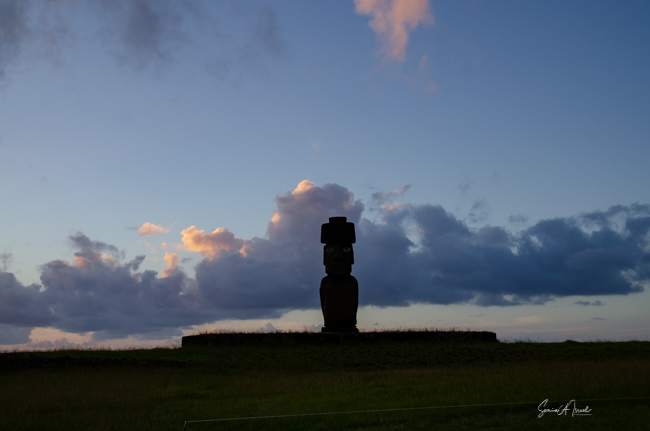
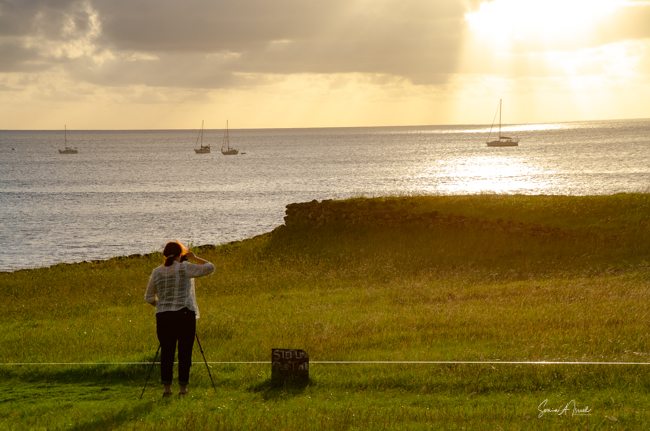
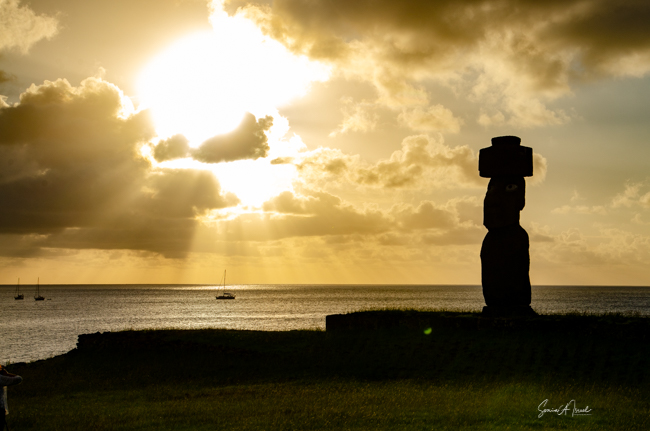
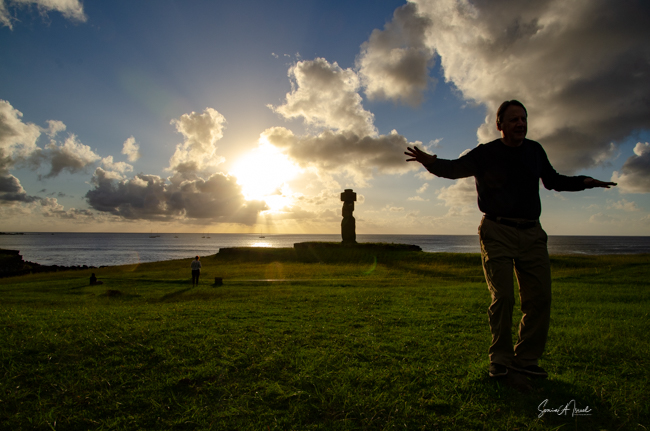
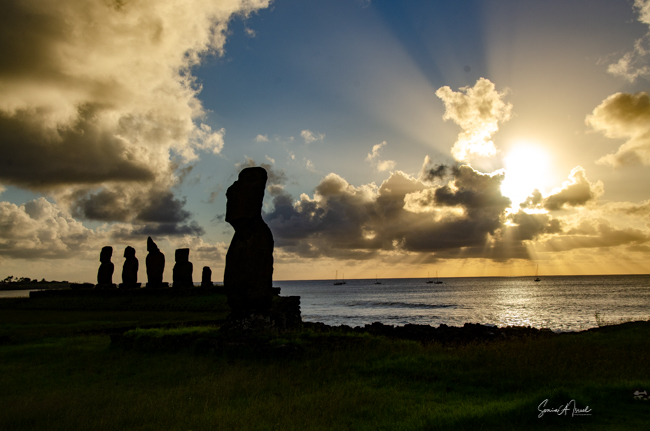
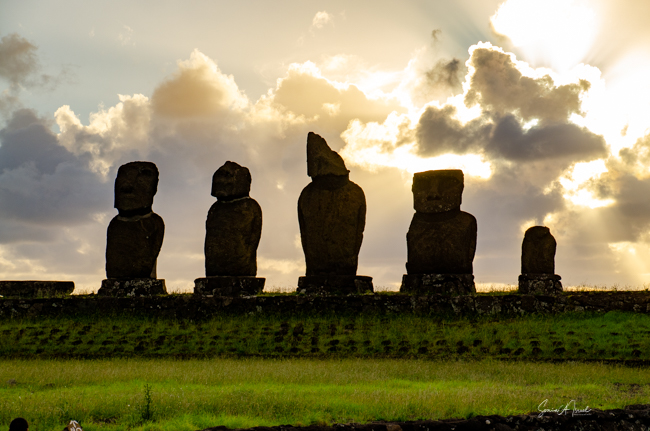
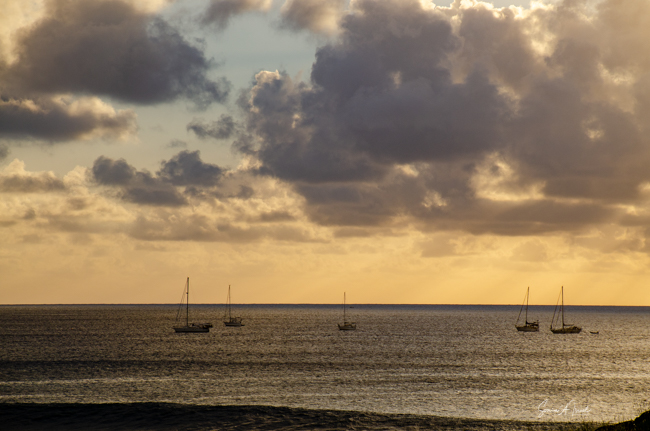
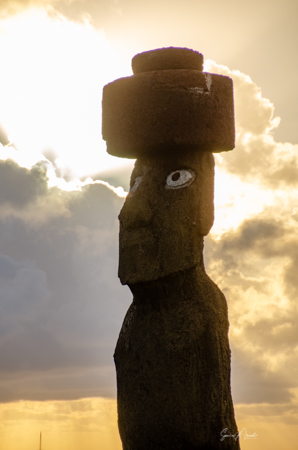
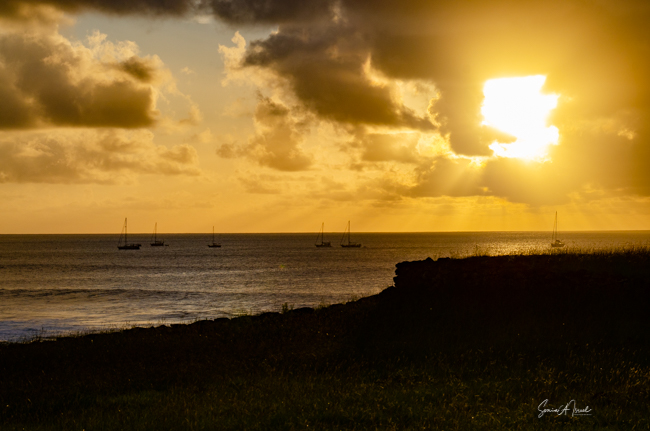
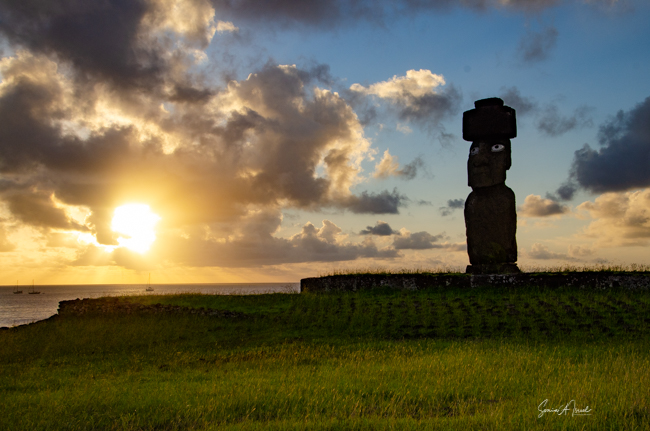
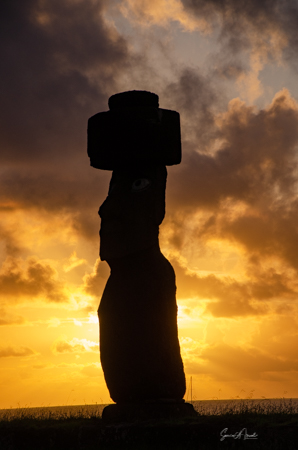
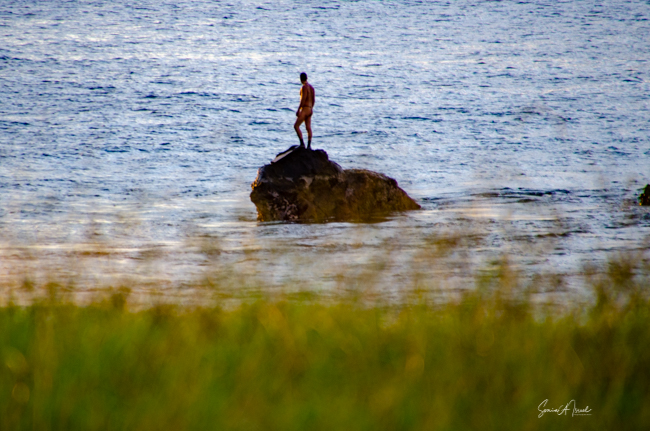

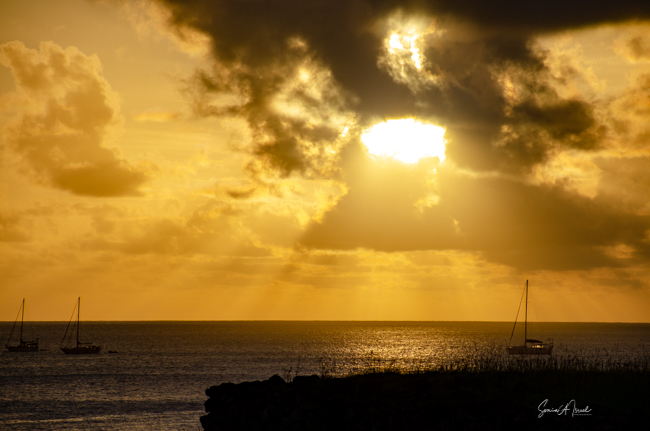
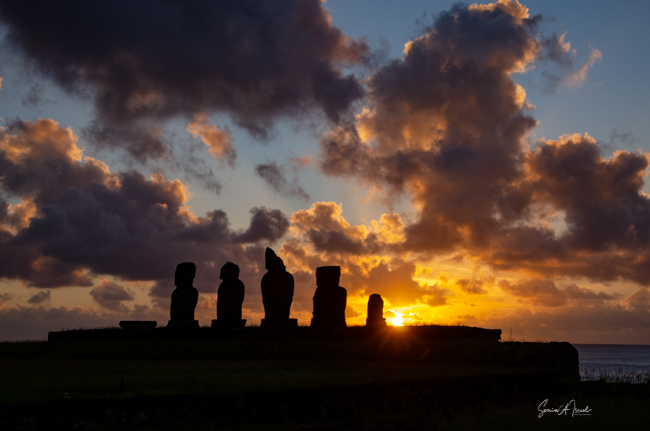

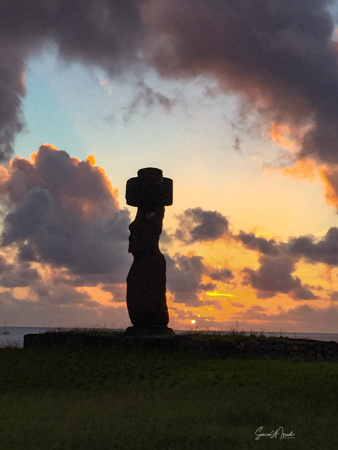

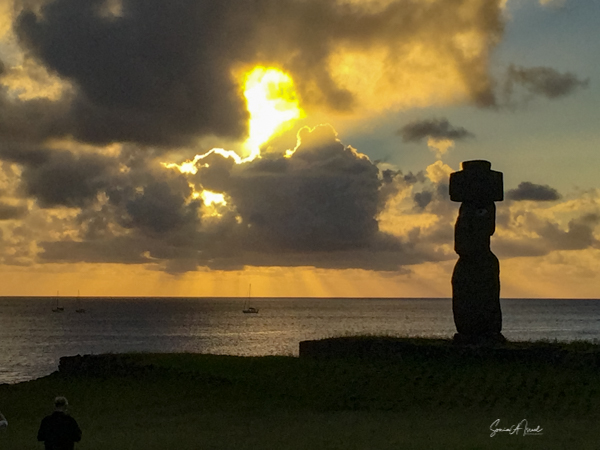
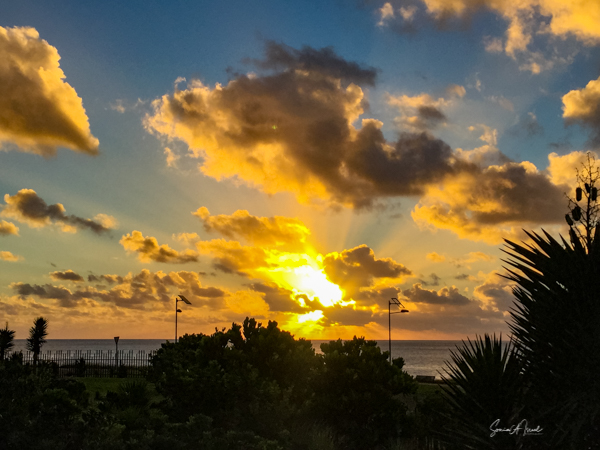
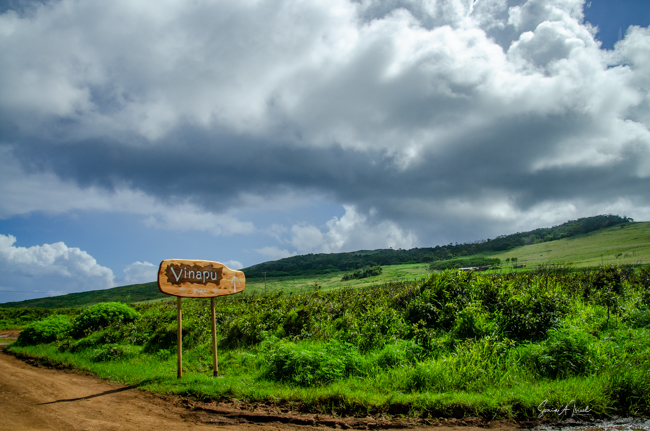
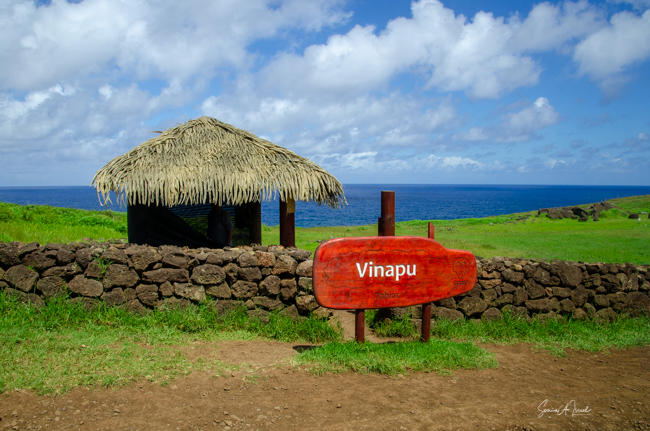
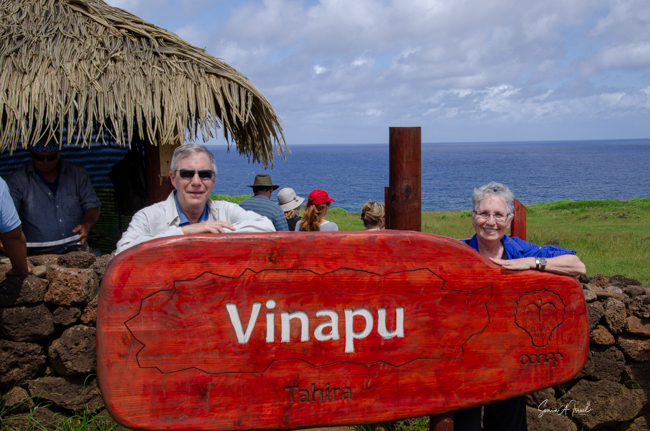
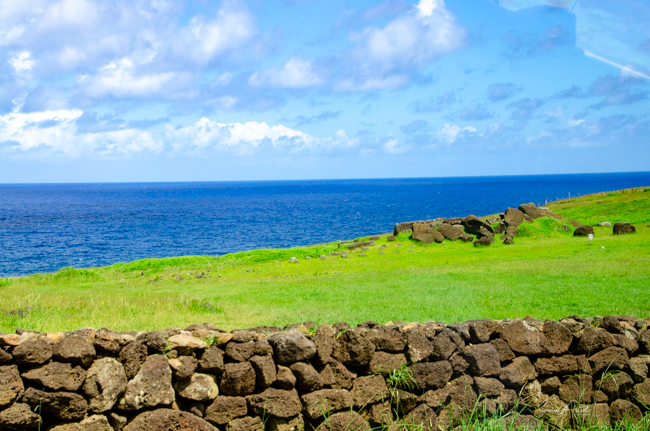
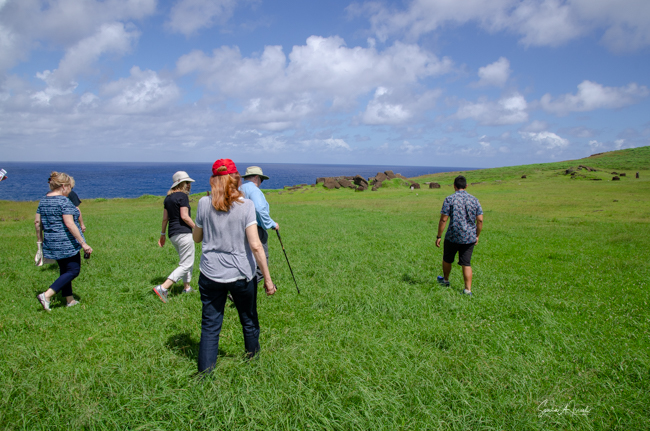
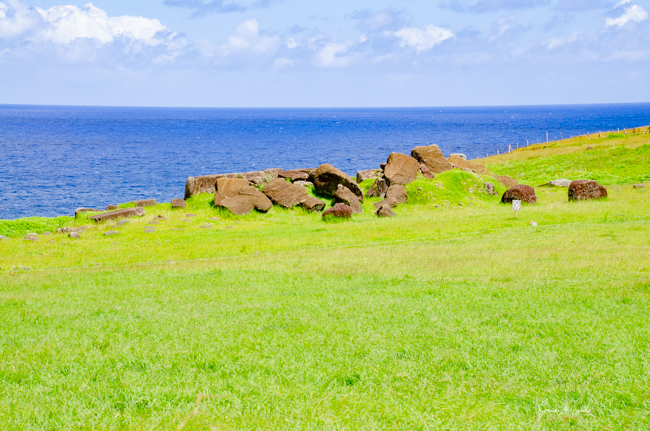
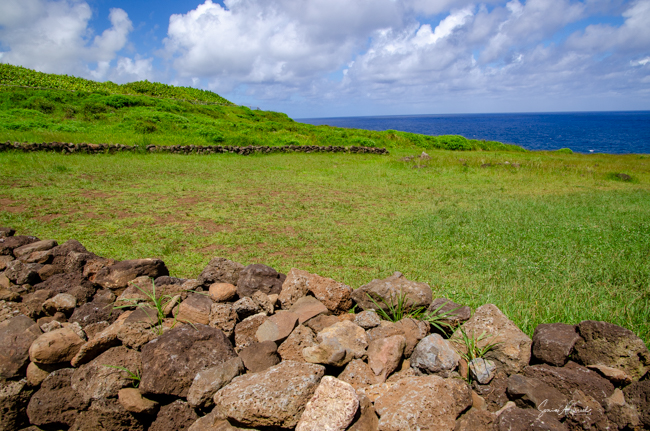
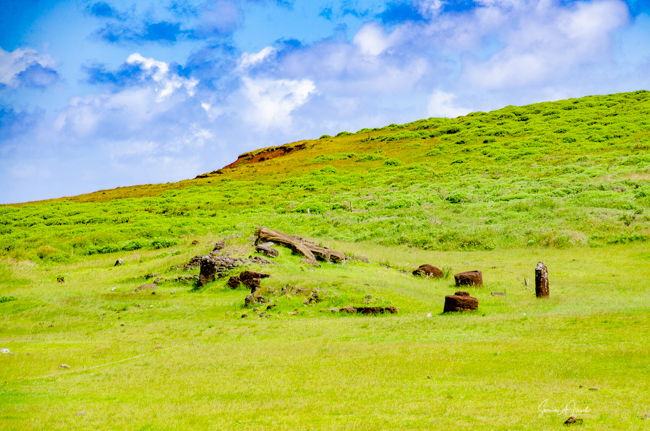

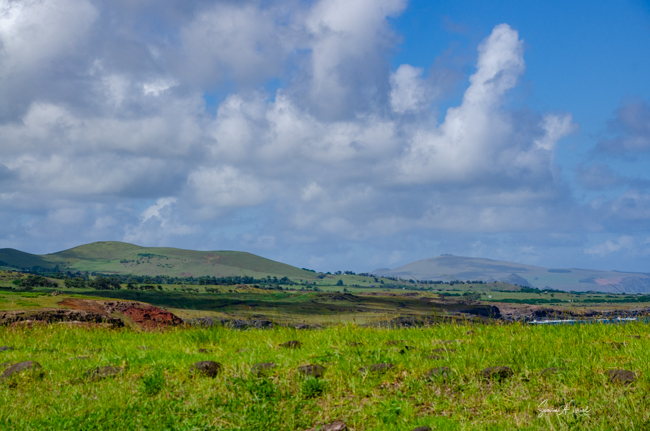
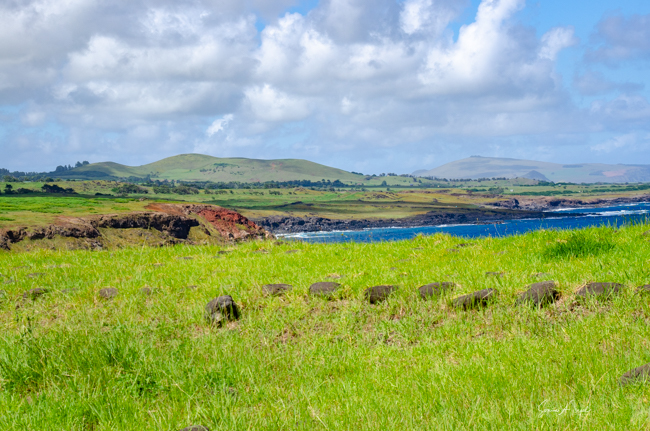
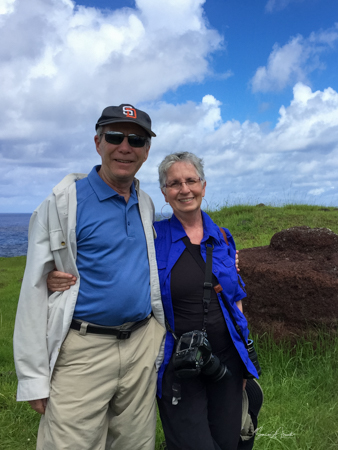
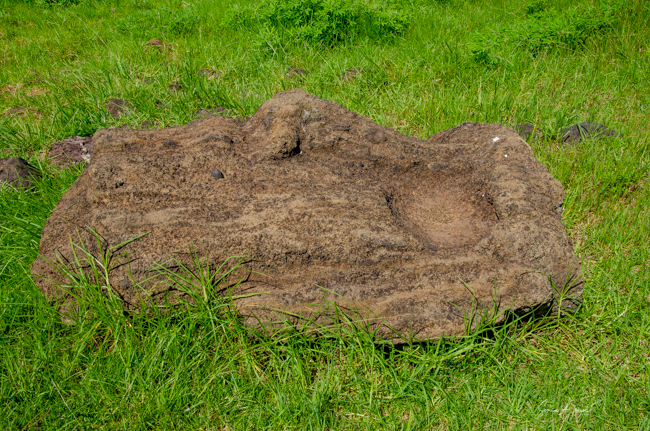
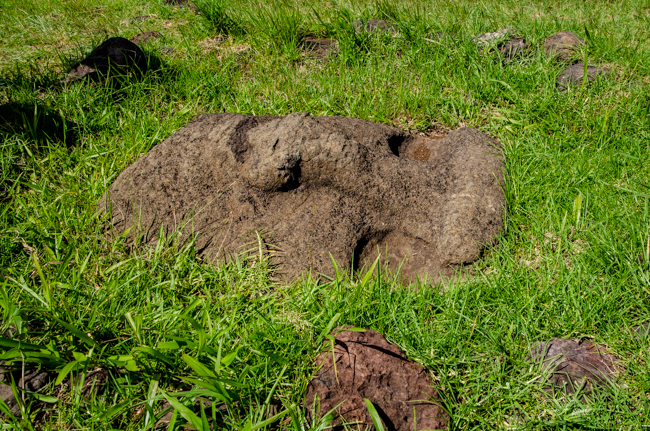
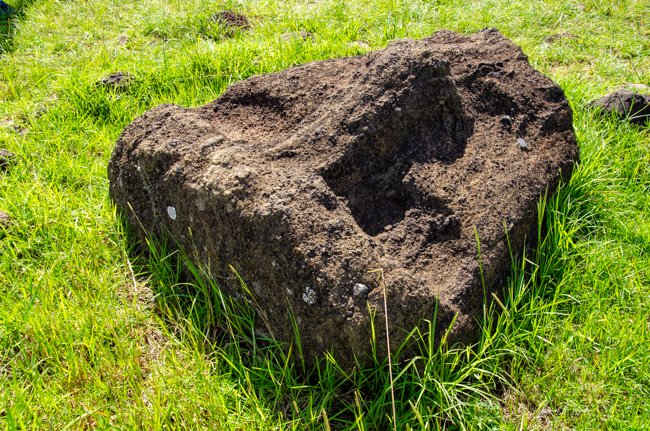
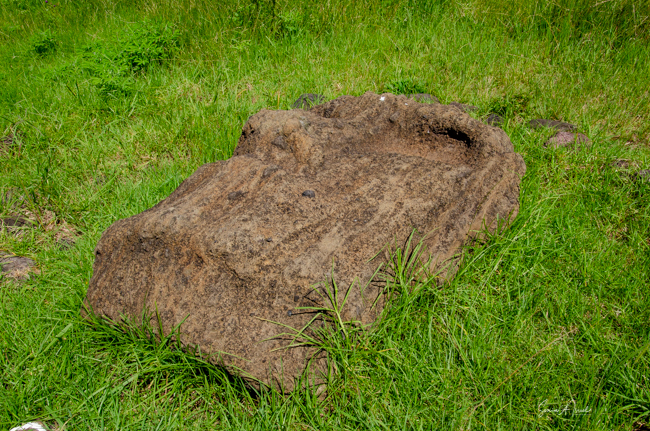
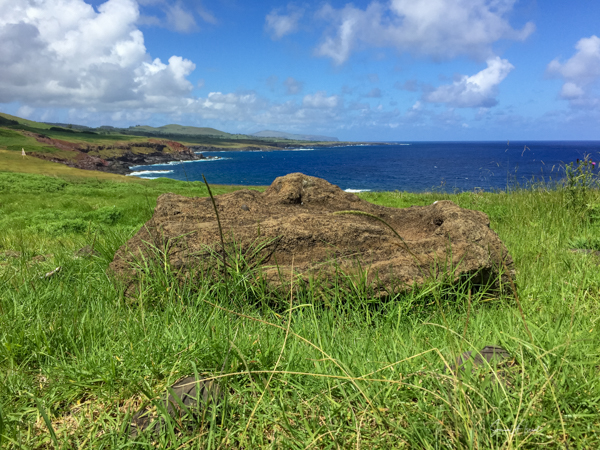

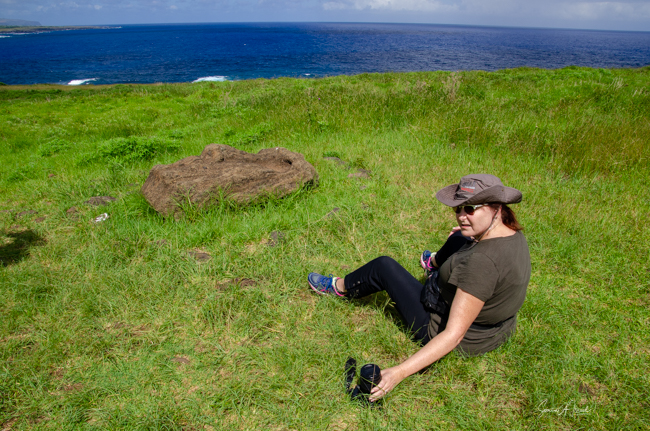
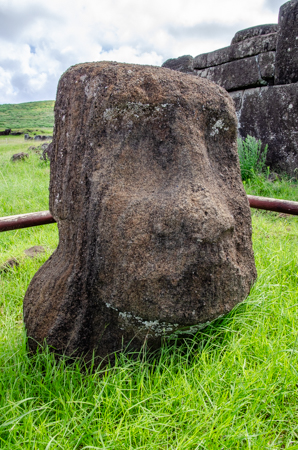
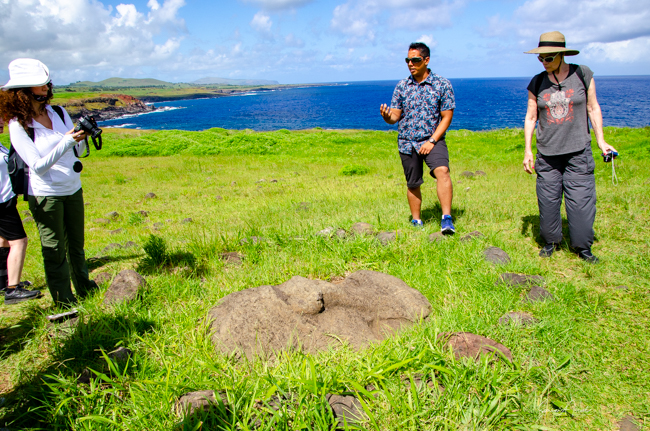
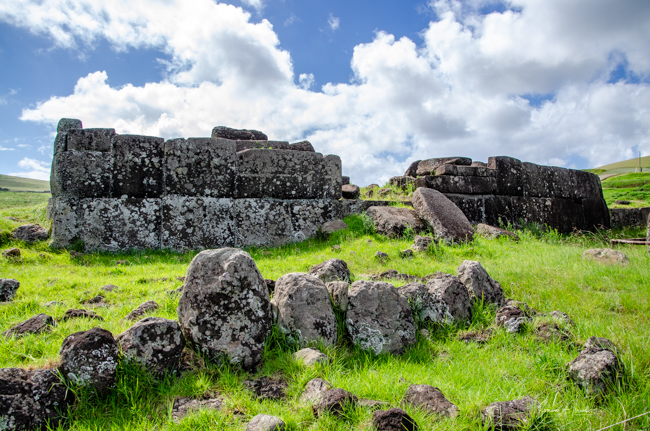
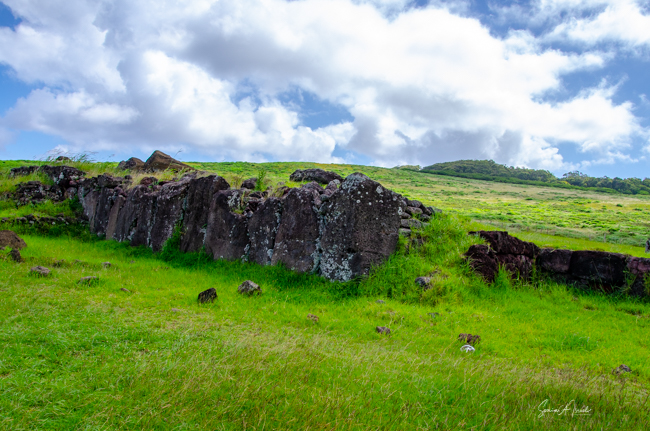


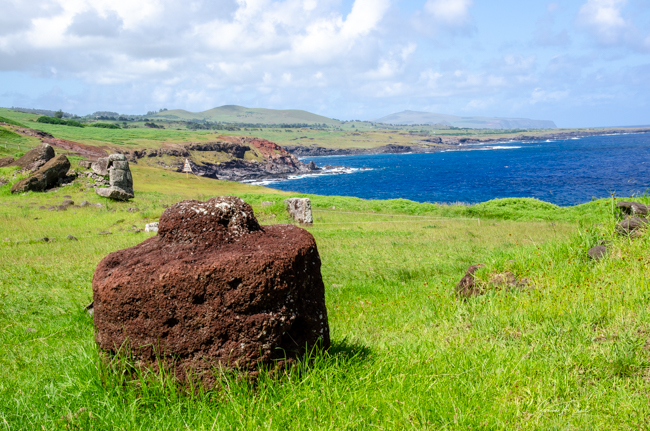
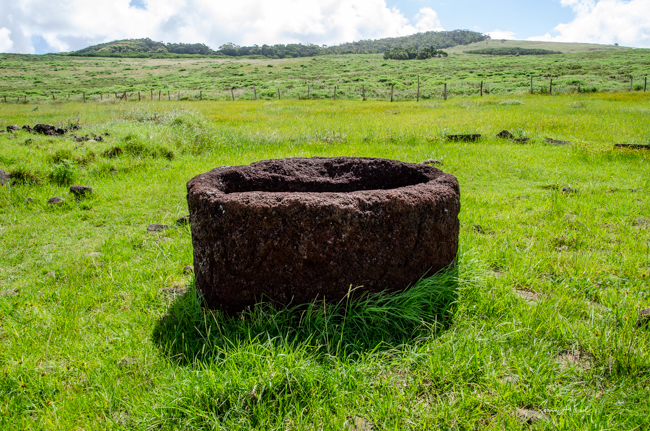
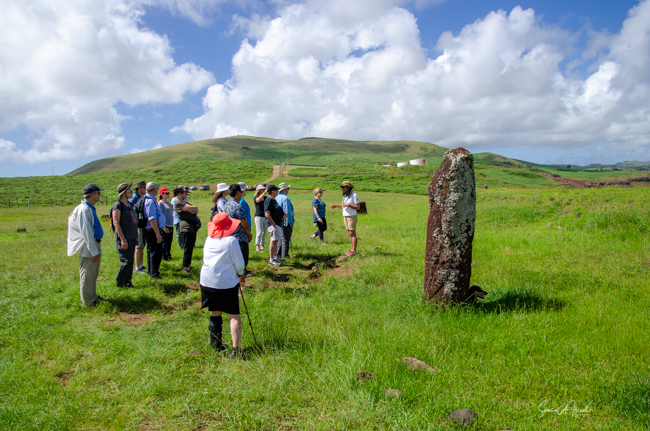
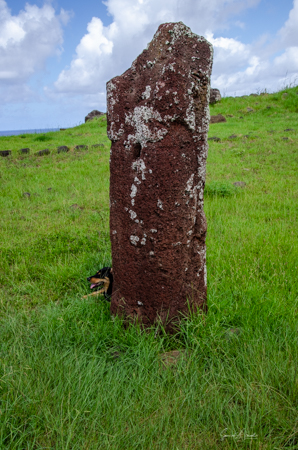
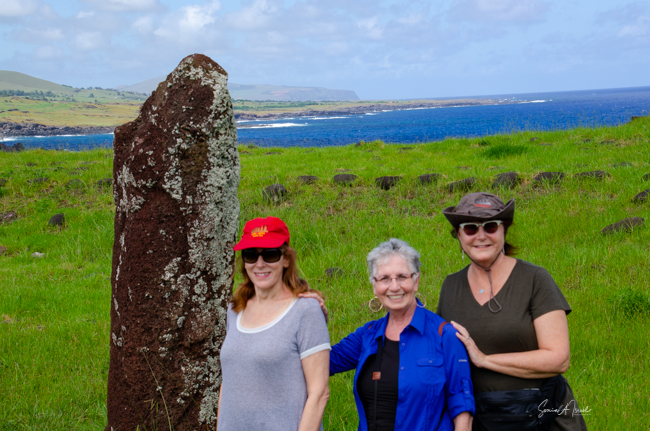

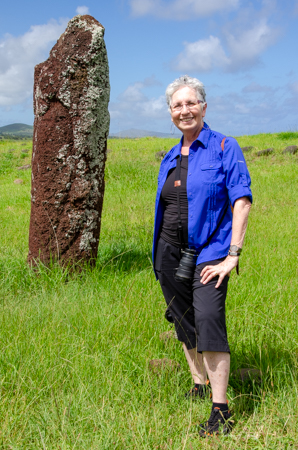
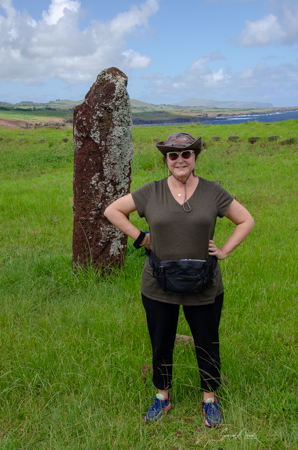


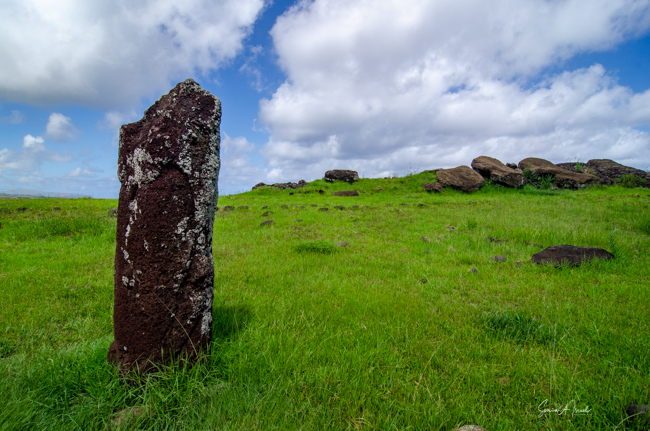
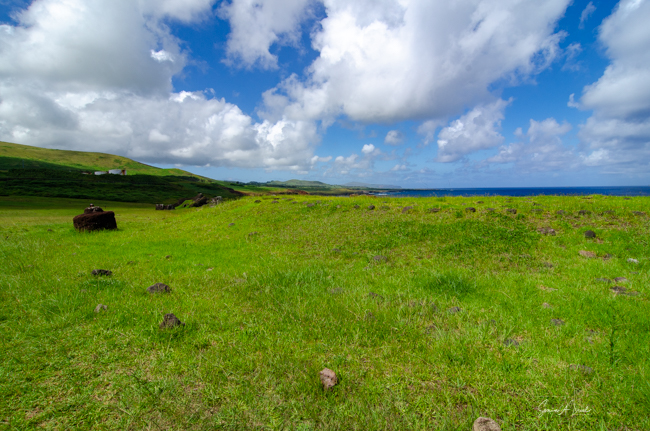
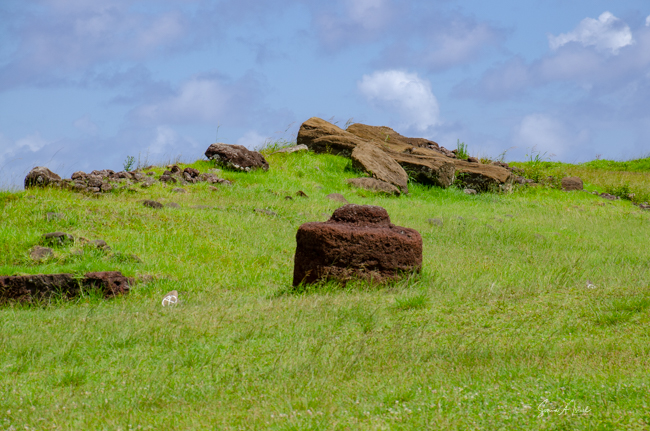
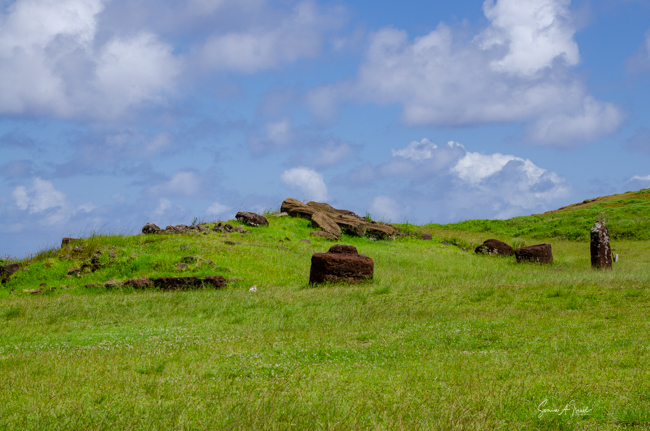
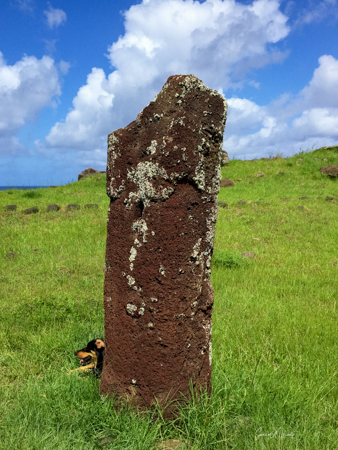
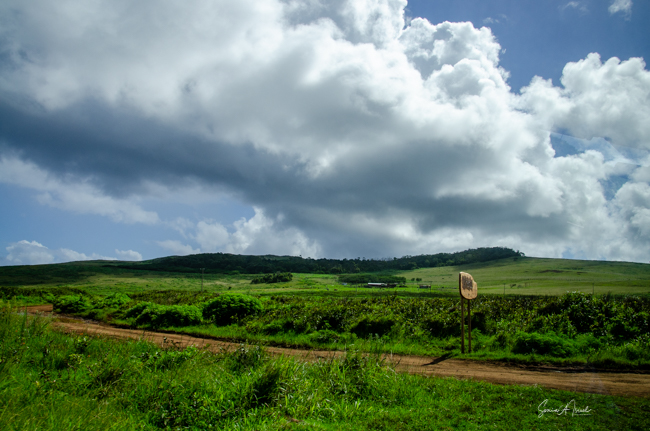
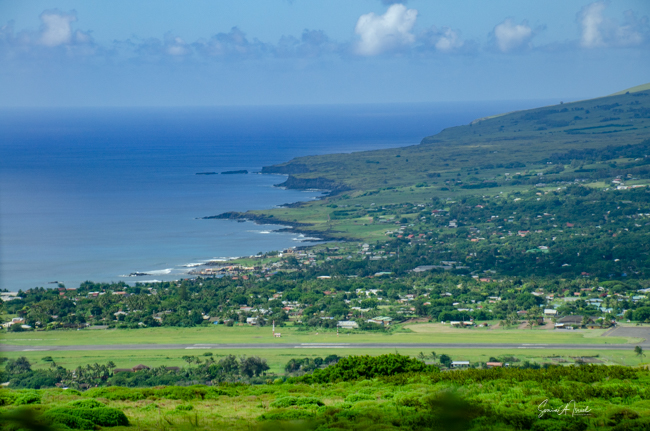
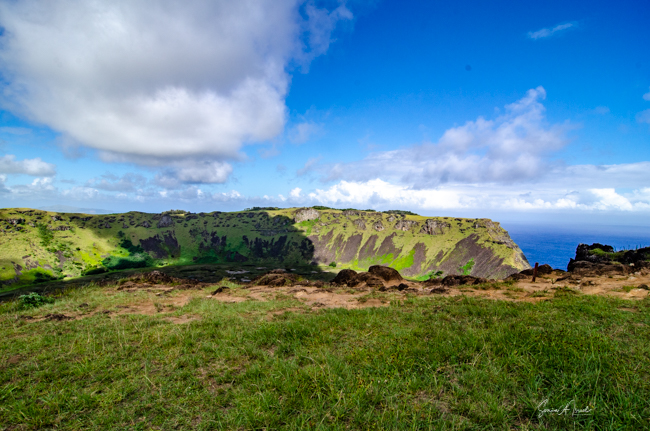
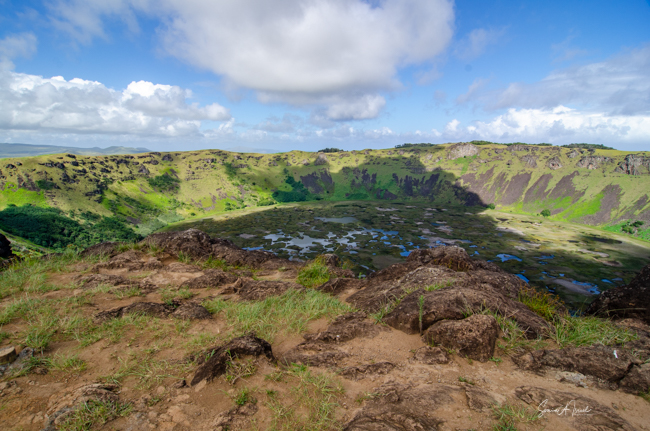
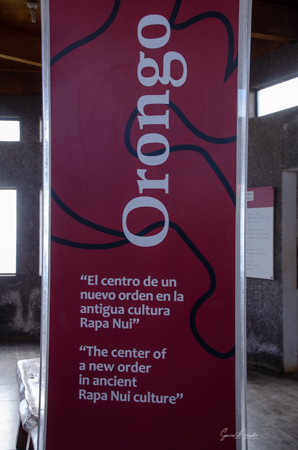
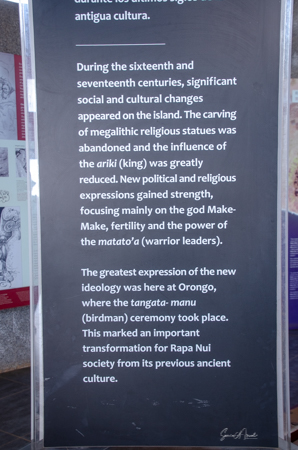
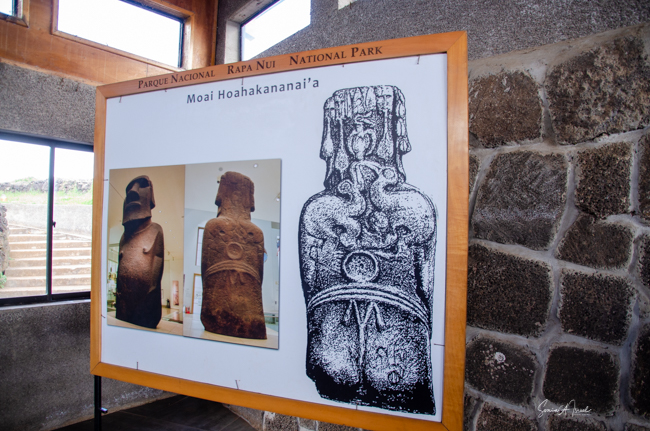
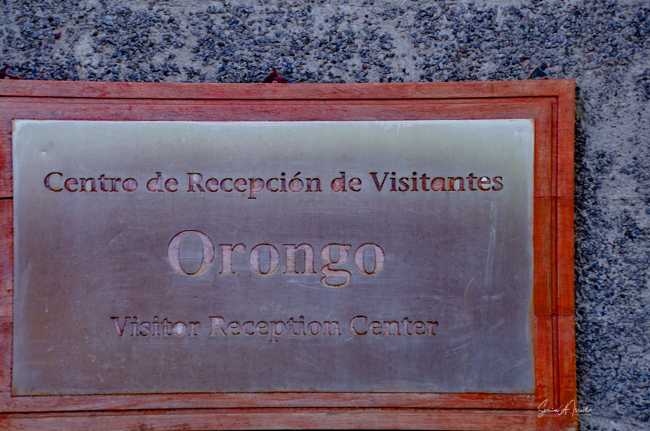
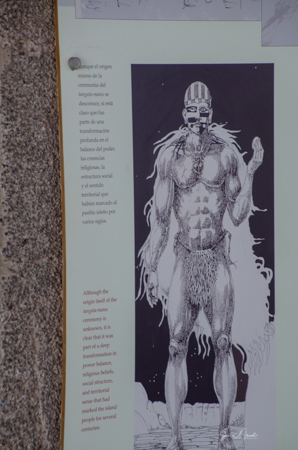
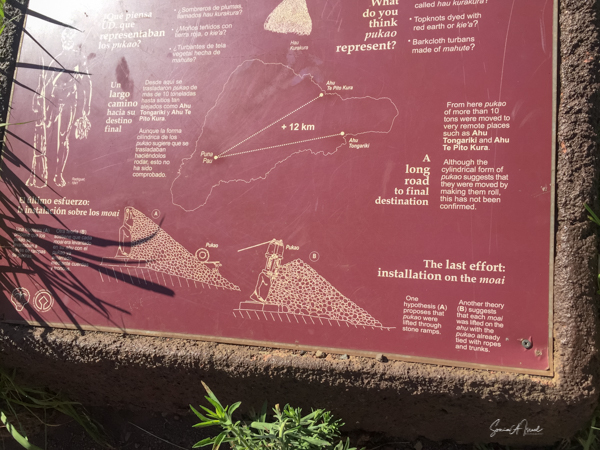

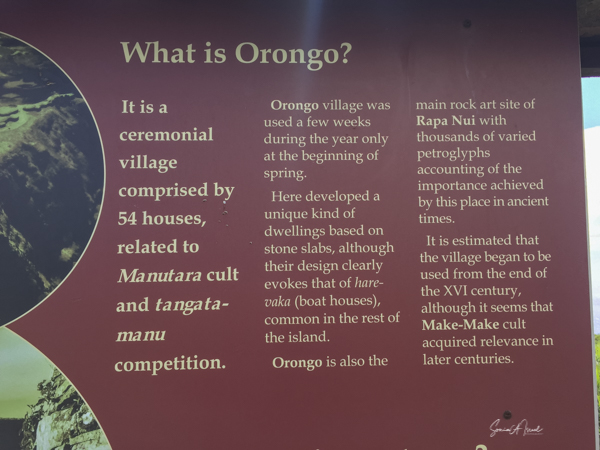
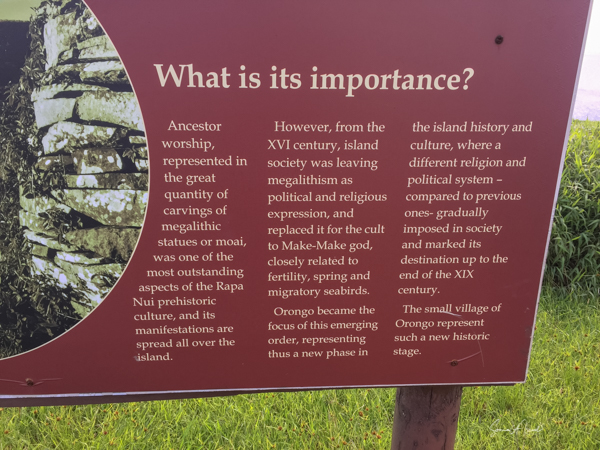

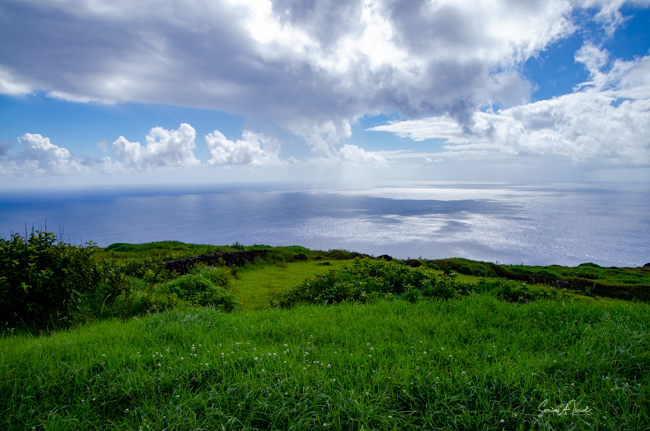
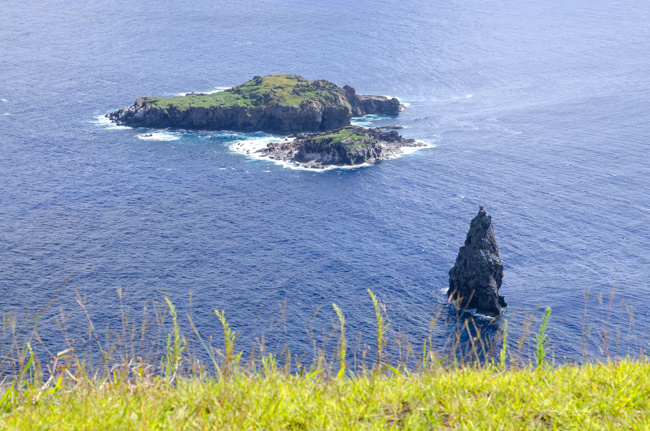
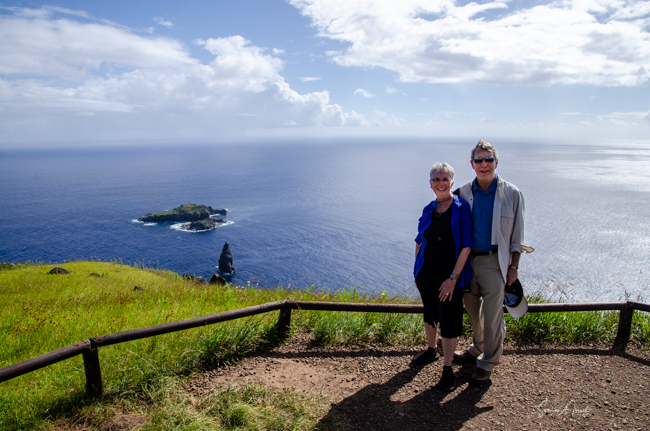
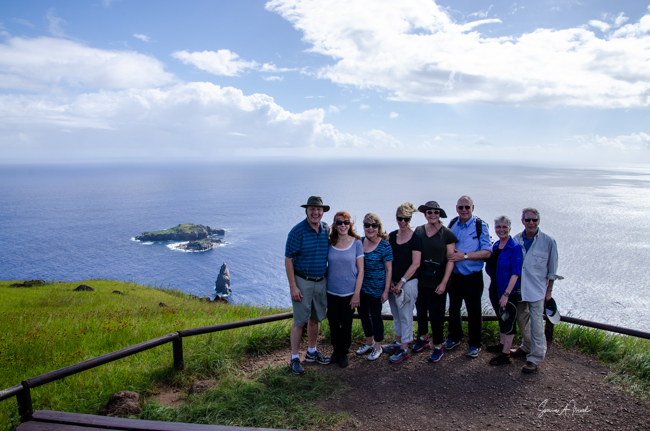
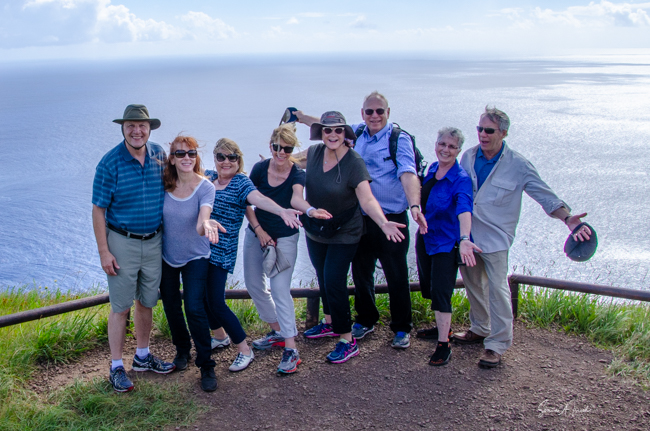
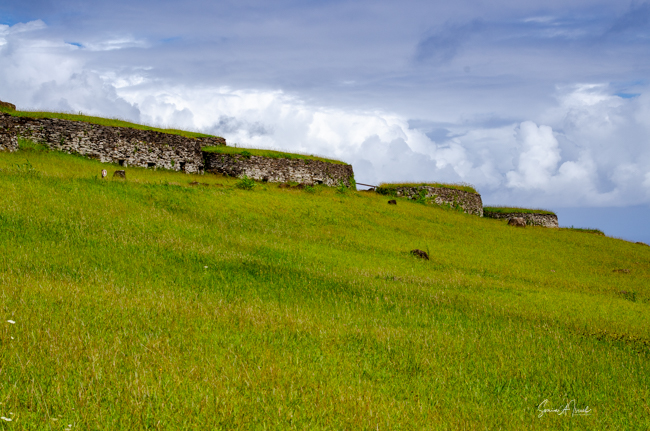
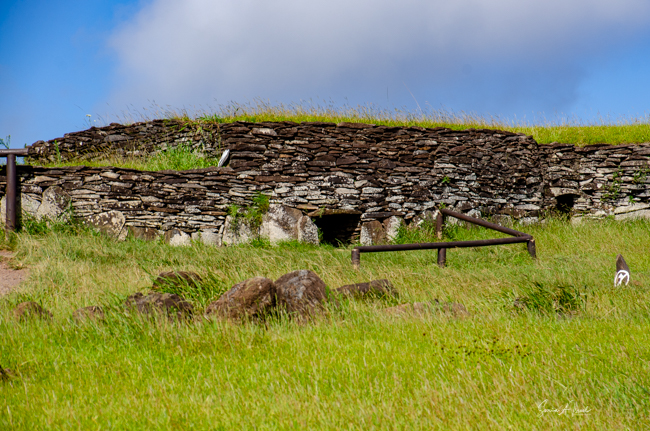
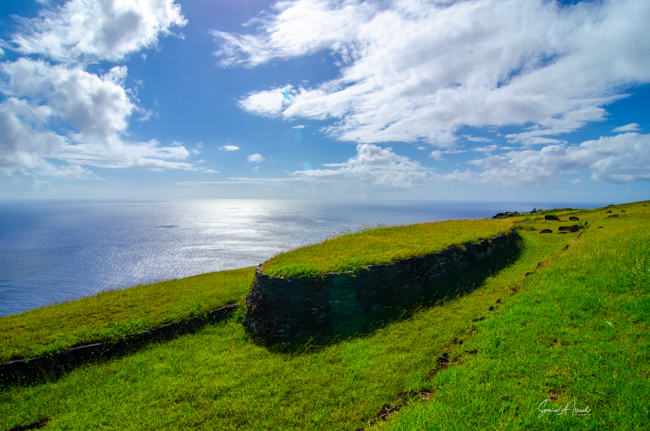
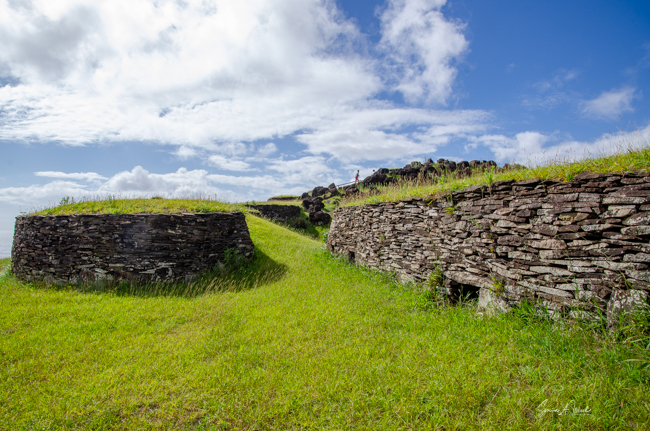
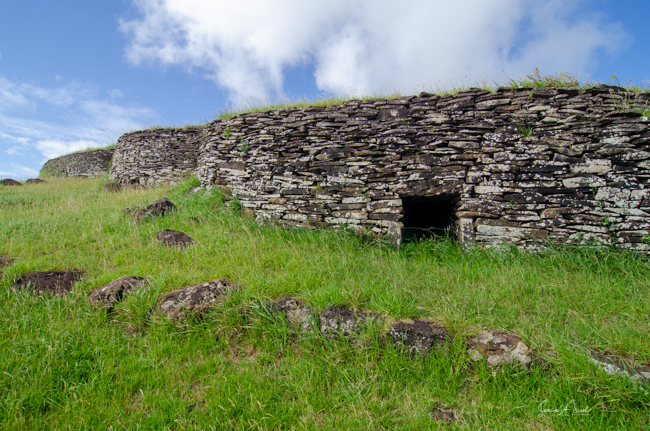
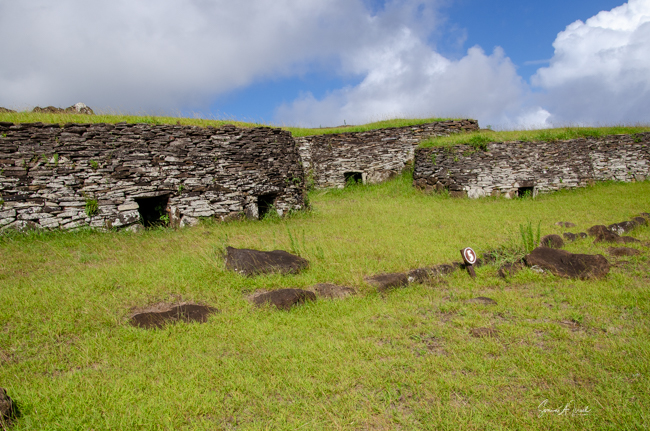
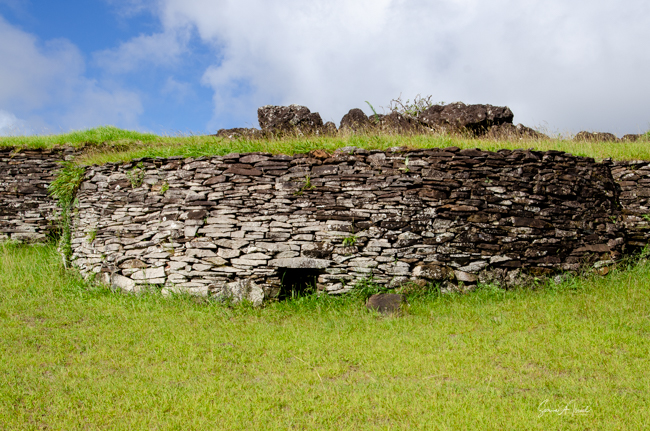
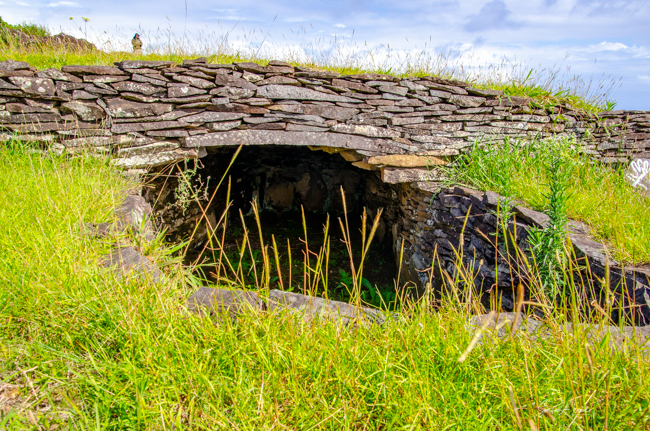
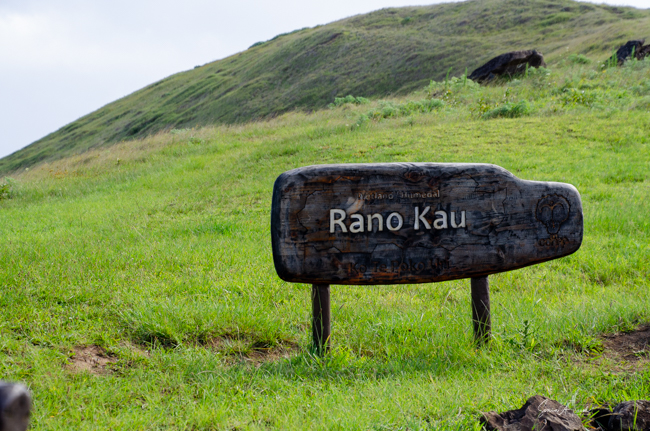
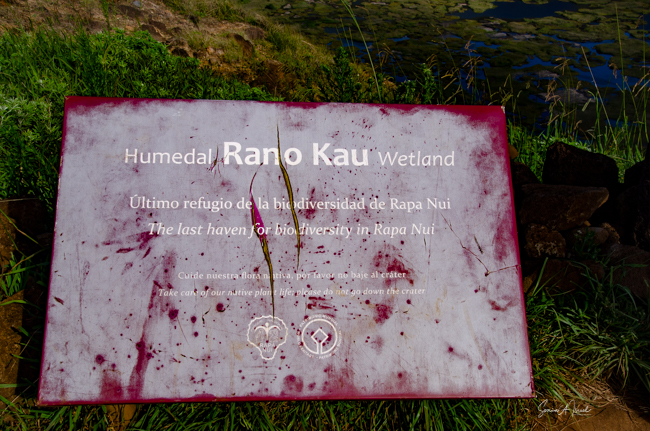
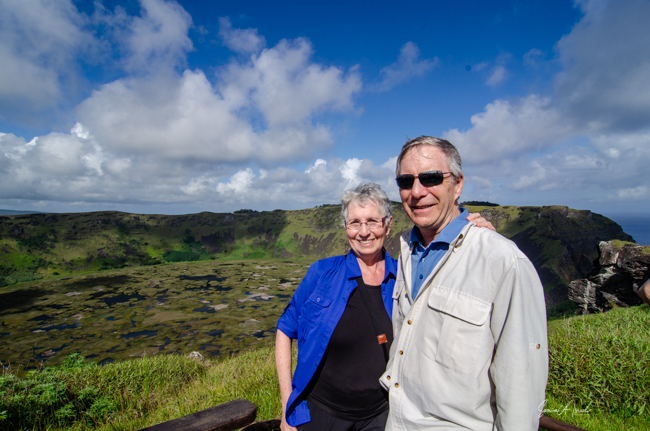
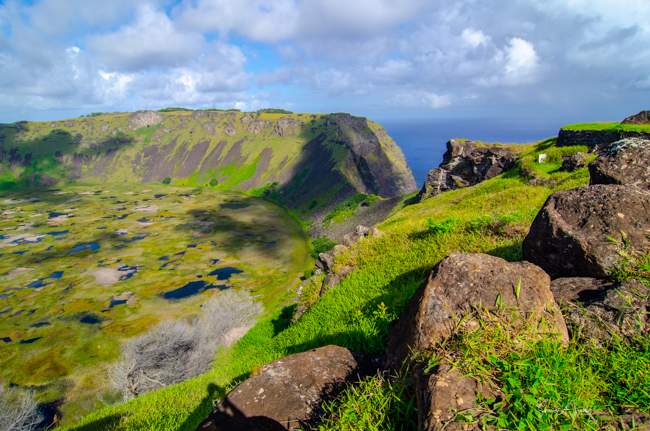
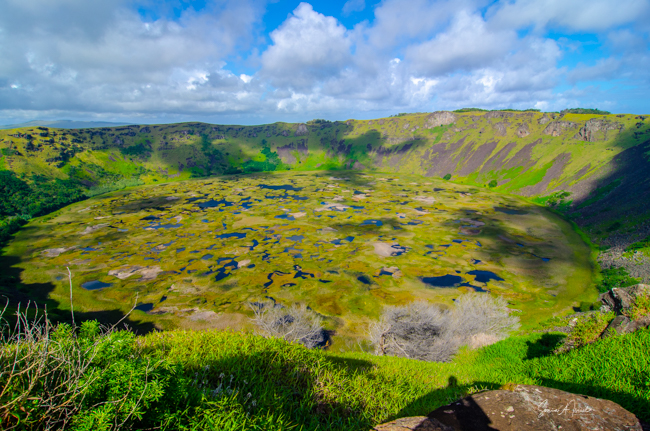
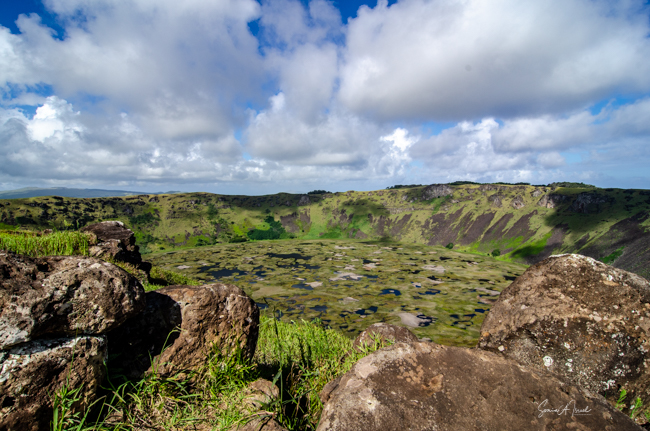
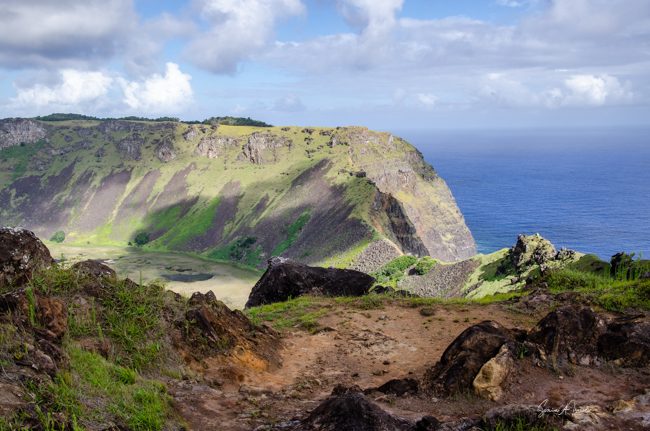
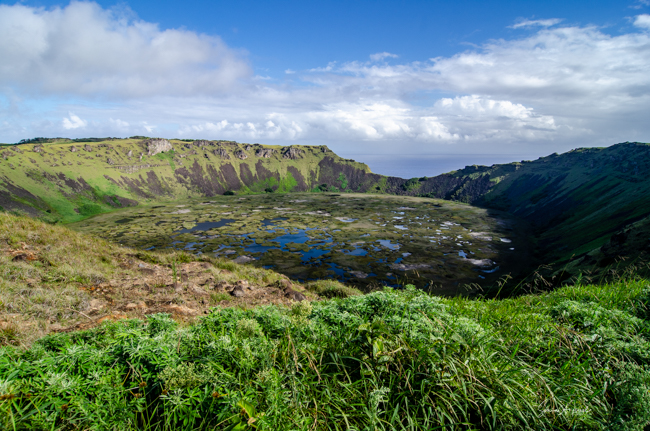
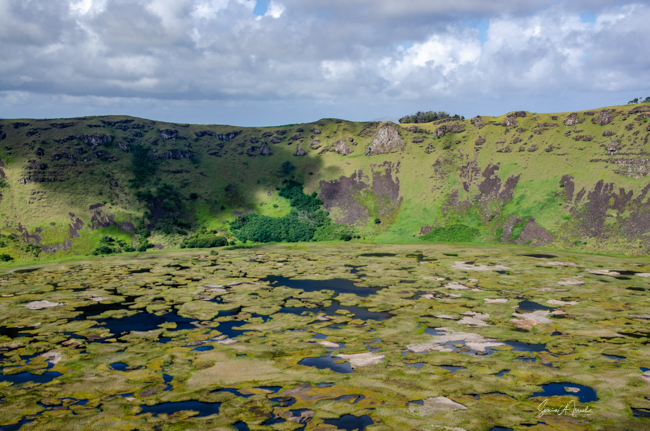
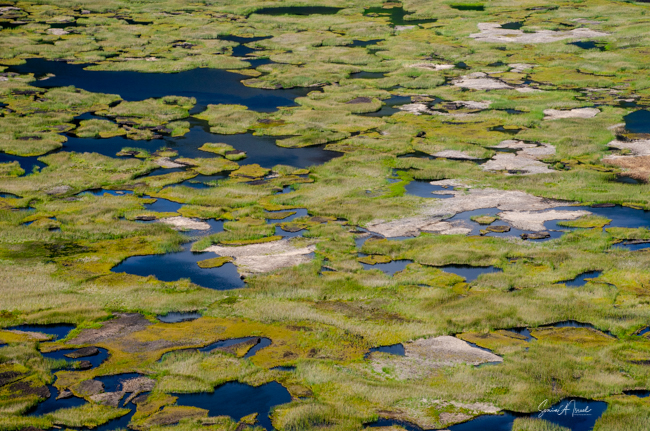
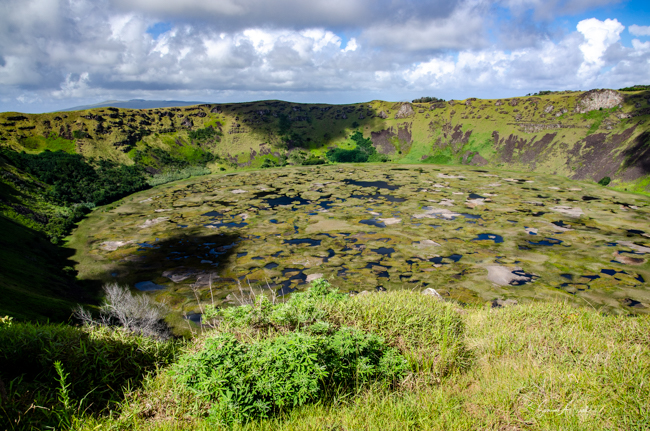




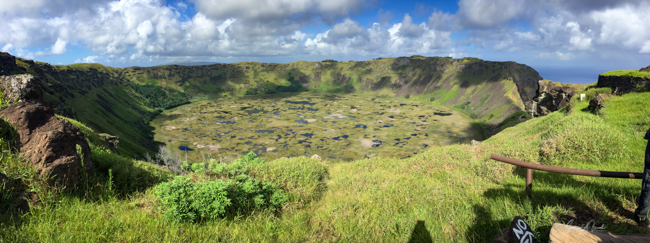
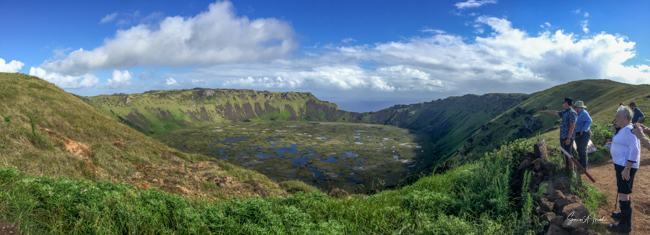
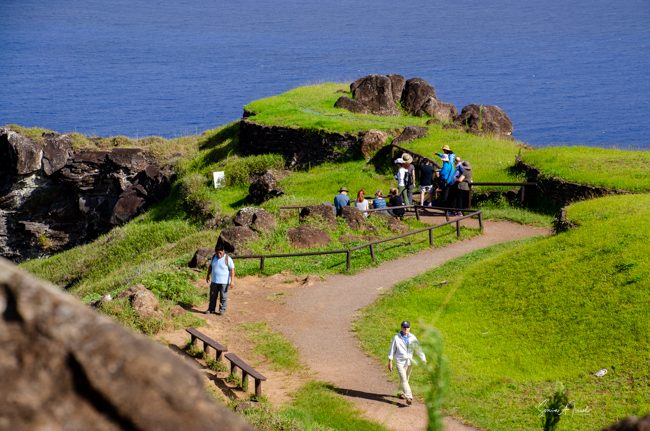
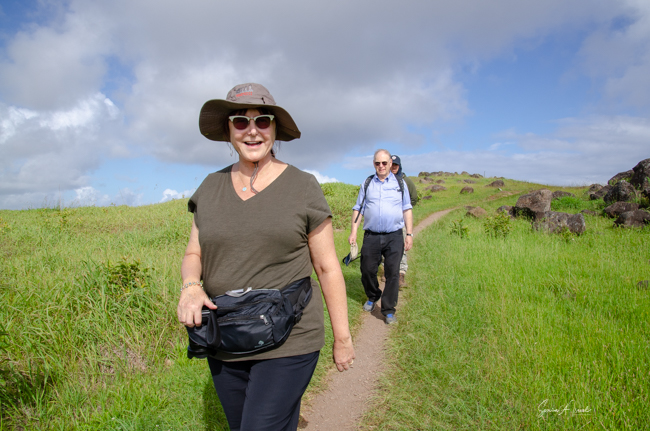

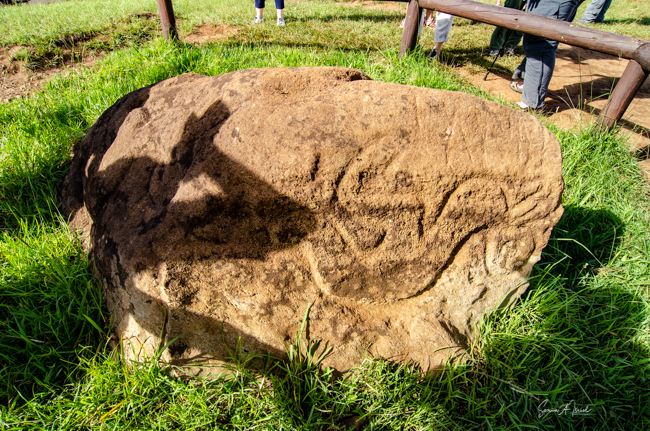
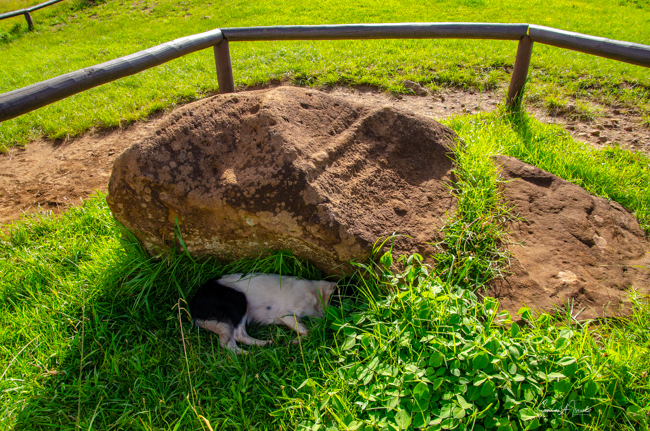
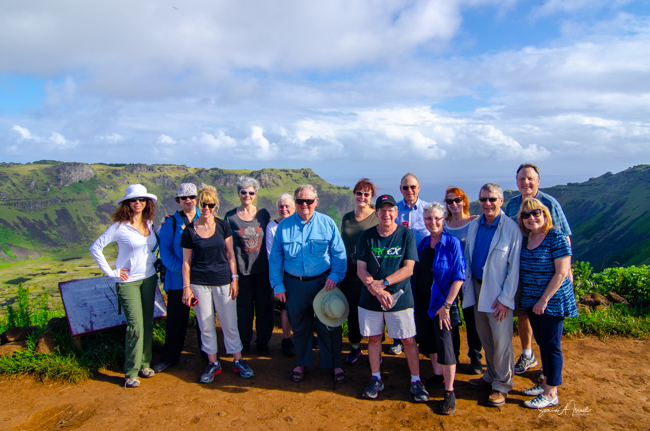
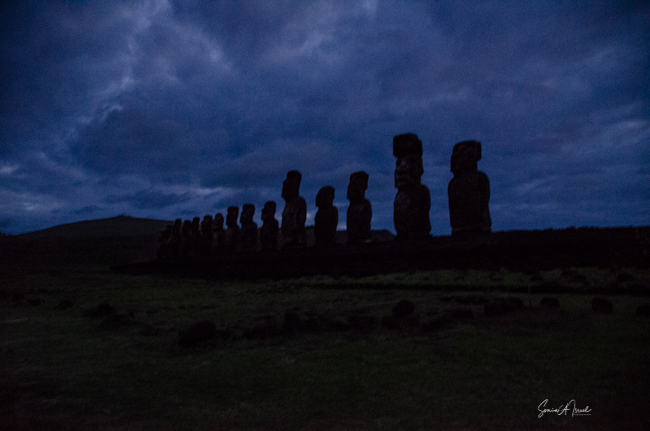

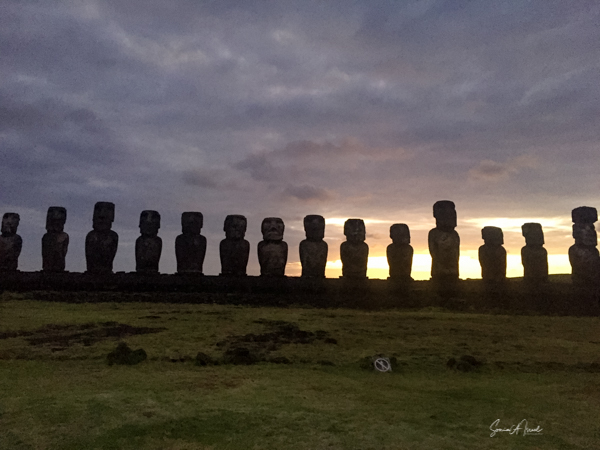
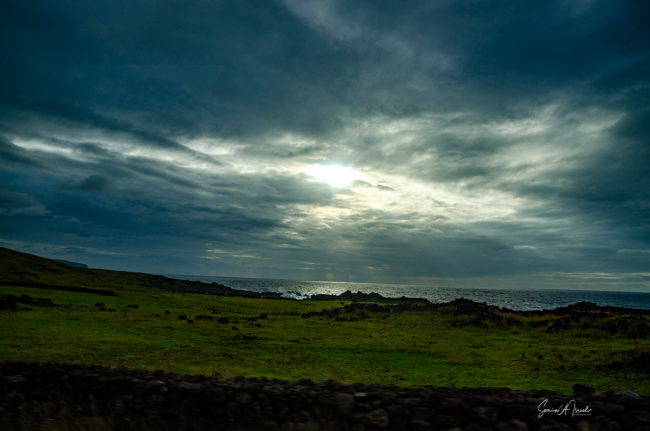
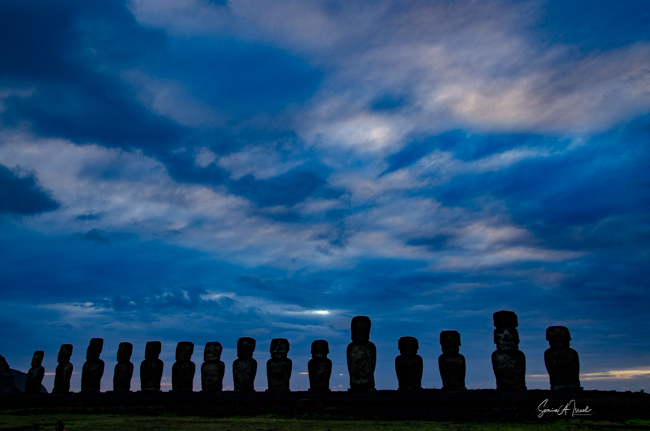
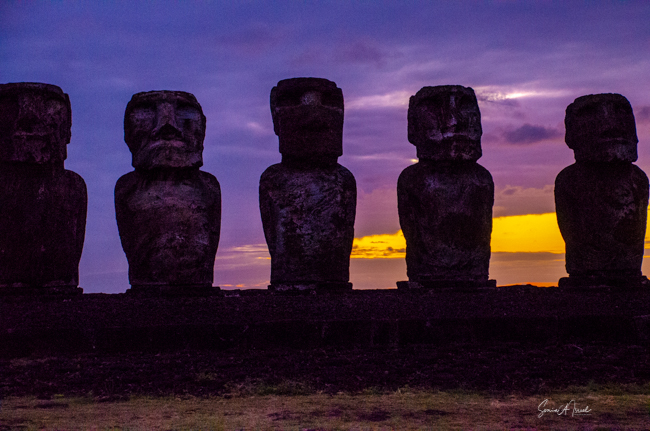
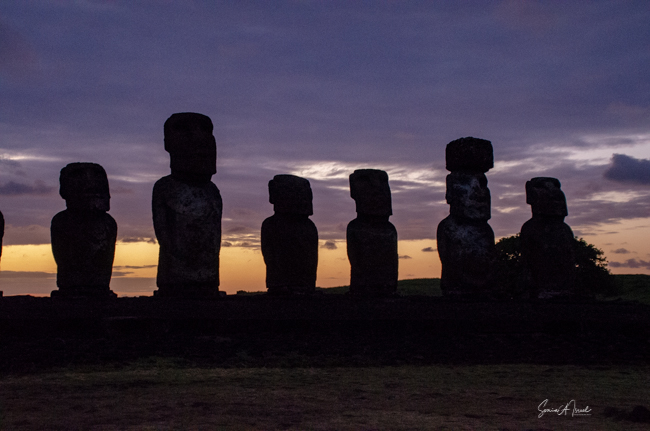
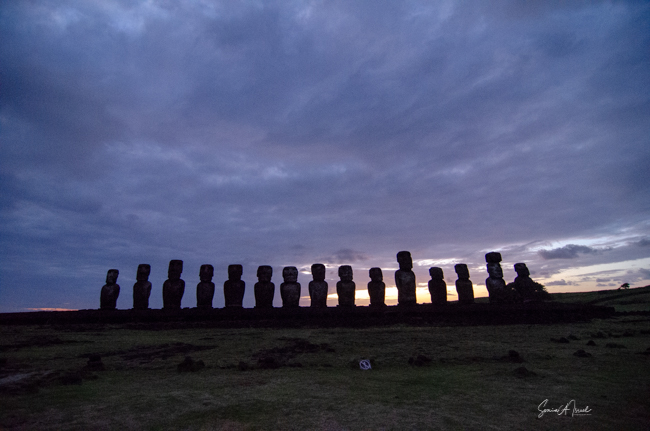
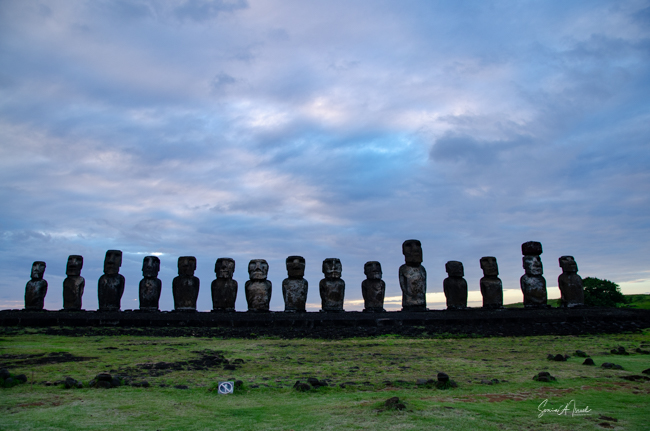
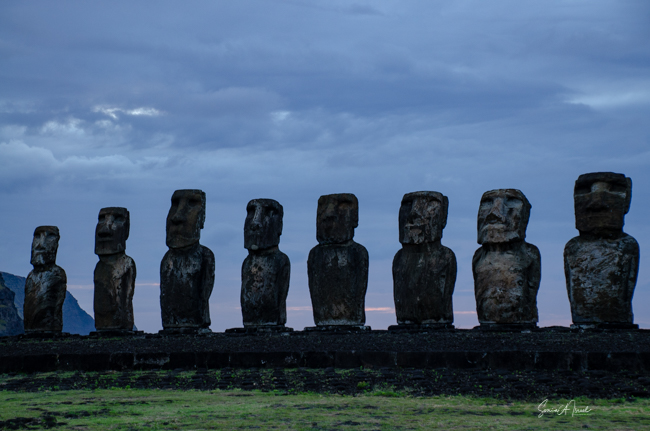
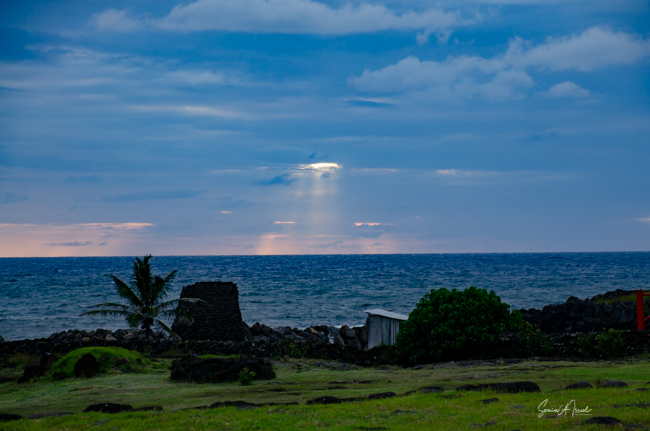
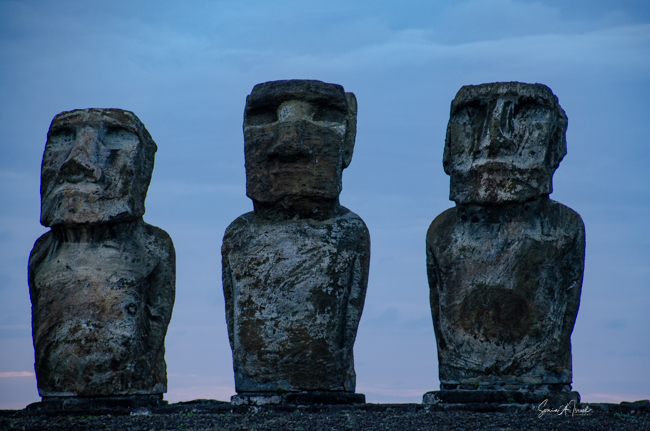
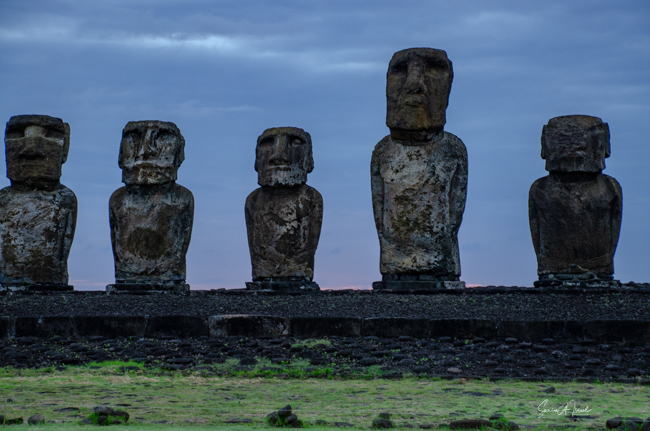
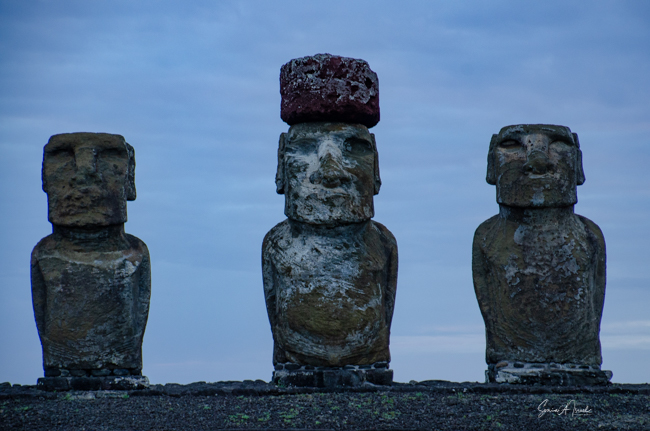

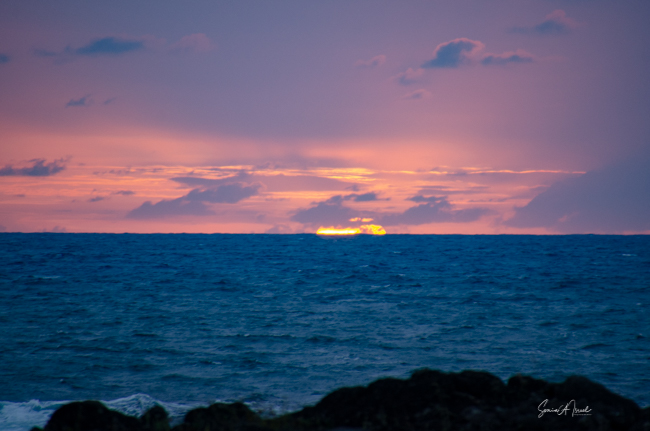
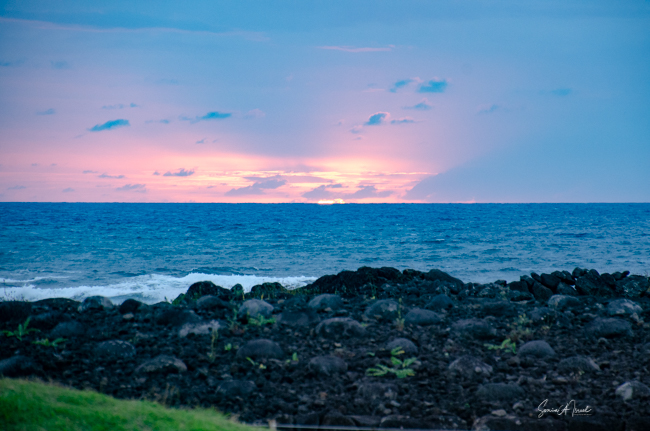
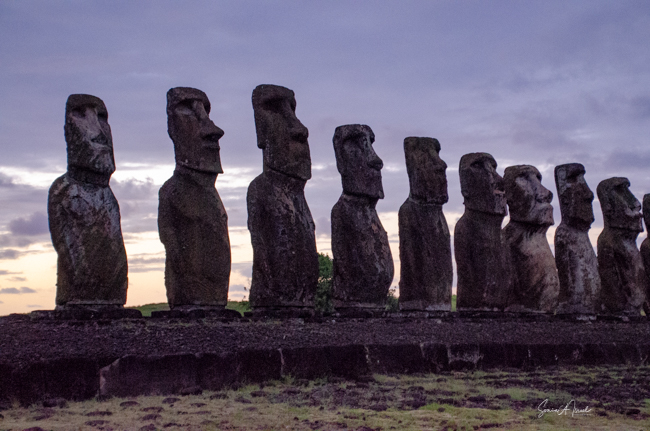
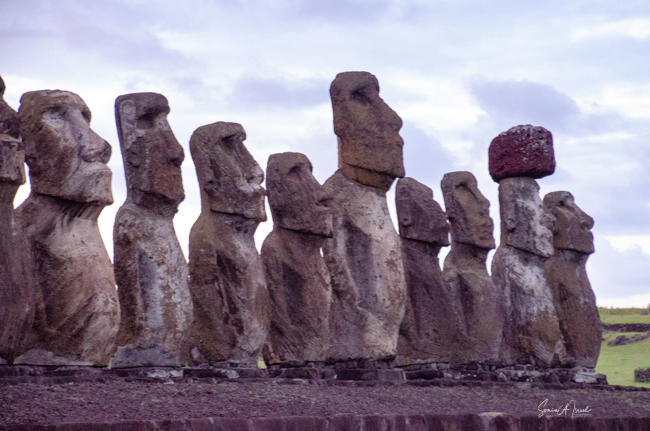
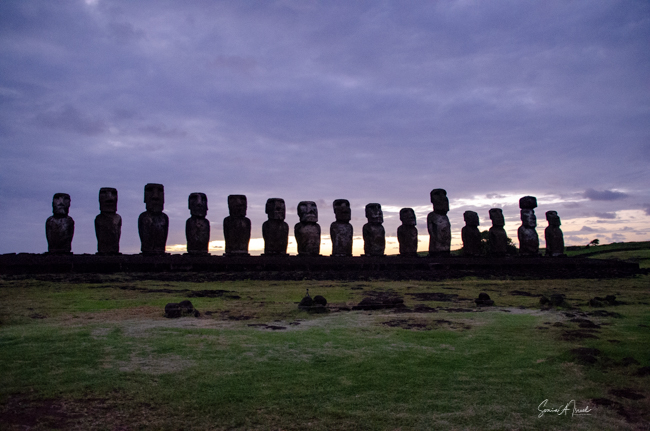
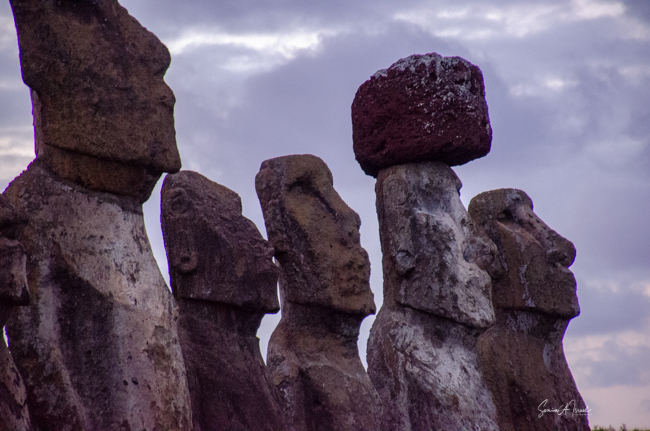
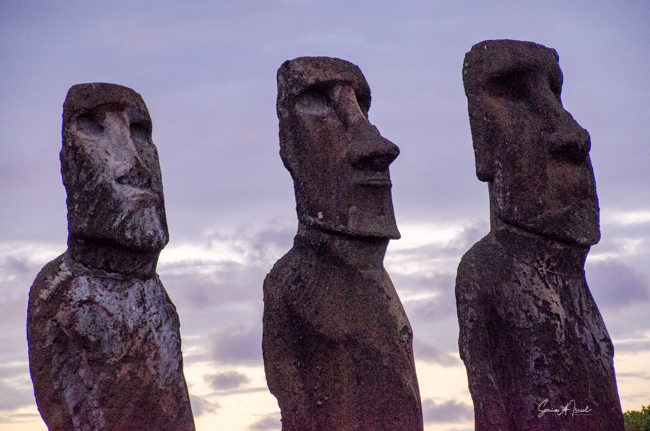
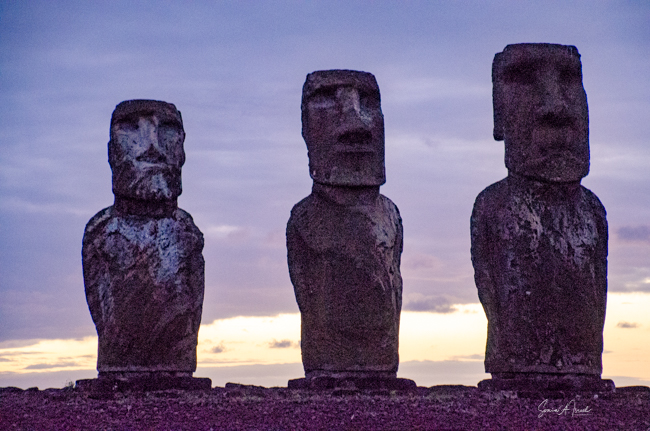
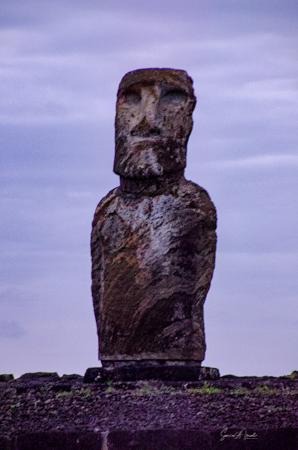
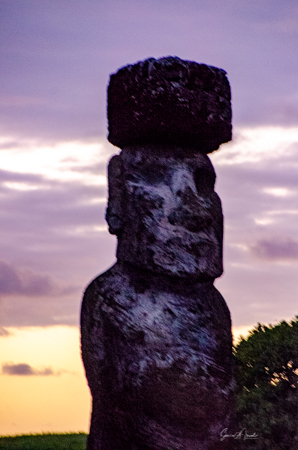
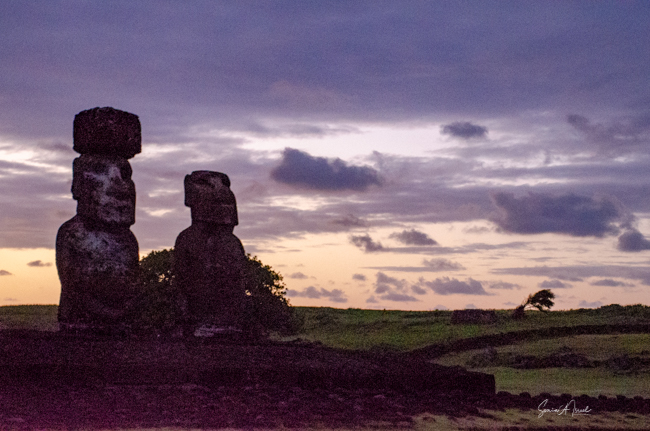
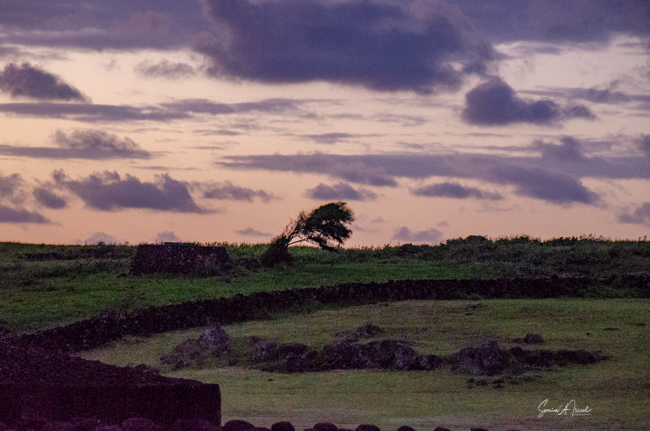

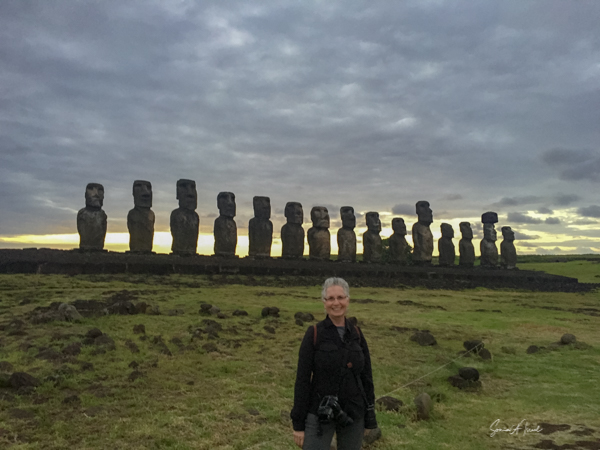
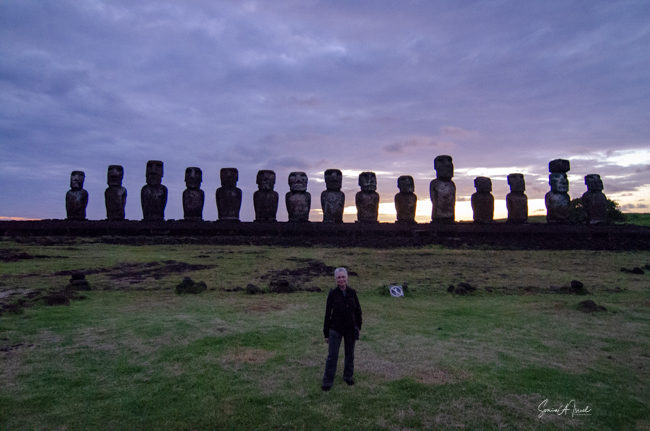


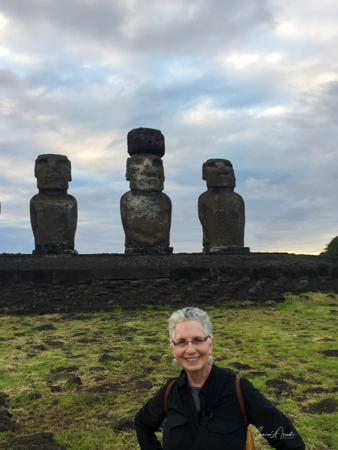
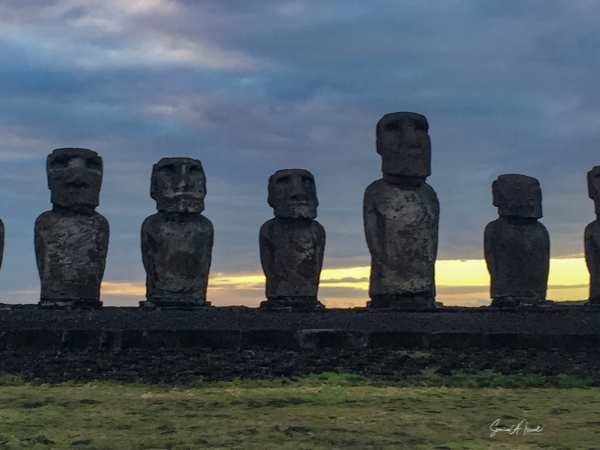
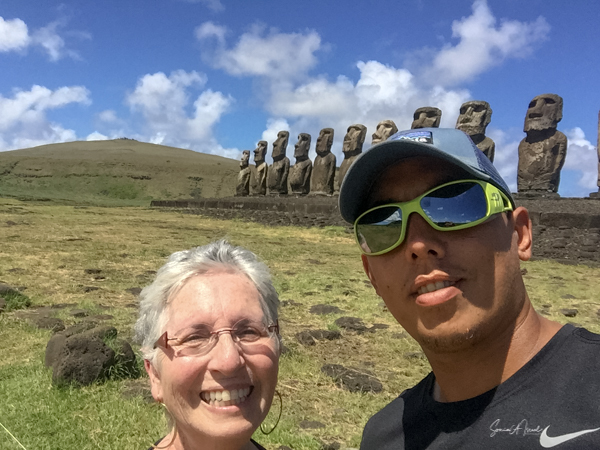

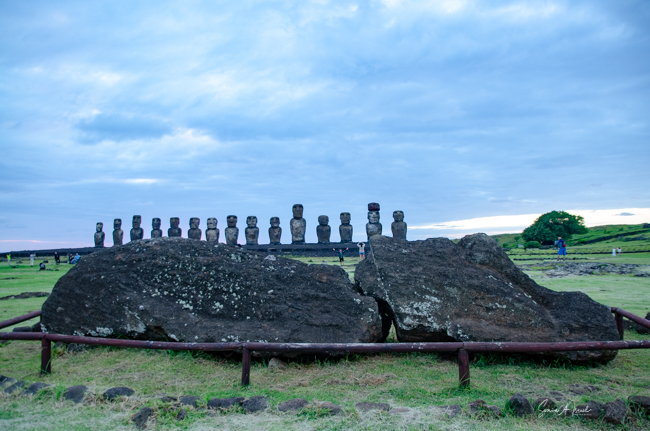
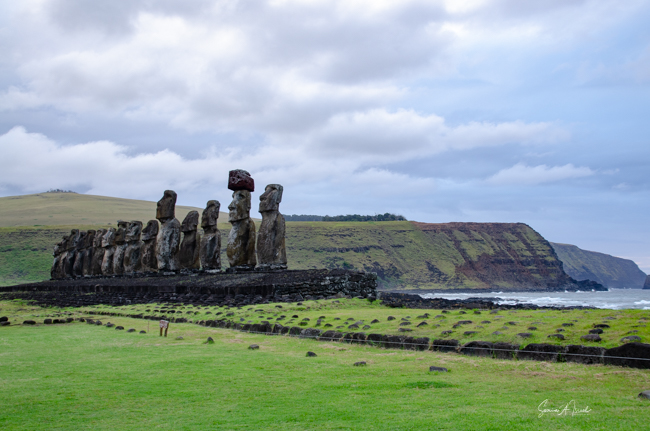
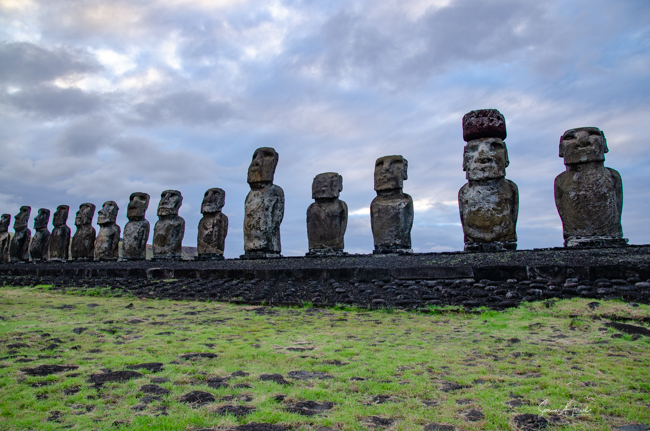
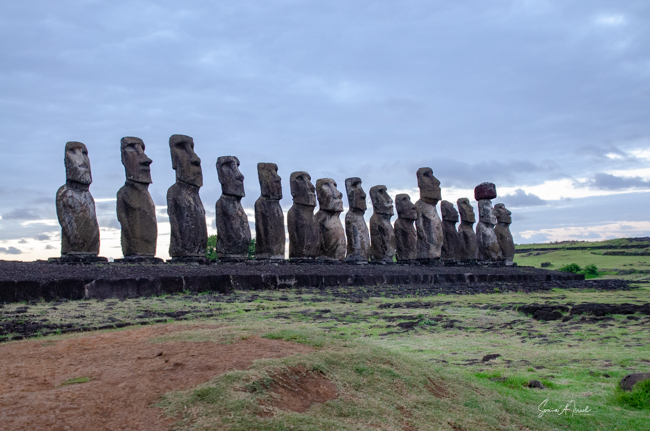
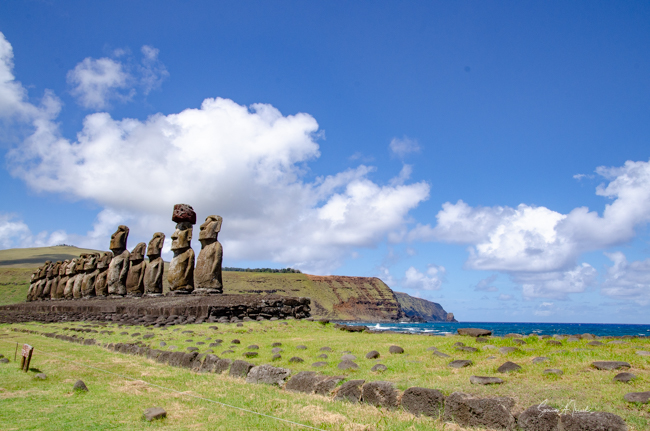
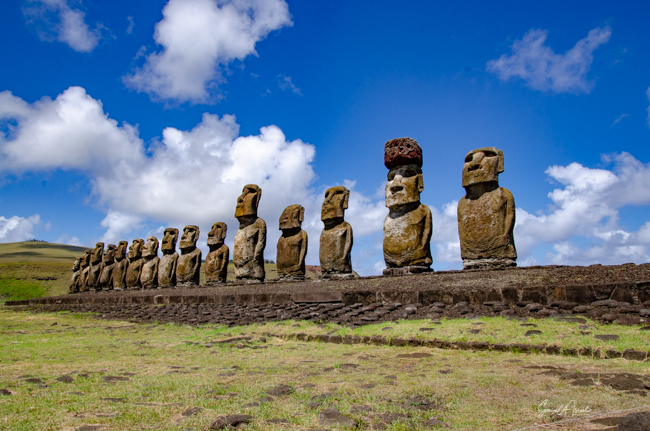
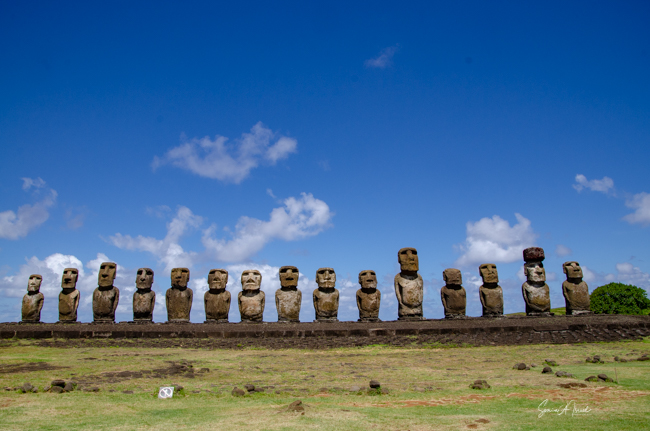
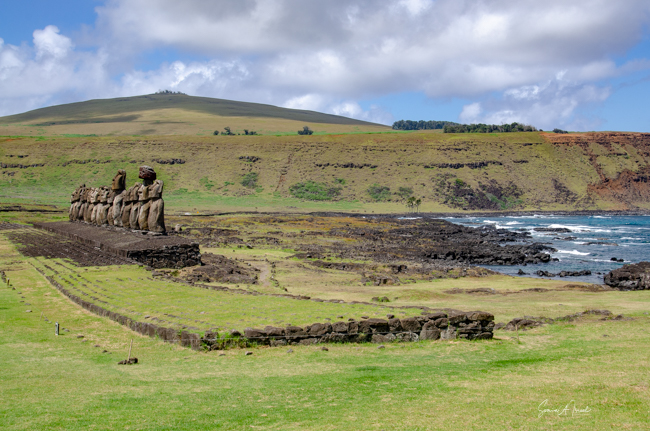
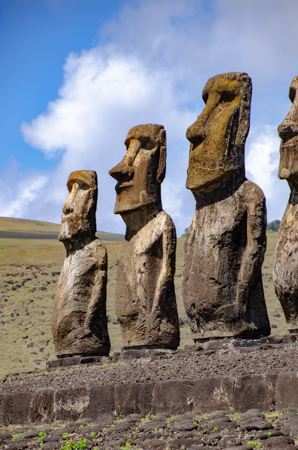
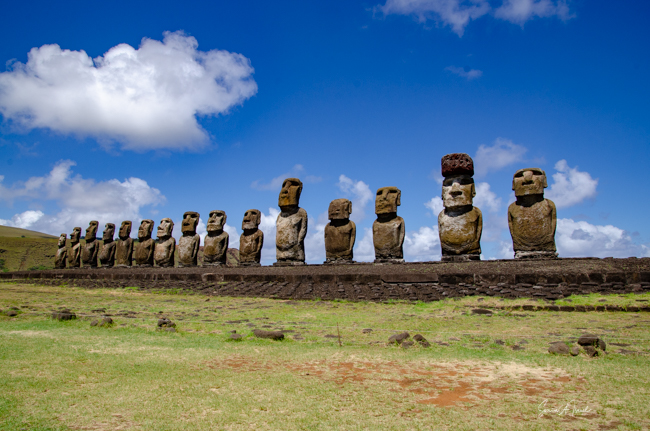
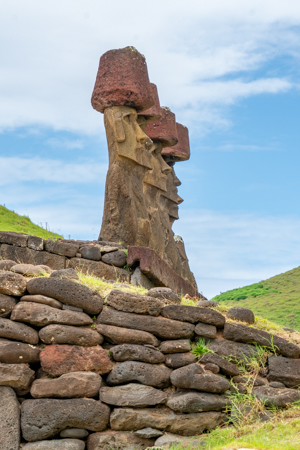
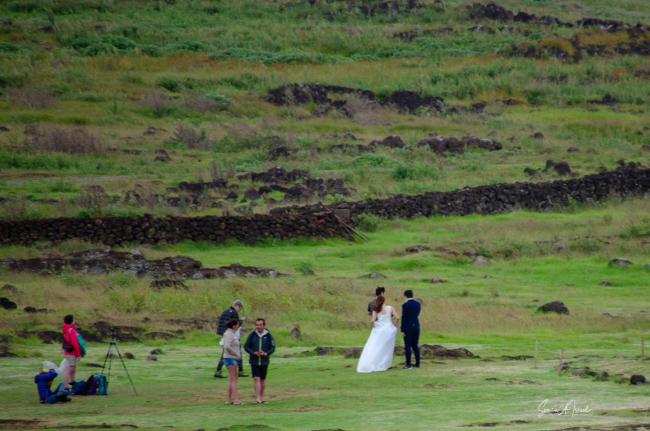
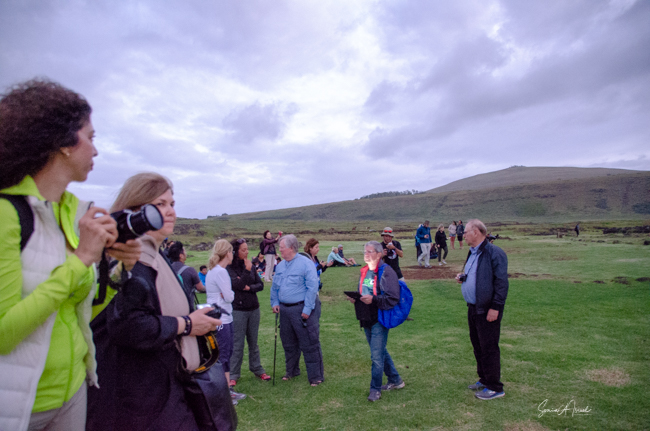
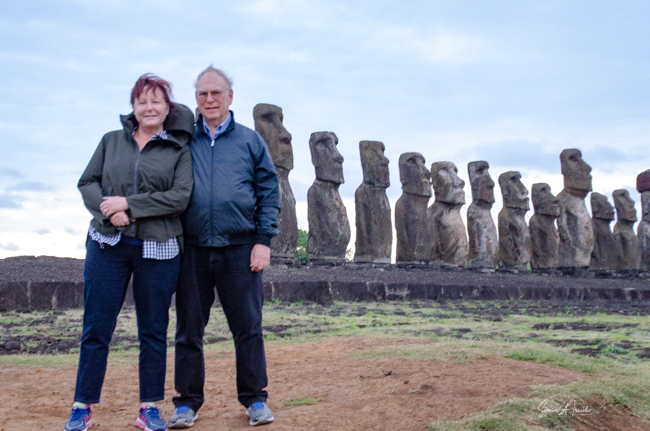
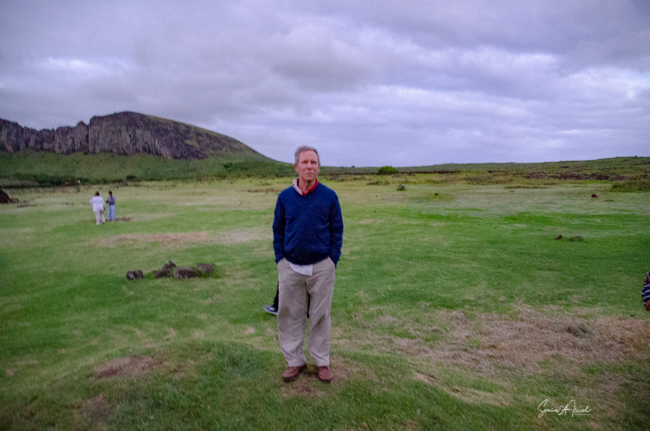
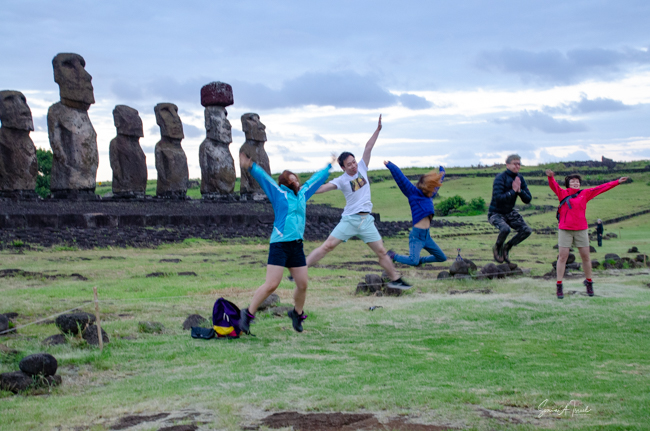
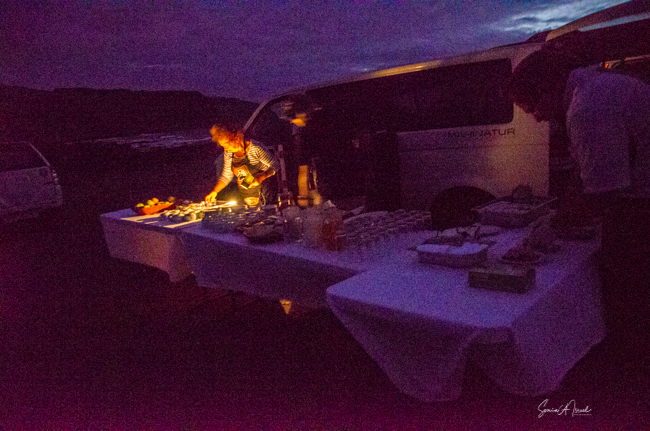
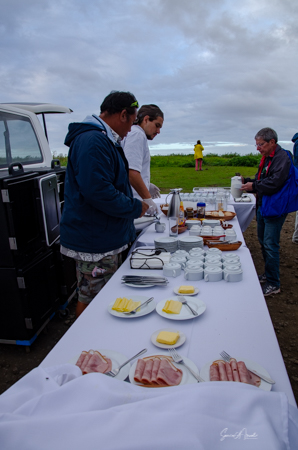
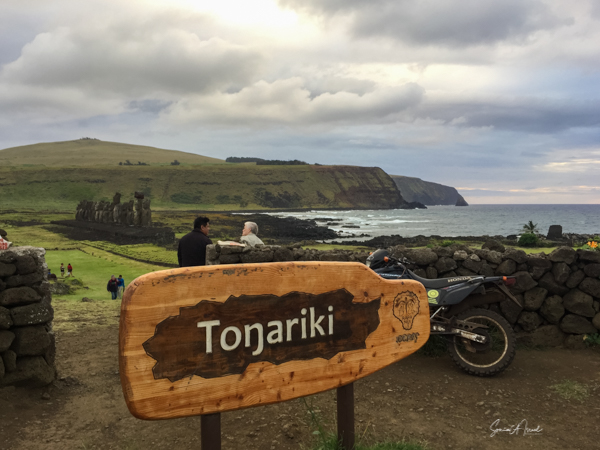

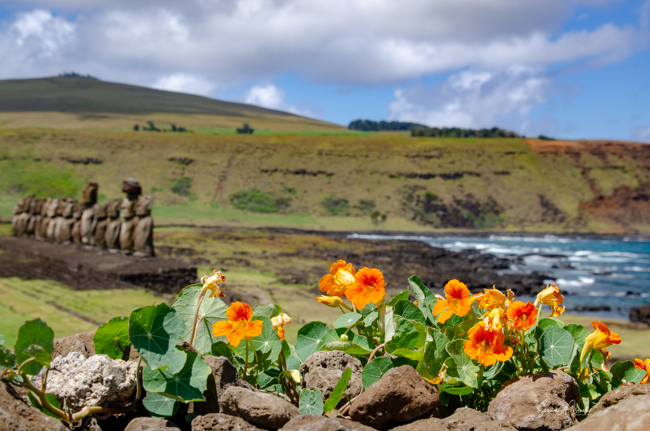
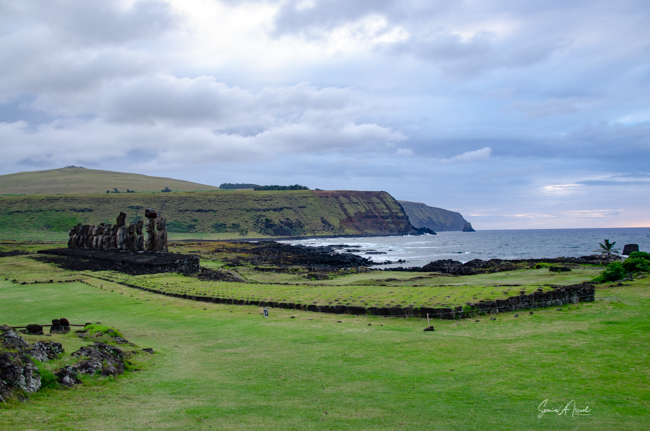
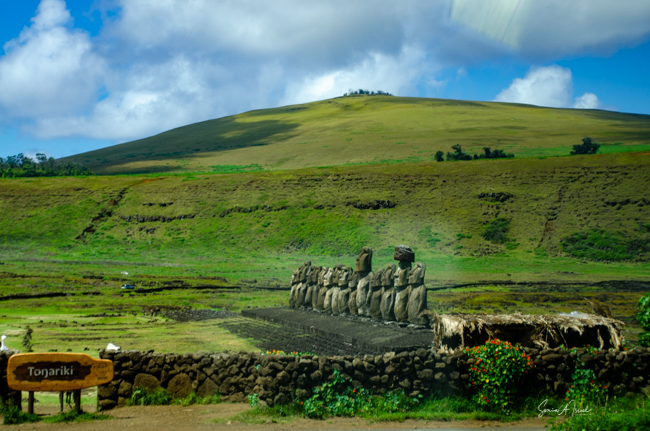
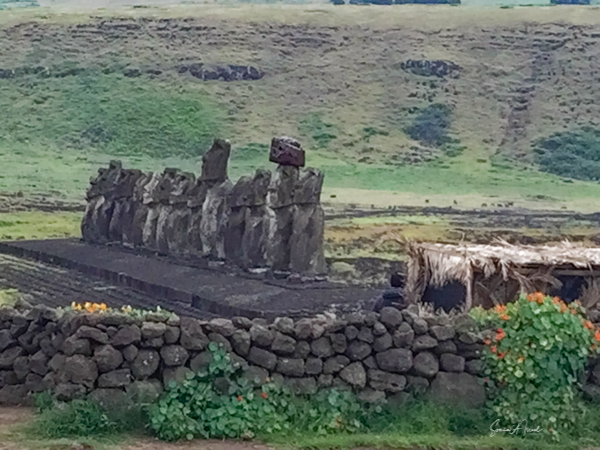
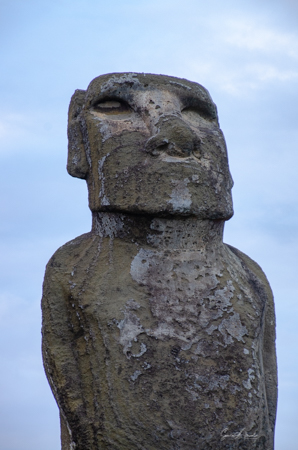
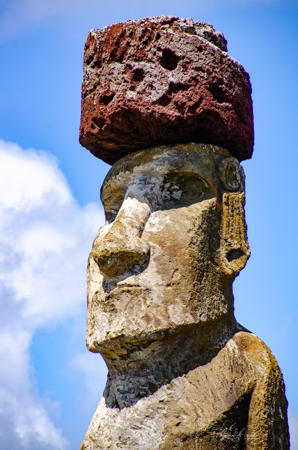
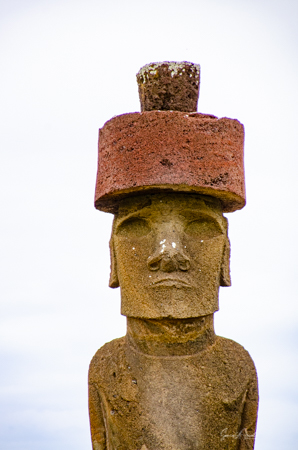
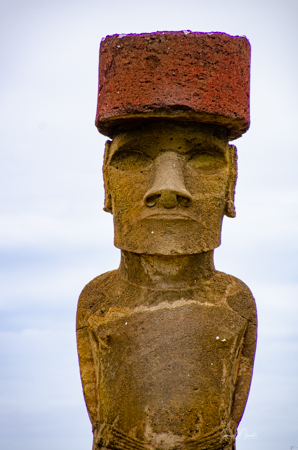
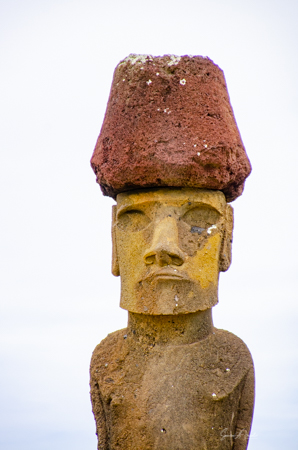
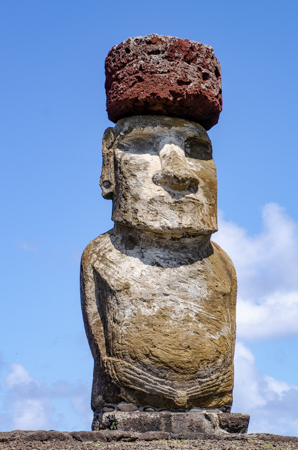
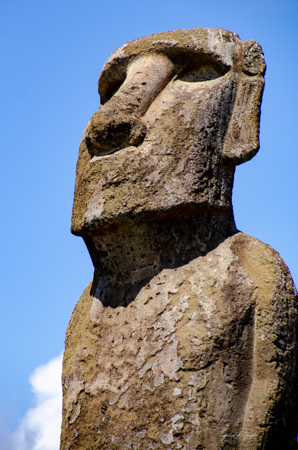
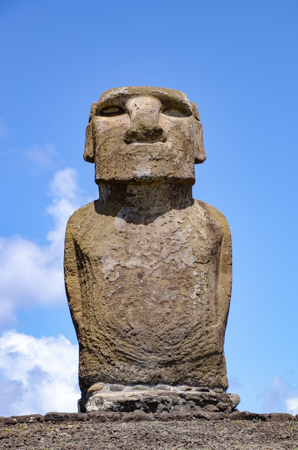
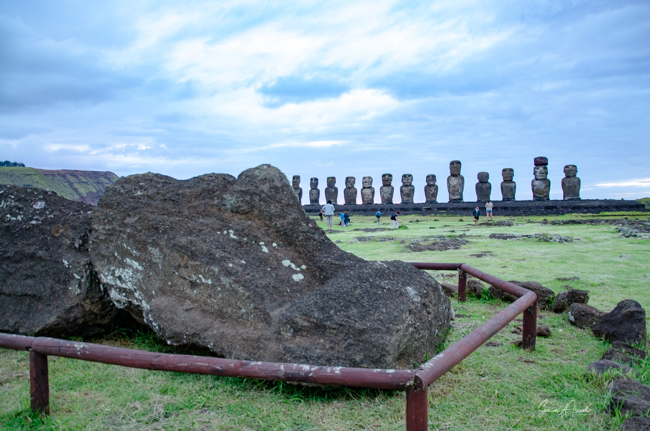

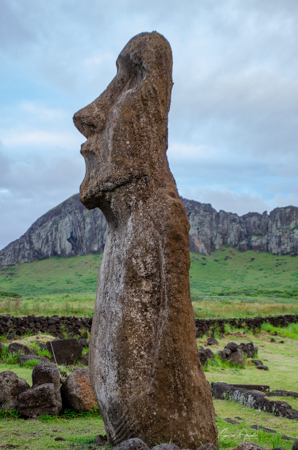
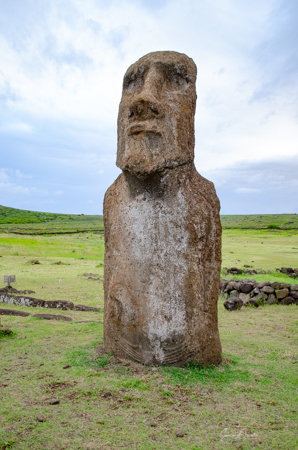
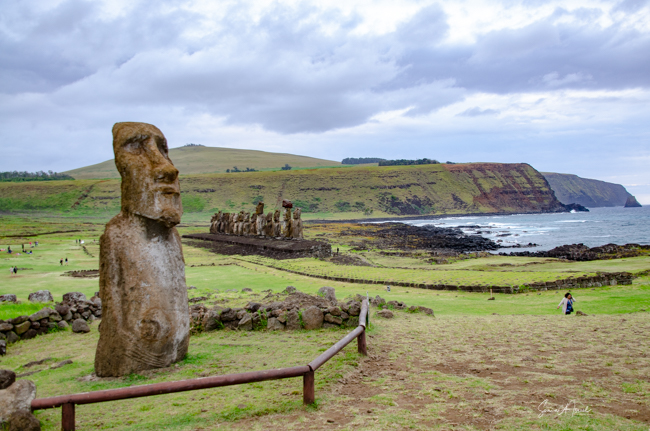
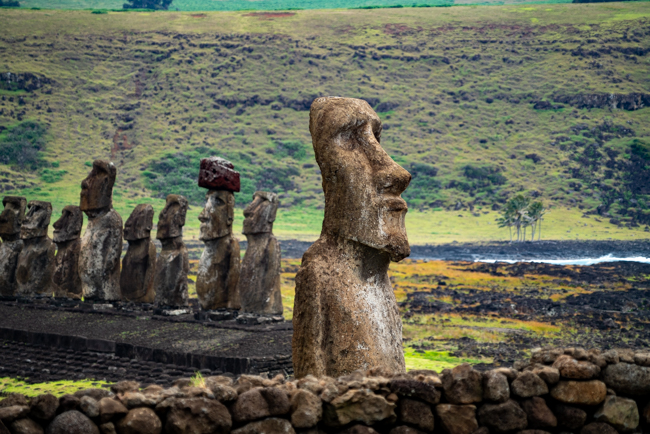
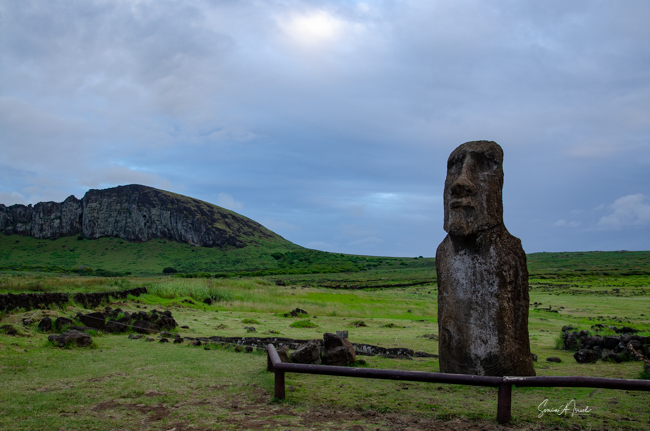
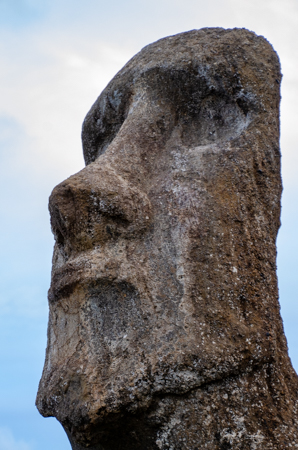
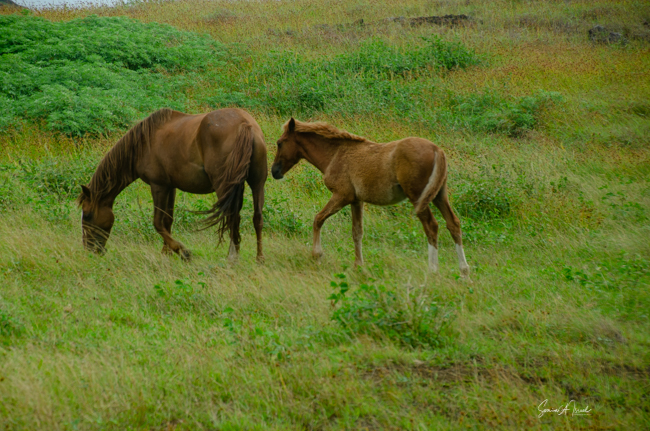
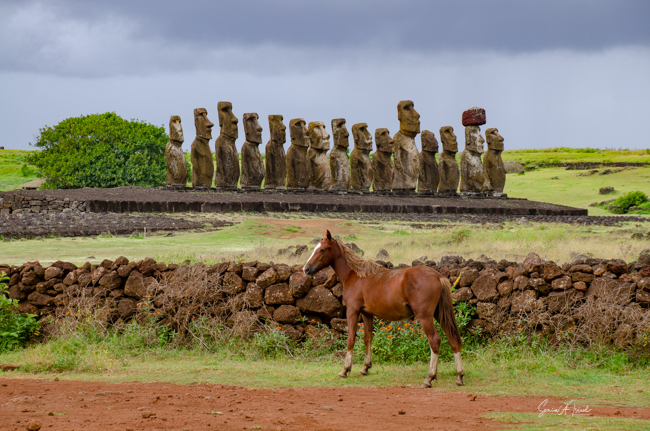
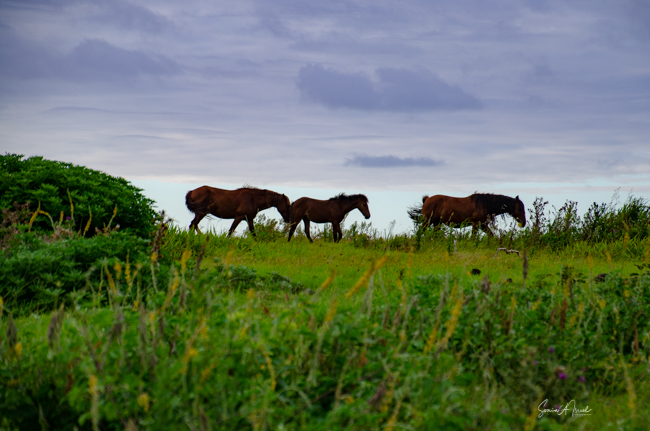
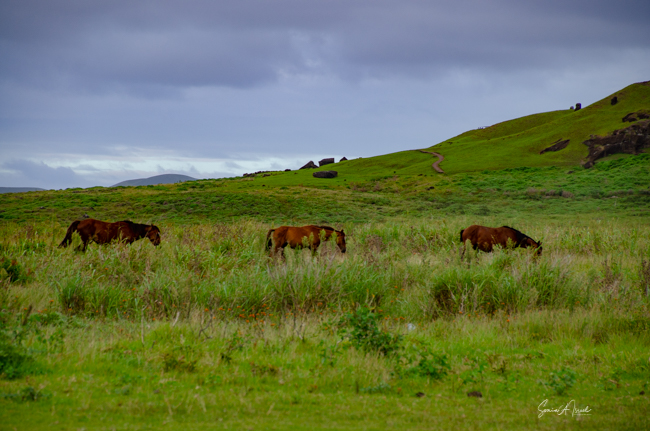
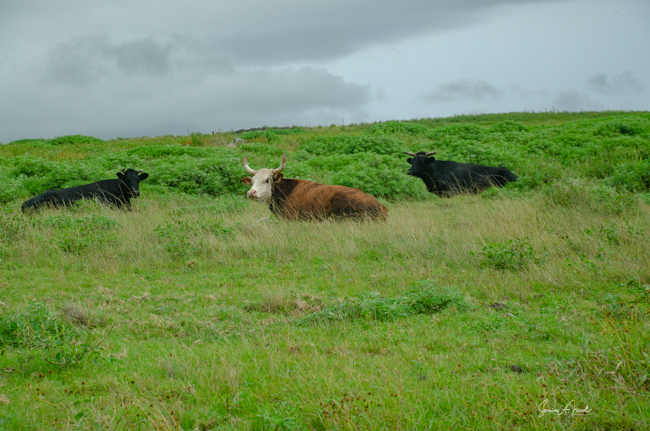
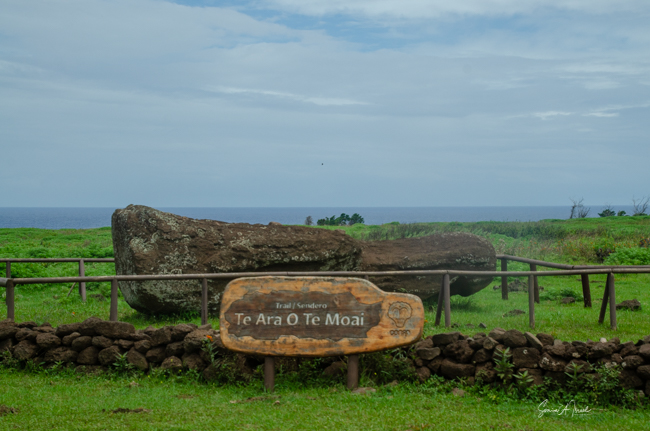
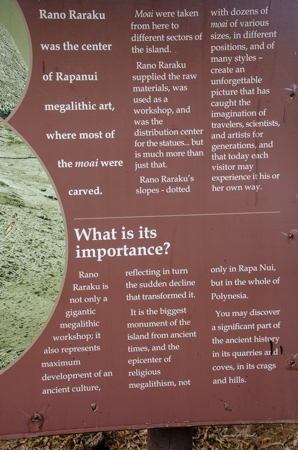
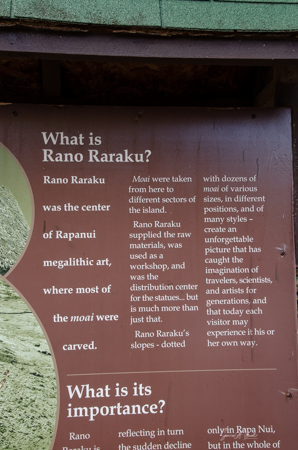
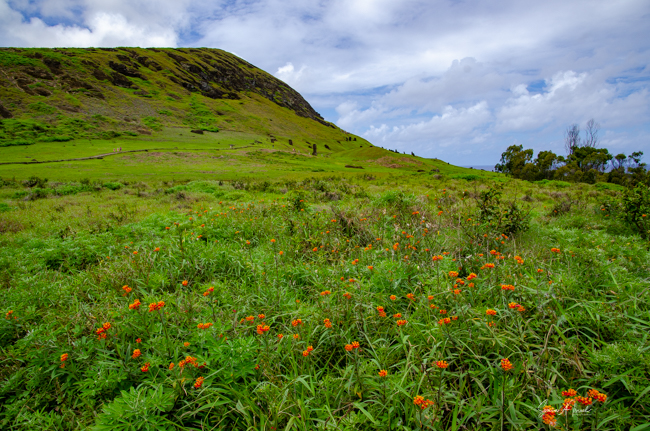
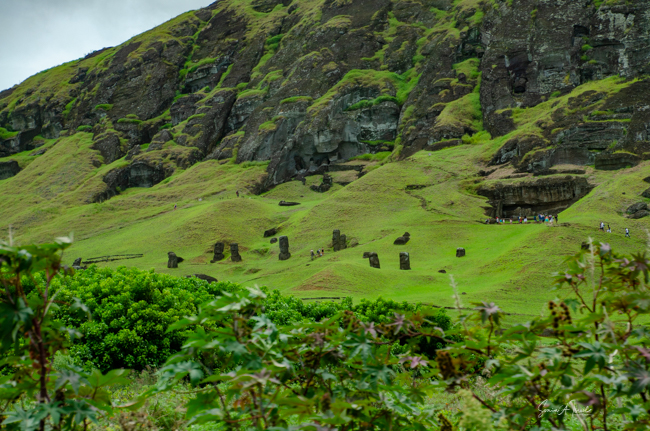

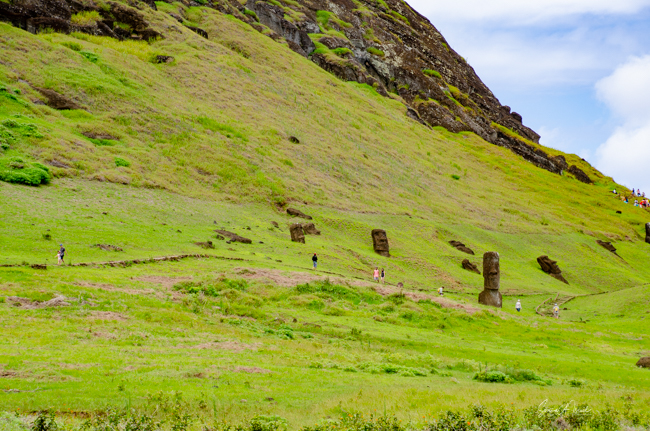
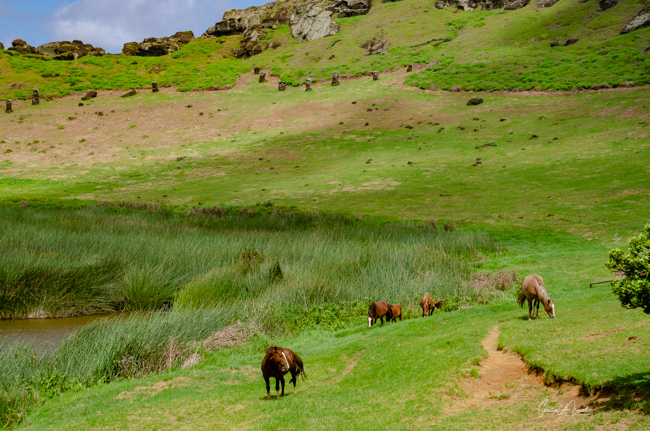
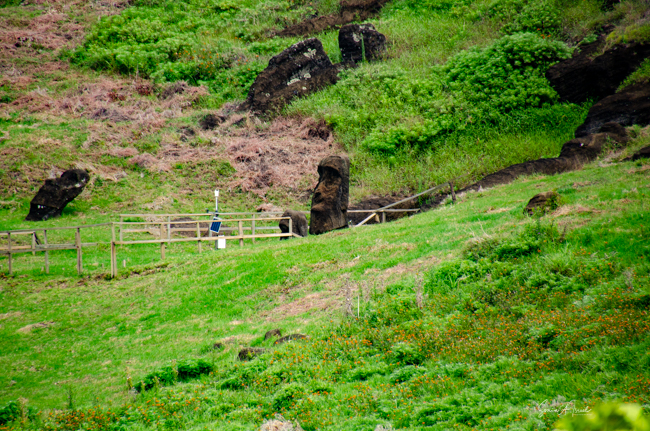

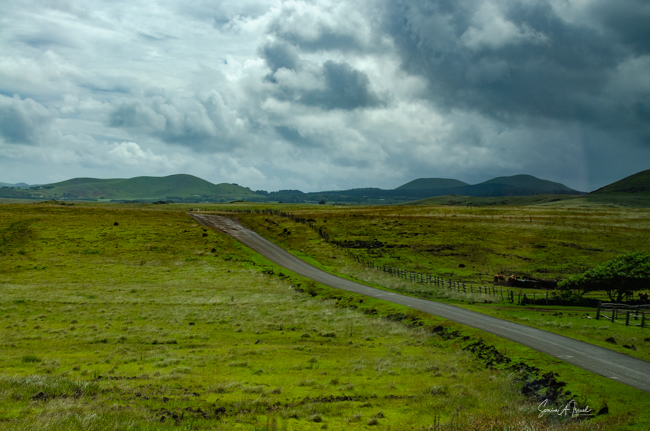
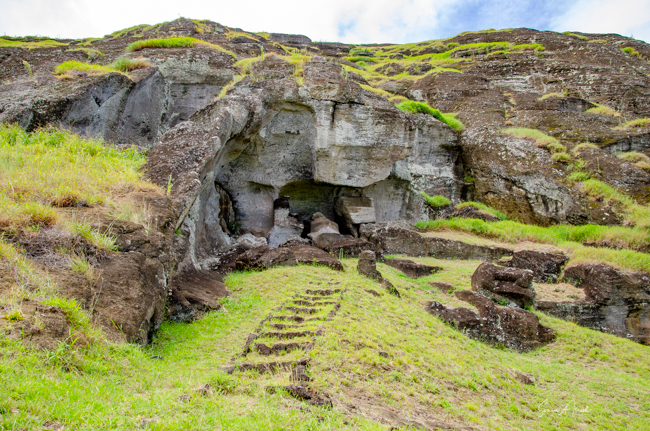
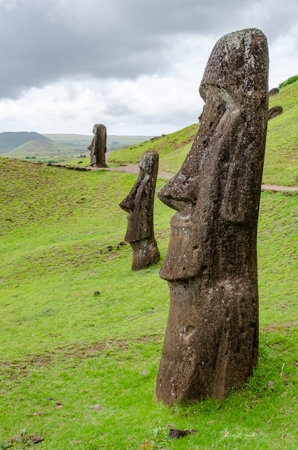
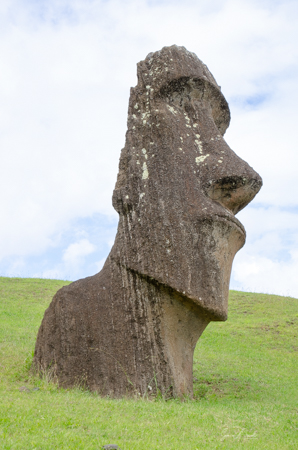
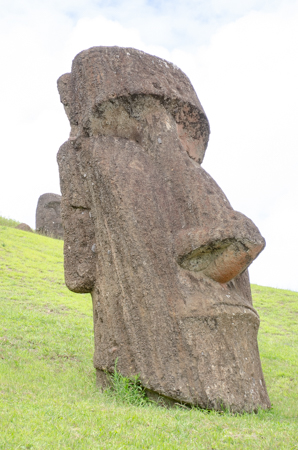
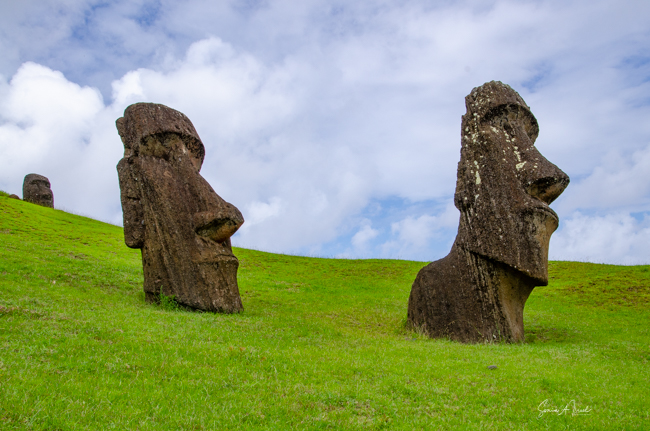
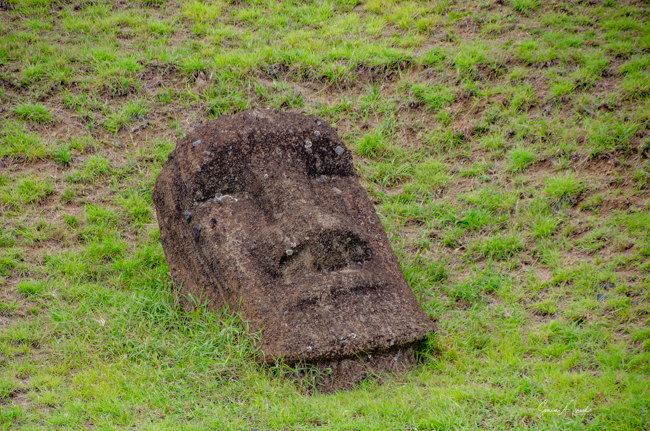
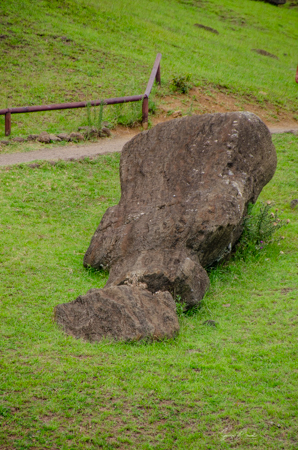
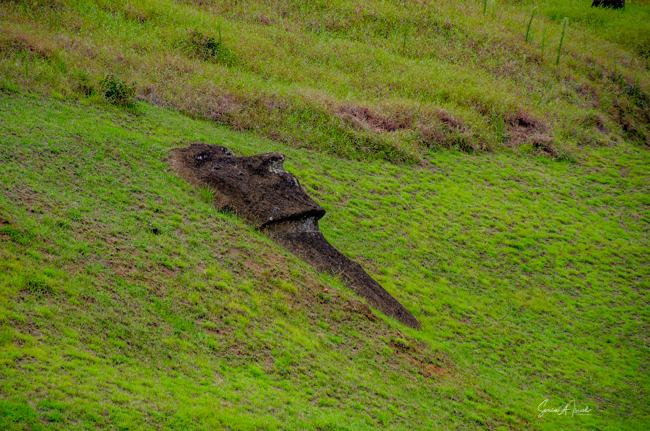
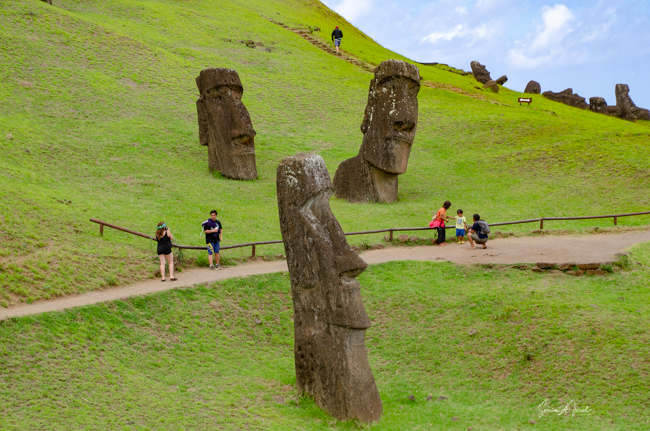
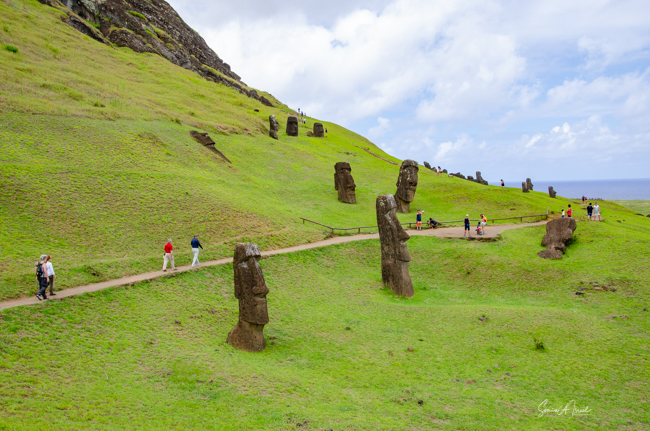
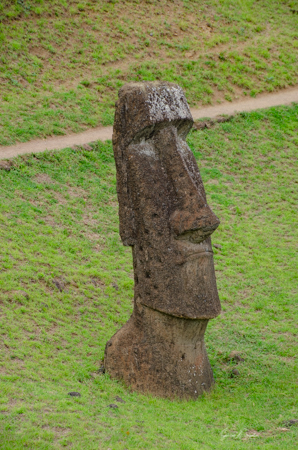

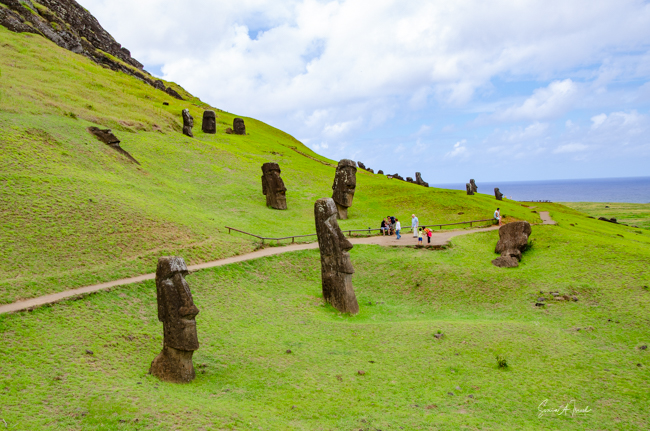
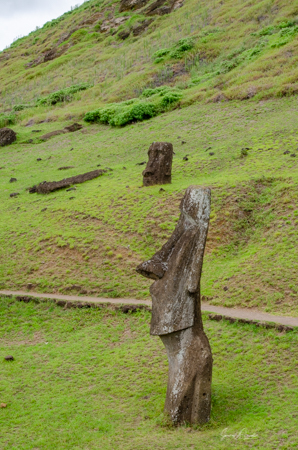
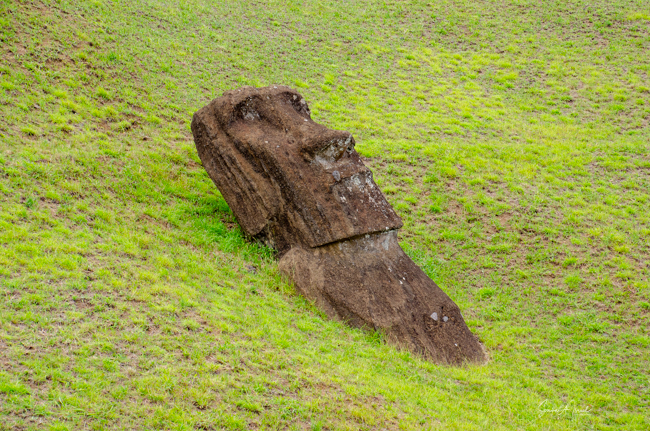
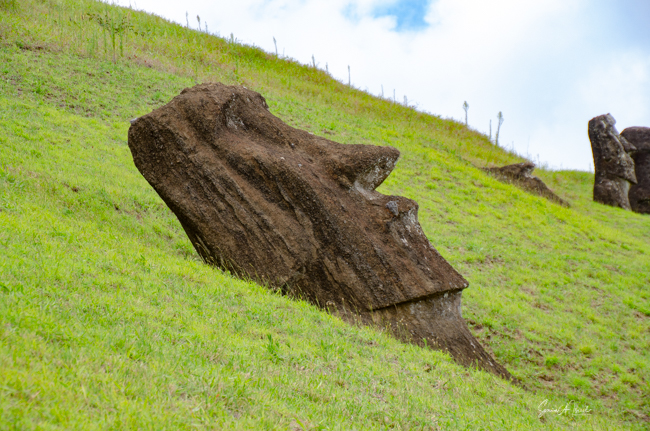
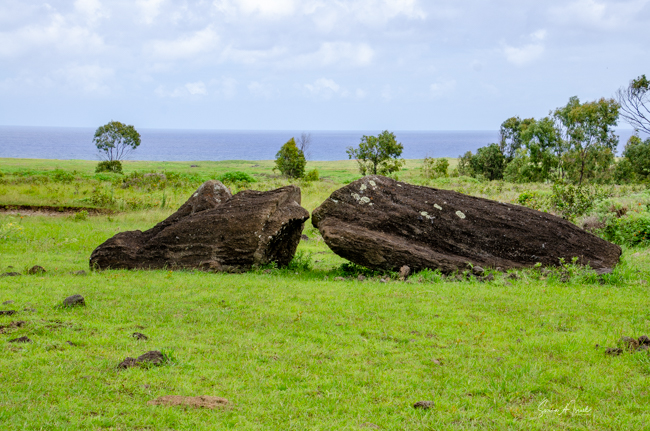
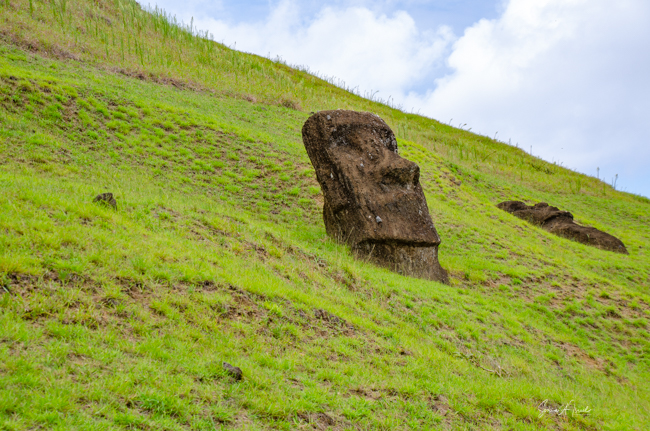
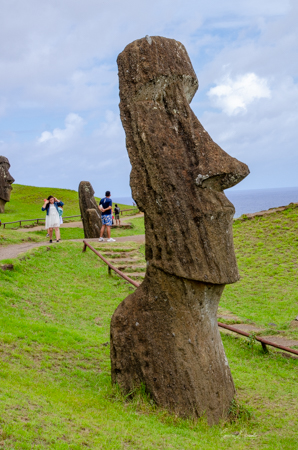
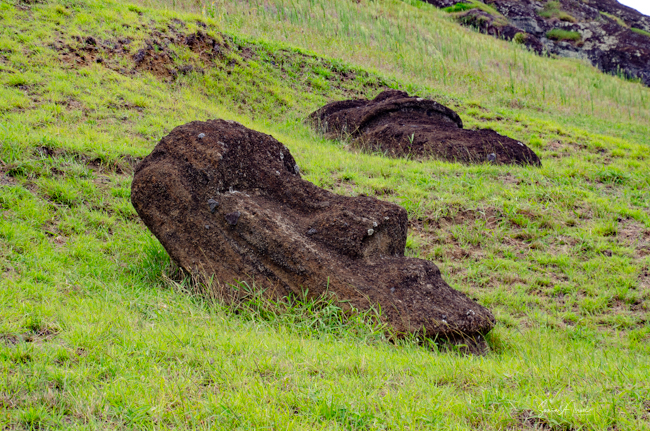
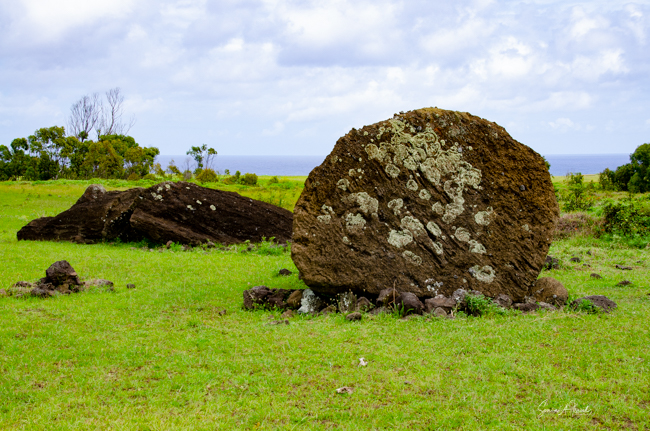
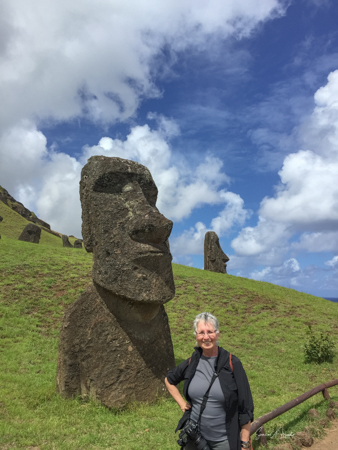
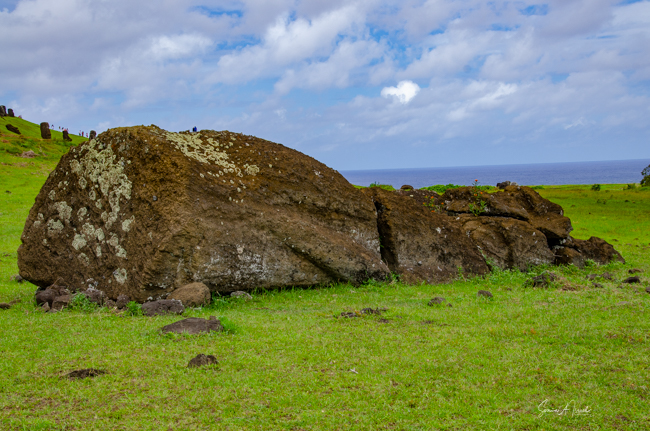
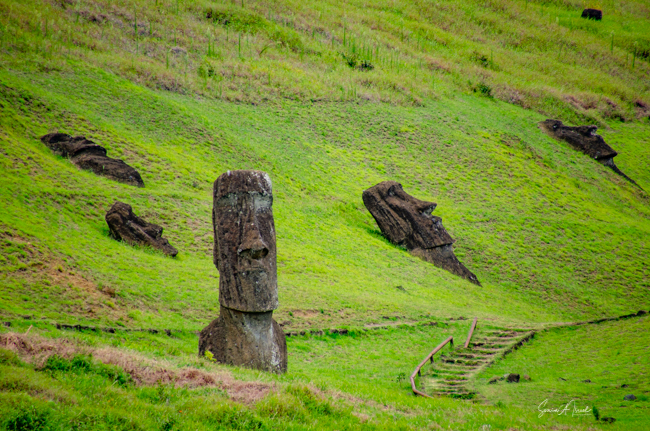
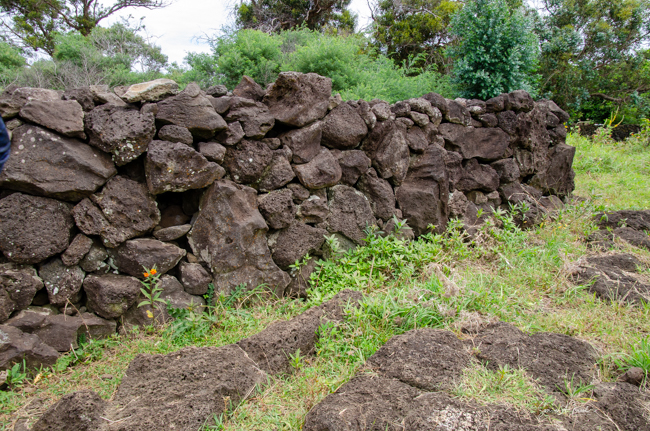
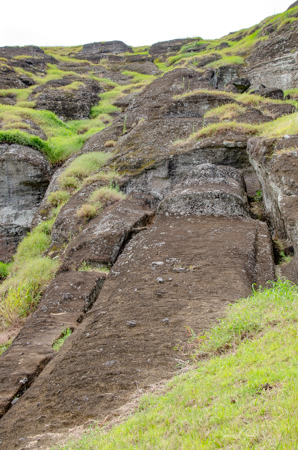
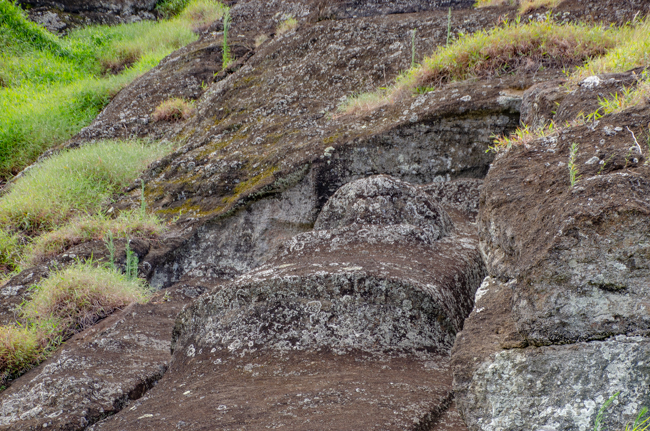
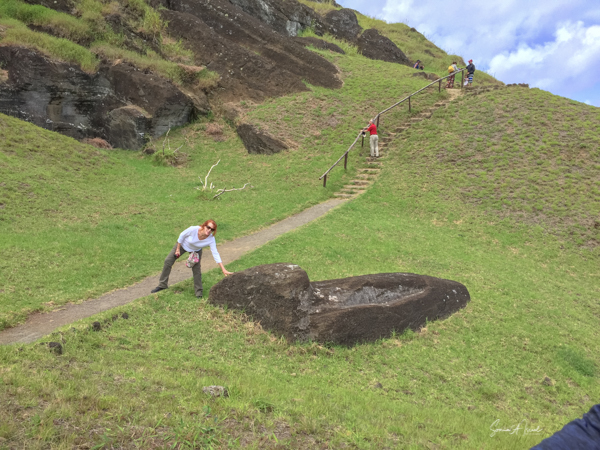
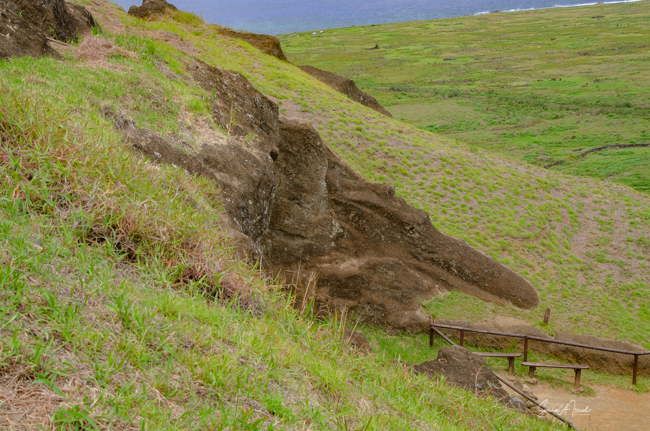
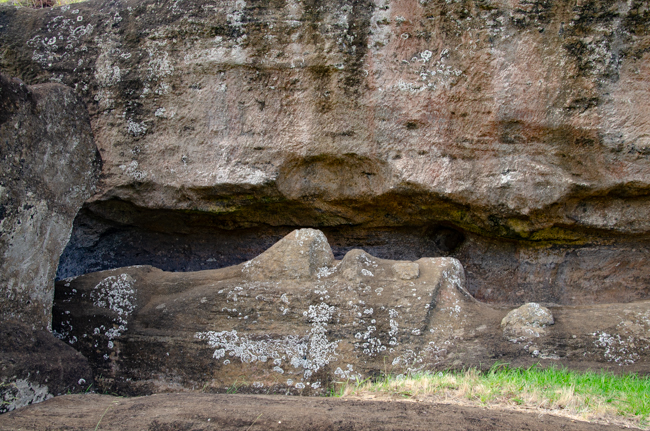

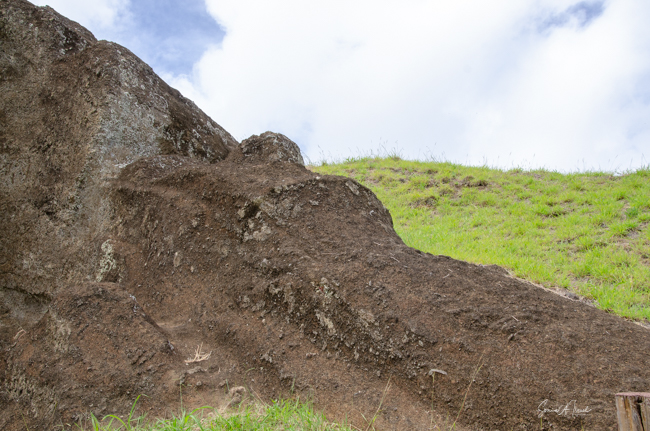
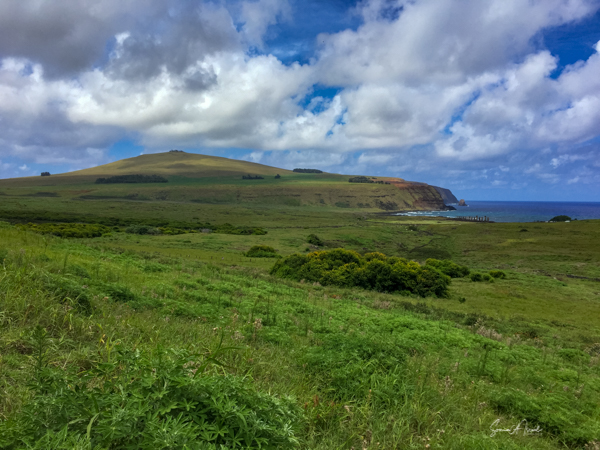
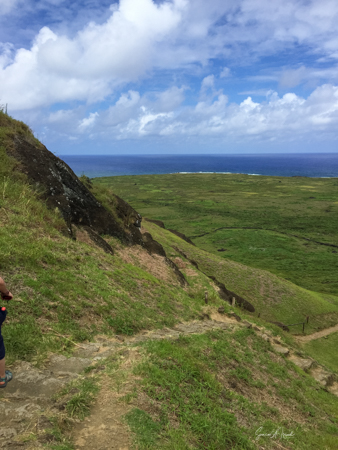



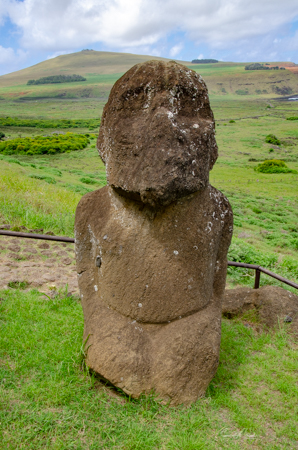
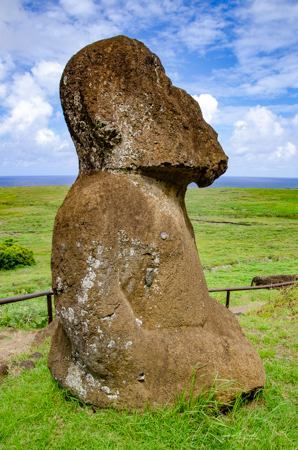
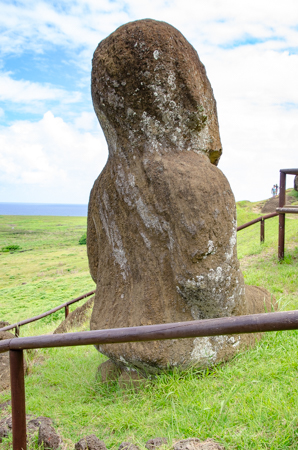
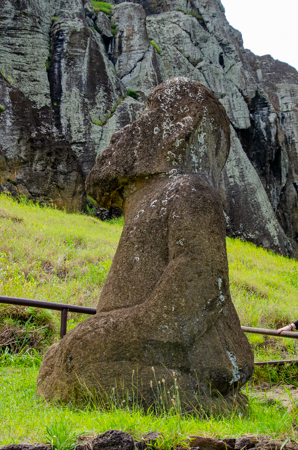
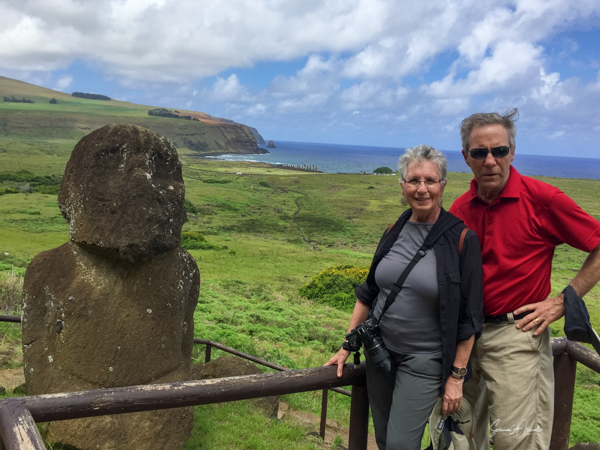
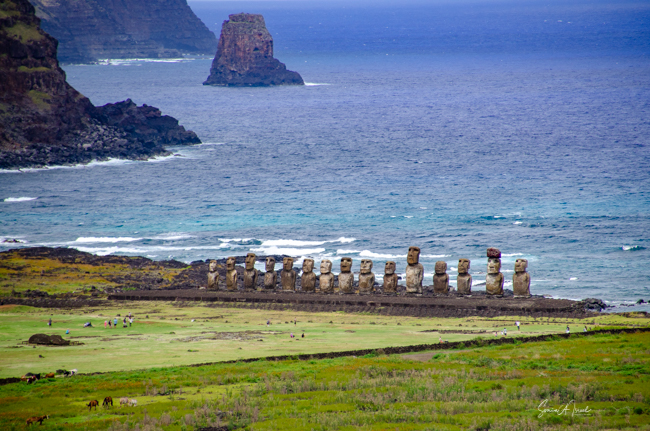
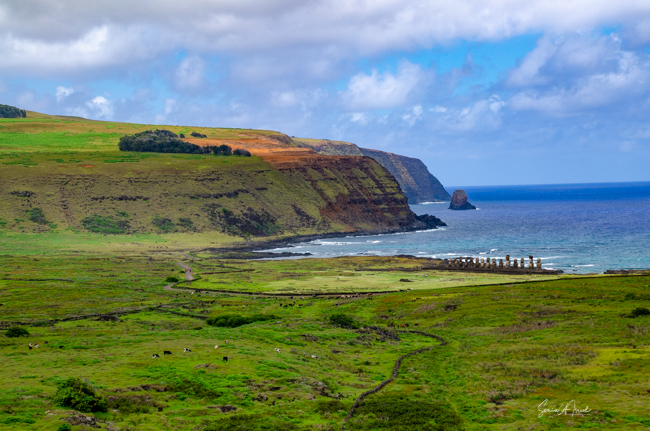

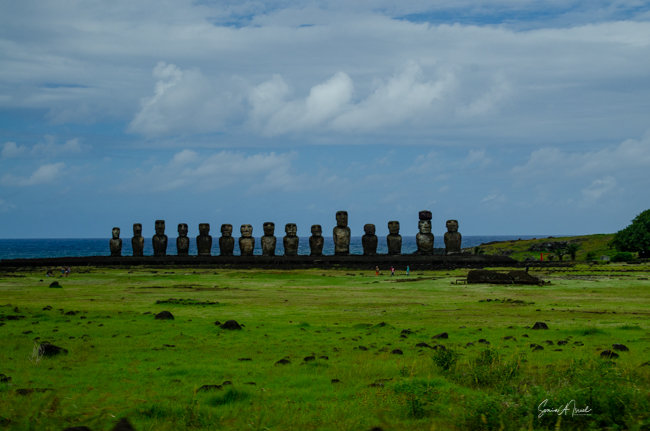
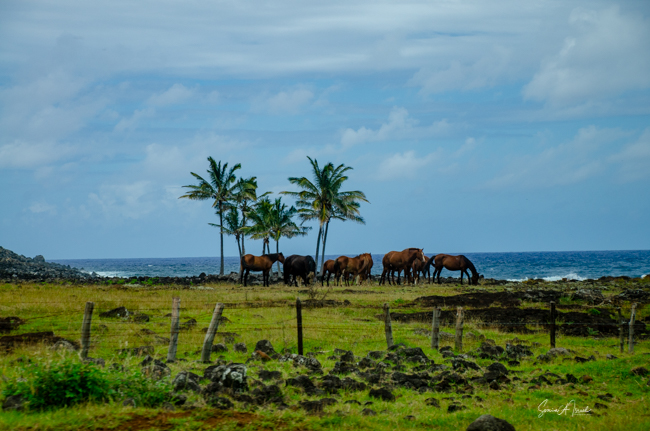

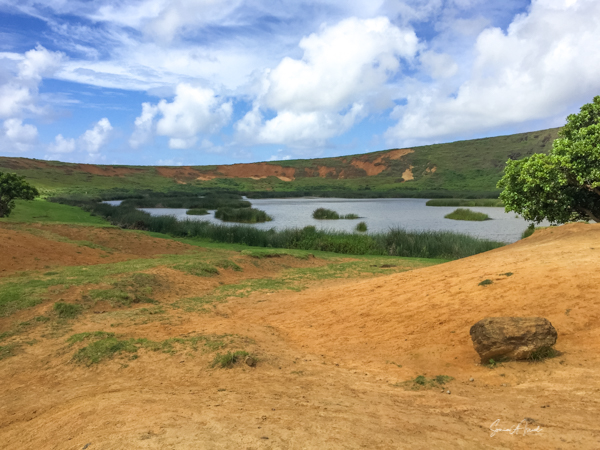
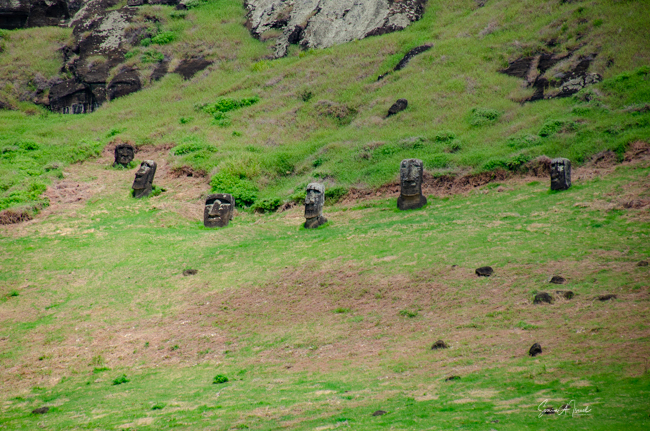
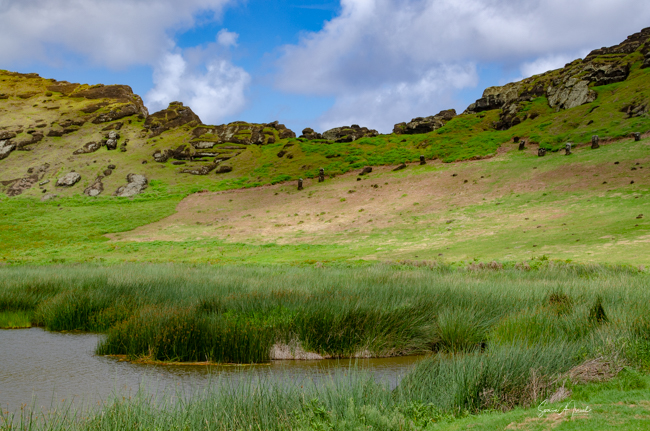
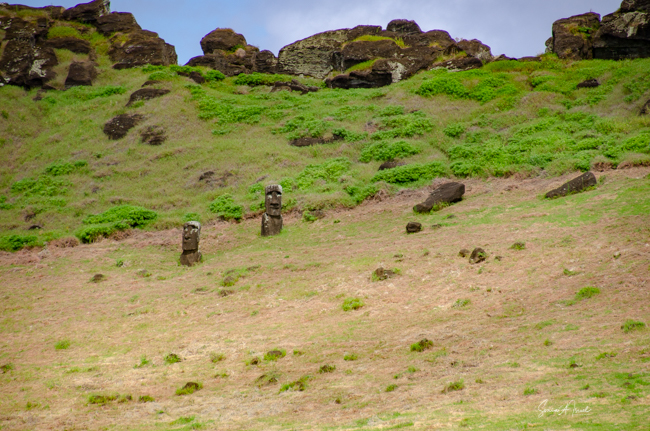
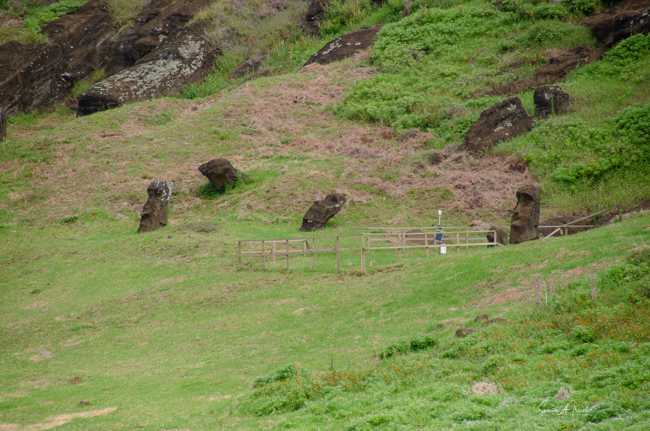
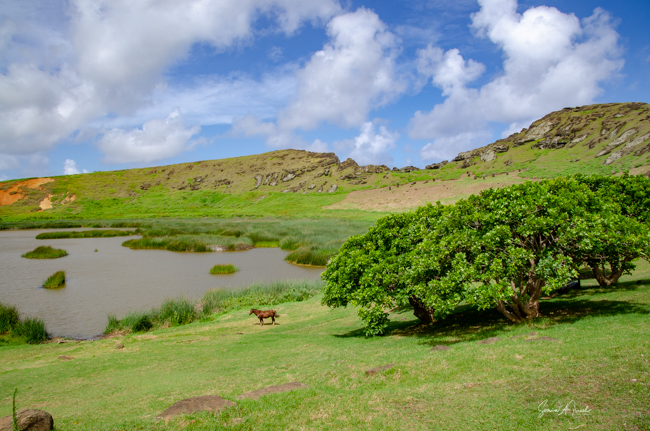


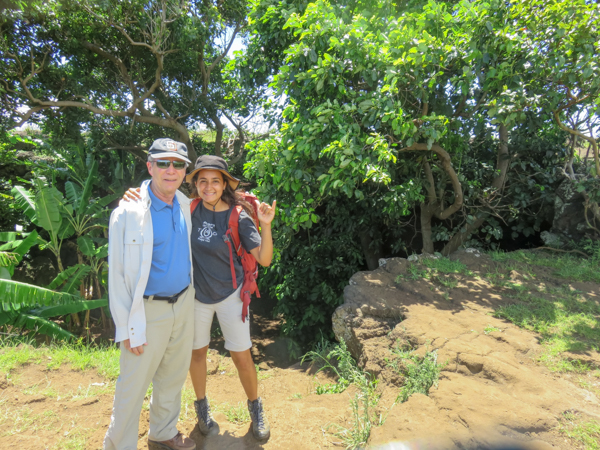

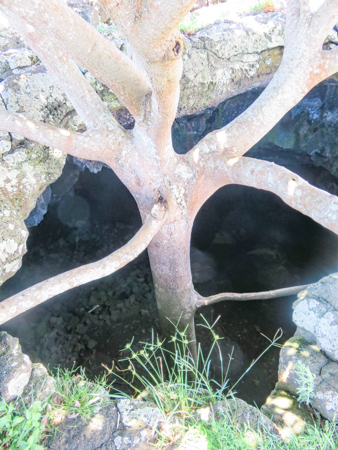

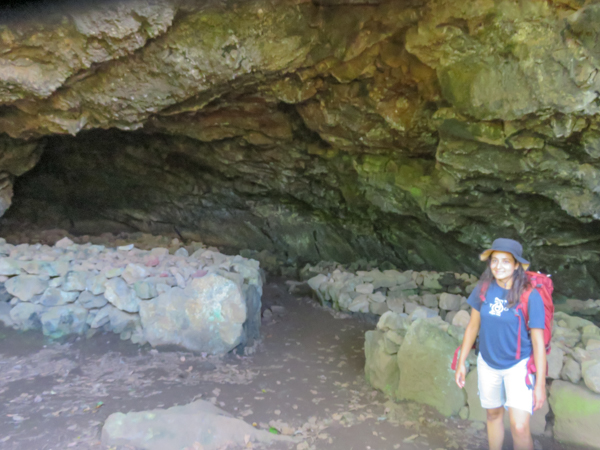

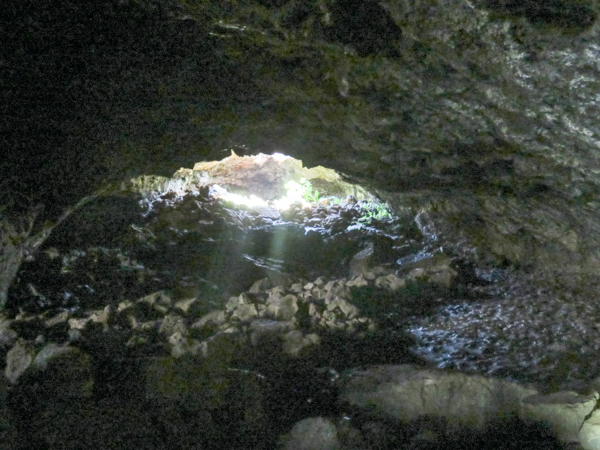

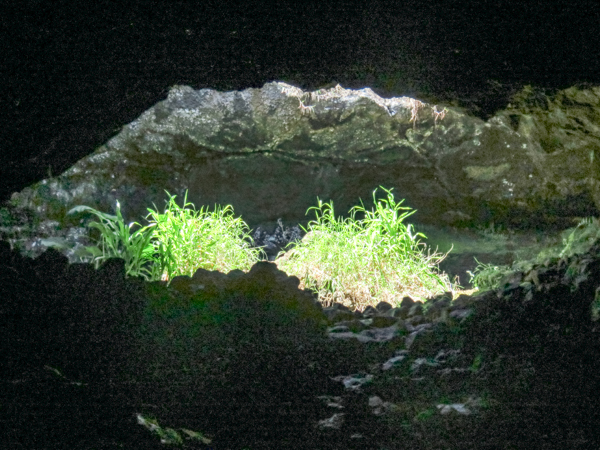

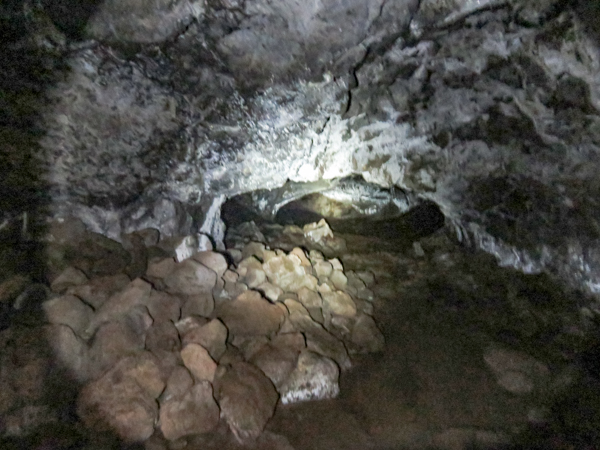





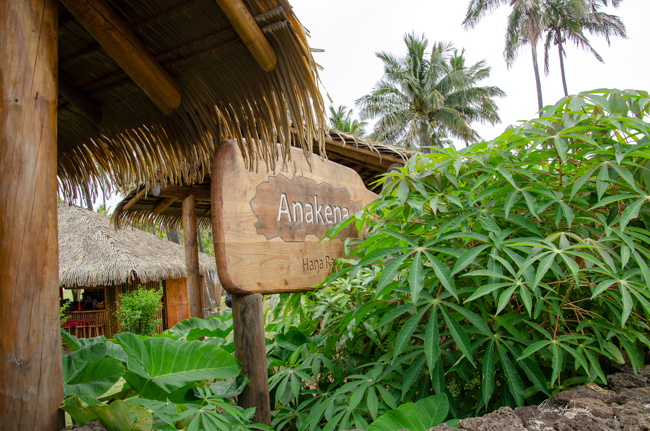
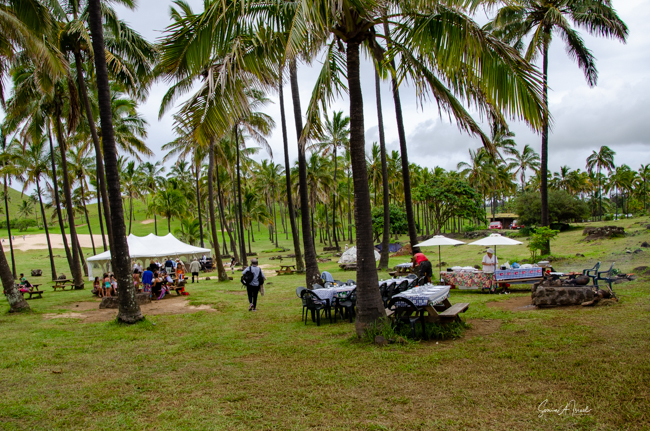

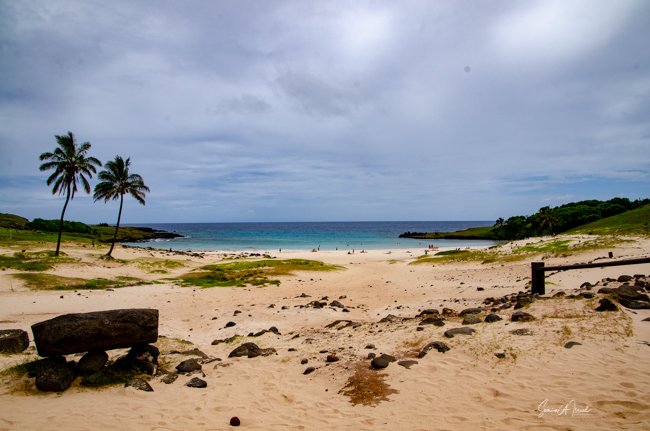
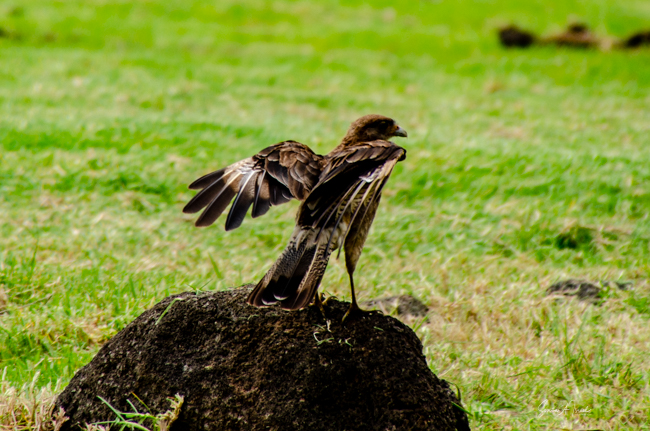
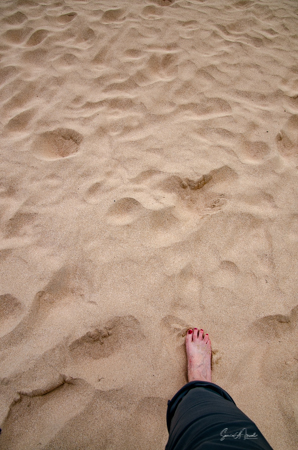
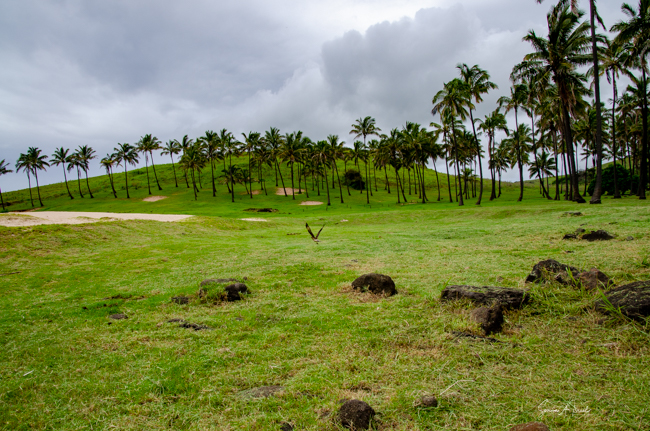
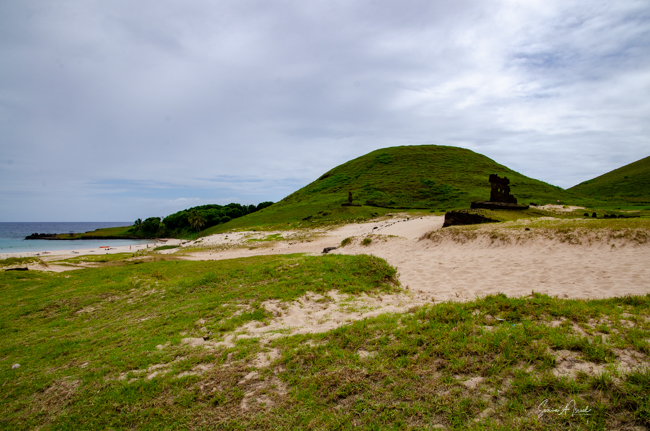
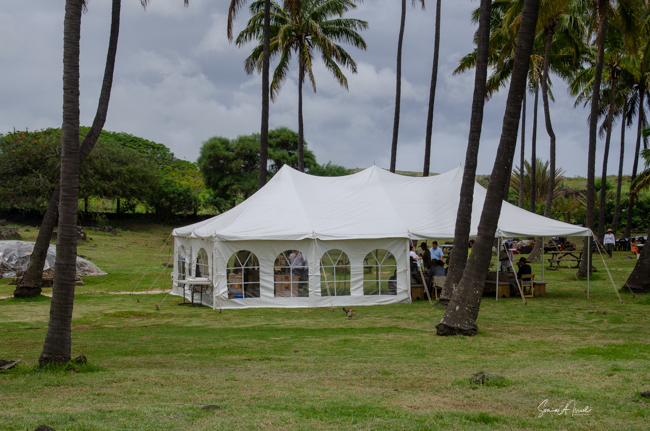
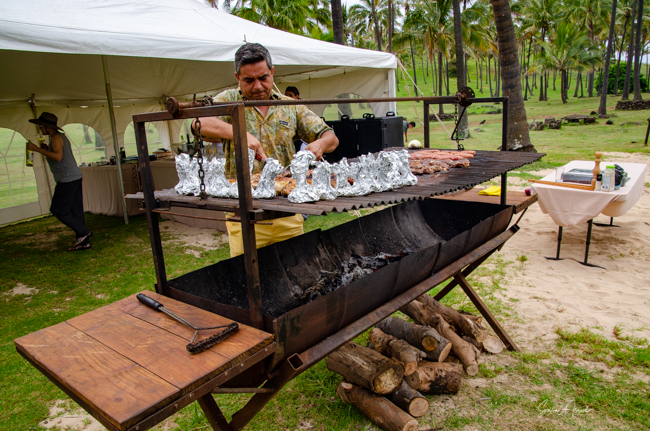
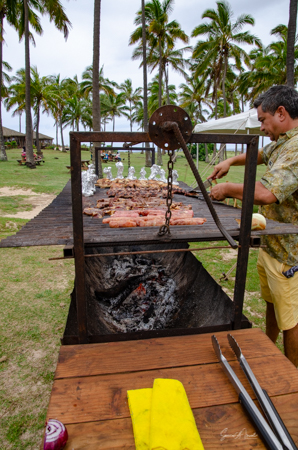
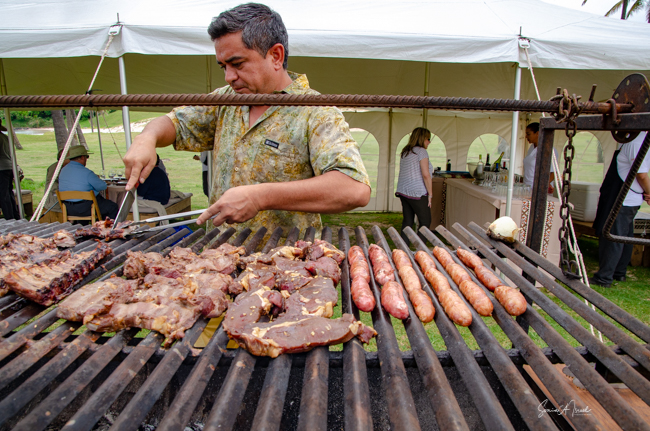

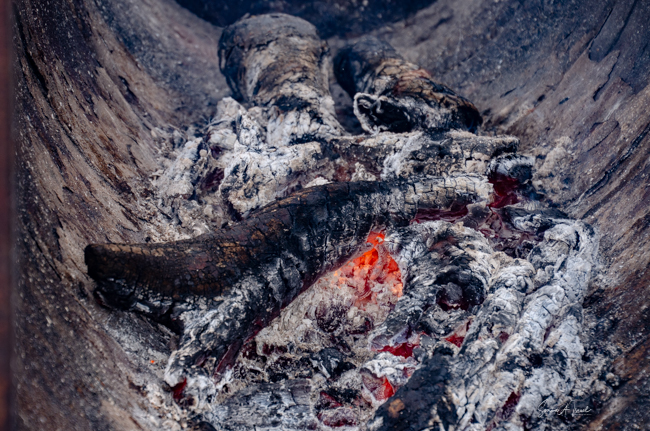

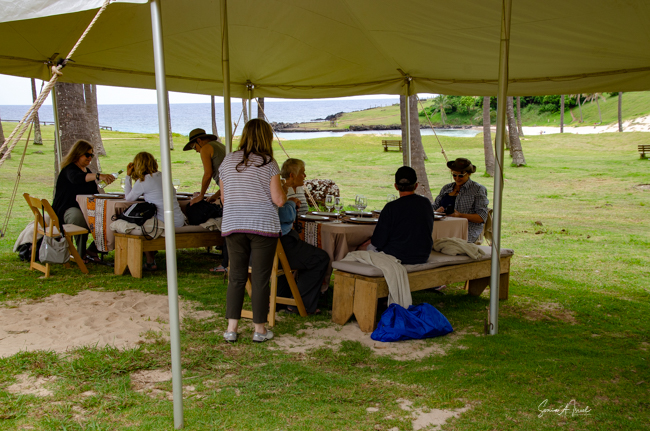
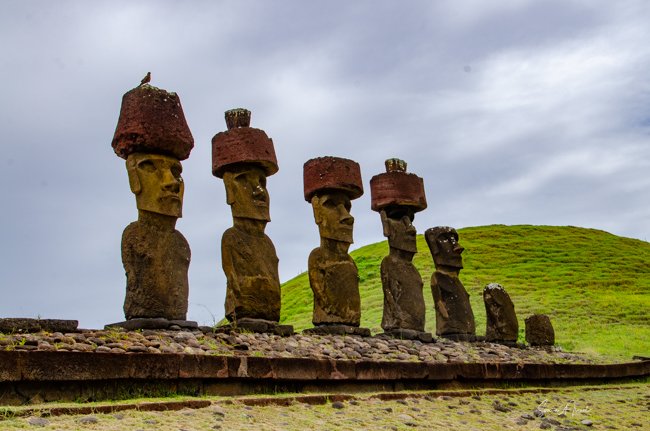
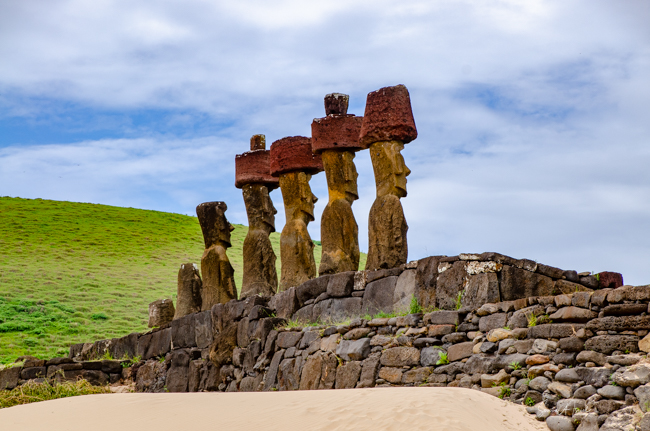
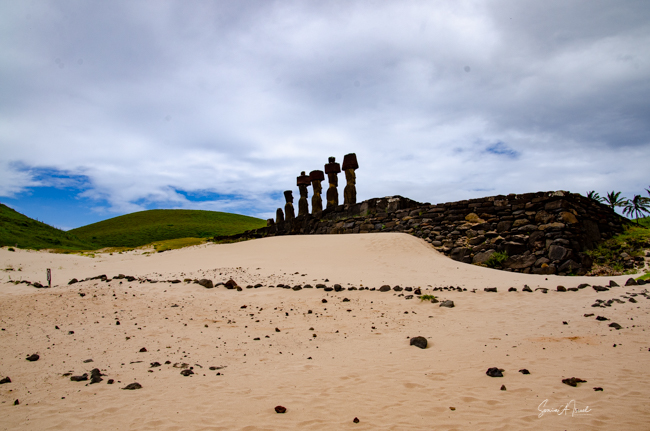
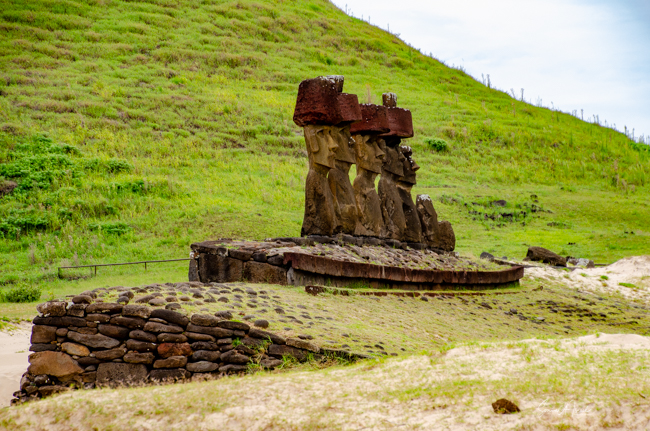
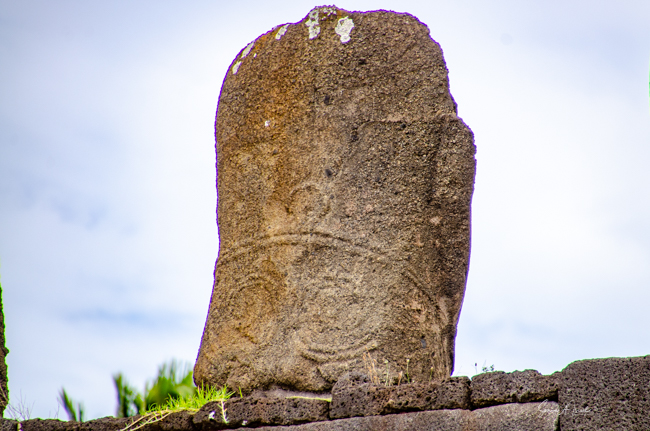
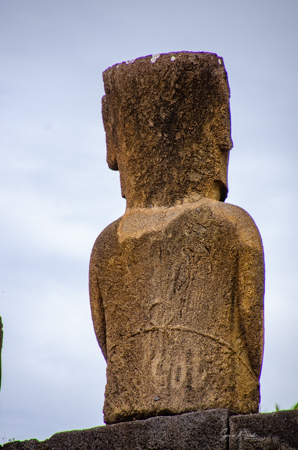
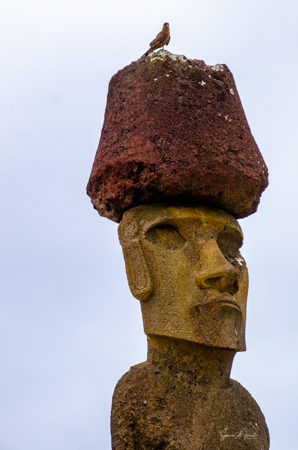
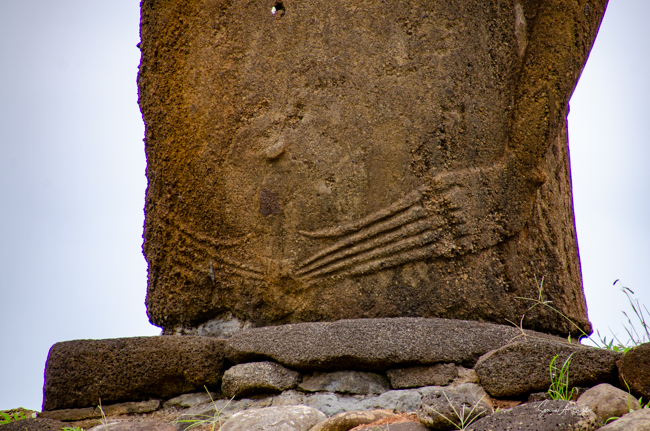

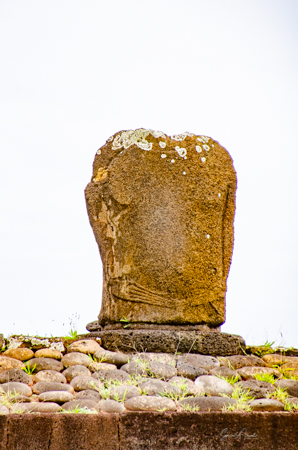

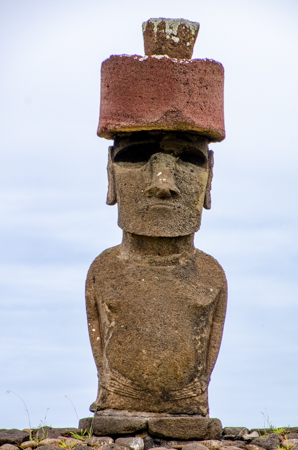
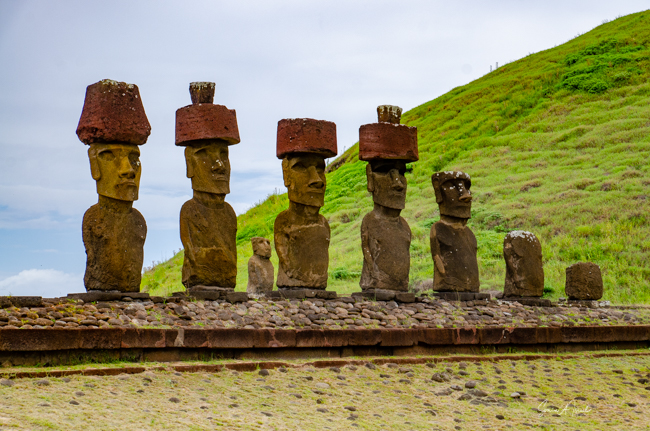
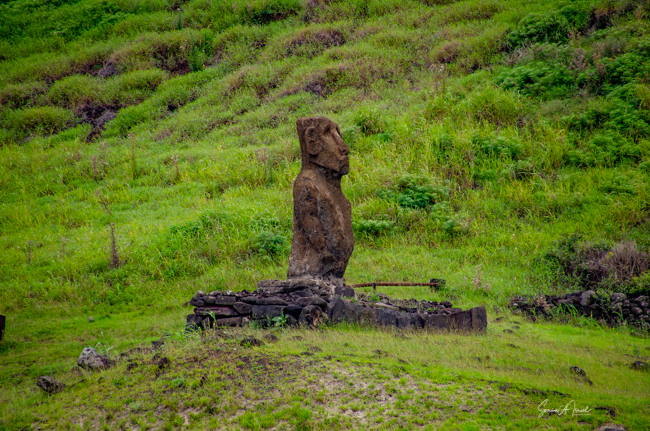
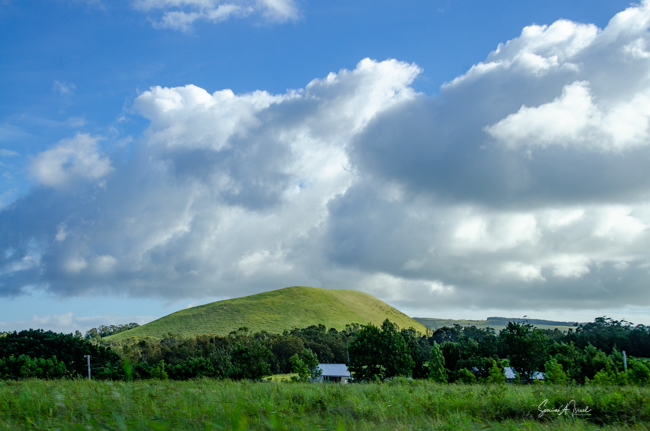
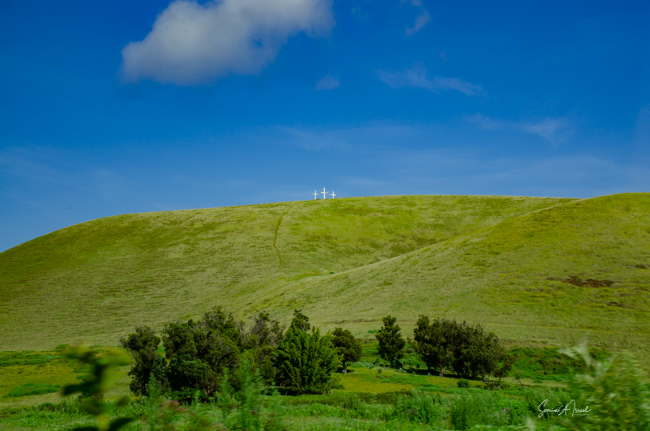
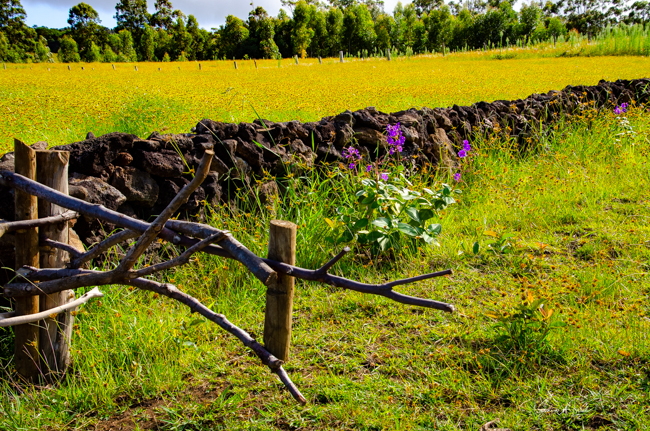
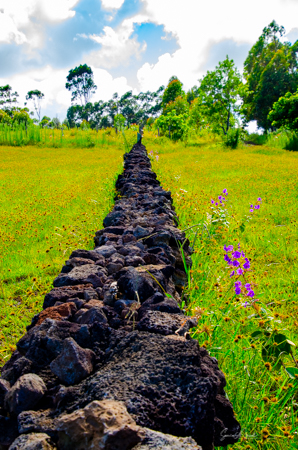

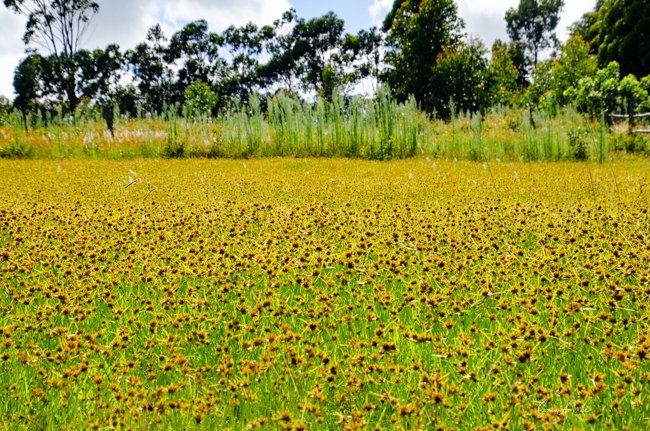
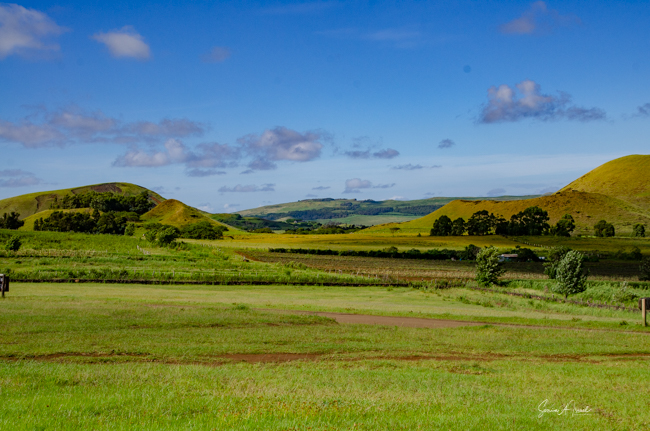
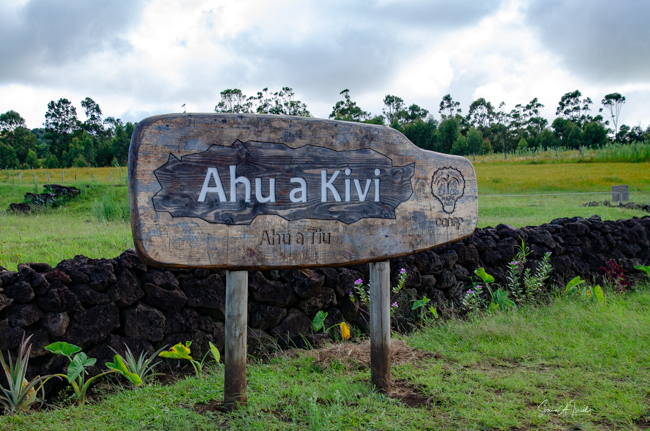
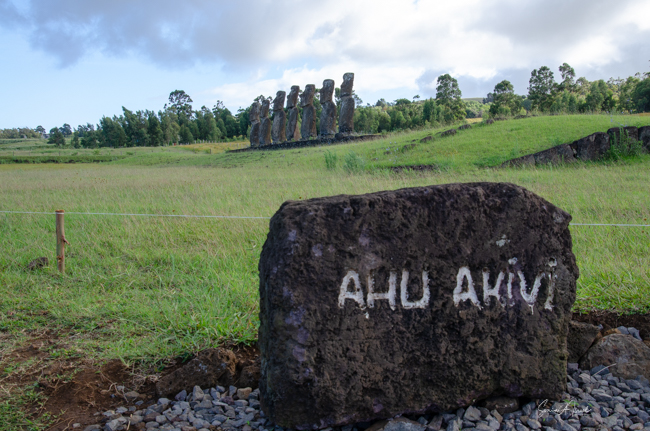
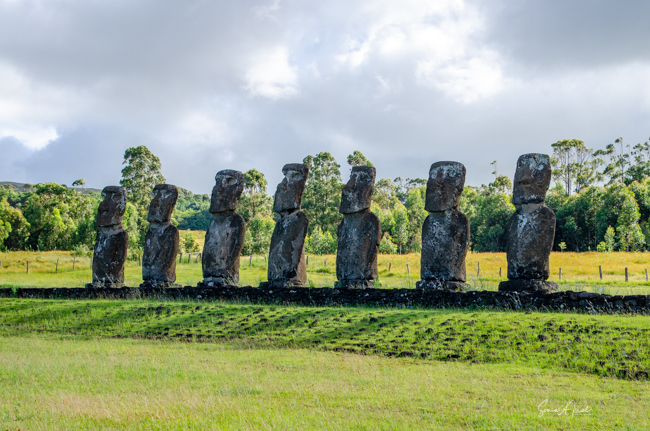
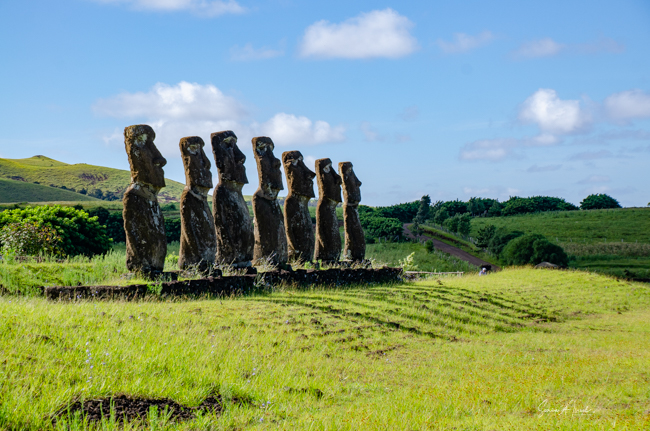
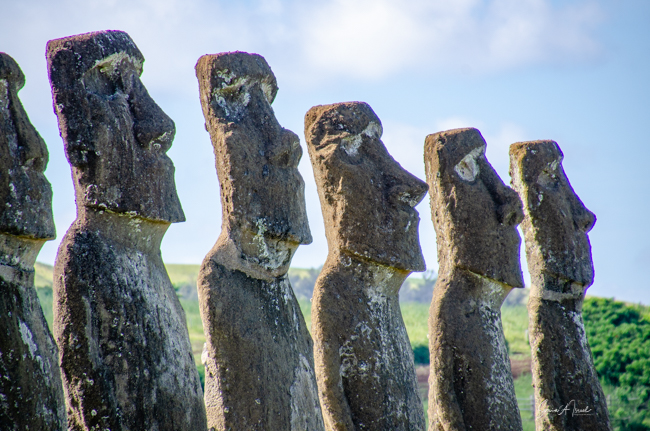
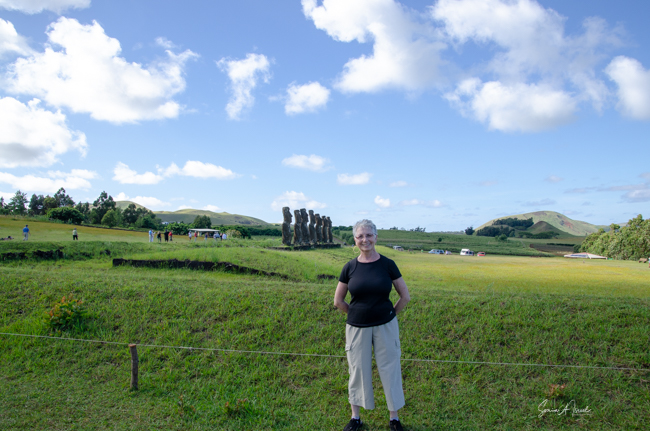
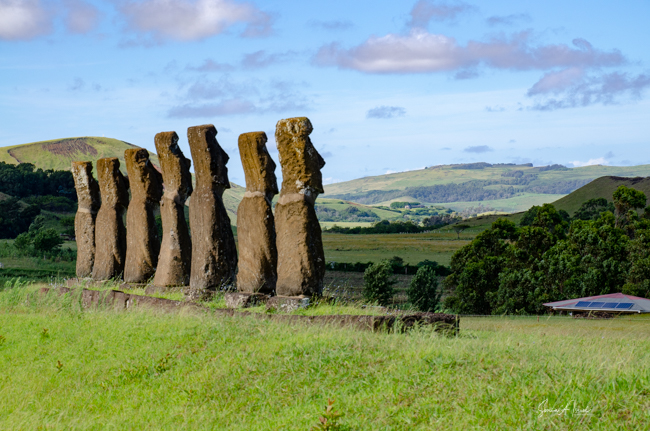
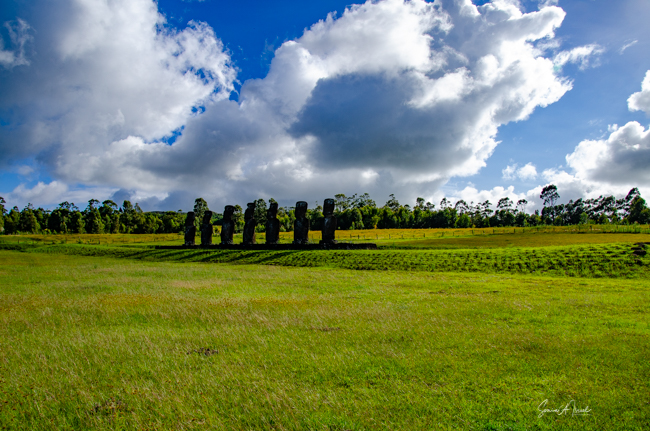
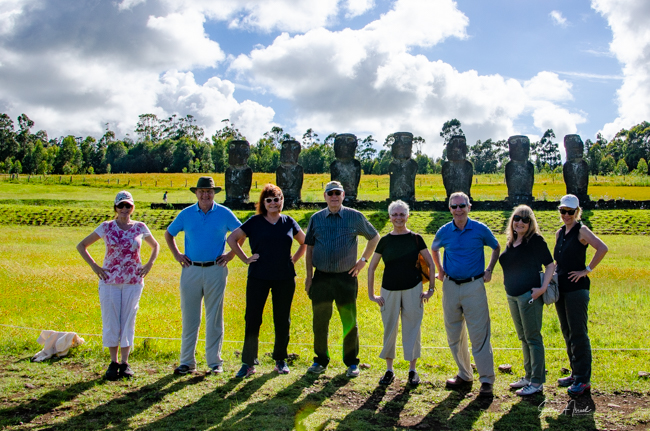
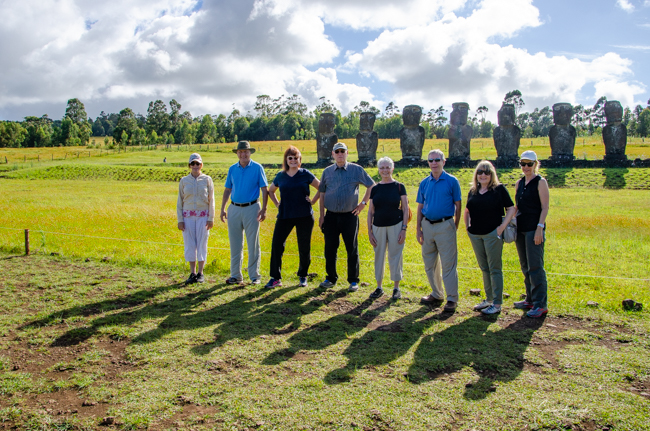

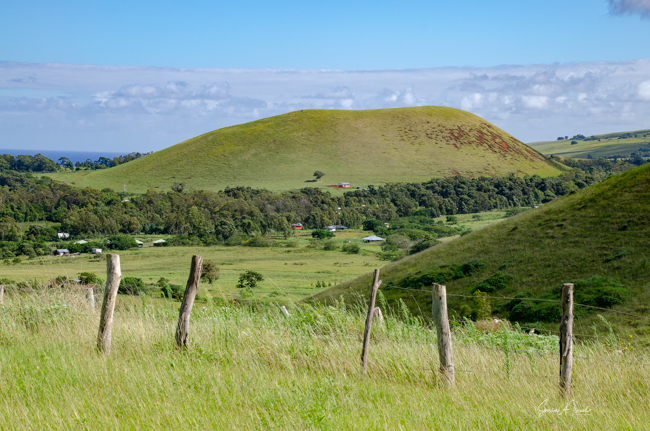
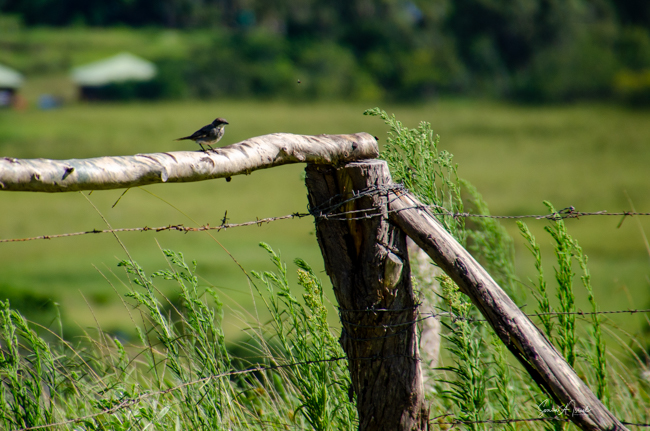
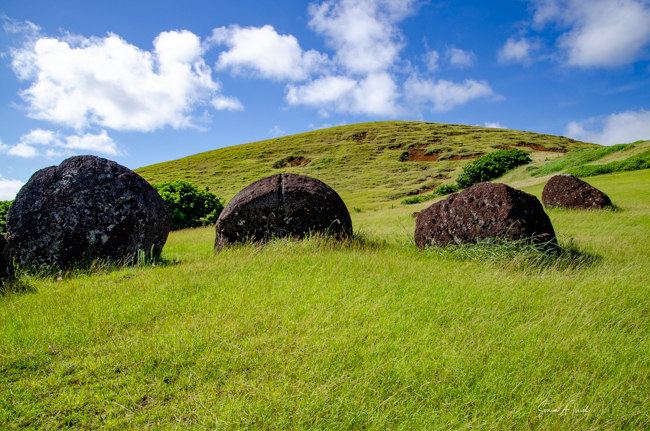
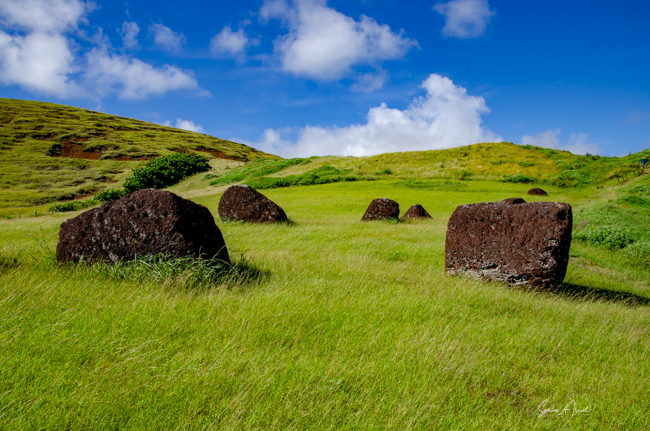
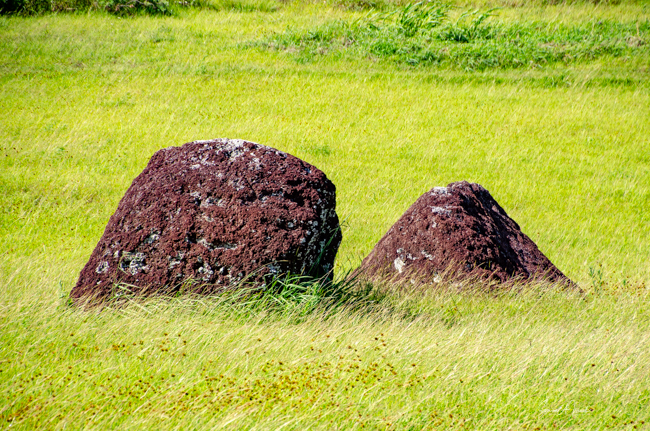
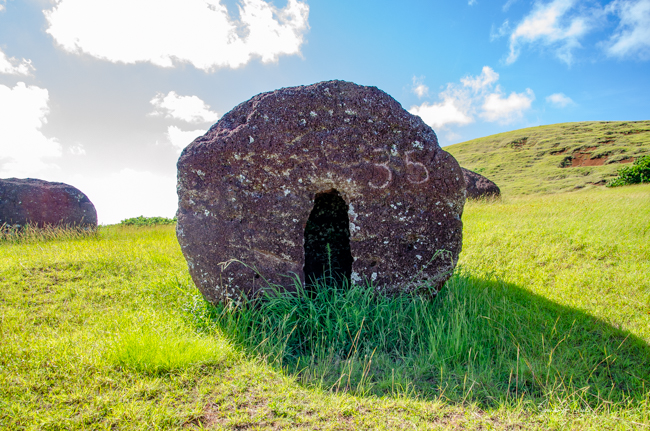
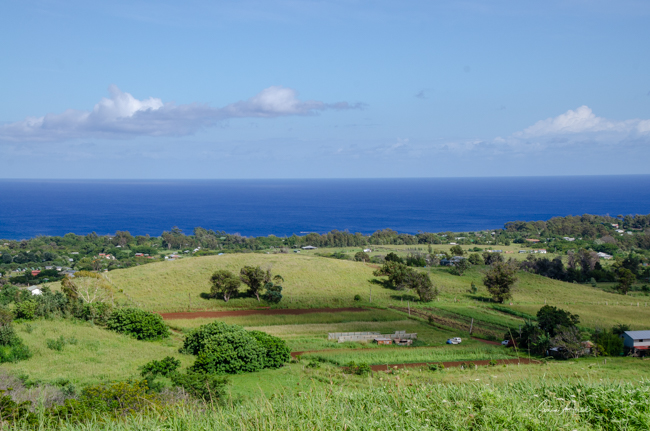
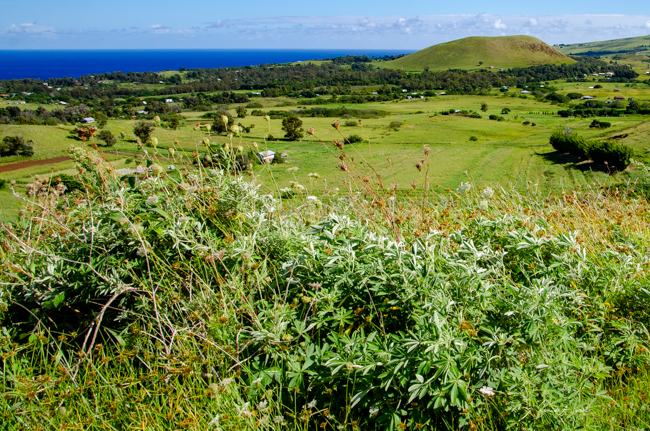
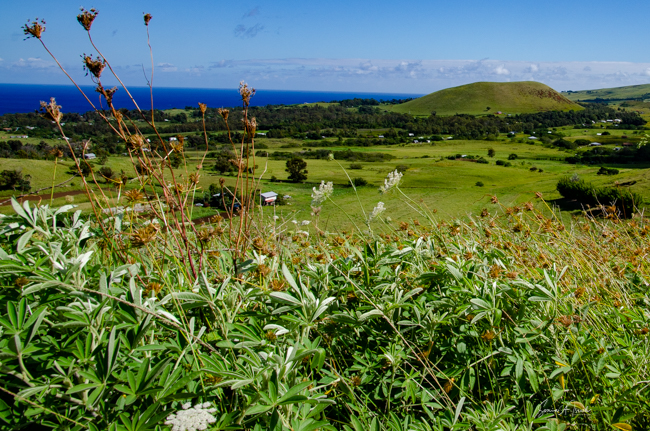
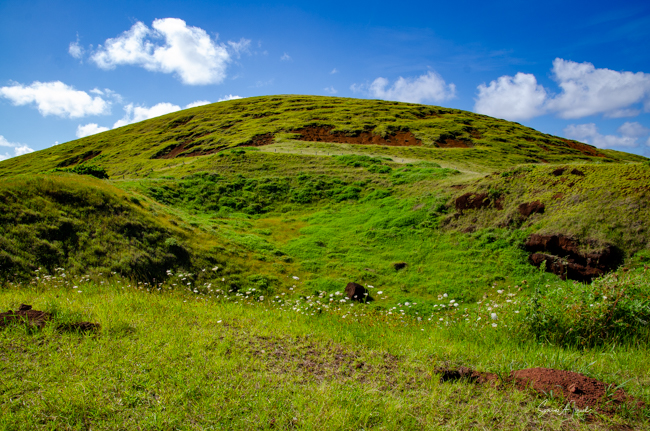
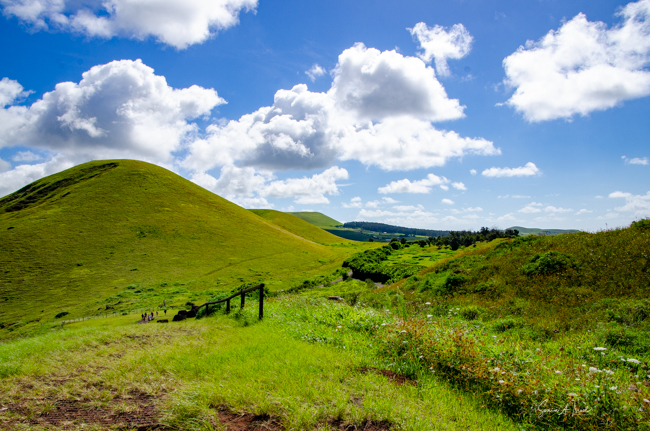

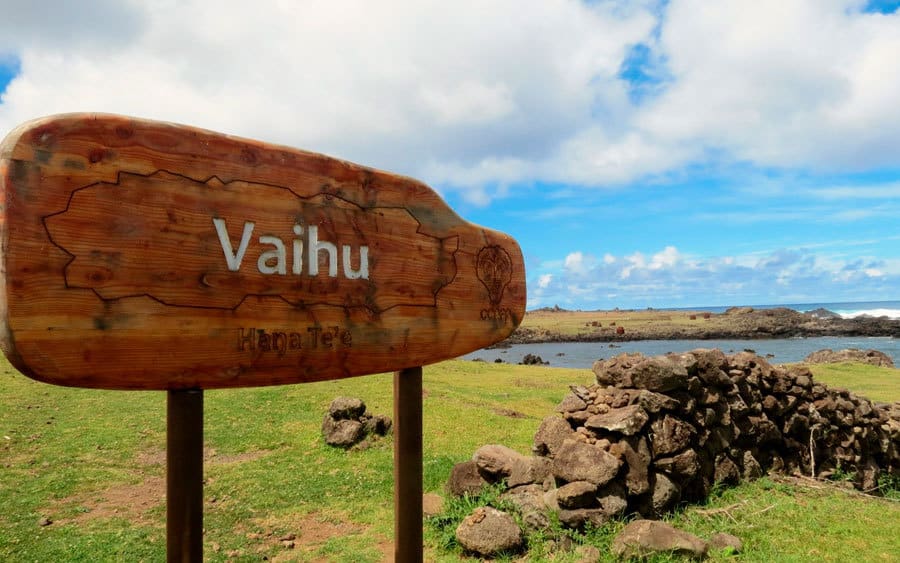
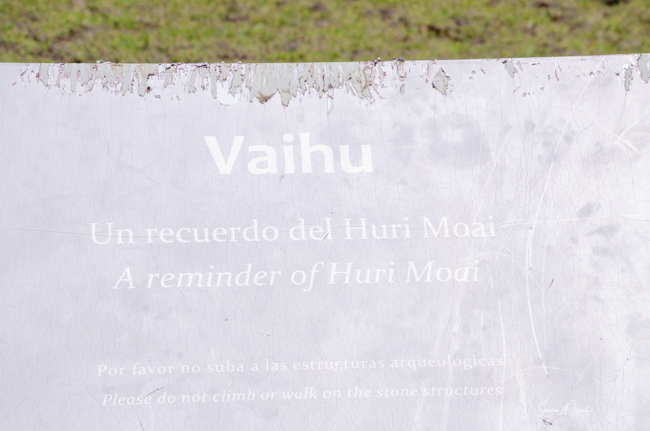
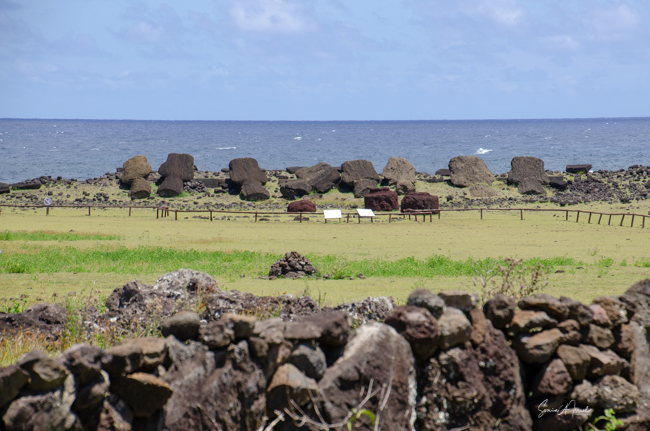

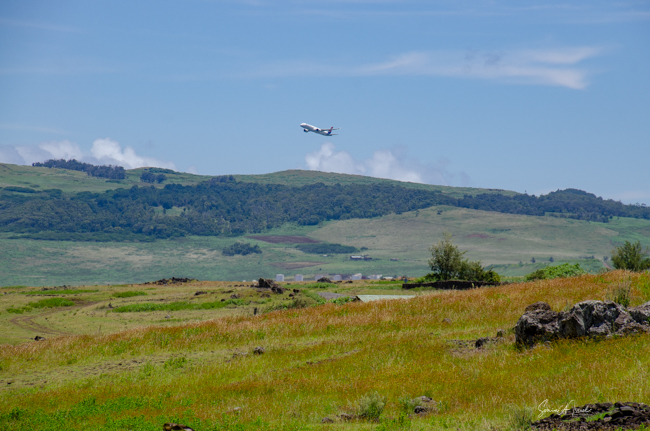
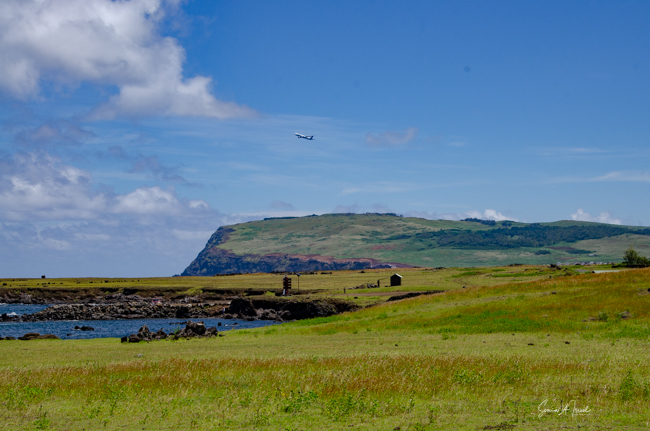
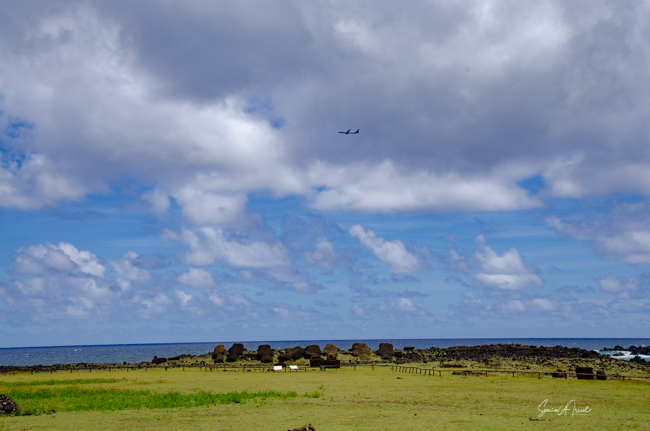
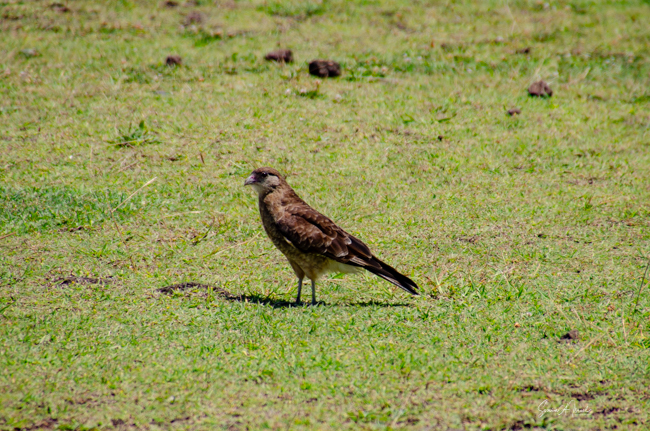
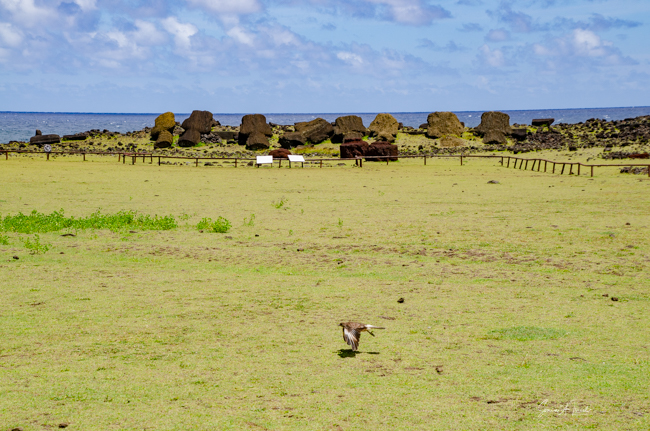

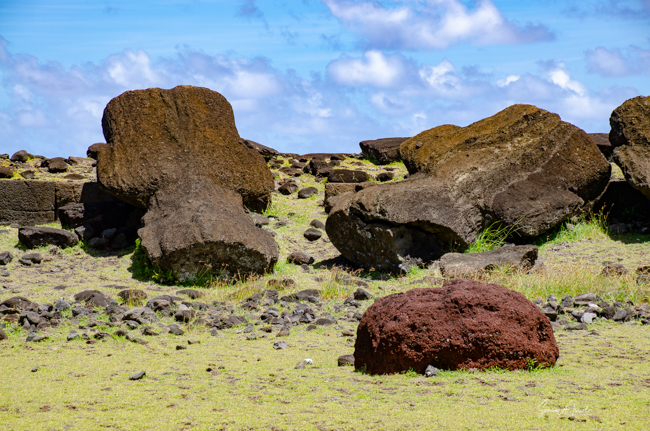
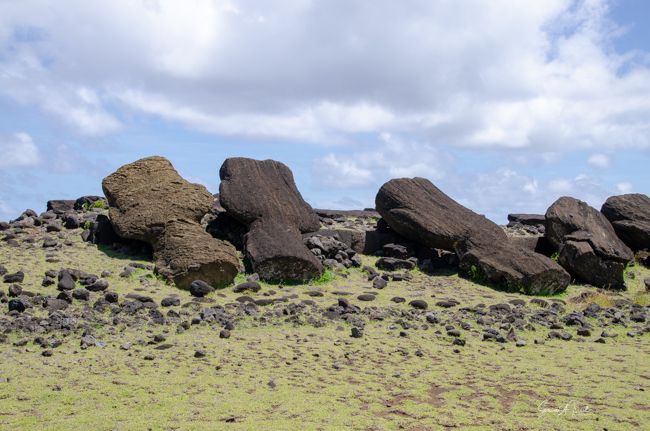
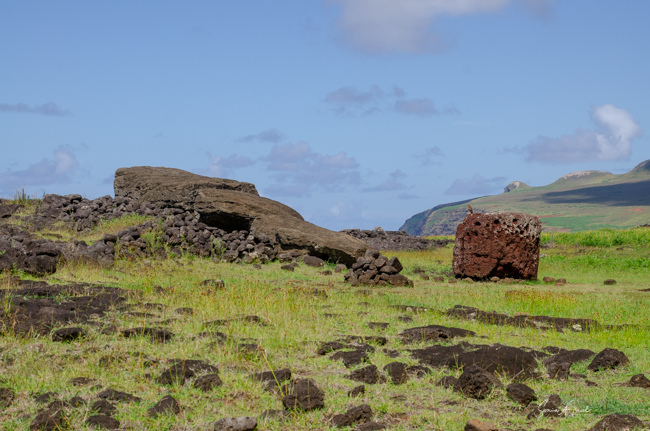
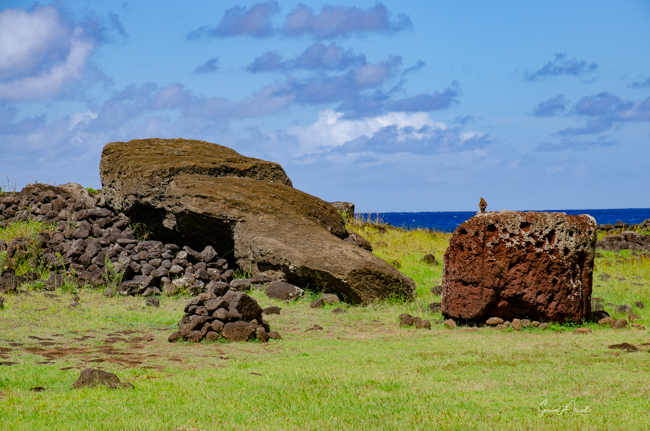
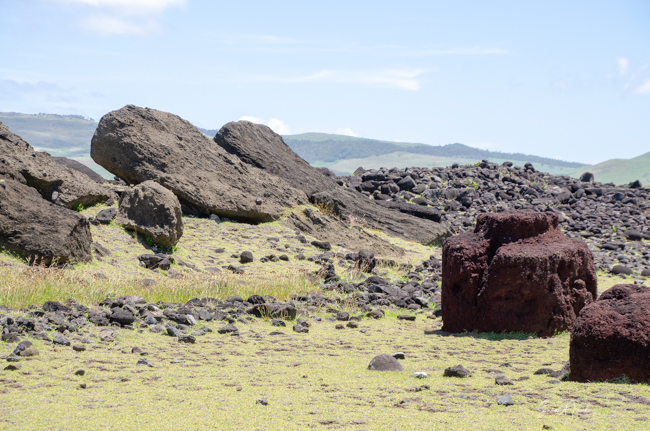
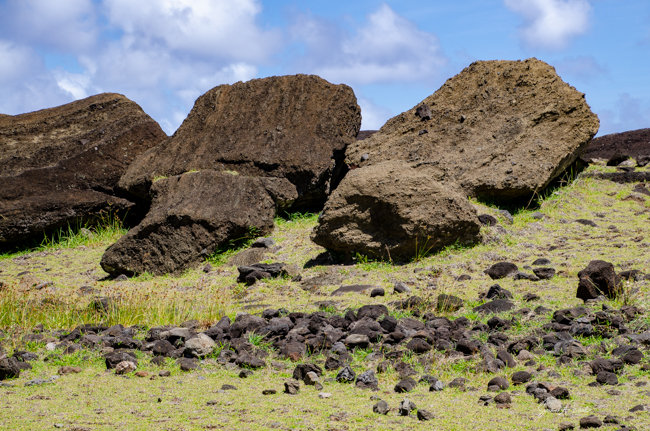
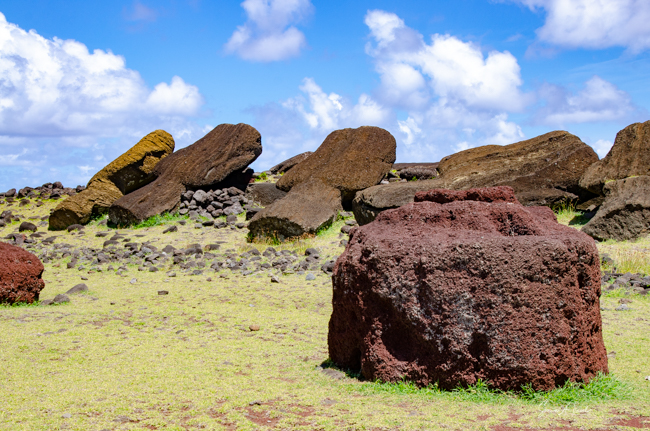

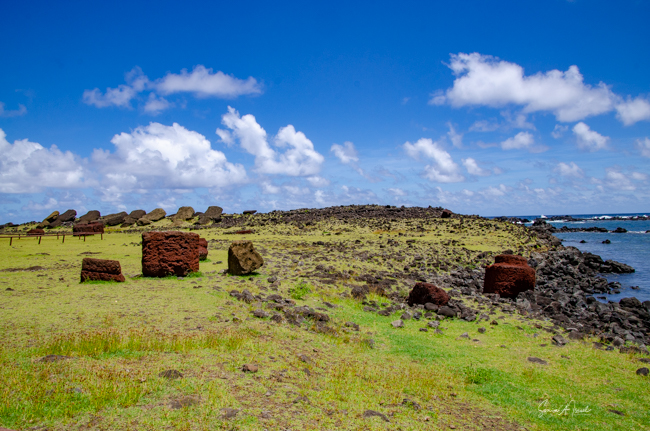
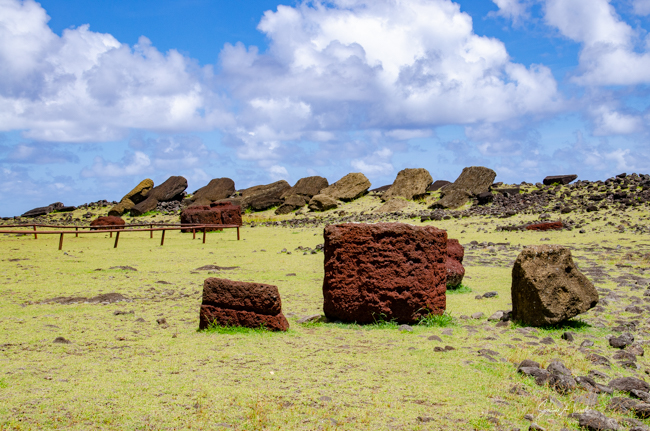
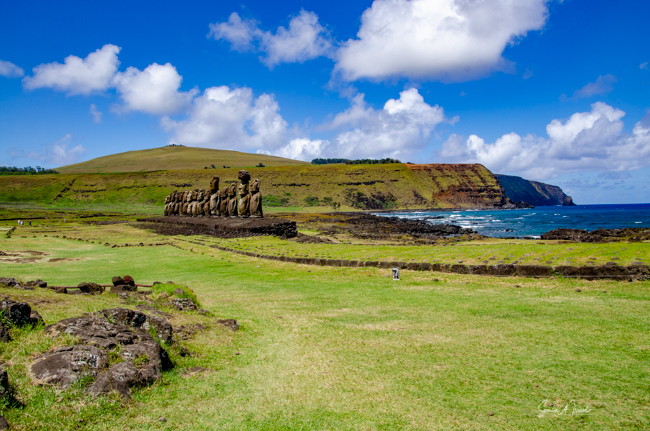
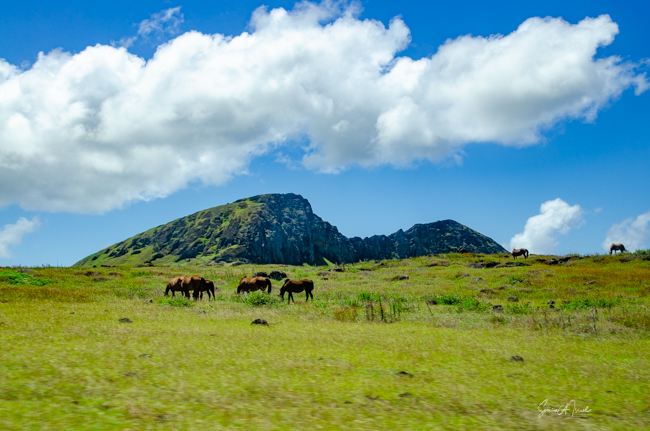
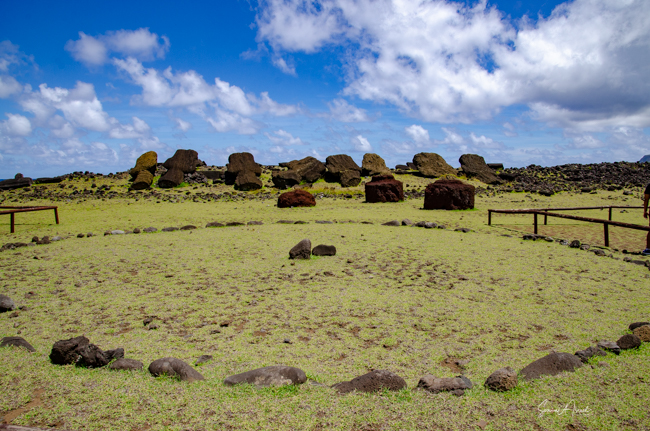
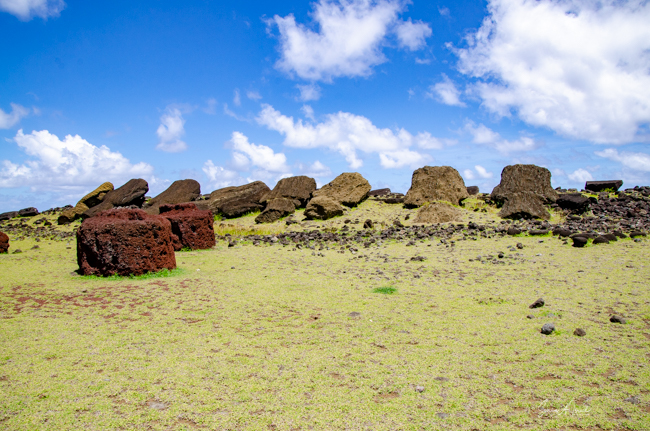
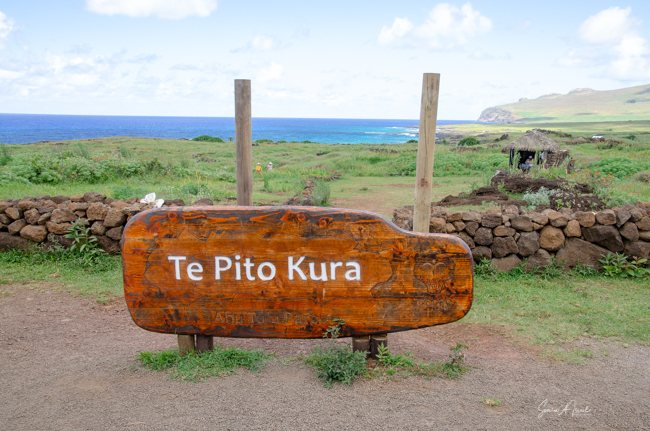
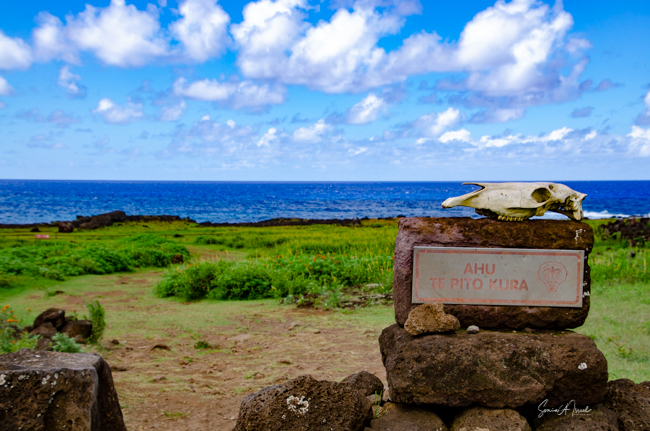
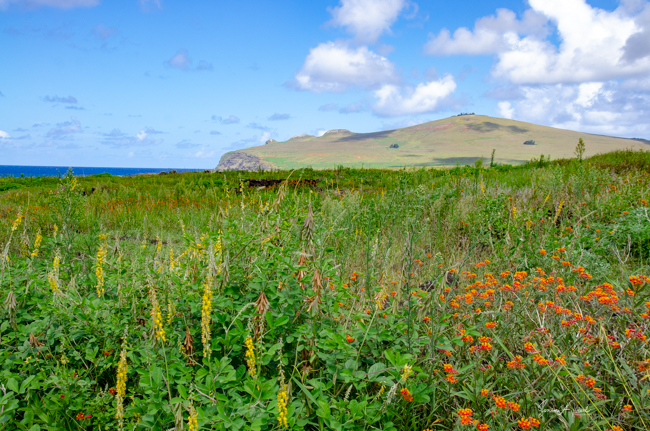
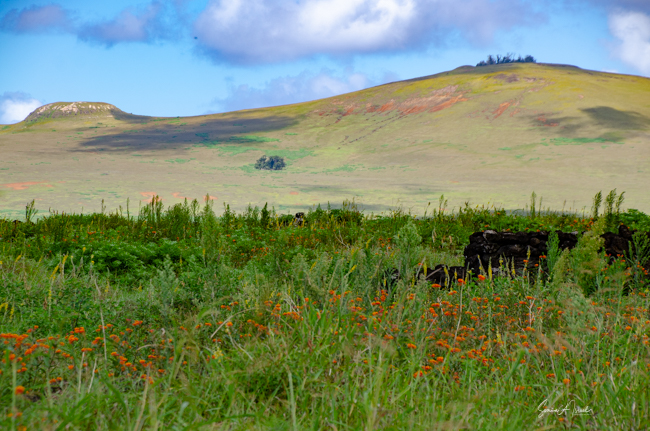
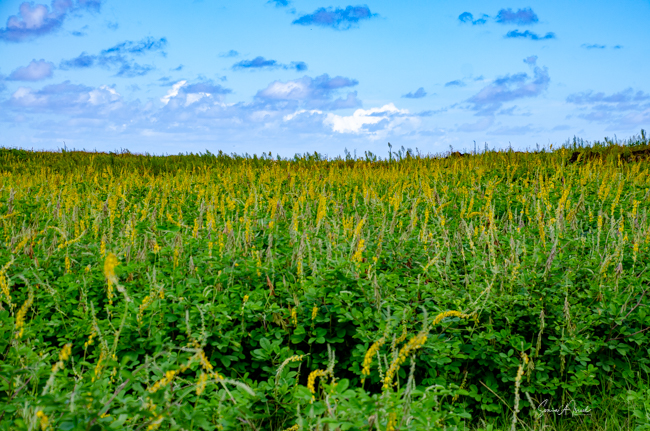
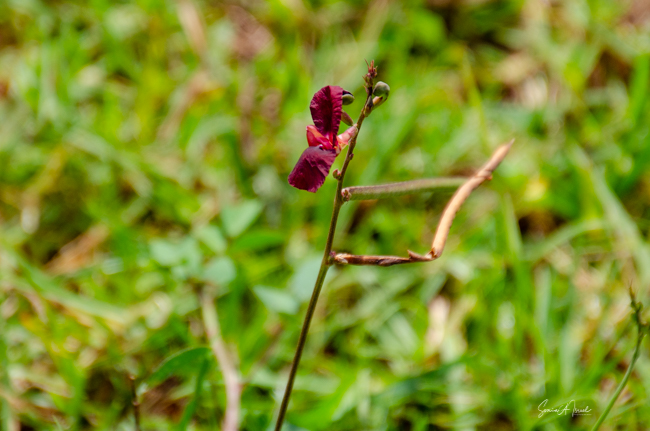
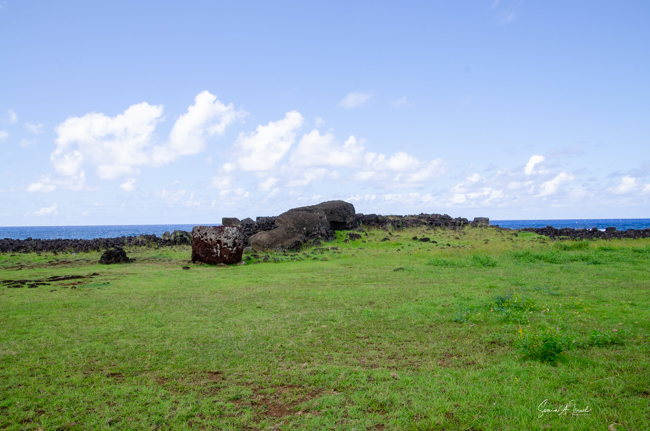
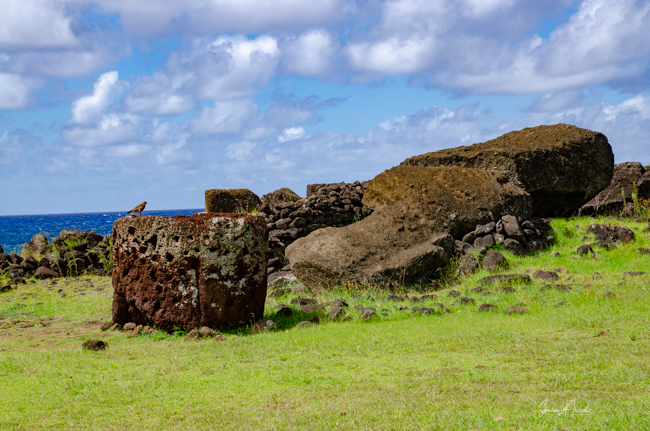



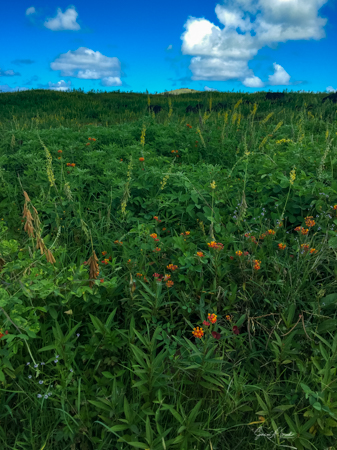

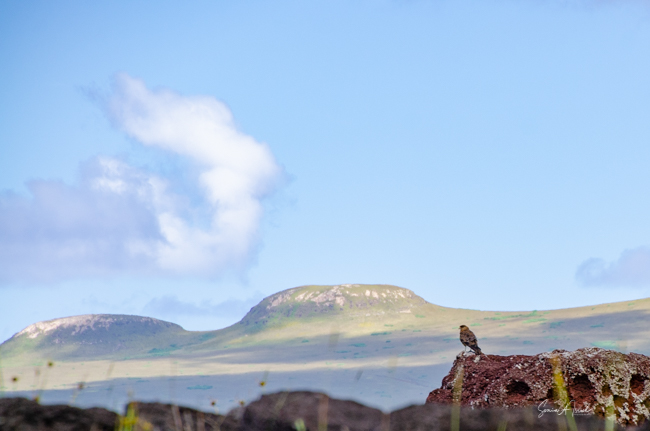
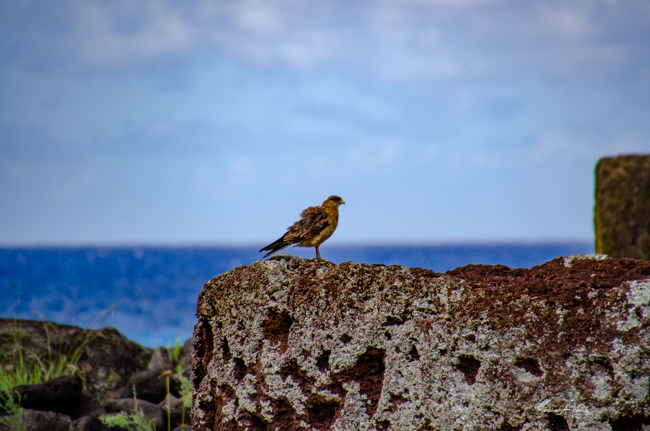
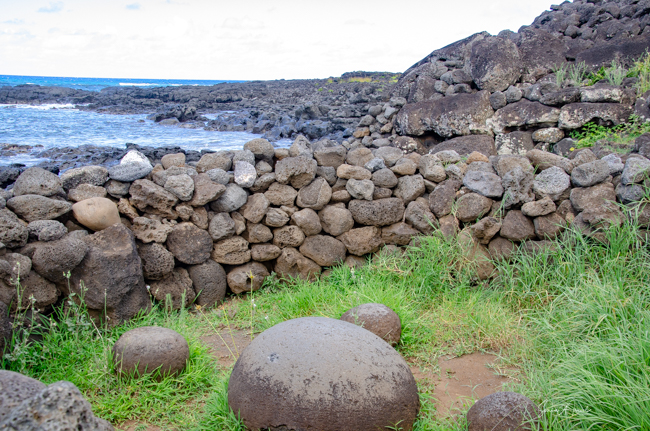
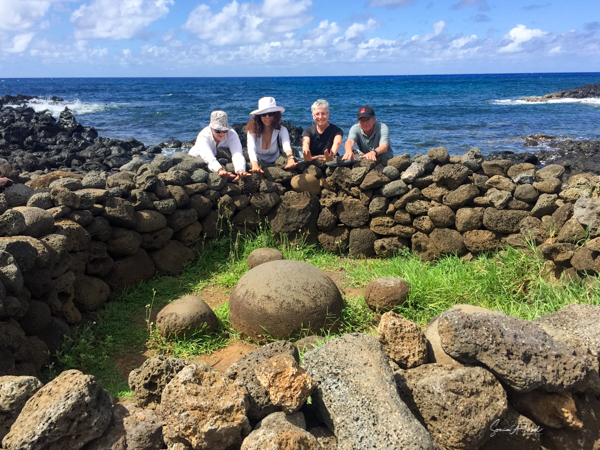

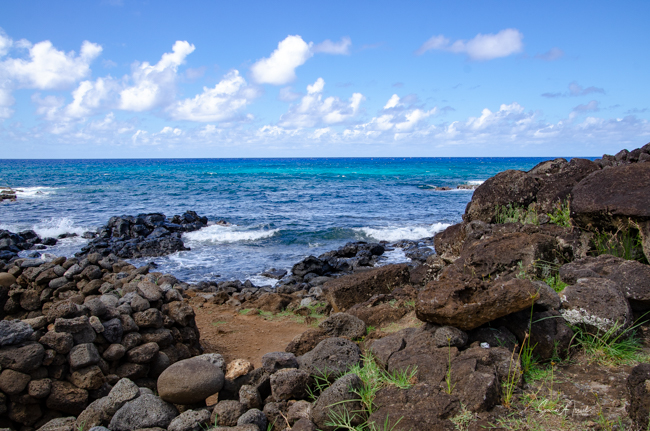
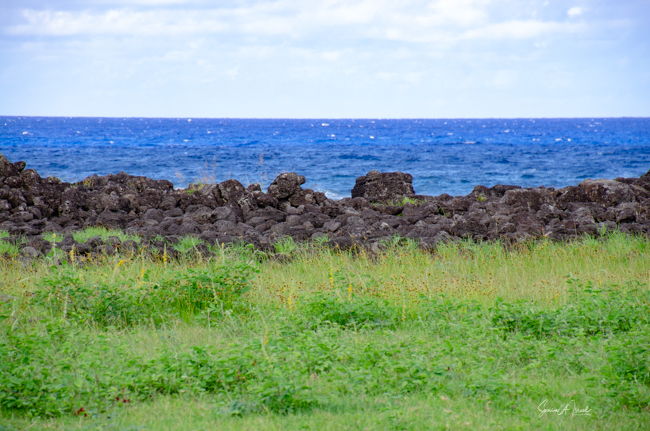
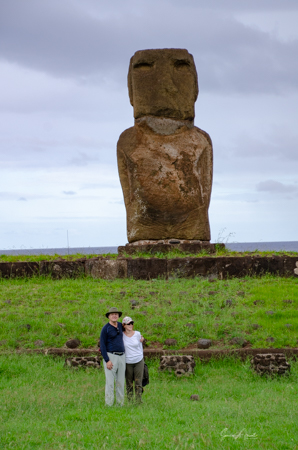
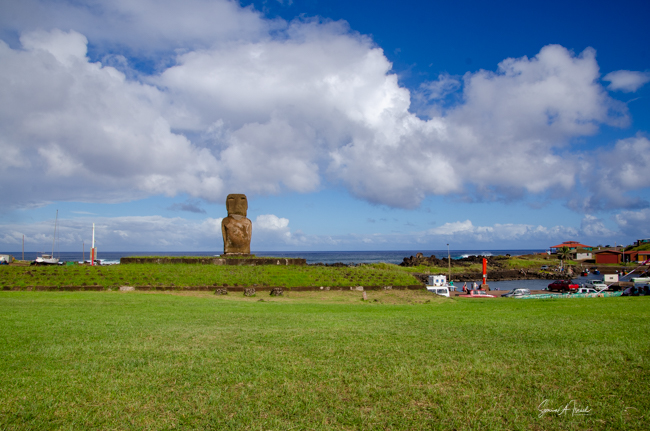
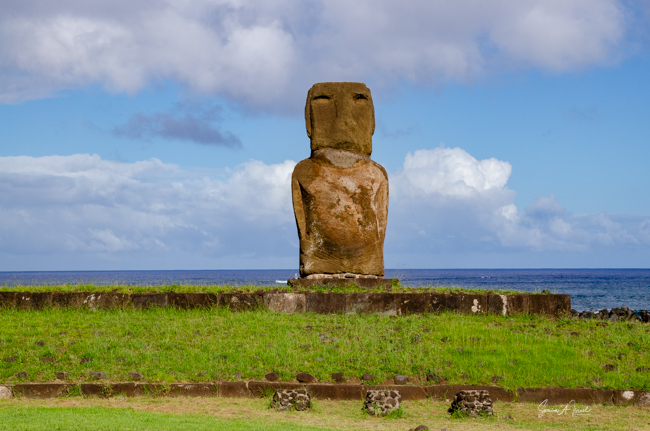
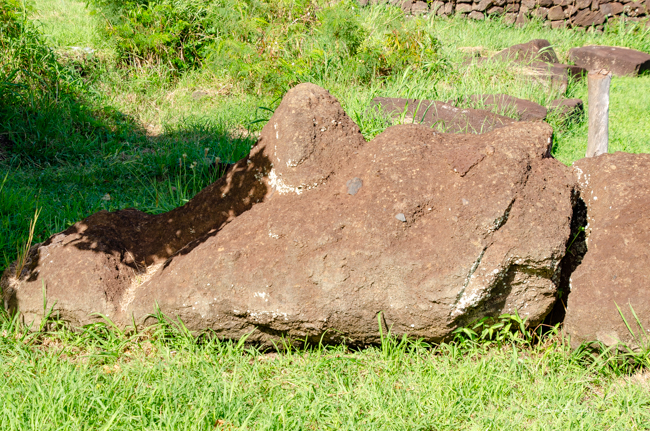
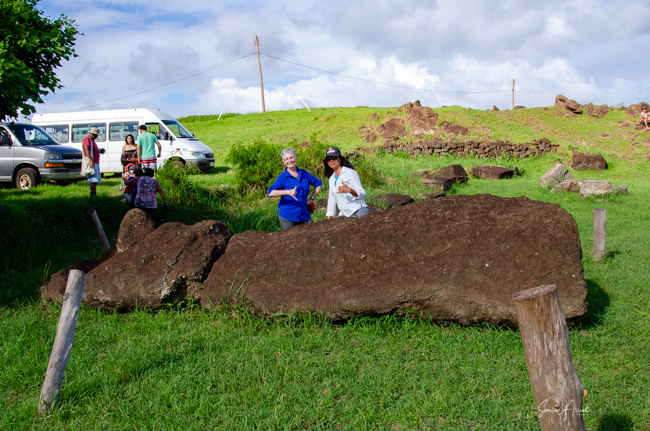
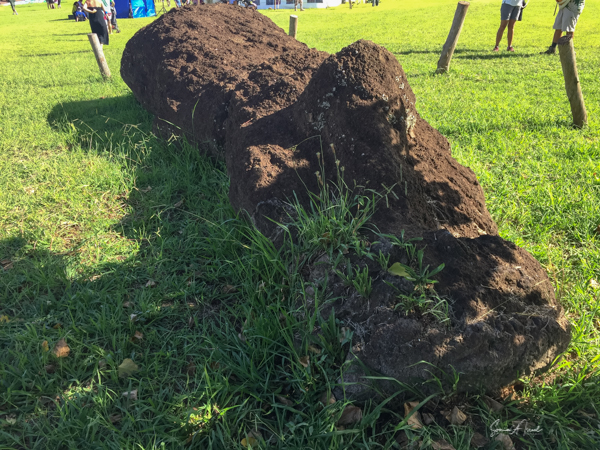
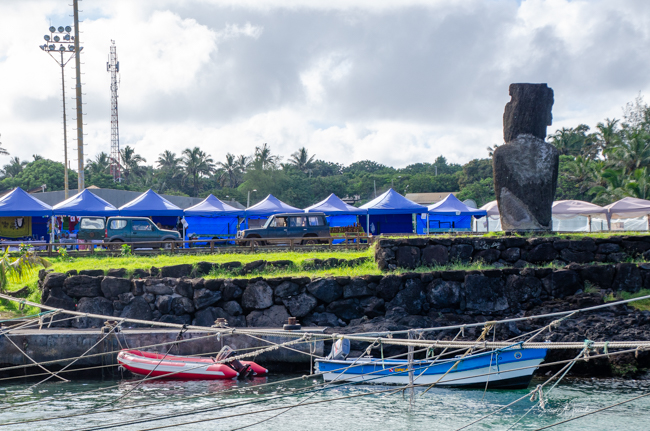
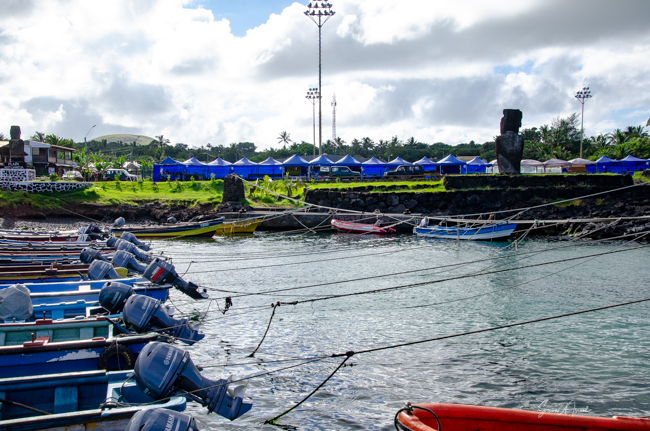
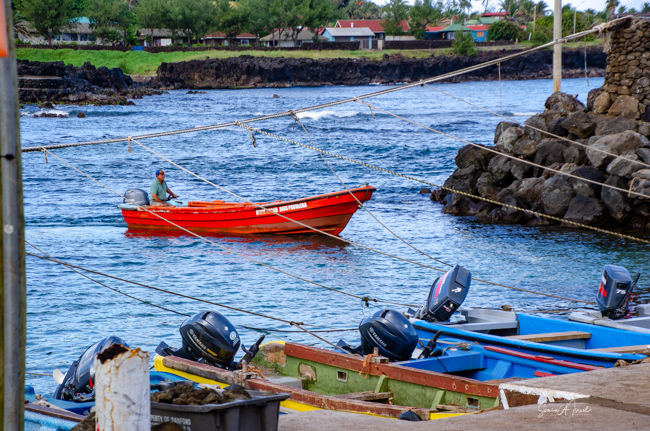
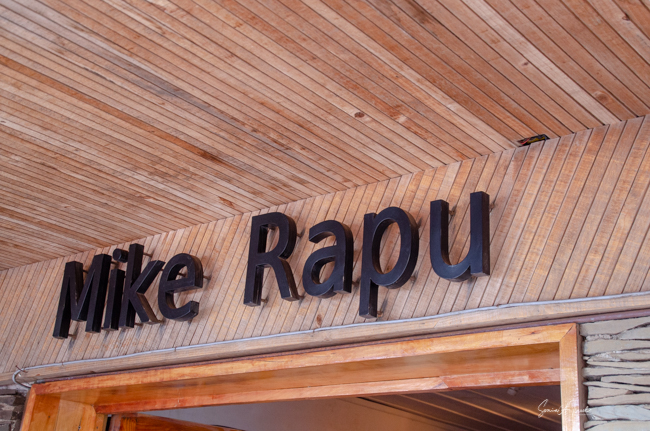
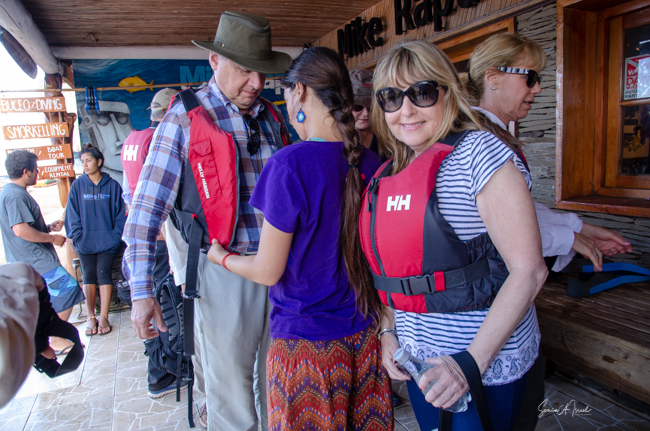
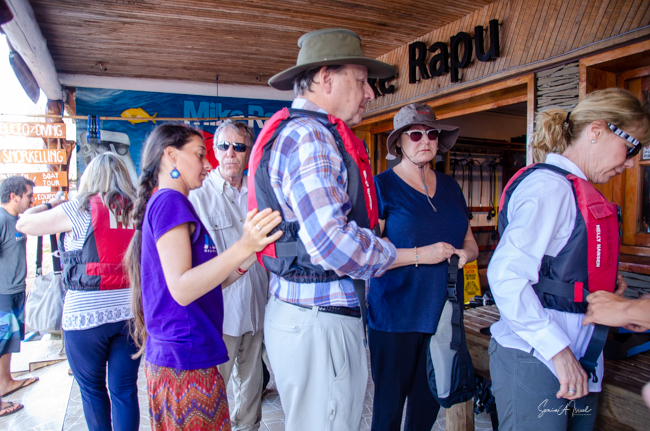
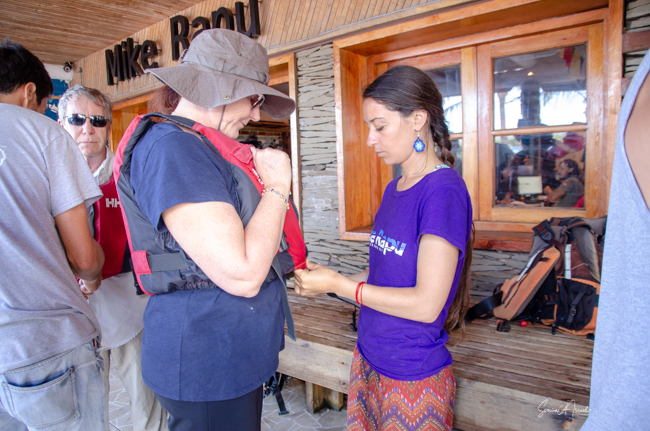
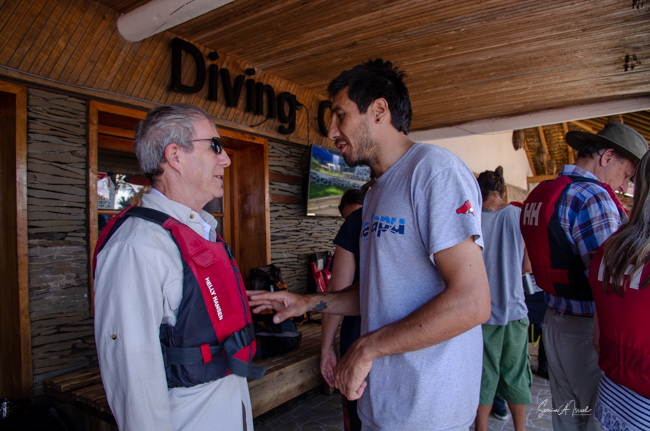
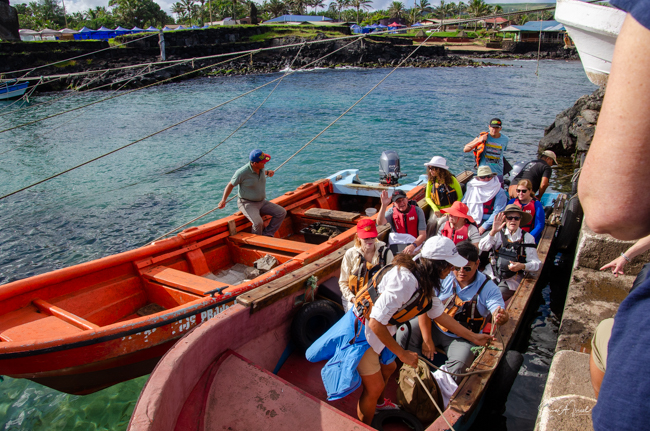
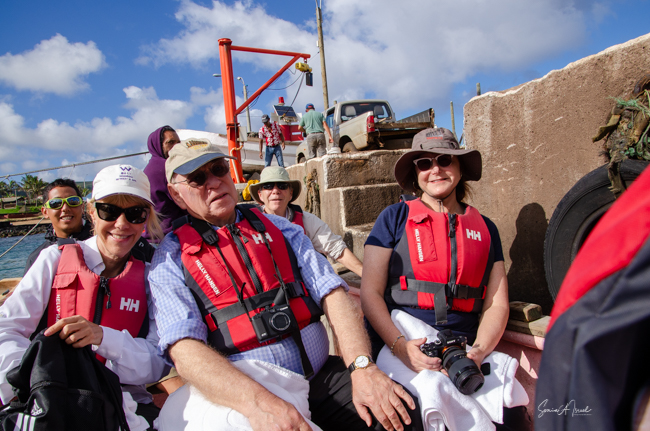
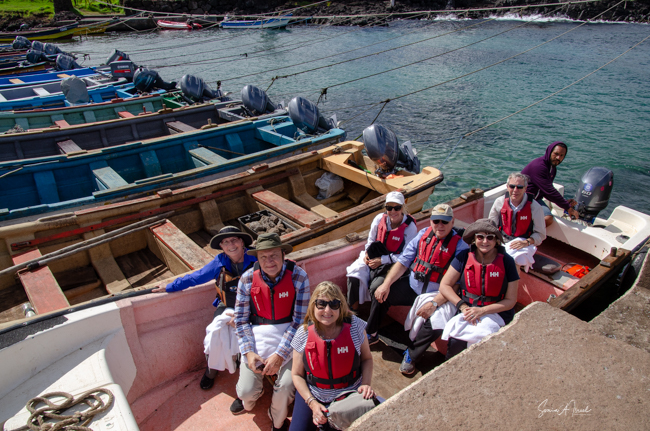
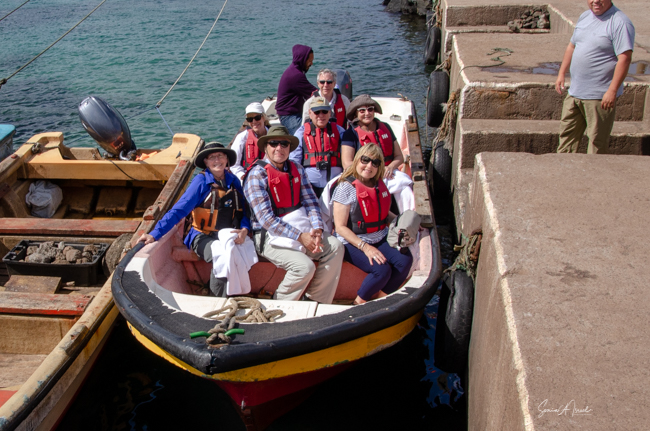
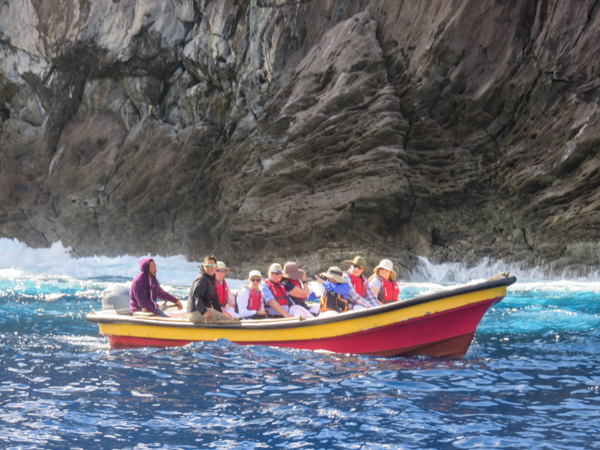
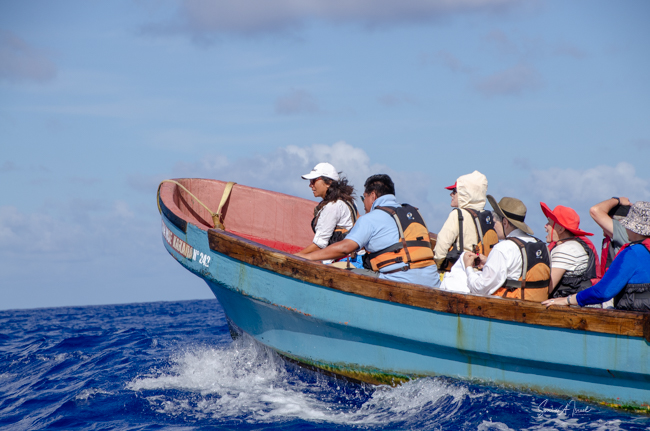
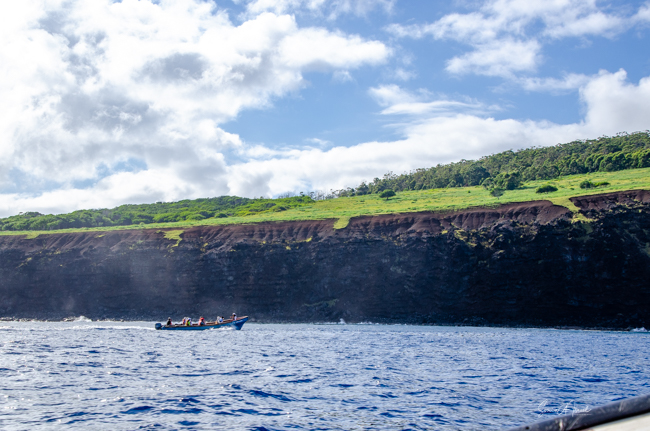
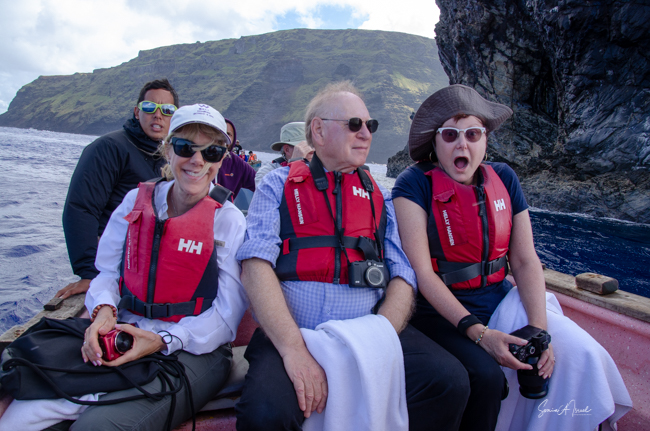
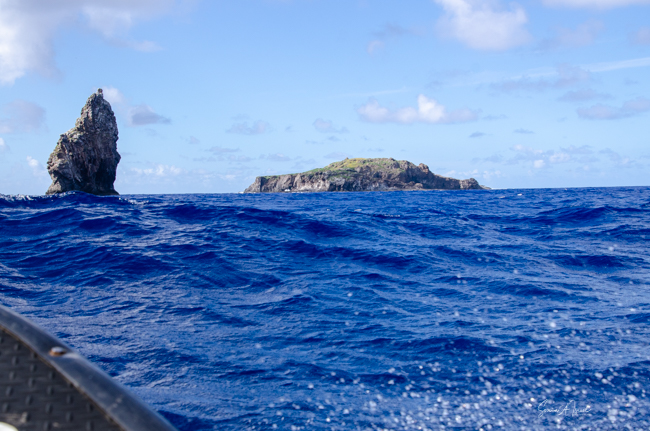
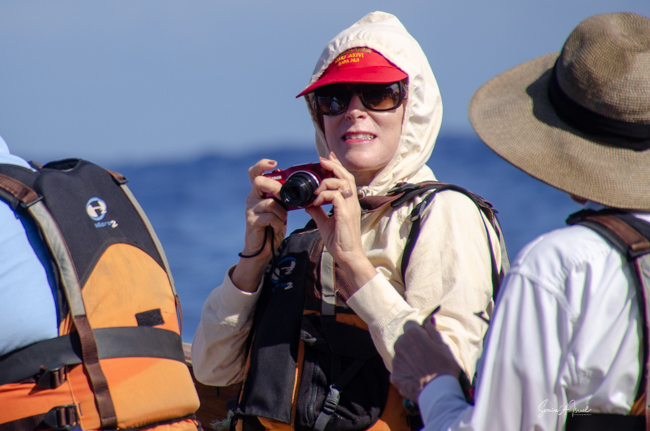
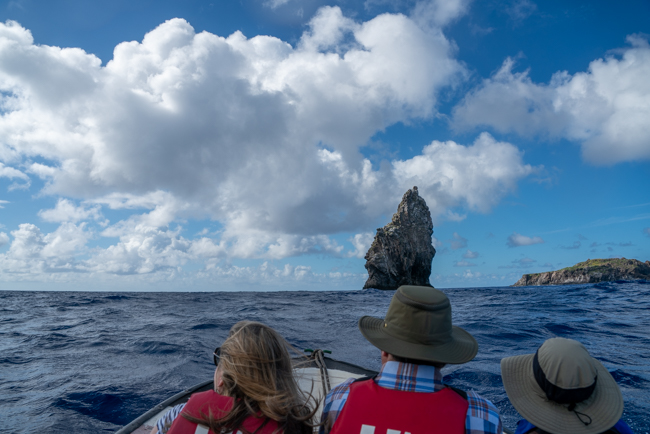
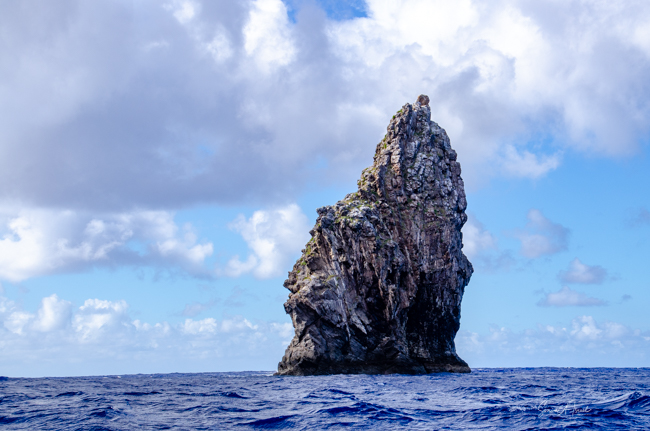
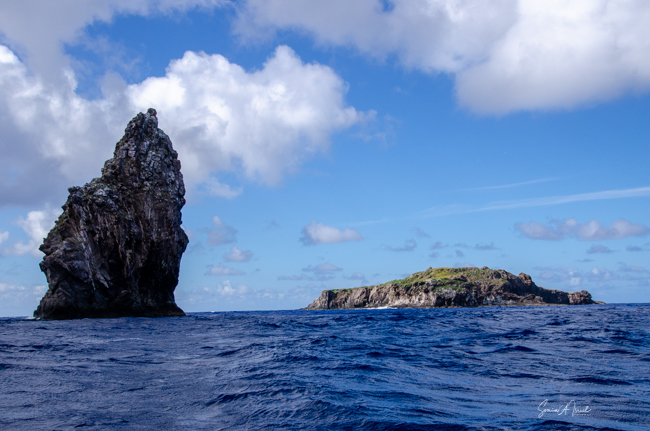
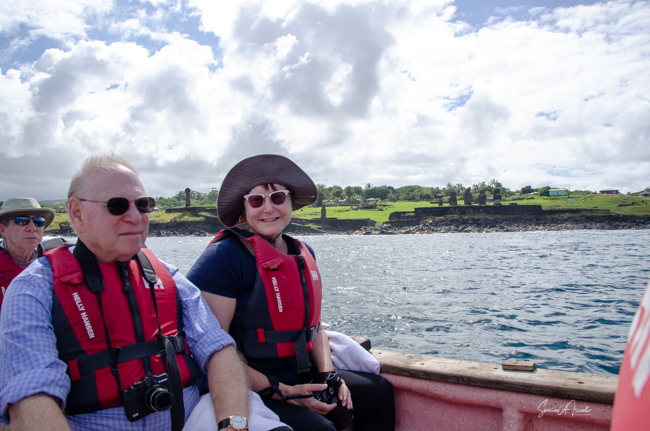
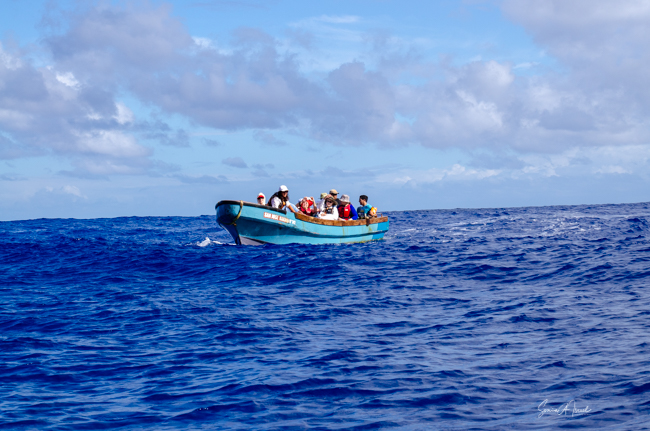



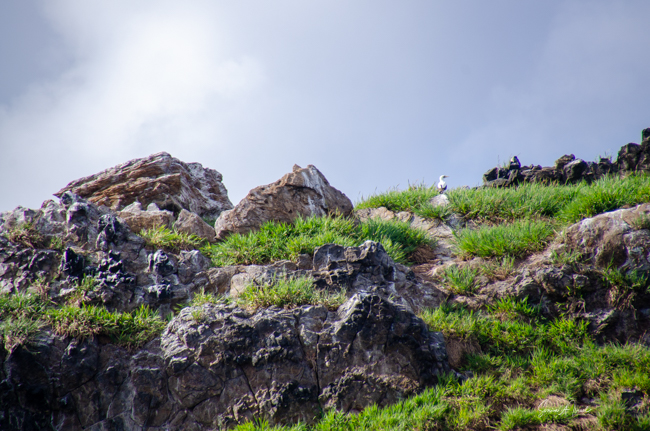
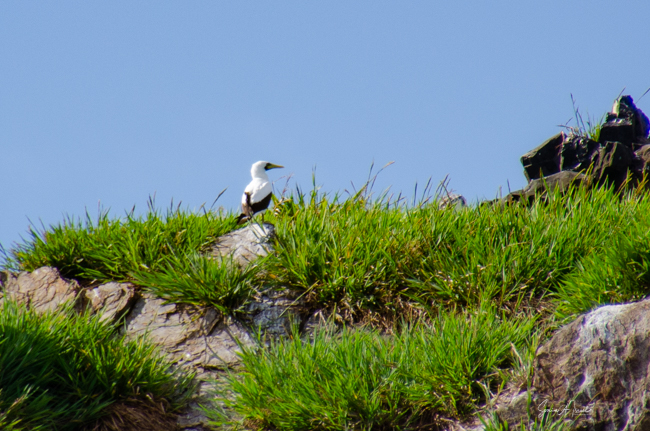
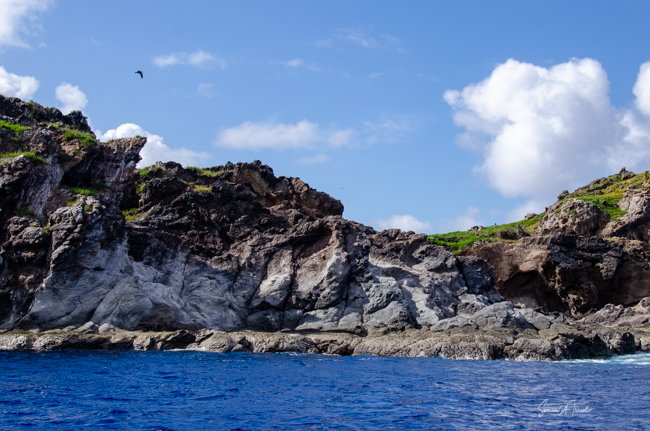


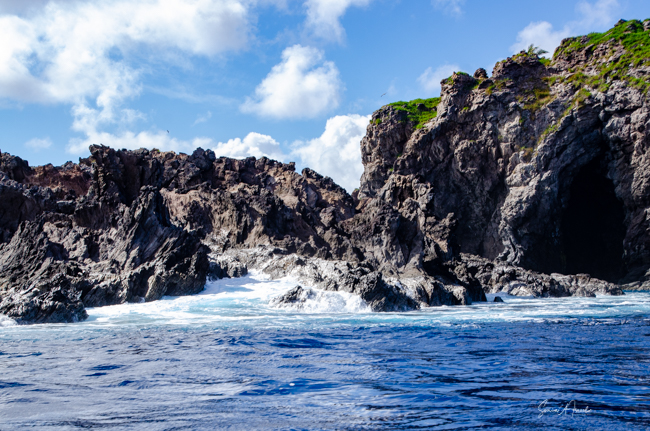
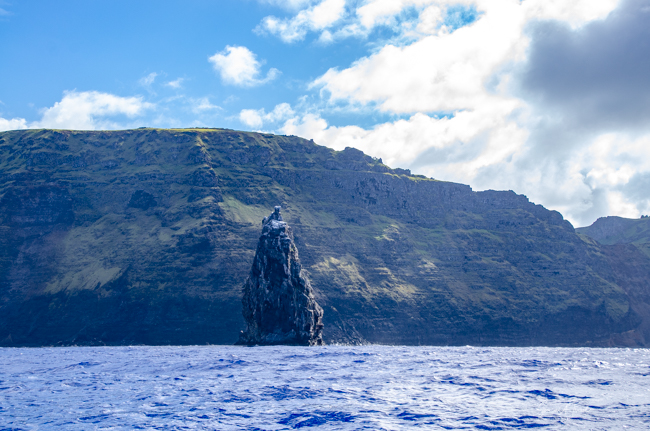
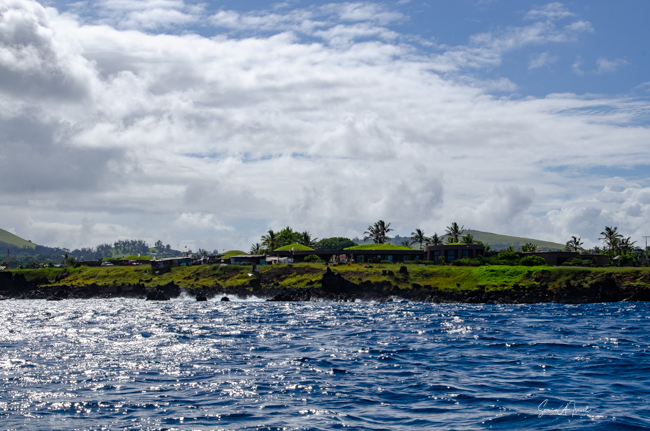
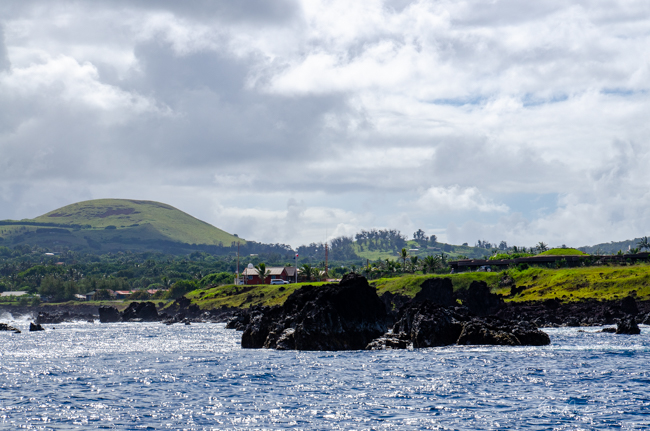
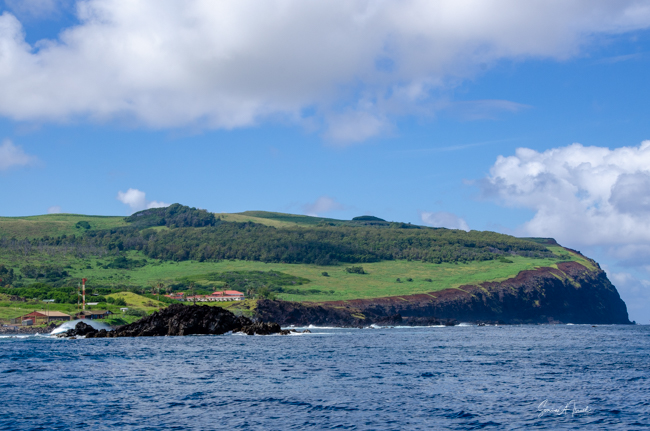
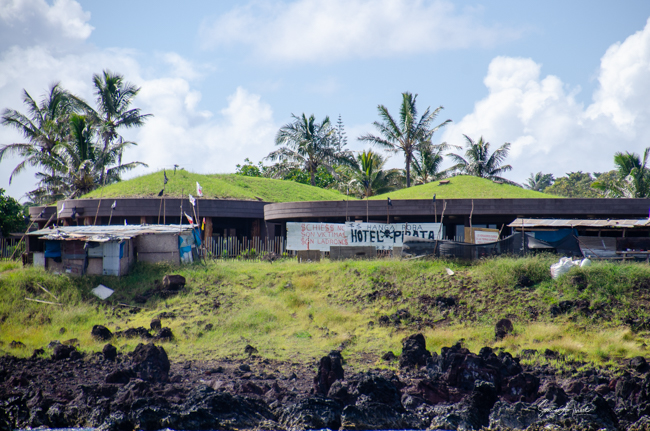
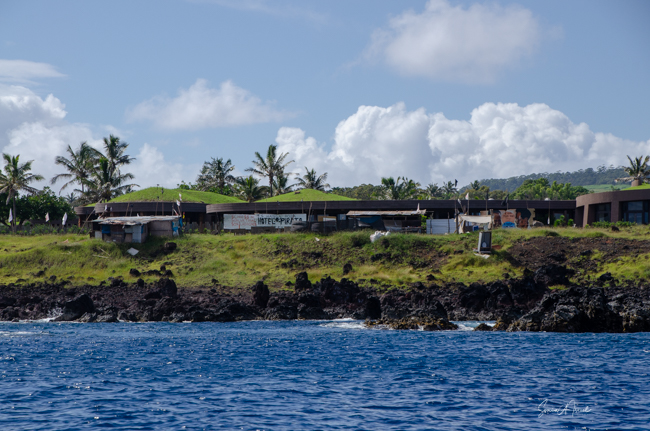
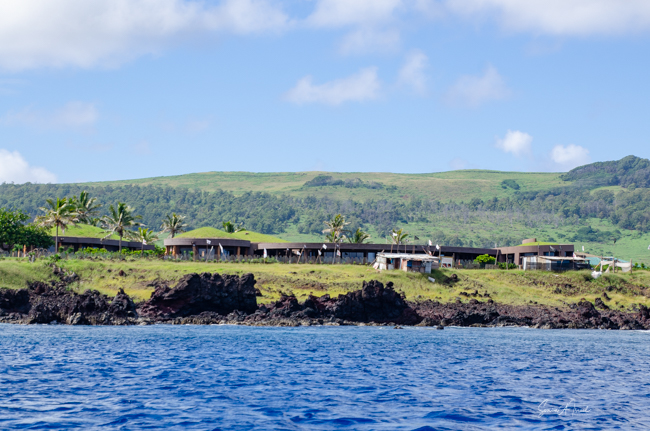
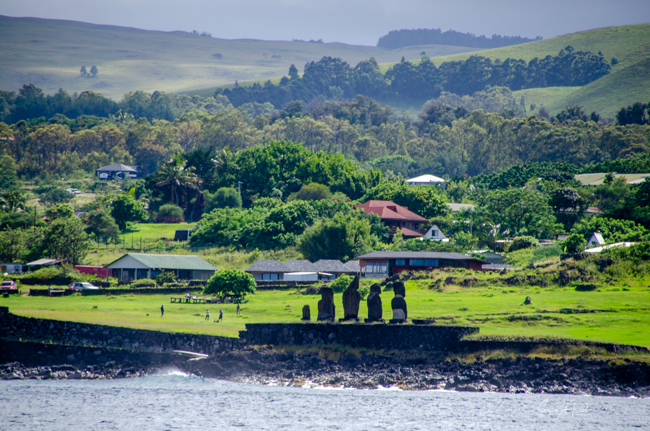



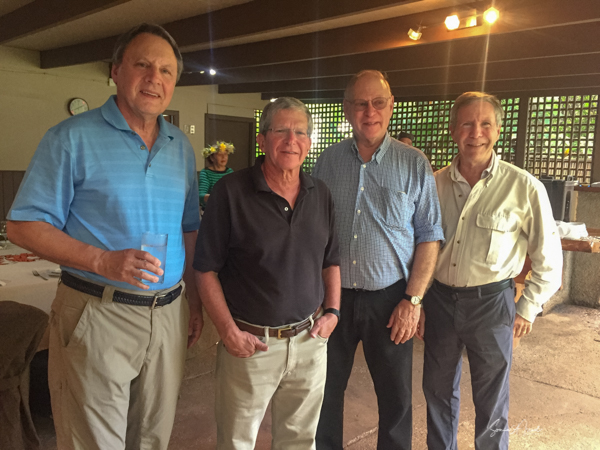



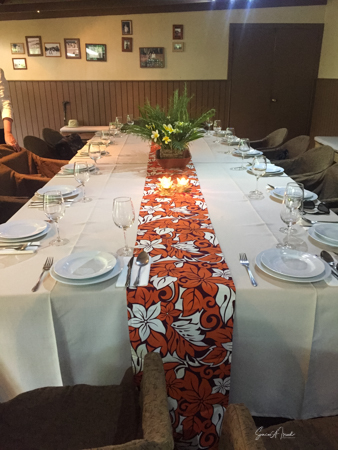
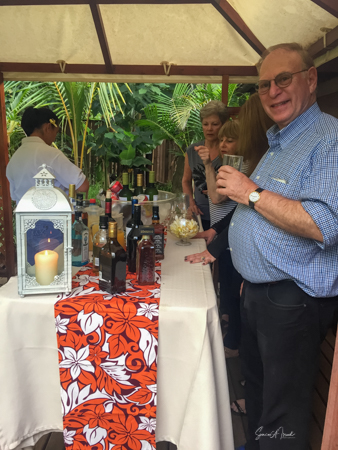
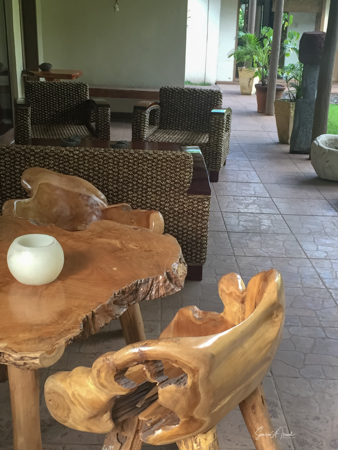

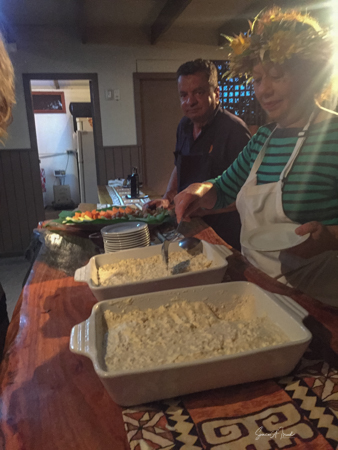


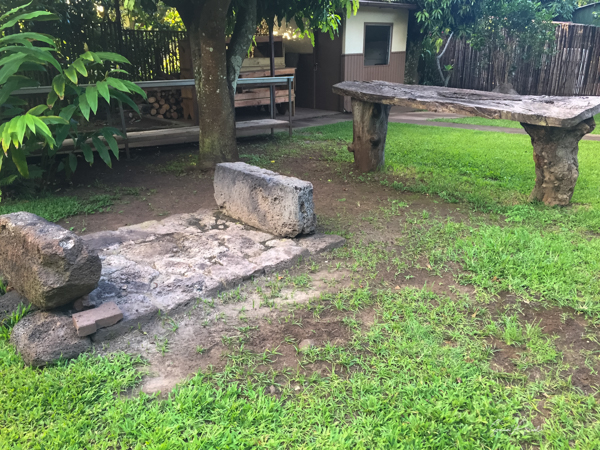
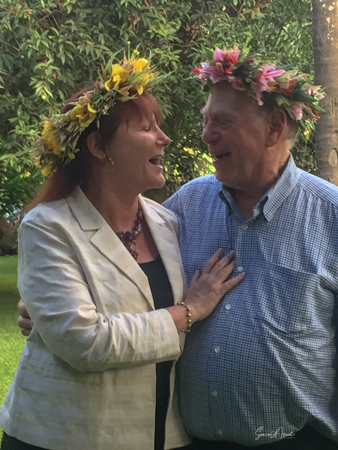


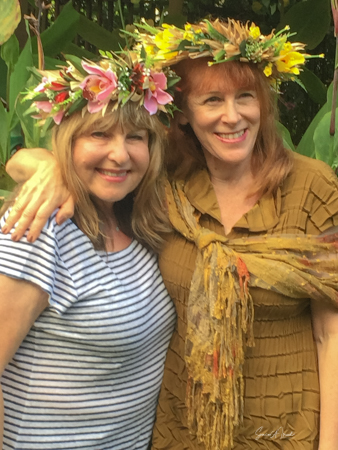
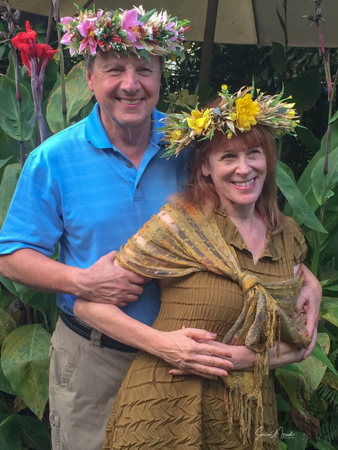
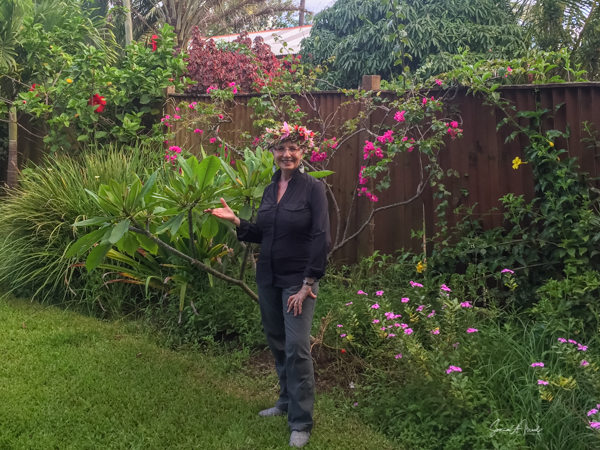
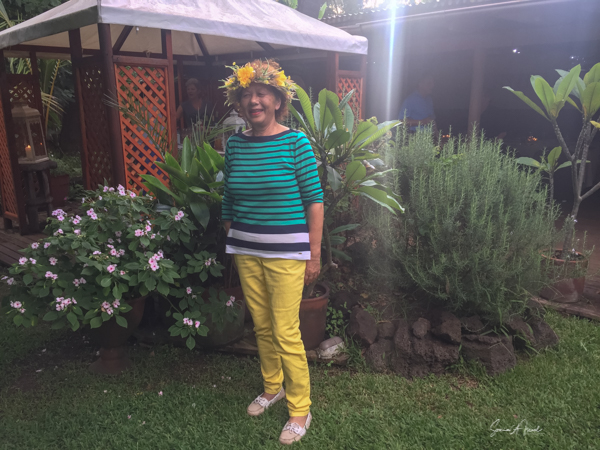
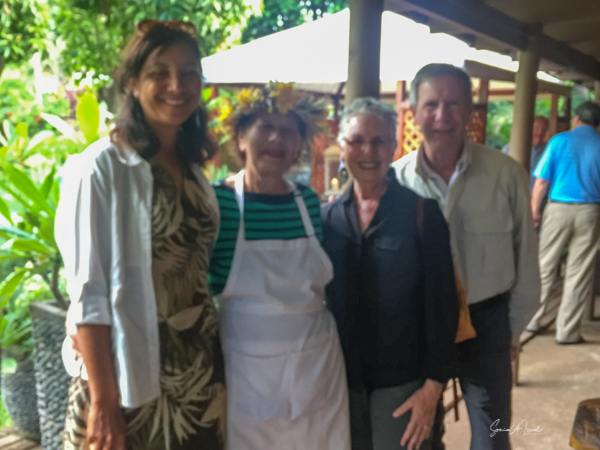

Leave a Reply